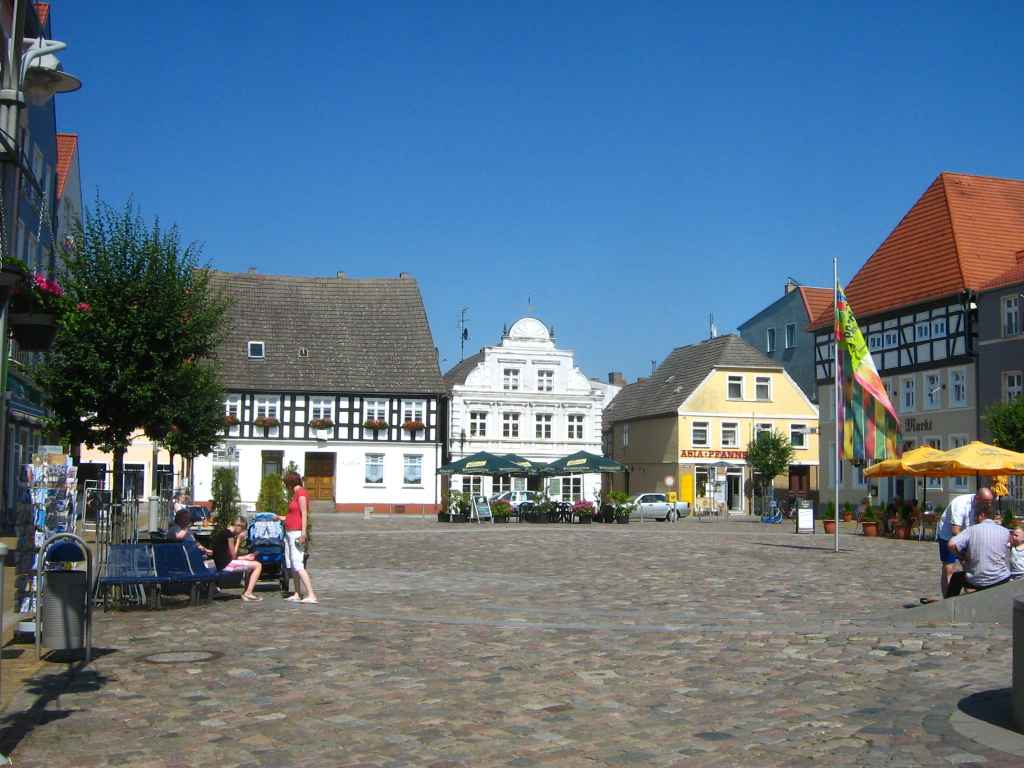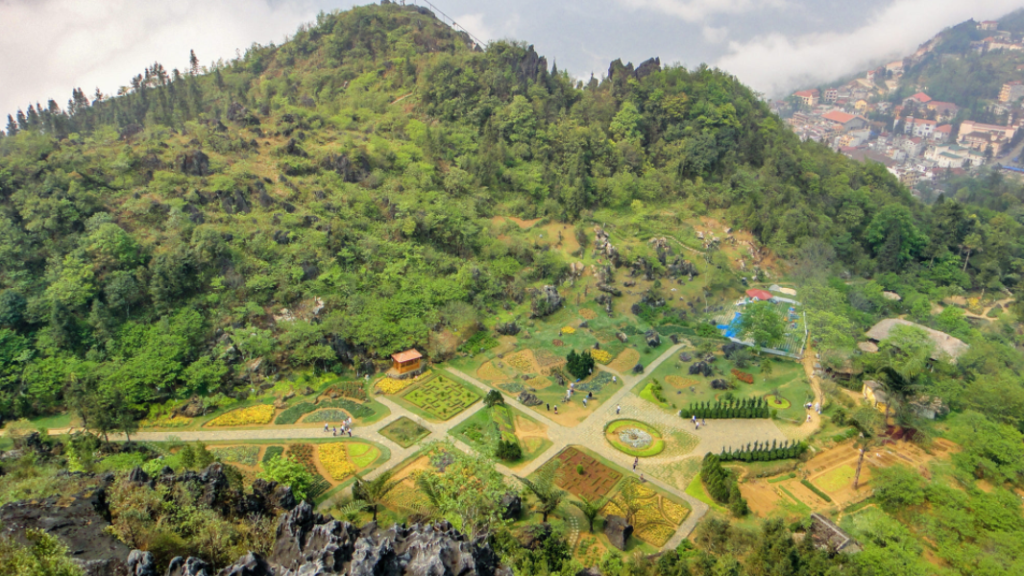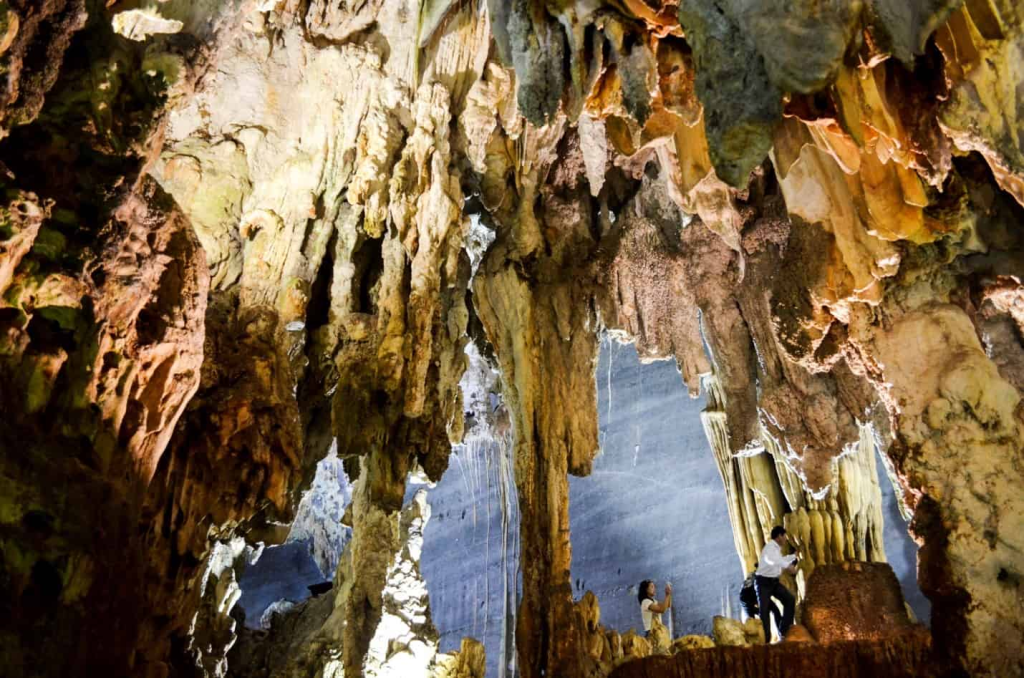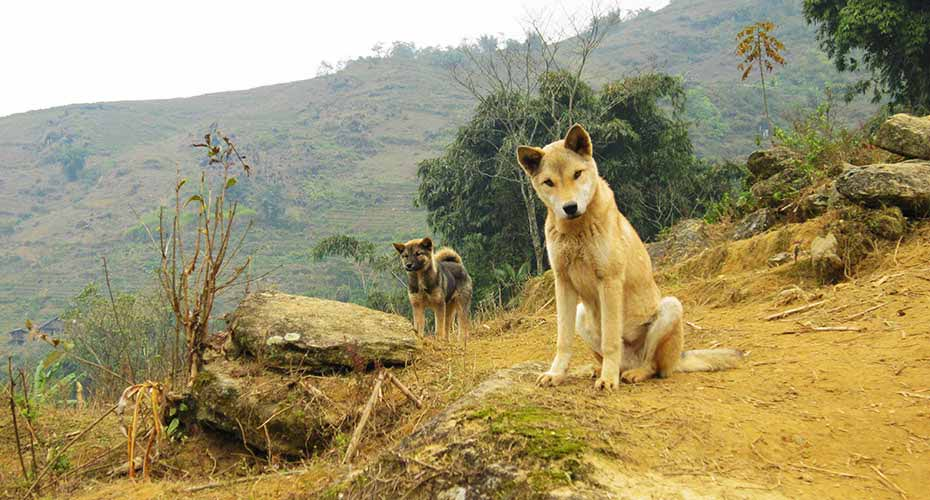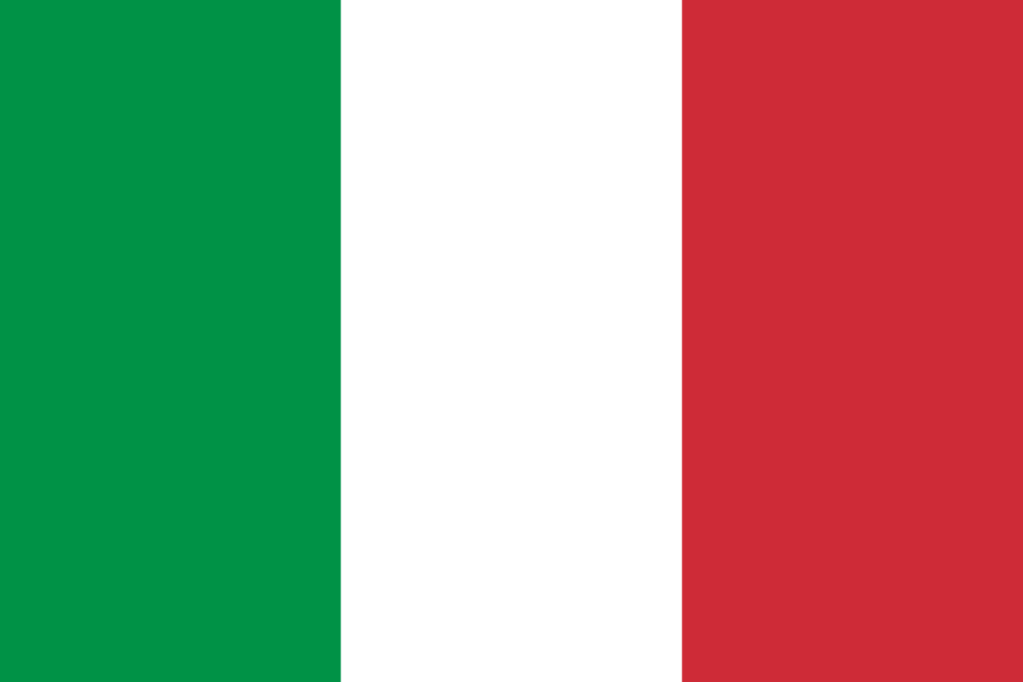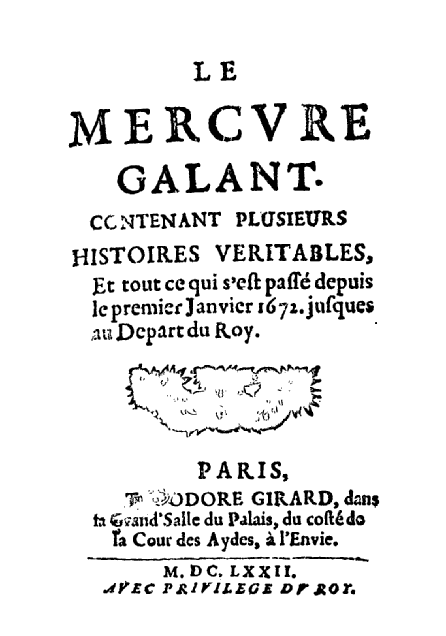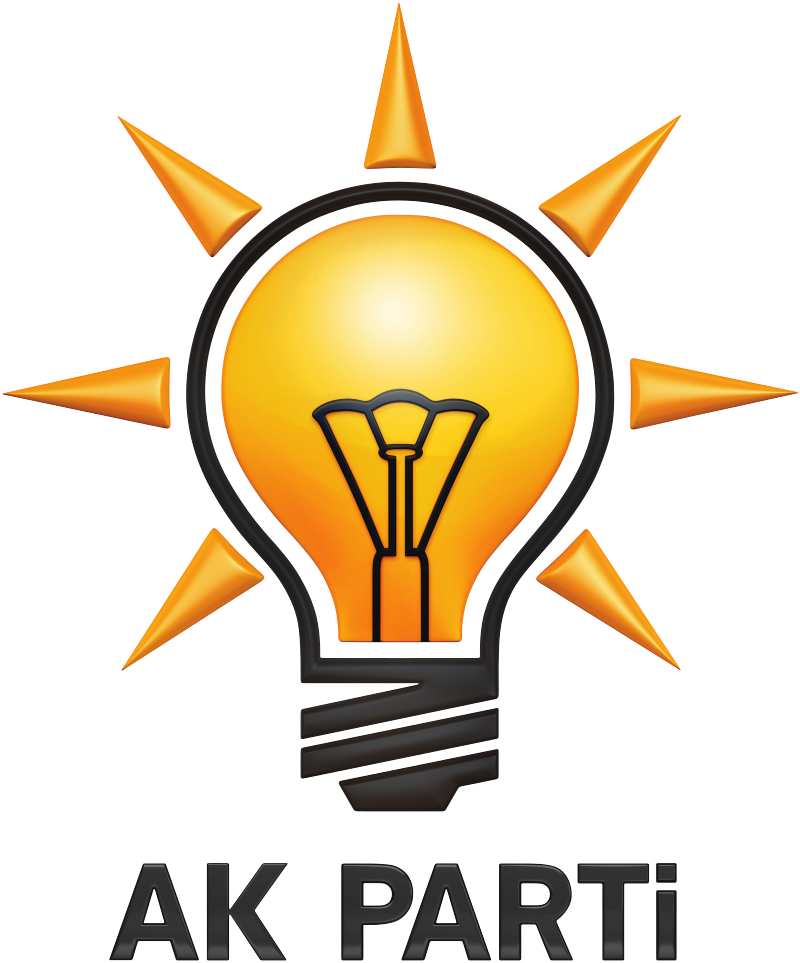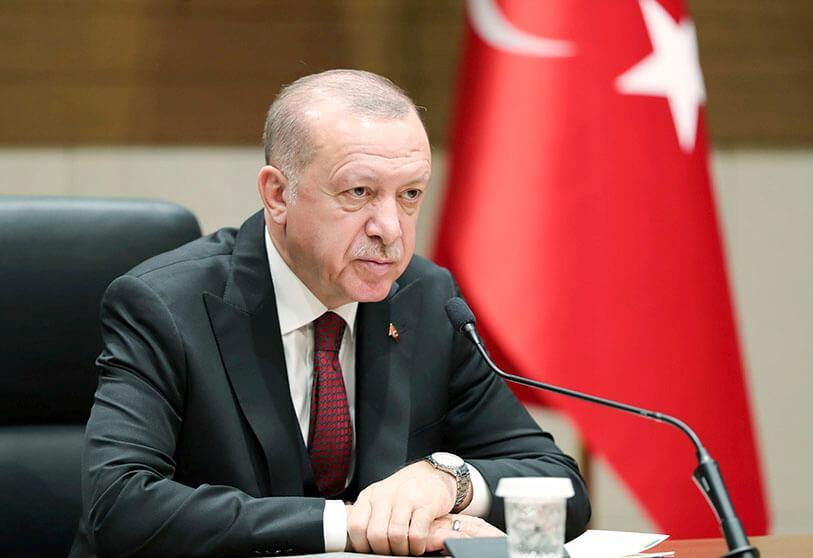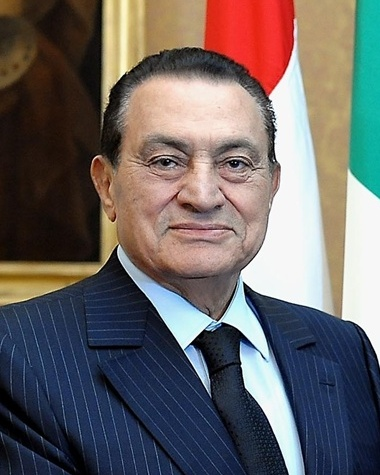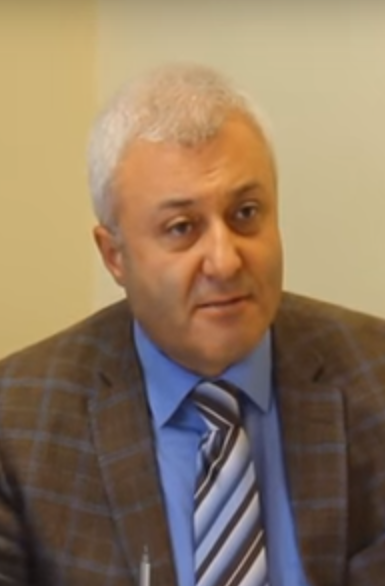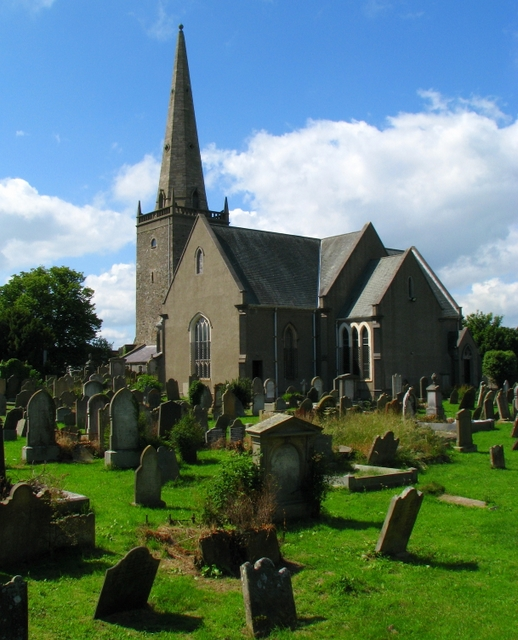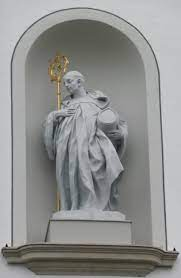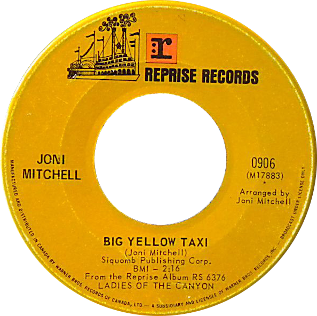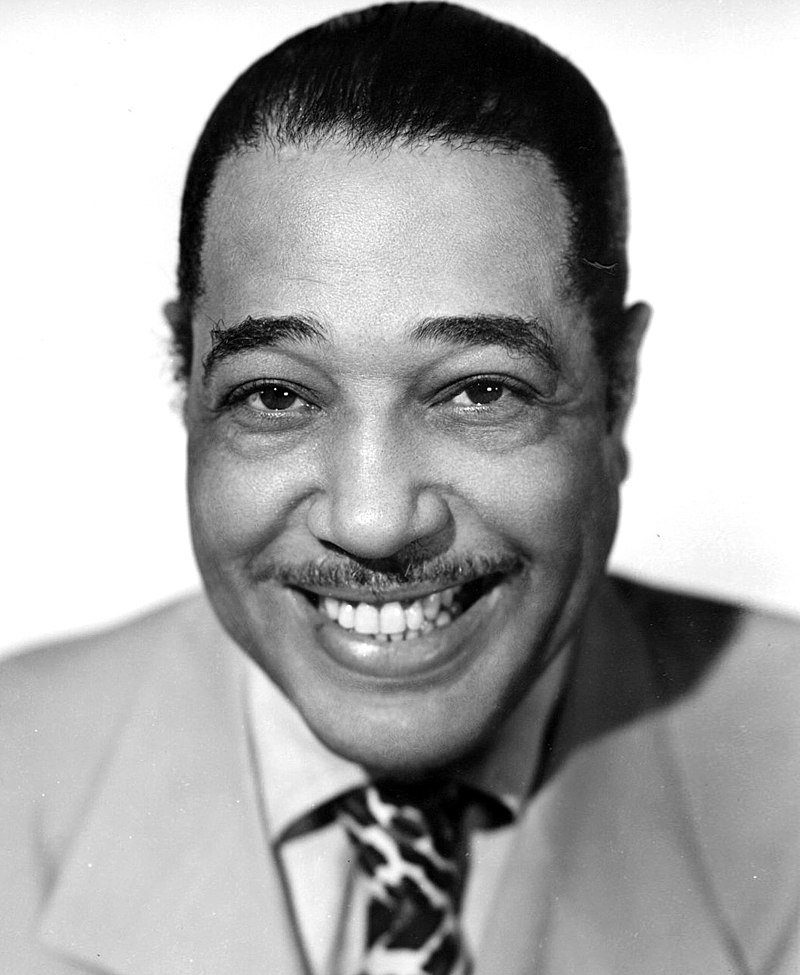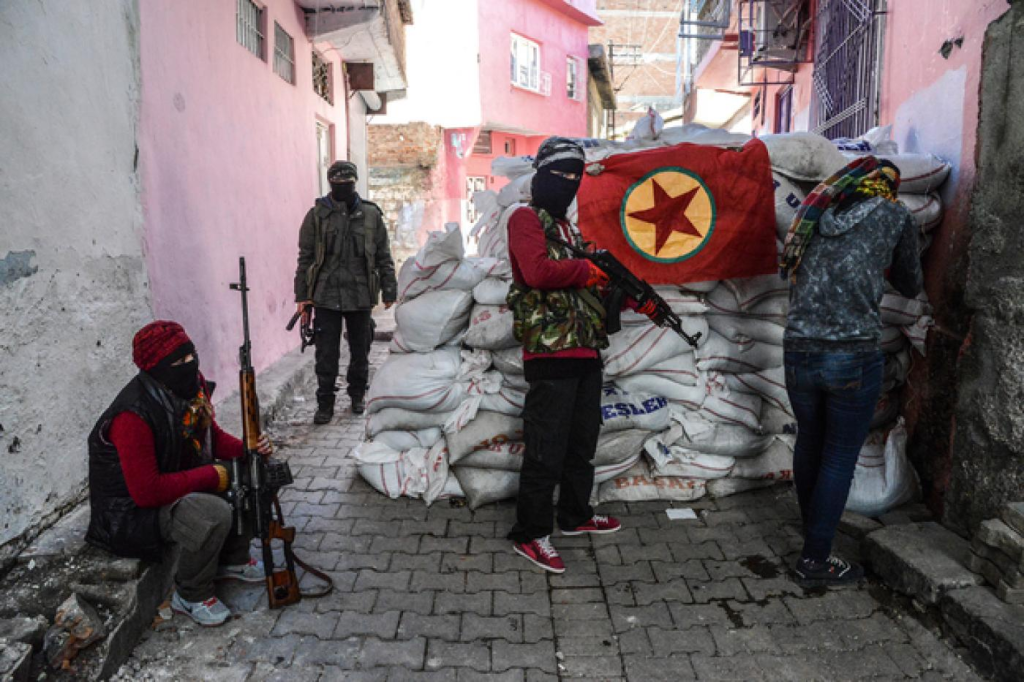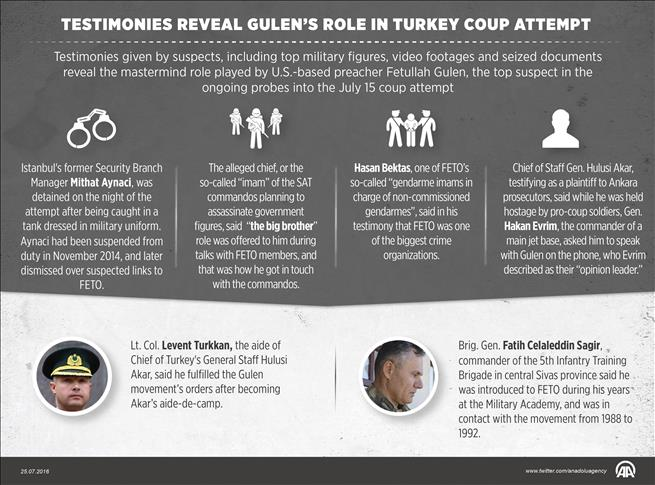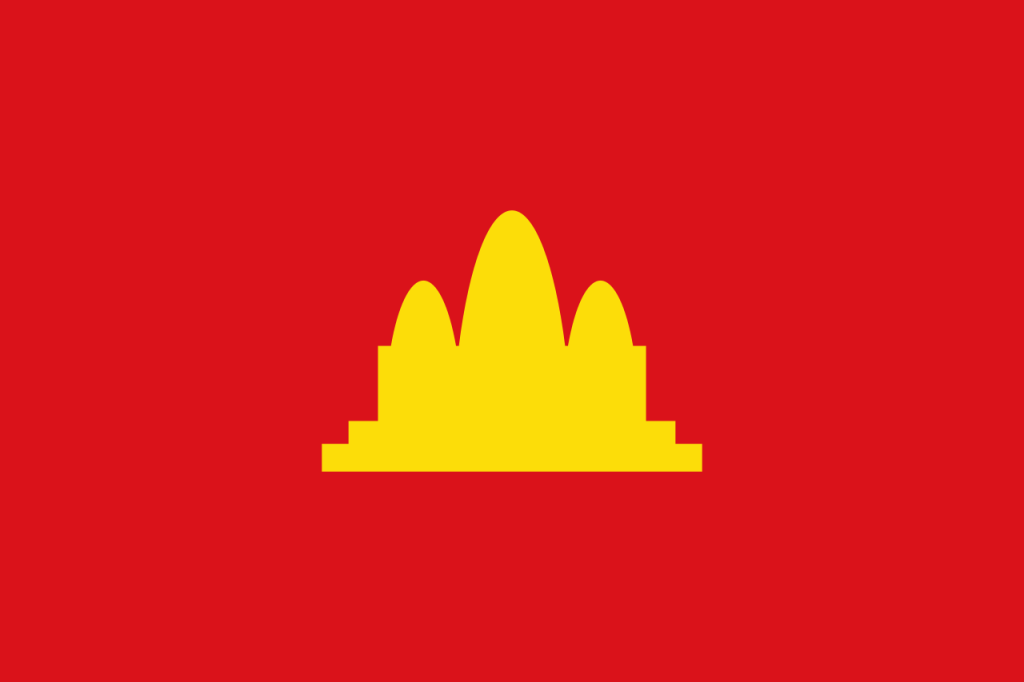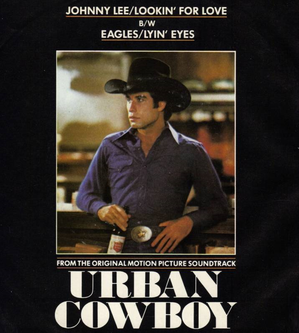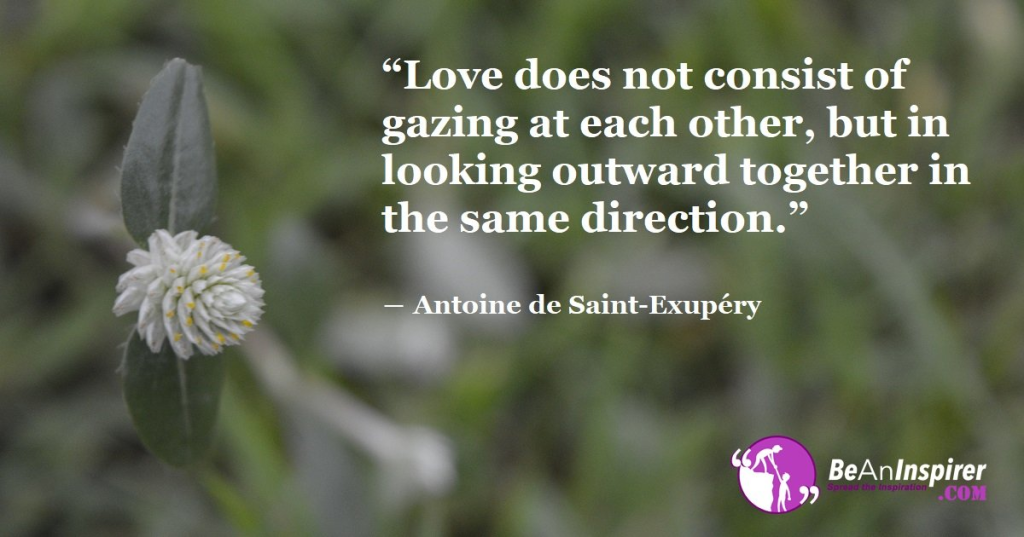aka Canada Slim and the two Georges
Eskişehir, Turkey, Sunday 5 June 2022

I don’t know if companies still do this, but, once a time, some corporations took cultural awareness so seriously that they put employees into a crash course of overseas cultural immersion.
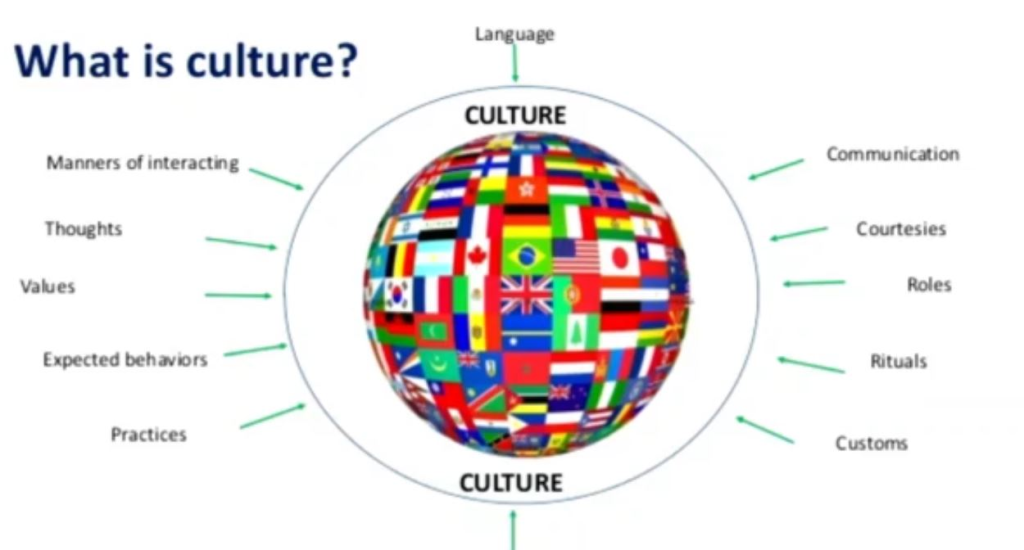
AT & T, for instance, encouraged and paid for the whole family of an executive on the way to a foreign assignment to enroll in classes given by experts in the mores and manners of other lands.

Among the areas that cry out loudest for international understanding are how to say people’s names.
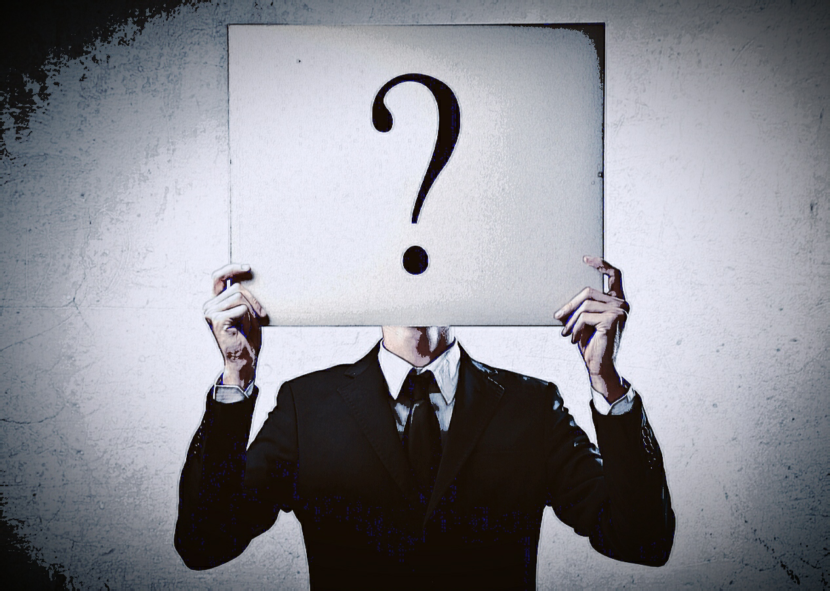
At the US State Department, foreign names are almost as crucial as foreign policy.

Roger Axtel, the author of Do’s and Taboos Around the World, tells a story of a social secretary to a former Secretary of State who recalled that even in the relatively unselfconscious 1950s, she put herself through a rigorous rehearsal of names before every affair of state.

Of all the challenges, she said, the ambassador from what was then Ceylon (today’s Sri Lanka) was the toughest.
After days of practising “Ambassador Notowidigeo“, she was informed that a new man had the job – and was on his way to be received.
“You would be surprised how fast you can memorize Sastroamidjojo when you have to.“
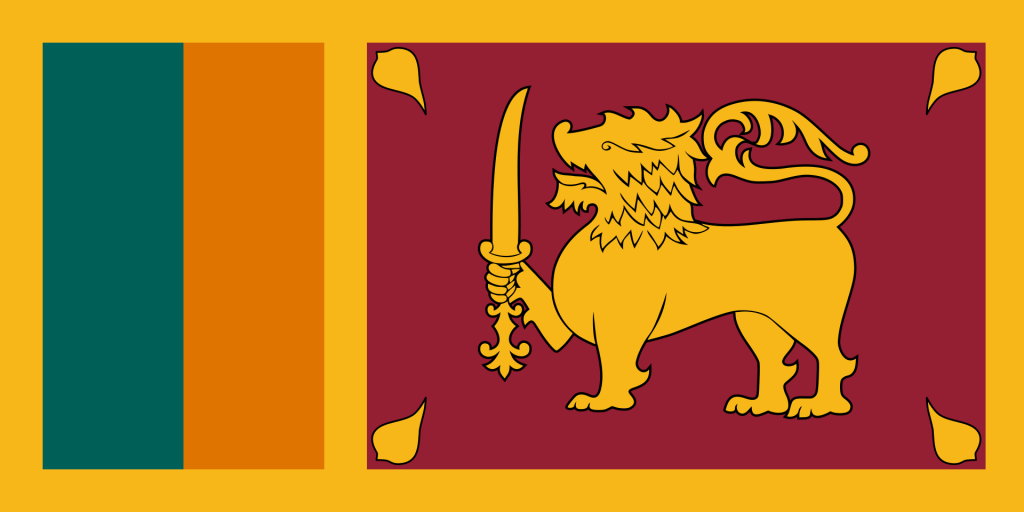
The first transaction between even ordinary citizens – and the first chance to make an impression for better or worse – is an exchange of names.
In Canada there usually is not very much to get wrong.
And even if you do, is it really so horrific?

Not so elsewhere.
Especially in the Eastern Hemisphere, where name frequently denotes social rank or family status, a mistake frequently denotes social rank or family status.
A mistake can be taken as an outright insult.
So can switching to a given name without the other person’s permission, even when you think the situation calls for it.
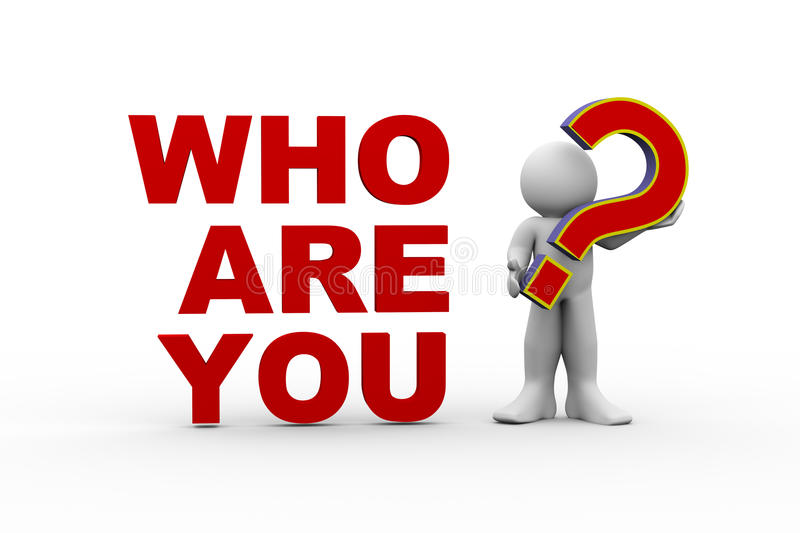
“What would you like me to call you?” is always the opening line of one overseas deputy director for an international telecommunications corporation.
“Better to ask several times than to get it wrong.
Even then, I err on the side of formality until asked to ‘Call me Joe’.“
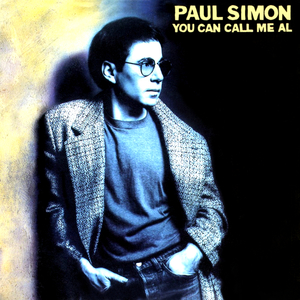
Another frequent traveller insists his company provide him with a list of key people he will meet, country by country, surnames underlined, to be memorized on the flight over.

Take Latin America.
Most people’s names are a combination of the father’s and mother’s, with only the father’s name used in conversation.
In the Spanish-speaking countries the father’s name comes first.
Hence, Carlos Mendoza-Miller is called Mr. Mendoza.
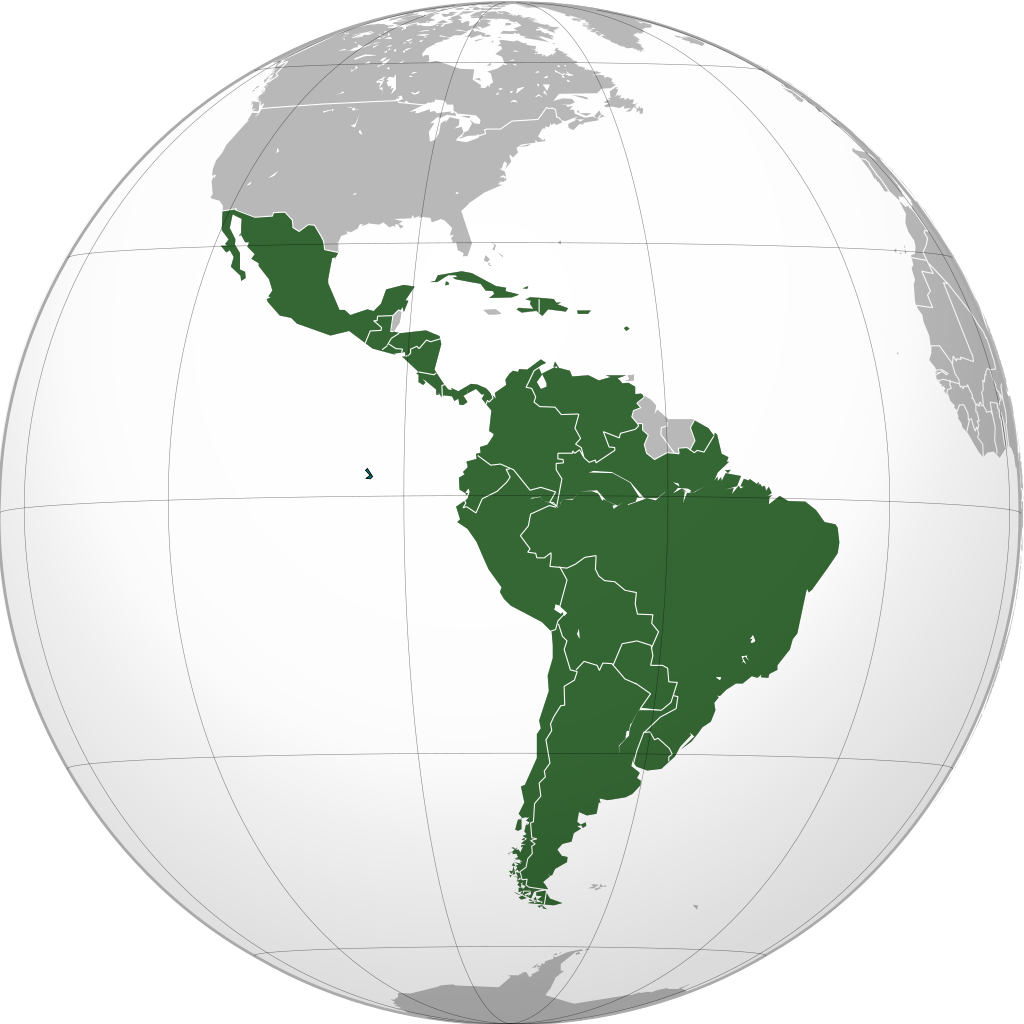
But in Portuguese-speaking Brazil it is the other way around, with the mother’s name first, as in Carlos Miller-Mendoza or Mr. Miller.

In the Orient, the Chinese system of surname first, given name last does not always apply.
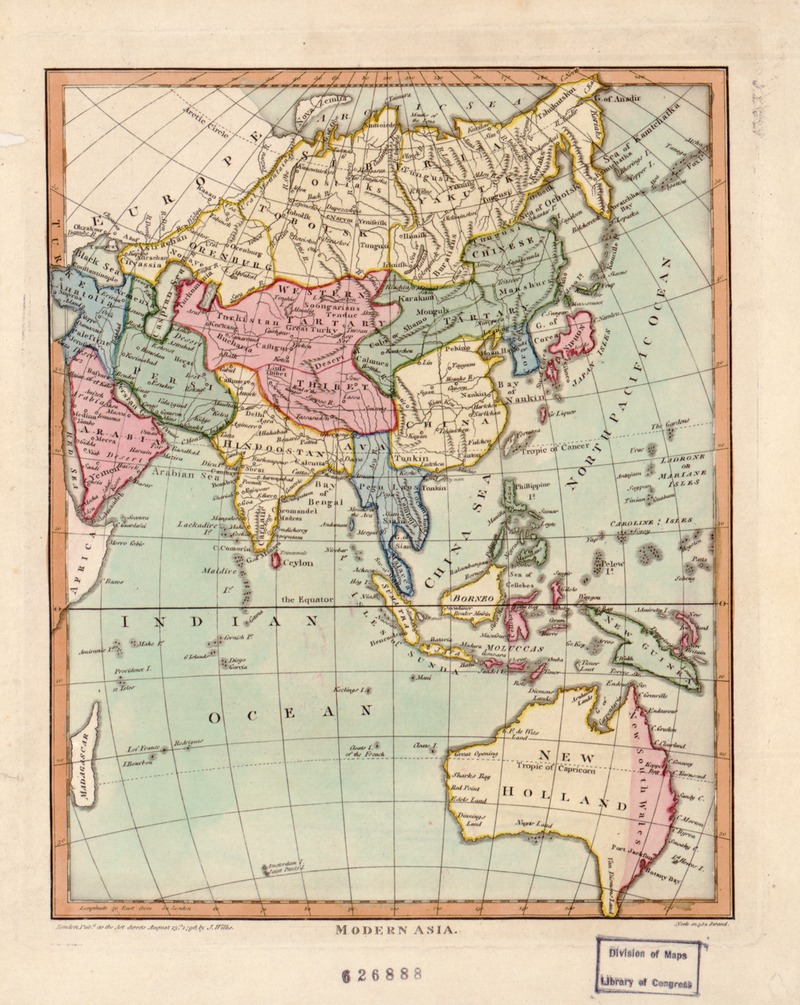
The Taiwanese, many of whom were educated in missionary schools, often have a Christian first name, which comes before any of the others – as in Tommy Ho Chin, who should be called Mr. Ho or, to his friends, Tommy Ho.
Also, given names are often officially changed to initials, so a Y.Y. Lang is Y.Y.
Never mind what it stands for.

In Korea, which of a man’s names takes a Mr. is determined by whether he is his father’s first or second son.
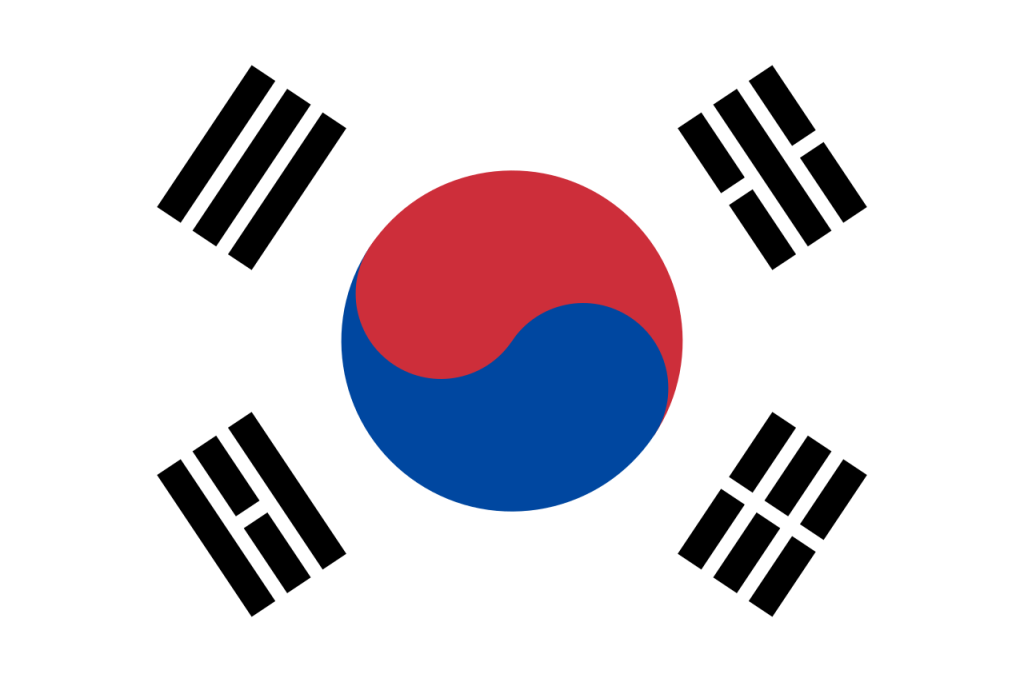
Although in Thailand names run backwards, Chinese style, the Mr. is put with the given name.
To a Thai it is just as important to be called by his given name as it is for a Japanese to be addressed by his surname.

With the Japanese you can, in a very friendly relationship, respond to his using your first name by dropping the Mr. and adding san to his last name, as in Ishikawa-san.

In most of the European Union, first names are never used without invitation and that usually comes only after long association.
Those with academic titles and degrees expect you to use them as a sign of respect.

In the Czech Republic, when greeting a person with a professional title, such as doctor or professor, always use the titles before the surname.
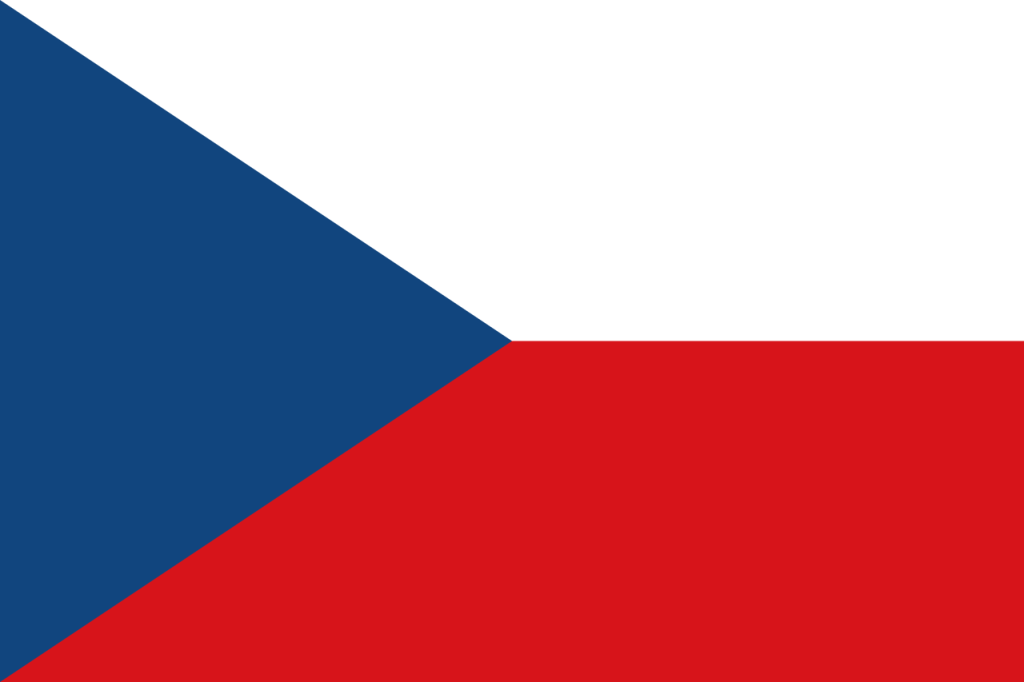
In the UK, most honorary titles are used, even among familiar acquaintances, but it is wise to first hear how others address a person.
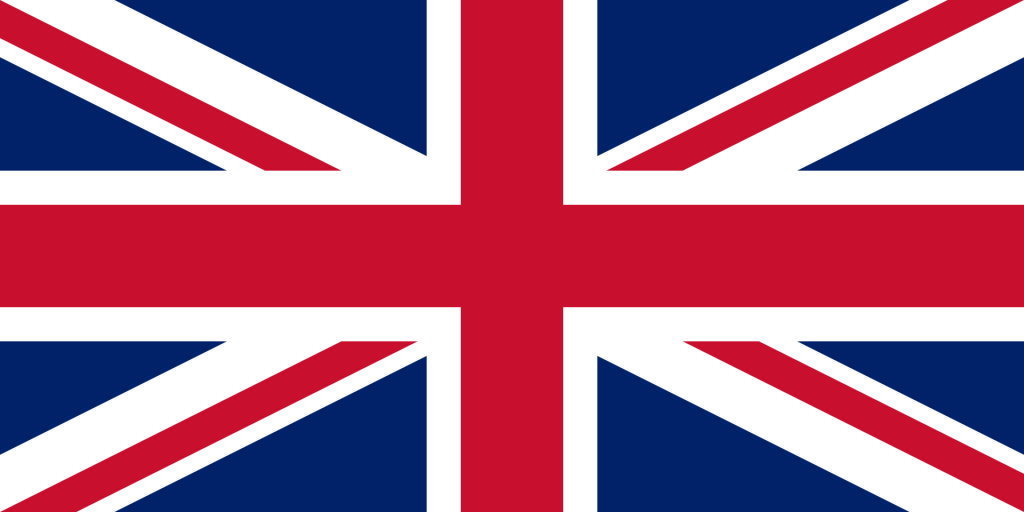
In Germany, respect titles (Doktor) and never jump to a first name basis until invited.
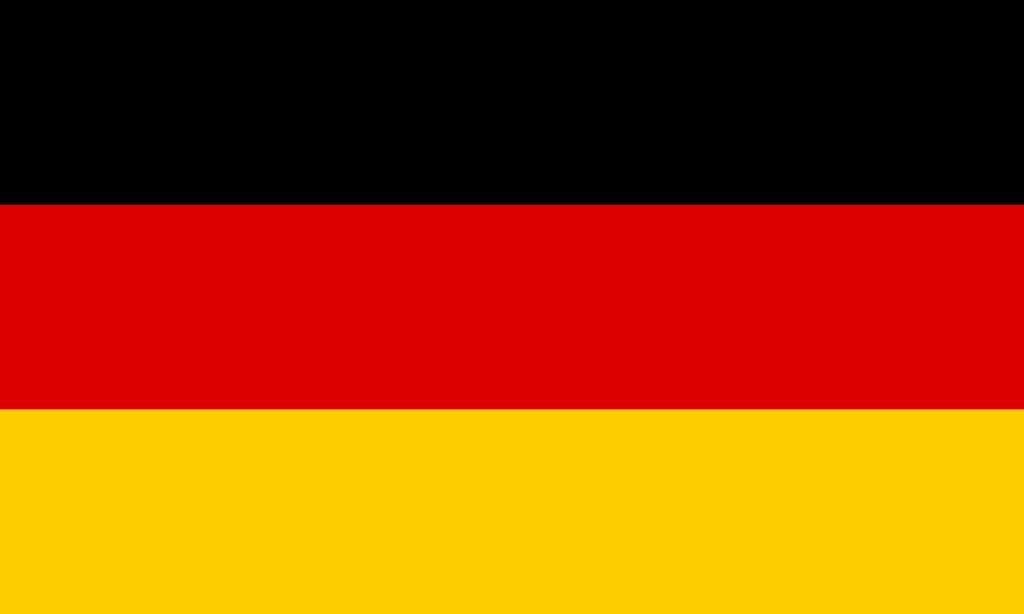
In Iceland, Icelanders use first names among themselves, but they expect foreigners to use their last name and will use last names when speaking to foreigners.
In many cases they will soon go over to using first names.
The naming system in Iceland is the old Scandinavian system which all the countries once used.
It is a paternal system where the father gives his children his first name as their last name adding -son if the child is a boy and -dóttir if the child is a girl.
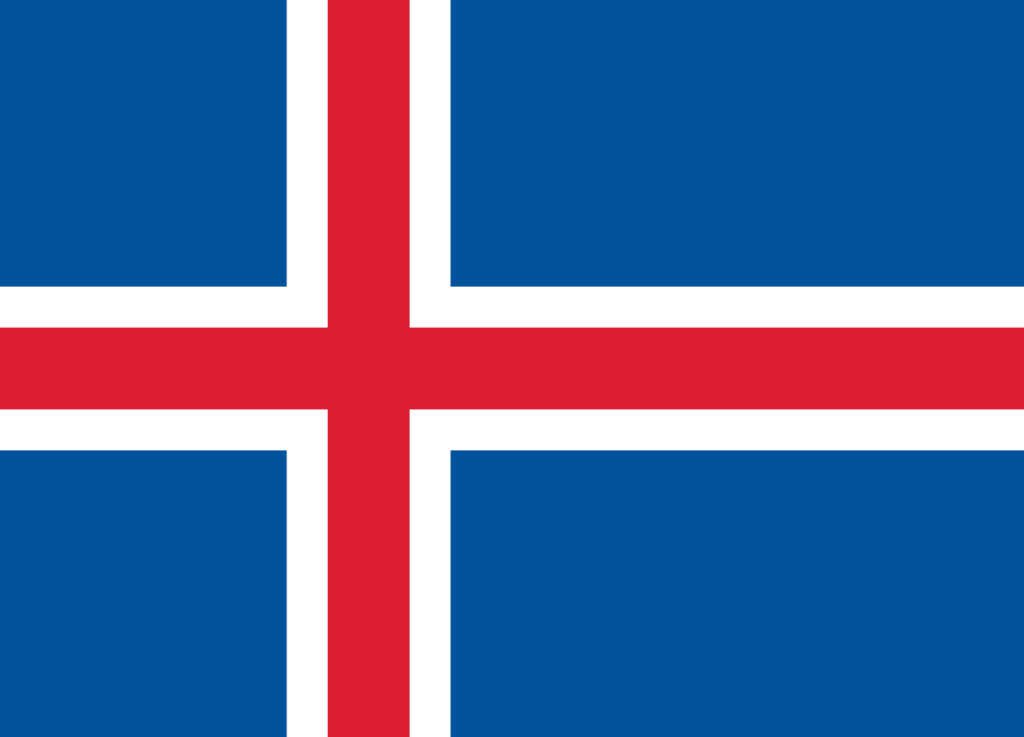
In Israel, titles are even less important than in the US, but, as always, best to err on the side of formality until informality is encouraged.
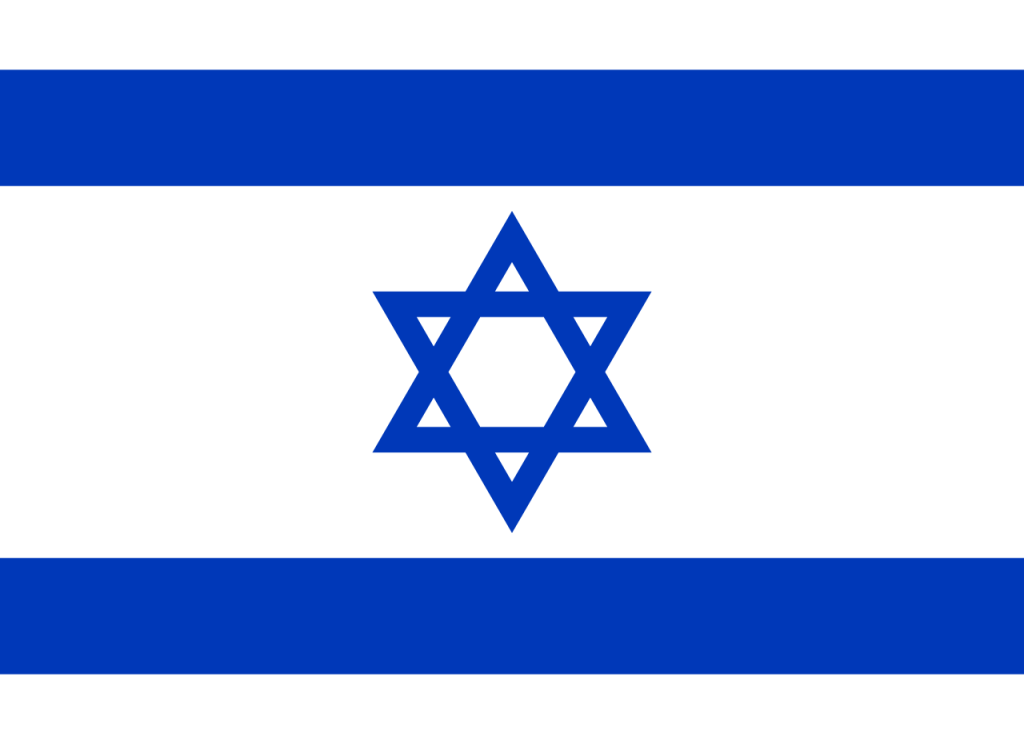
In Italy, all university graduates have a title and they usually expect you to use it.

In Poland, first names are used by close friends only.

In Romania, first name greetings are appropriate only between close friends.
In more formal settings use a person’s title and surname.

In Algeria, visitors are always addressed by their title and last names.
Professional titles are widely used.

Visitors to Iran should address their hosts by their last name or by their academic rank or title.

Use the last name and title when addressing a Pakistani.
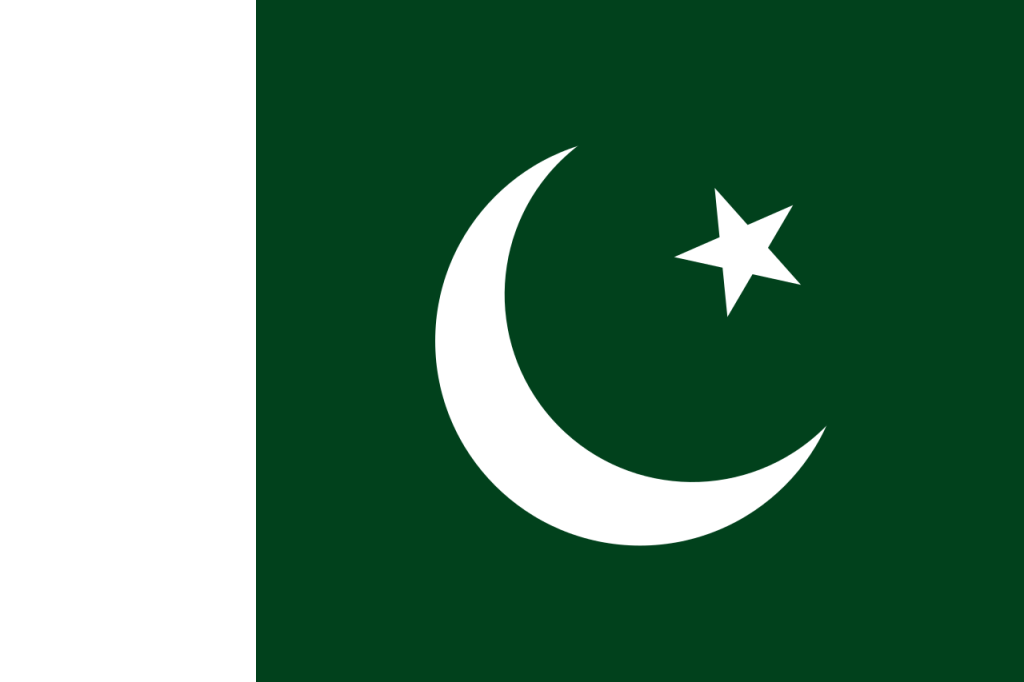
Confused yet?
The safest course is to simply ask.
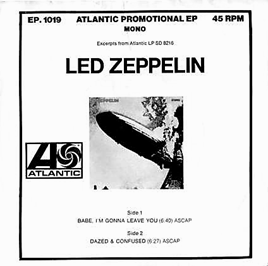
King Henry VIII of England (1491 – 1547) ordered that marital births be recorded under the surname of the father.
In England and cultures derived from there, there has long been a tradition for a woman to change her surname upon marriage from her birth name to her husband’s family name.
In the Middle Ages, when a man from a lower-status family married an only daughter from a higher-status family, he would often adopt the wife’s family name.
In the 18th and 19th centuries in Britain, bequests were sometimes made contingent upon a man’s changing (or hyphenating) his family name, so that the name of the testator (name on the last will and testament) continued.
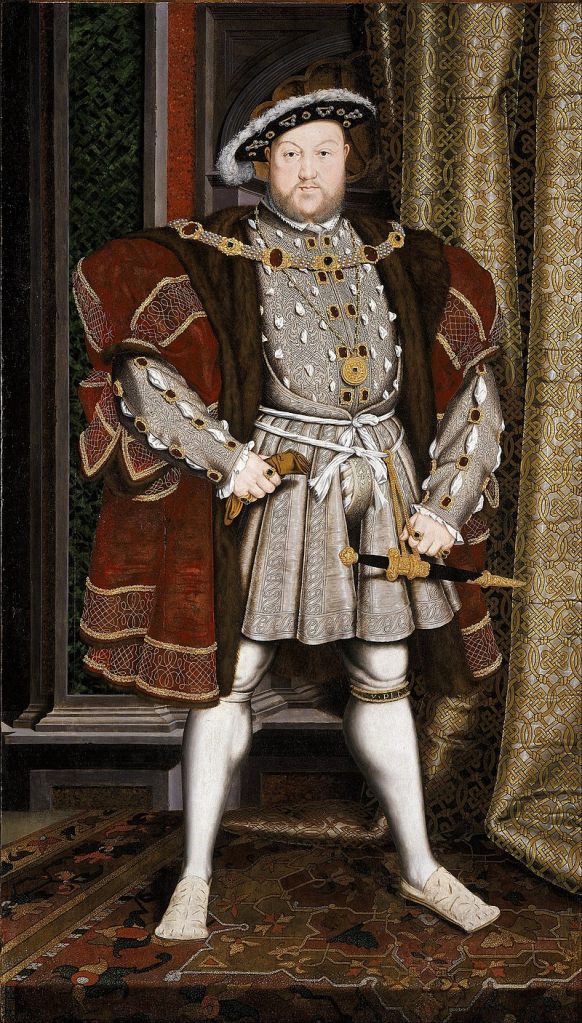
The United States followed the naming customs and practices of English common law and traditions until recent times.

Women who keep their own surname after marriage may do so for a number of reasons:
- They see no reason to change their name, much like men often see no reason to change theirs.
- Objection to the one-sidedness of this tradition.
- Being the last member of their family with that surname.
- To avoid the hassle of paperwork related to their change of name.
- Wishing to retain their identity.
- Preferring their last name to their spouse’s last name.
- To avoid professional ramifications.
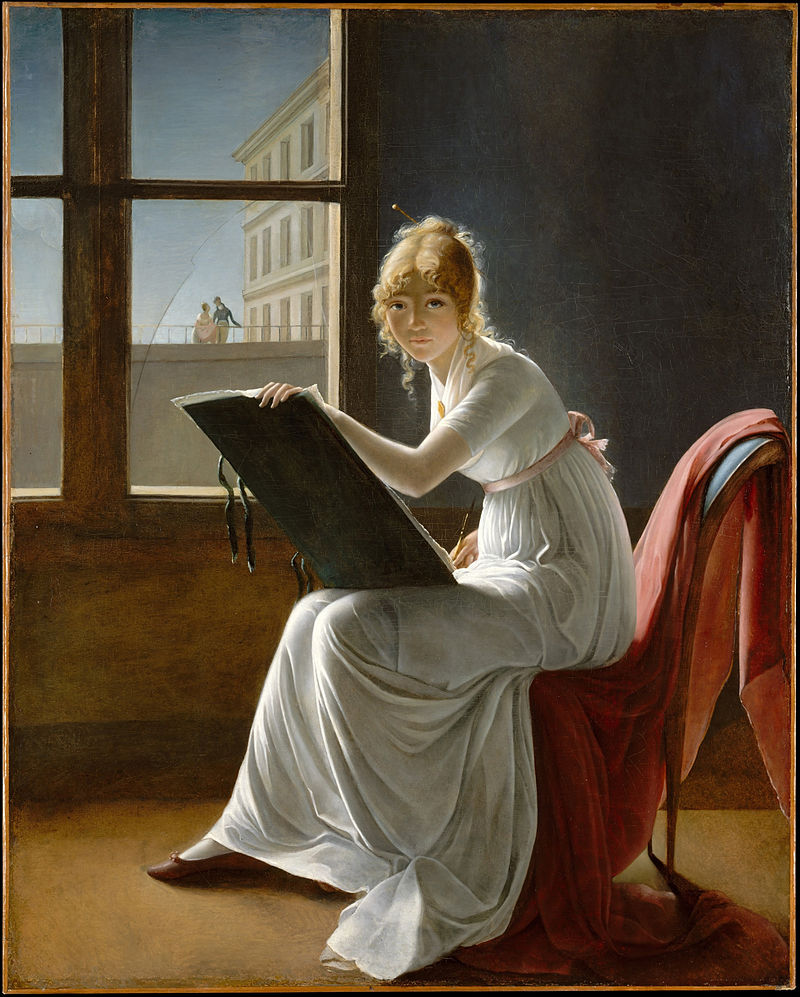
Personally at the time when I married I saw no reason against either keeping my family surname or adopting my wife’s.
Hers is a German surname and perhaps a German surname might have made my adjustment to life in Germany easier.
The opposite side of this question was whether or not a German surname was truly fitting a native speaker of English.
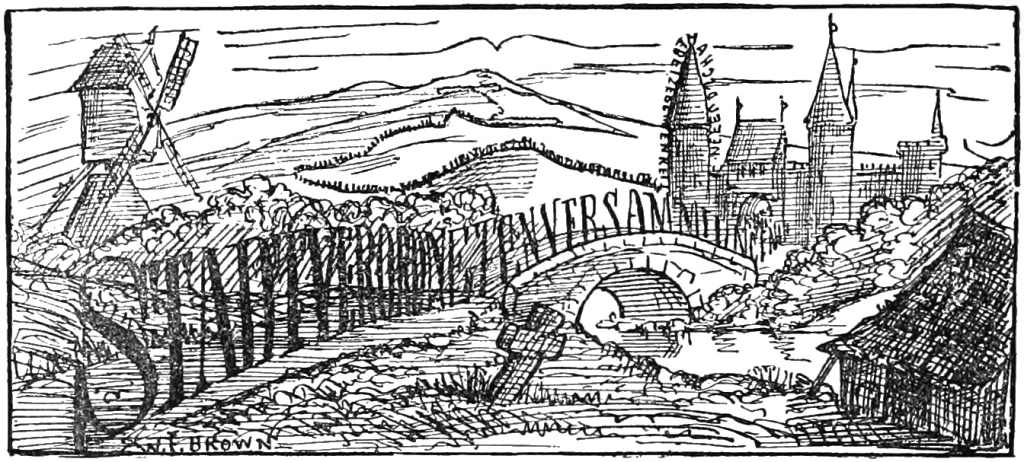
As for my wife she felt the medical profession in Germany (and later Switzerland) tended to be of a conservative nature so she decided to adopt mine.
I am certainly convinced that she can bring as much, or possibly more, honour to the name as I could!

But, yes, name changes are a hassle of documentation (and cost).
I found this out for myself when I discovered that my biological parents had never bothered to arrange a birth certificate for me when I was born.
Mere physicality of a corporeal form is not sufficient to prove identity these days while paperwork can conjure identity into existence.
When did a document matter more than the person bearing the document?

The first known instance in the United States of a woman insisting on the use of her birth name was that of Lucy Stone in 1855.
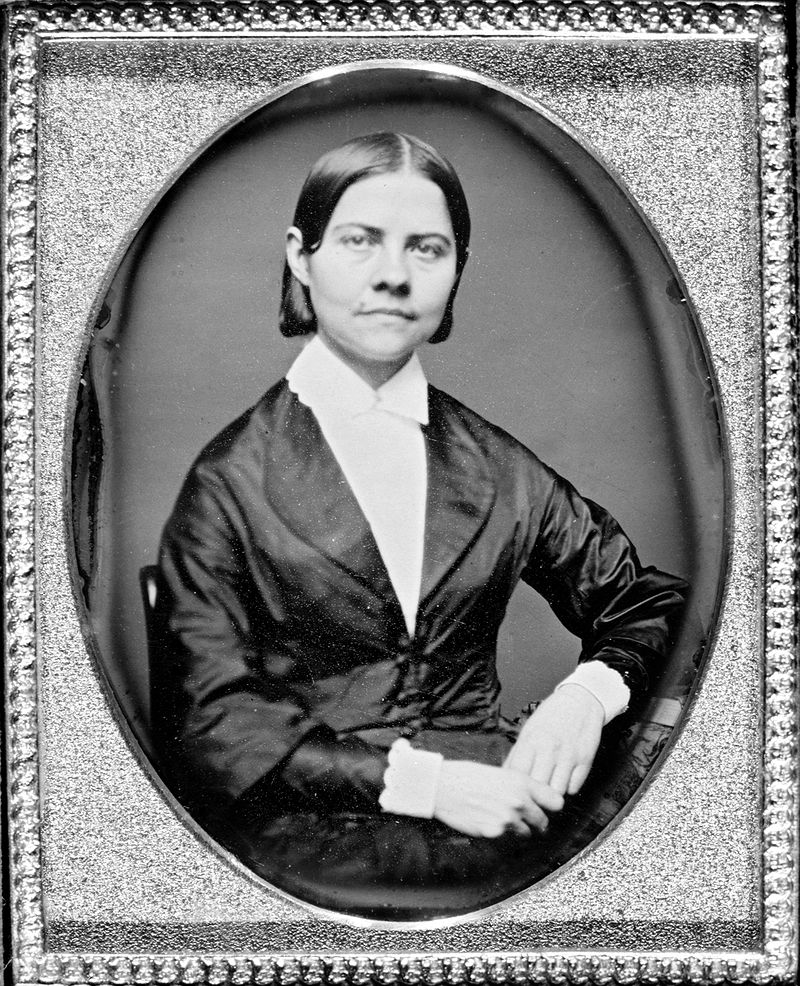
And since then there has been a general increase in the rate of women using their birth name.
Beginning in the latter half of the 20th century, traditional naming practices writes one commentator, were recognized as “coming into conflict with current sensitivities about children’s and women’s rights“.
Those changes accelerated a shift away from the interests of the parents to a focus on the best interests of the child.
The law in this area continues to evolve today mainly in the context of paternity and custody actions.
Naming conventions in the US have gone through periods of flux, however, and the 1990s saw a decline in the percentage of name retention among women.
As of 2006, more than 80% of American women adopted the husband’s family name after marriage.

It is rare but not unknown for an English-speaking man to take his wife’s family name, whether for personal reasons or as a matter of tradition (such as among matrilineal Canadian aboriginal groups, such as the Haida and Gitxsan).
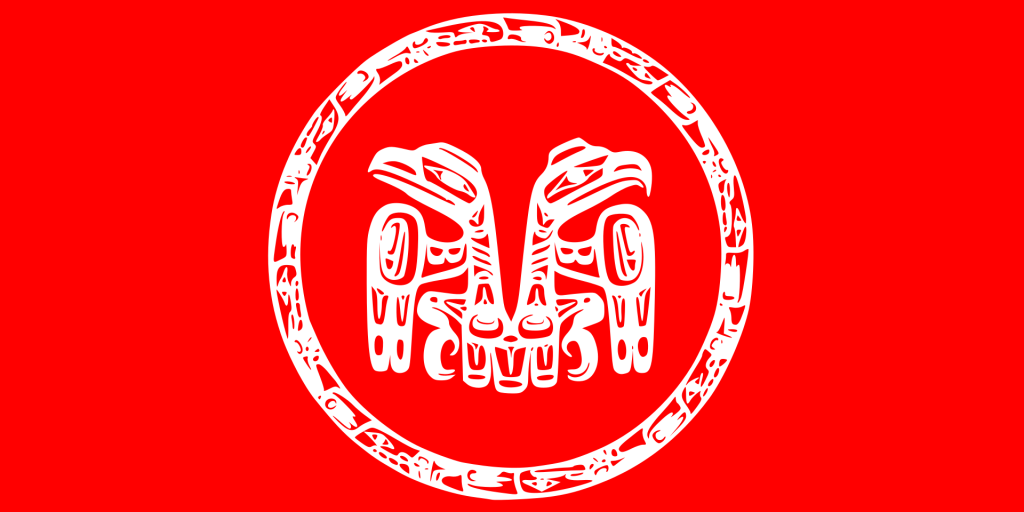

Upon marriage to a woman, men in the United States can change their surnames to that of their wives, or adopt a combination of both names with the federal government, through the Social Security Administration.
Men may face difficulty doing so on the state level in some states.
It is exceedingly rare but it does occur in the United States, where a married couple may choose an entirely new last name by going through a legal change of name.
As an alternative, both spouses may adopt a double-barrelled name.
For instance, when John Smith and Mary Jones marry each other, they may become known as “John Smith-Jones” and “Mary Smith-Jones“.
A spouse may also opt to use their birth name as a middle name, and e.g. become known as “Mary Jones Smith“.
An additional option, although rarely practiced, is the adoption of the last name derived from a blend of the prior names, such as “Simones“, which also requires a legal name change.
Some couples keep their own last names but give their children hyphenated or combined surnames.

In 1979, the United Nations adopted the Convention on the Elimination of All Forms of Discrimination Against Women (“CEDAW”), which declared in effect that women and men, and specifically wife and husband, shall have the same rights to choose a “family name”, as well as a profession and an occupation.

In some places, civil rights lawsuits or constitutional amendments changed the law so that men could also easily change their married names (e.g., in British Columbia and California).
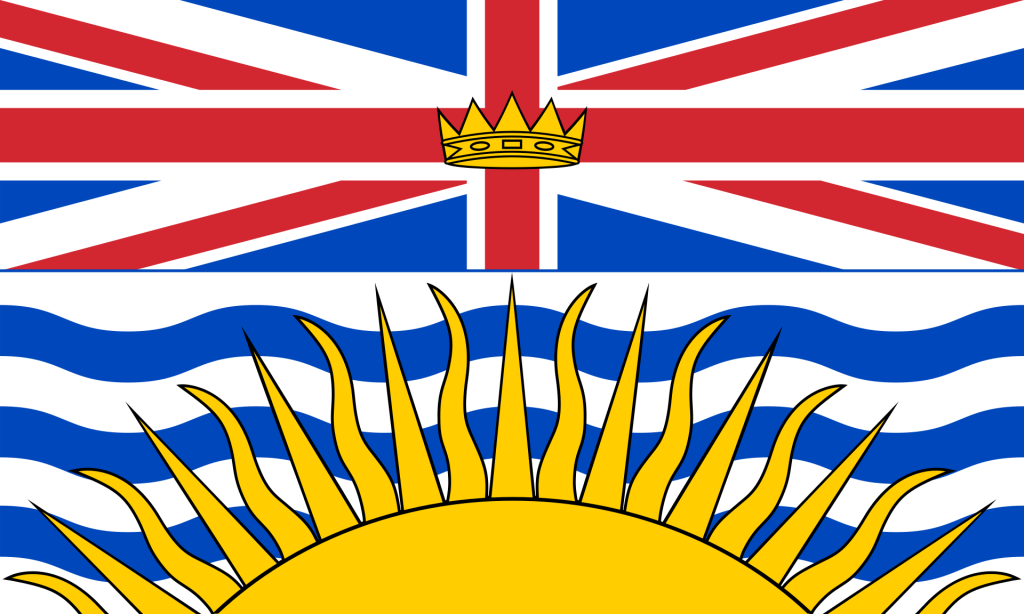

Québec law permits neither spouse to change surnames, but their children can have hyphenated surnames where one of the parent’s surnames can be dropped once the children have reached adulthood.
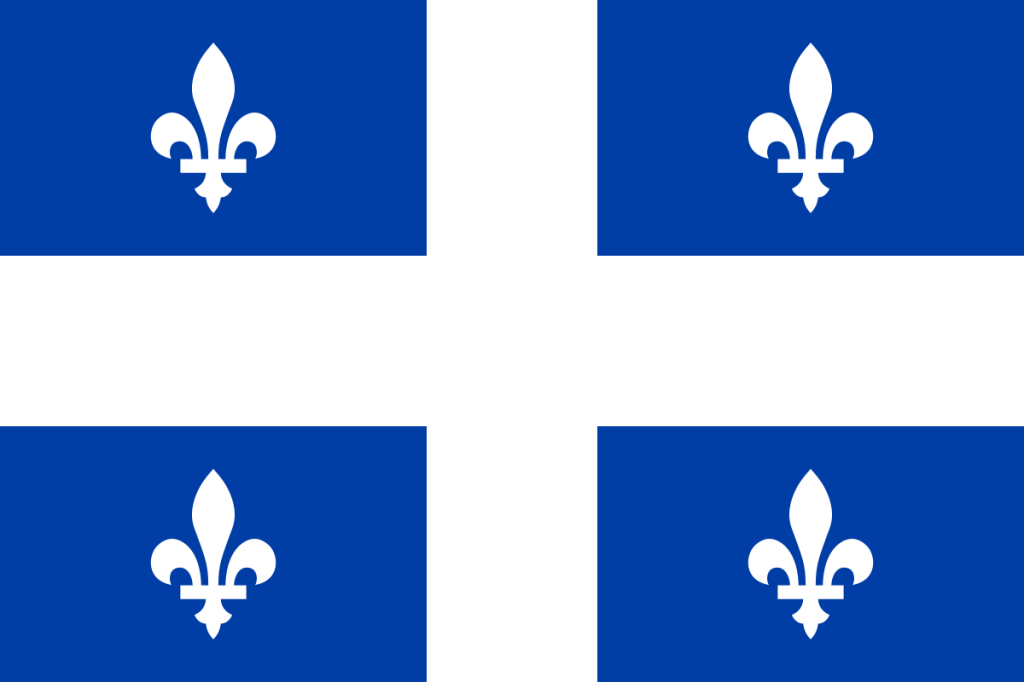
In France, until 1 January 2005, children were required by law to take the surname of their father.
Article 311-21 of the French Civil Code now permits parents to give their children the family name of either their father, mother, or hyphenation of both – although no more than two names can be hyphenated.
In cases of disagreement, both names are used in alphabetical order.
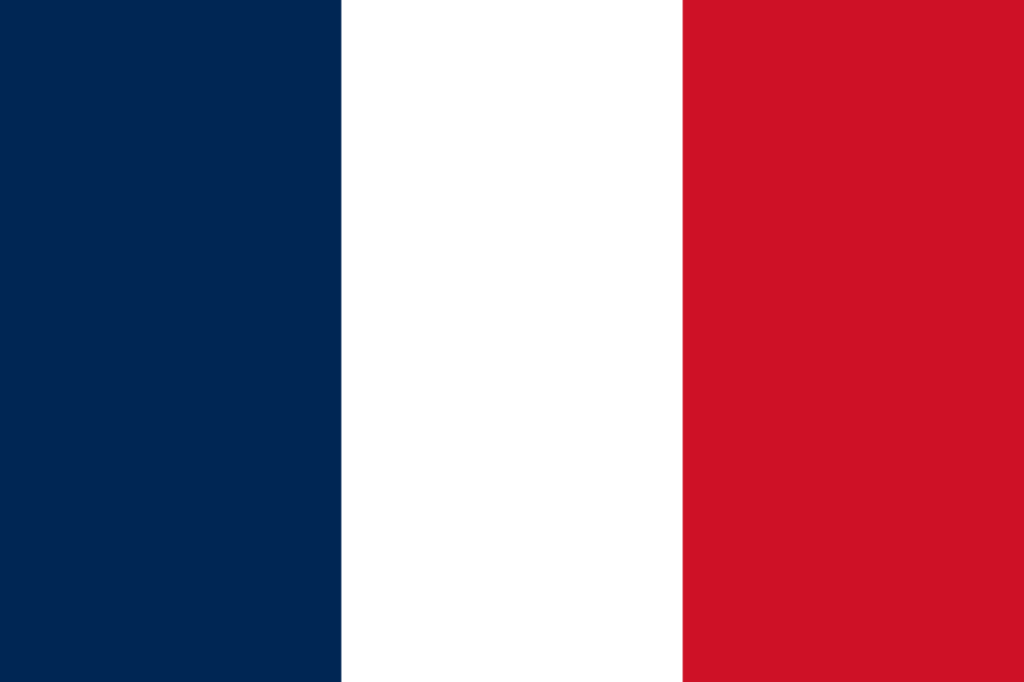
This brought France into line with a 1978 declaration by the Council of Europe requiring member governments to take measures to adopt equality of rights in the transmission of family names, a measure that was echoed by the United Nations in 1979.
Similar measures were adopted by Germany (1976), Sweden (1982), Denmark (1983), and Spain (1999).
The European Community has been active in eliminating gender discrimination.
Several cases concerning discrimination in family names have reached the courts.
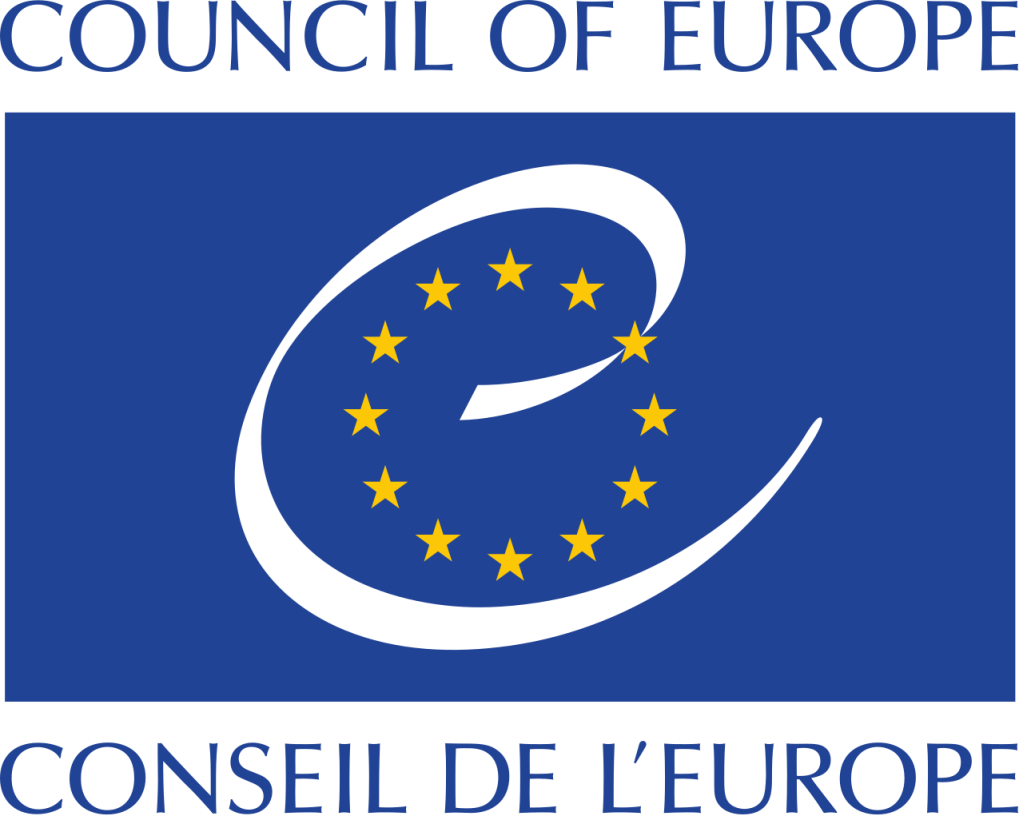
Burghartz v. Switzerland challenged the lack of an option for husbands to add the wife’s surname to his surname, which they had chosen as the family name when this option was available for women.
Losonci Rose and Rose v. Switzerland challenged a prohibition on foreign men married to Swiss women keeping their surname if this option was provided in their national law, an option available to women.
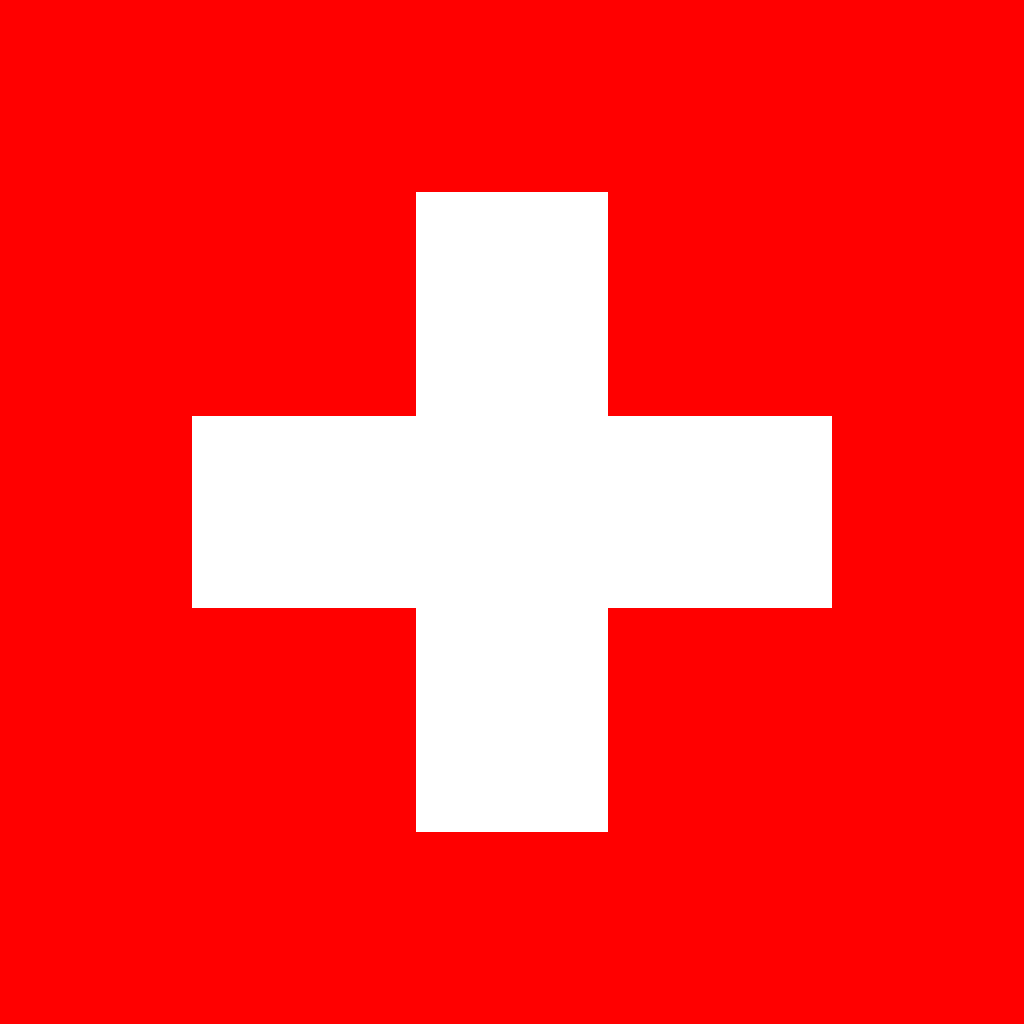
Ünal Tekeli v. Turkey challenged prohibitions on women using their surname as the family name, an option only available to men.
Since 2014, women in Turkey are allowed to keep their birth names alone for their whole life instead of using their husbands’ names.
Previously, the Turkish Code of Civil Law, Article 187, required a married woman to use her husband’s surname; or else to use her birth name in front of her husband’s name by giving a written application to the marriage officer or the civil registry office.
In 2014, the Constitutional Court ruled that prohibiting married women from retaining only maiden names is a violation of their rights.
The Court found all these laws to be in violation of the Convention.

From 1945 to 2021 in the Czech Republic women by law had to use family names with the ending -ová behind the name of their father or husband (so-called přechýlení).
This was seen as discriminatory by a part of the public.
Since 1 January 2022, Czech women can decide for themselves whether they want to use the feminine or masculine form of their family name.
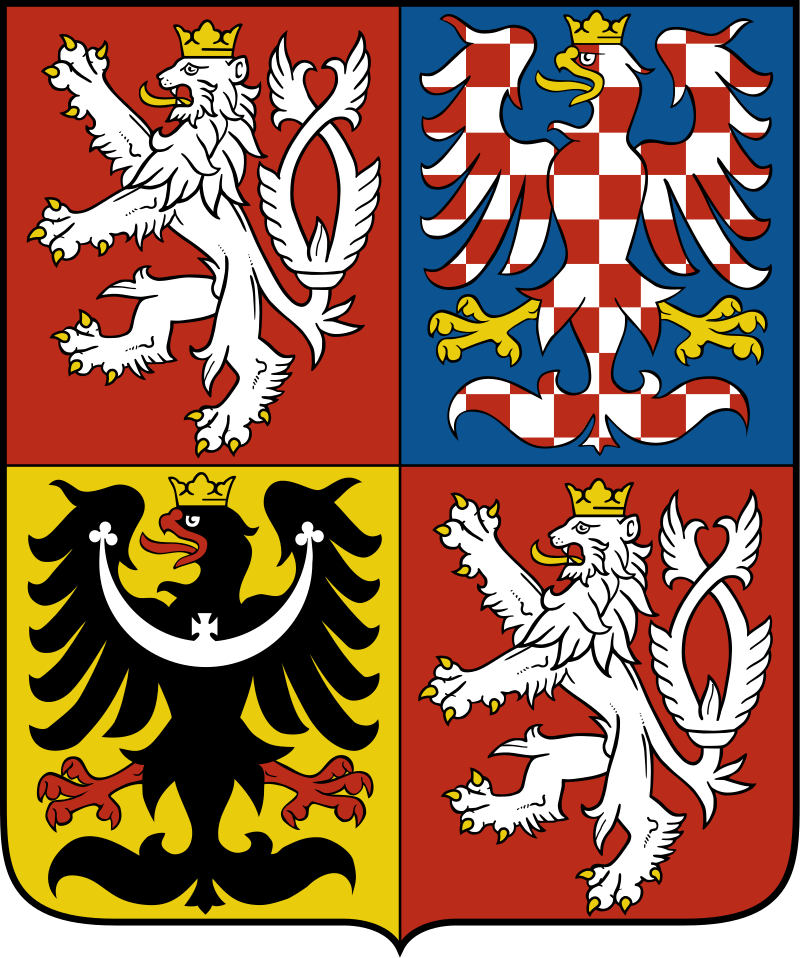
Here is where the waters get murky for me.
Wasn’t the point of a woman adopting her husband’s surname to have protection (both physical and financial) by his name and as well to affirm his commitment to the offspring his fertilization produced?
She is under his protection and their offspring is his responsibility?
Doesn’t the use of his name assure him of her commitment to him as well as assure her of his protection and support of her?
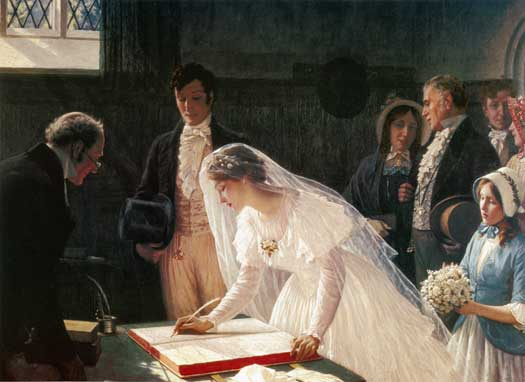
Middlemarch has been published after 150 years under George Eliot‘s real name, Mary Ann Evans, alongside 24 other historic works by women whose writing had only been ever previously been in print under their male pseudonyms.

Evans adopted the pen name of George Eliot in the mid-19th century, in order to ensure her works were taken seriously.
Middlemarch, originally published in eight parts in 1871 – 1872, had never been released under her real name prior to 2020.
Evans said she was “resolute in preserving her incognito, having observed that a nom de plume secures all the advantages without the disagreeables of reputation“, while her partner George Lewes said “the object of anonymity was to get the book judged on its own merits and not prejudged as the work of a woman or of a particular woman“.
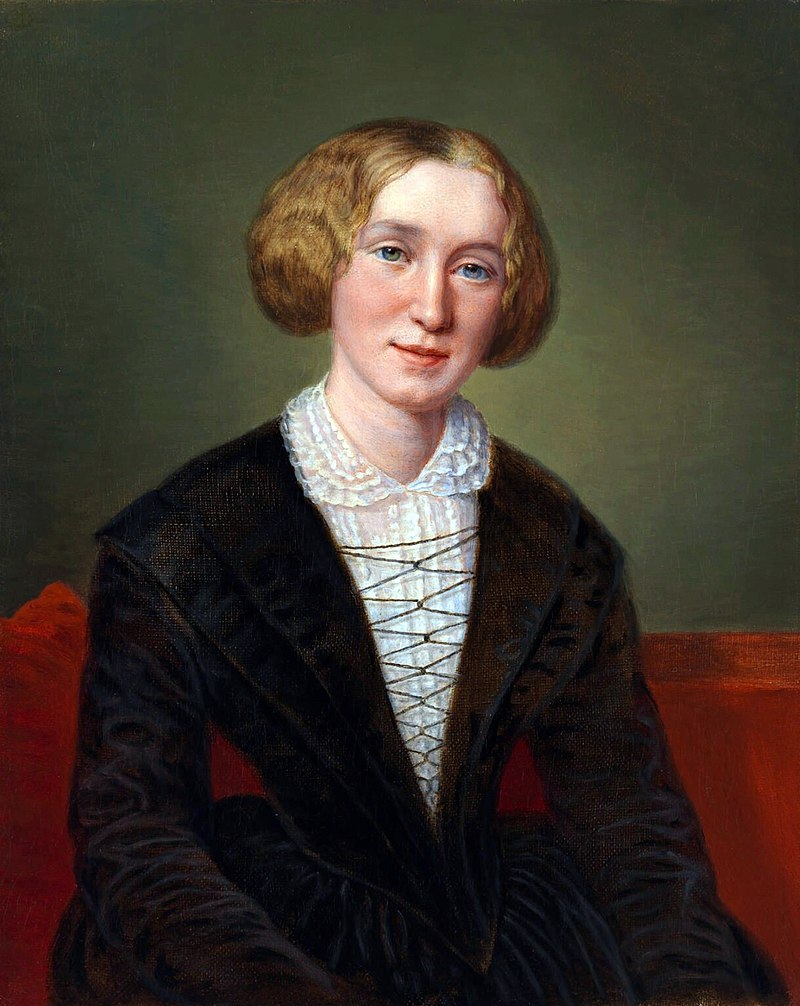
Finally, the work voted the greatest British novel of all time came out in 2020 as Evan’s as part of the Reclaim Her Name campaign from the women’s prize for fiction and prize sponsor Baileys to mark the 25th anniversary of the award.
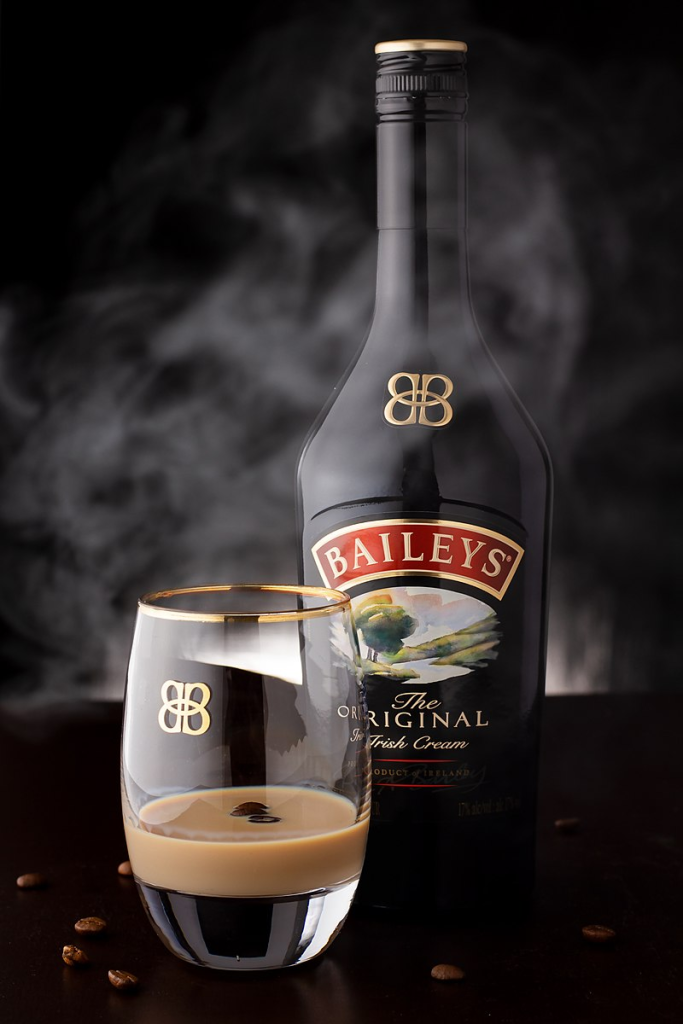
Some of the books, like Middlemarch, are well-known, including A Phantom Lover, a ghost story from Violet Paget who wrote as Vernon Lee, and Indiana, a romance from Amantine Aurore Dupin, the 19th century author better known as George Sand.
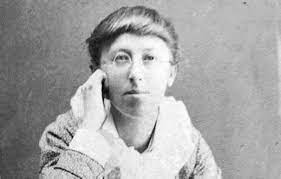
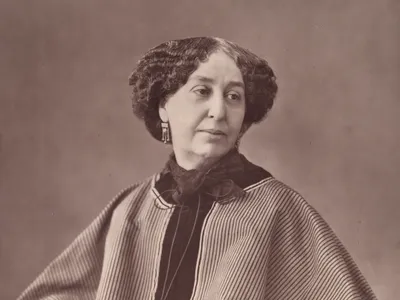
Others are being brought to the forefront after forgotten decades, such as Keynotes, a collection of feminist short stories from 1893 that includes open discussions of women’s sexuality.
The stories were written by Mary Bright, who wrote as George Egerton, in 1893.
She would say of them that:
“I realized that in literature, everything had been better done by man than woman could hope to emulate.
There was one small plot for her to tell: the terra incognita of herself, as she knew herself to be, not as man liked to imagine her.“

Frances Rollin Whipper published The Life of Martin R. Delaney in 1868 under the pseudonym Frank A. Rollin.
She was the first African American to publish a biography.

Ann Petry, who wrote as Arnold Petri, was the first African-American woman to sell more than 1 million copies of a book and joins the list with “Marie of the Cabin Club“, her first published short story, from 1939.

The Reclaim Her Name collection is available to download as e-books for free.
Baileys hopes the project will give the authors “the visibility and credit they deserve” as well as encourage “new and important conversations around the continuing challenges women face in publishing and authors’ many reasons for using a pseudonym.“

Again I am given pause to ponder.
Does a name enhance (or detract from) the quality of a person or the product which they produce?
Does it really matter whether a George or a Mary wrote Middlemarch?

Did the name of George harm the quality of the work?
Does the name of Mary improve the quality of the work?
Can a man write like a woman or a woman like a man?
Is a man less right when he writes of women because he is not a woman himself?
Are we to assume that a man is unqualified to write about women without possessing a uterus or a woman ill equipped to write of men without possessing male genitalia?
In the final analysis, shouldn’t the quality of the work be of far greater significance than the name of the writer attributed to the work?

A pseudonym (from the Ancient Greek for ‘falsely named‘) or alias is a fictitious name that a person or group assumes for a particular purpose, which differs from their original or true name (orthonym).
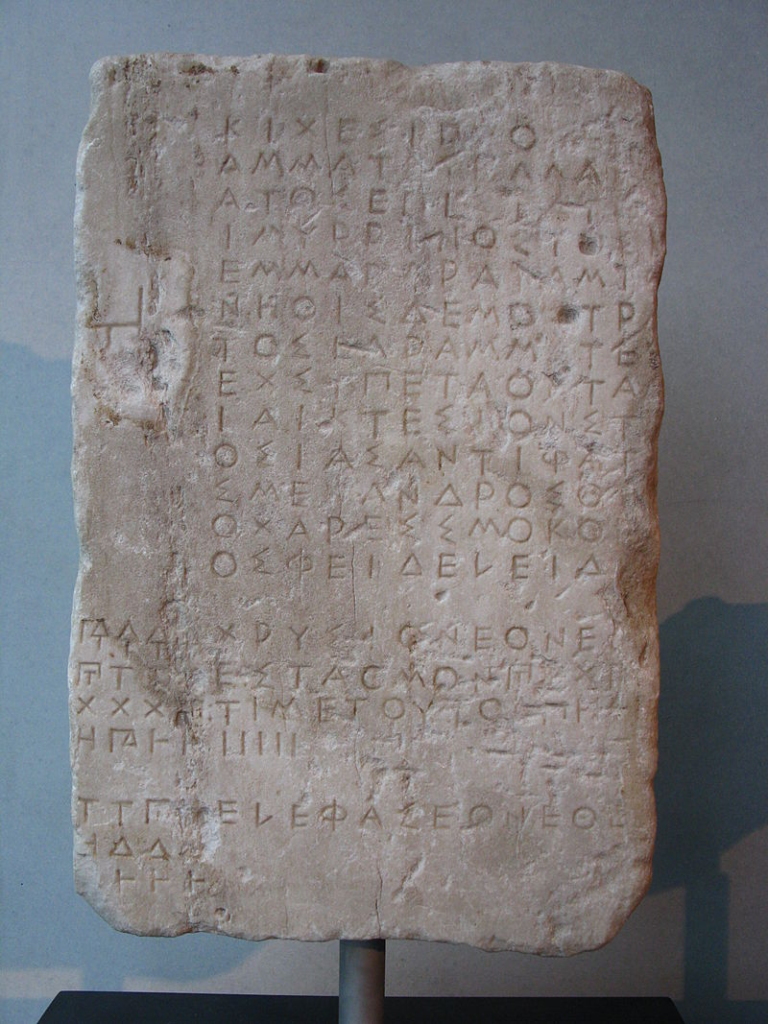
This also differs from a new name that entirely or legally replaces an individual’s own.
Most pseudonym holders use pseudonyms, because they wish to remain anonymous, but anonymity is difficult to achieve and often fraught with legal issues.
Pseudonyms include:
- stage names
- user names
- boxing or wrestling ring names
- pen names
- nicknames
- aliases
- superhero or villain identities
- code names
- gamer identifications
- regnal names of emperors, popes, and other monarchs
Historically, they have sometimes taken the form of anagrams, Graecisms and Latinisations, although there may be many other methods of choosing a pseudonym.
Pseudonyms should not be confused with new names that replace old ones and become the individual’s full-time name.
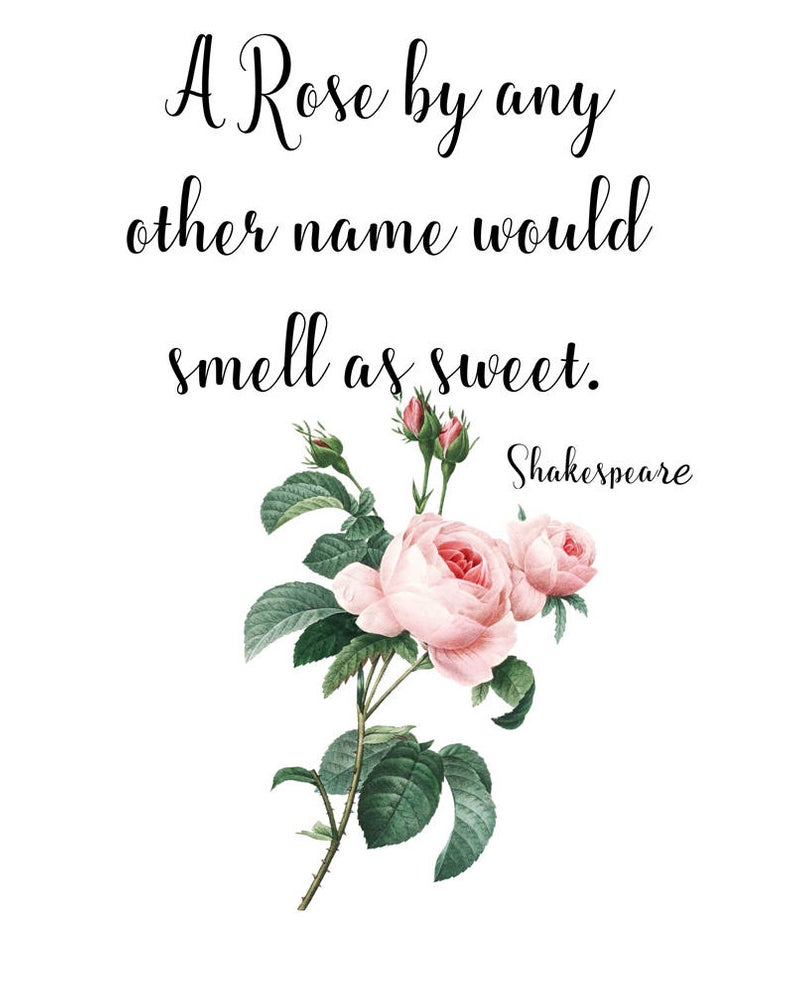
Pseudonyms are “part-time” names, used only in certain contexts – to provide a more clear-cut separation between one’s private and professional lives, to showcase or enhance a particular persona, or to hide an individual’s real identity, as with writers’ pen names, graffiti artists’ tags, resistance fighters or terrorists’ noms de guerre, and computer hackers’ handles.
Actors, voice-over artists, musicians, and other performers sometimes use stage names, for example, to better channel a relevant energy, gain a greater sense of security and comfort via privacy, more easily avoid troublesome fans/”stalkers“, or to mask their ethnic backgrounds.
In some cases, pseudonyms are adopted because they are part of a cultural or organisational tradition:
For example, devotional names used by members of some religious institutes, and “cadre names” used by Communist Party leaders such as Trotsky and Lenin.


A pseudonym may also be used for personal reasons:
For example, an individual may prefer to be called or known by a name that differs from their given or legal name, but is not ready to take the numerous steps to get their name legally changed.
Or an individual may simply feel that the context and content of an exchange offer no reason, legal or otherwise, to provide their given or legal name.
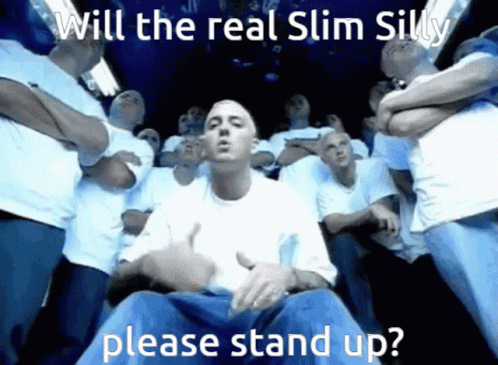
A collective name or collective pseudonym is one shared by two or more persons, for example, the co-authors of a work, such as Carolyn Keene, Erin Hunter, Ellery Queen, Nicholas Bourbaki or James S.A. Corey.
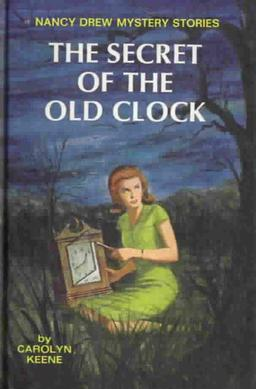




Sometimes people change their names in such a manner that the new name becomes permanent and is used by all who know the person.
This is not an alias or pseudonym, but in fact a new name.
In many countries, including common law countries, a name change can be ratified by a court and become a person’s new legal name.

For example, in the 1960s, civil rights campaigner Malcolm X, originally known as Malcolm Little, changed his surname to “X” to represent his unknown African ancestral name that had been lost when his ancestors were brought to North America as slaves.
He then changed his name again to Malik El-Shabazz when he converted to Islam.

Likewise some Jews adopted Hebrew family names upon immigrating to Israel, dropping surnames that had been in their families for generations.

The politician David Ben-Gurion, for example, was born David Grün in Poland.
He adopted his Hebrew name in 1910 when he published his first article in a Zionist journal in Jerusalem.

Businesspersons of ethnic minorities in some parts of the world are sometimes advised by an employer to use a pseudonym that is common or acceptable in that area when conducting business, to overcome racial or religious bias.

Criminals may use aliases, fictitious business names and dummy corporations (corporate shells) to hide their identity, or to impersonate other persons or entities in order to commit fraud.
Aliases and fictitious business names used for dummy corporations may become so complex that, in the words of the Washington Post, “getting to the truth requires a walk down a bizarre labyrinth” and multiple government agencies may become involved to uncover the truth.
Giving a false name to a law enforcement officer is a crime in many jurisdictions.

A pen name, or nom de plume, is a pseudonym (sometimes a particular form of the real name) adopted by an author (or on the author’s behalf by their publishers).
Although the term is most frequently used today with regard to identity and the Internet, the concept of pseudonymity has a long history.

In ancient literature it was common to write in the name of a famous person, not for concealment or with any intention of deceit.
In the New Testament, the second letter of Peter is probably such.

A more modern example is all of The Federalist Papers, which were signed by Publius, a pseudonym representing the trio of James Madison, Alexander Hamilton and John Jay.
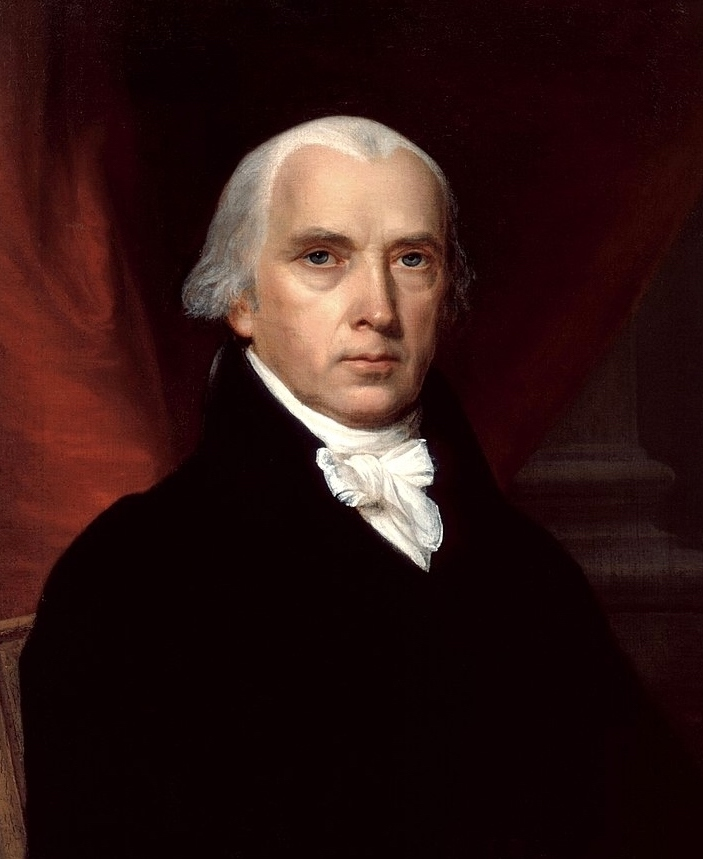


The papers were written partially in response to several Anti-Federalist Papers, also written under pseudonyms.
As a result of this pseudonymity, historians know that the papers were written by Madison, Hamilton, and Jay, but have not been able to discern with complete accuracy which of the three authored a few of the papers.
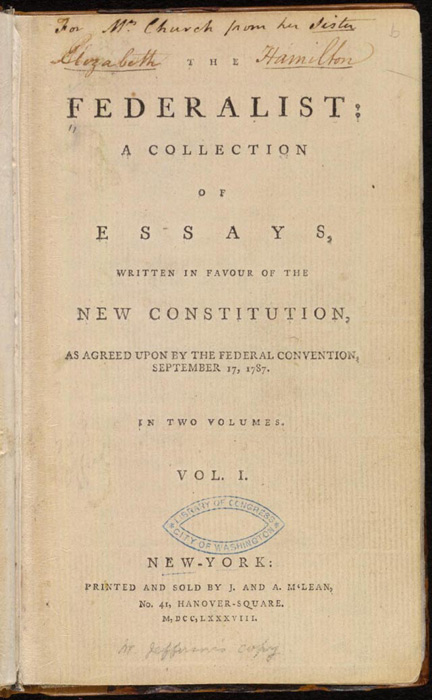
There are also examples of modern politicians and high-ranking bureaucrats writing under pseudonyms.
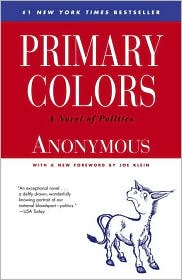
Some female authors used male pen names, in particular in the 19th century, when writing was a male-dominated profession.
The Brontë sisters used pen names for their early work, so as not to reveal their gender and so that local residents would not know that the books related to people of the neighbourhood.
The Brontës used their neighbours as inspiration for characters in many of their books.
Anne Brontë’s The Tenant of Wildfell Hall (1848) was published under the name Acton Bell.

Charlotte Brontë used the name Currer Bell for Jane Eyre (1847) and Shirley (1849).

Emily Brontë adopted Ellis Bell as cover for Wuthering Heights (1847).

Other examples from the 19th century are the novelist Mary Ann Evans (George Eliot) and the French writer Amandine Aurore Lucile Dupin (George Sand).
Pseudonyms may also be used due to cultural or organization or political prejudices.

On the other hand, some 20th and 21st century male romance novelists have used female pen names.
A few examples are Brindle Chase, Peter O’Donnell (Madeline Brent), Christopher Wood (Penny Sutton / Rosie Dixon), and Hugh C. Rae (Jessica Sterling).
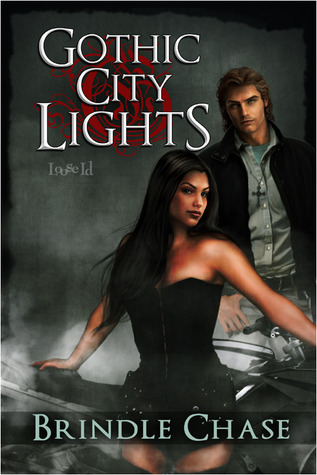
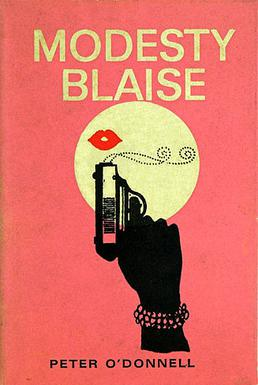


A pen name may be used if a writer’s real name is likely to be confused with the name of another writer or notable individual, or if the real name is deemed unsuitable.
Authors who write both fiction and non-fiction, or in different genres, may use different pen names to avoid confusing their readers.
For example, the romance writer Nora Roberts writes mystery novels under the name J.D. Robb.

In some cases, an author may become better known by his pen name than his real name.
Some famous examples of that include Samuel Clemens (Mark Twain), Eric Blair (George Orwell) and Theodor Geisel, better known as Dr. Seuss.
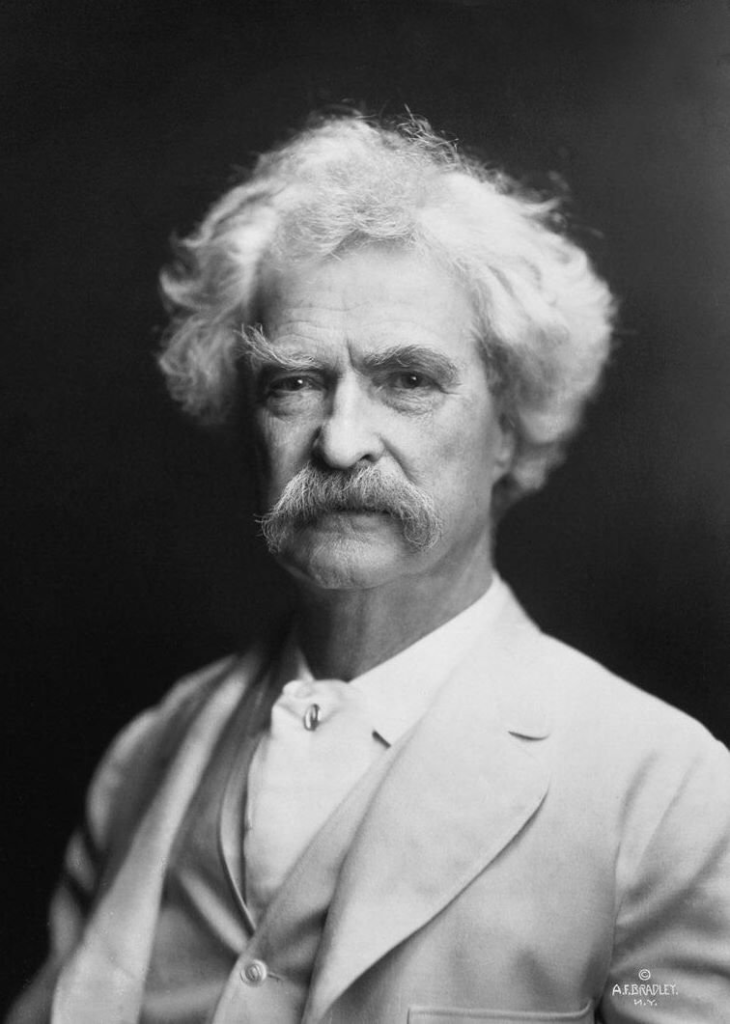
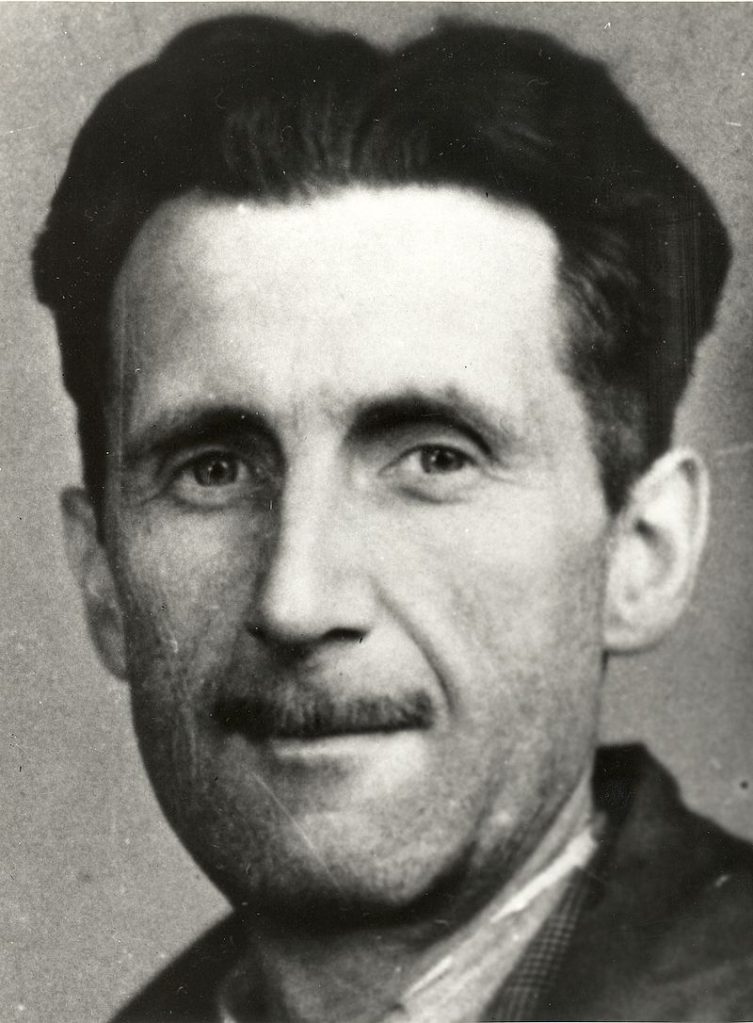

The British mathematician Charles Dodgson wrote fantasy novels as Lewis Carroll and mathematical treatises under his own name.
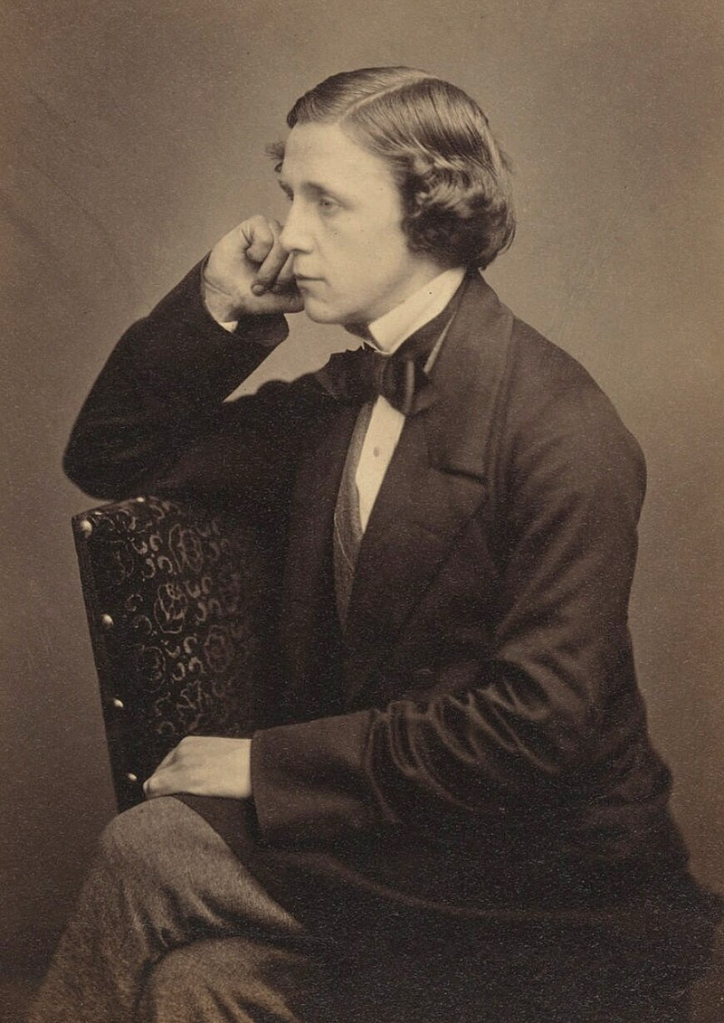
Some authors, such as Harold Robbins, use several literary pseudonyms.

Some pen names have been used for long periods, even decades, without the author’s true identity being discovered, as with Elena Ferrante and Torsten Krol.


Joanne Rowling published the Harry Potter series as J. K. Rowling.
Rowling also published the Cormoran Strike series, a series of detective novels, including The Cuckoo’s Calling, under the pseudonym Robert Galbraith.
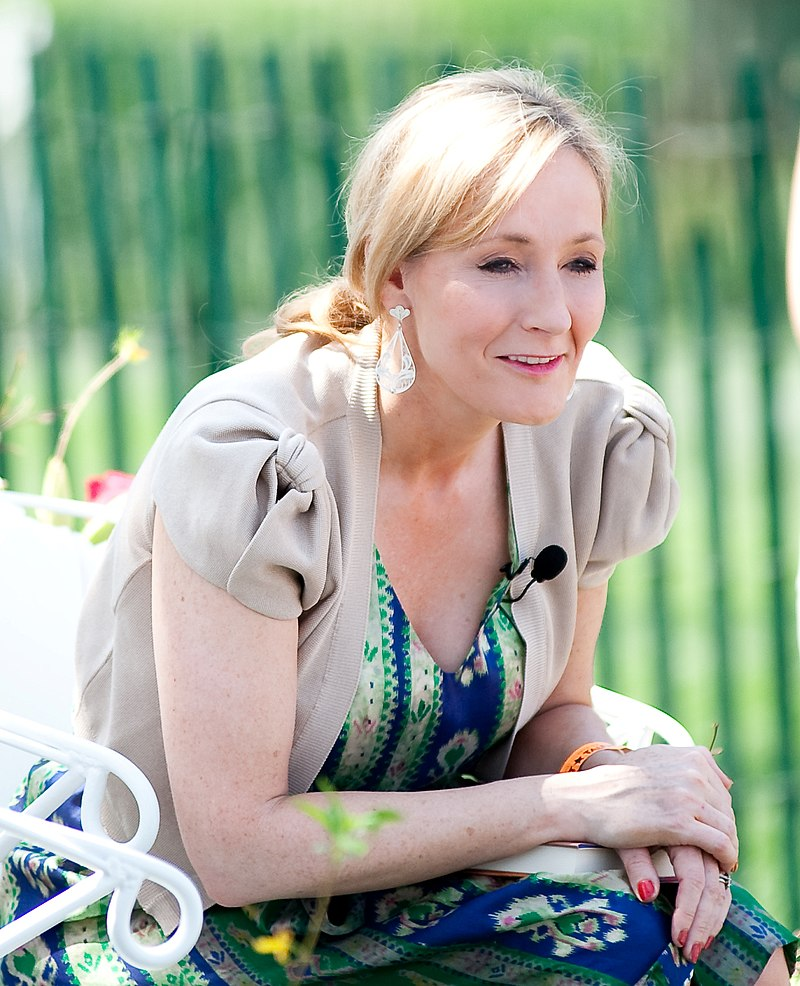
Winston Churchill wrote as Winston S. Churchill (from his full surname Spencer-Churchill which he did not otherwise use) in an attempt to avoid confusion with an American novelist of the same name.
The attempt was not wholly successful –
The two are still sometimes confused by booksellers.


A pen name may be used specifically to hide the identity of the author, as with exposé books about espionage or crime, or explicit erotic fiction.
Some prolific authors adopt a pseudonym to disguise the extent of their published output, e. g. Stephen King writing as Richard Bachman.

Co-authors may choose to publish under a collective pseudonym, e. g., P.J. Tracy and Perri O’Shaughnessy, Frederic Dannay and Manfred Lee used the name Ellery Queen as a pen name for their collaborative works and as the name of their main character.
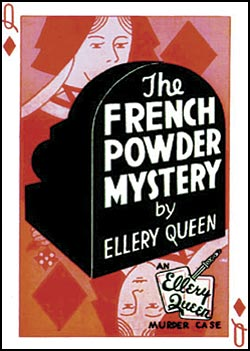
Asa Earl Carter, a Southern white segregationist affiliated with the KKK, wrote Western books under a fictional Cherokee persona to imply legitimacy and conceal his history.

“Why do authors choose pseudonyms?
It is rarely because they actually hope to stay anonymous forever.”, mused writer and columnist Russell Smith in his review of the Canadian novel Into That Fire by the pseudonymous M. J. Cates.
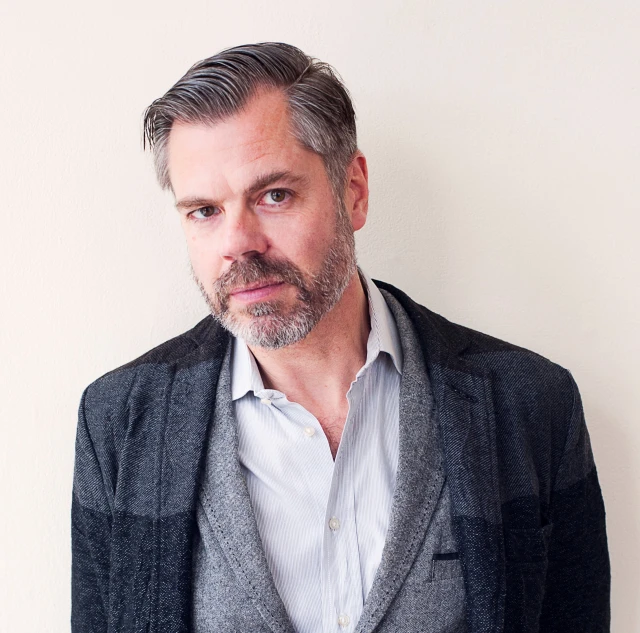
A famous case in French literature was Romain Gary.
Already a well-known writer, he started publishing books as Émile Ajar to test whether his new books would be well received on their own merits, without the aid of his established reputation.
They were.
Émile Ajar, like Romain Gary before him, was awarded the prestigious Prix Goncourt by a jury unaware that they were the same person.

Similarly, TV actor Ronnie Barker submitted comedy material under the name Gerald Wiley.
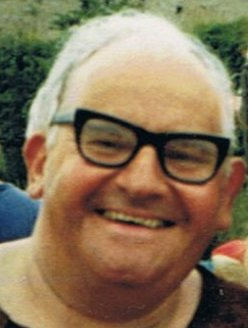
A collective pseudonym may represent an entire publishing house, or any contributor to a long-running series, especially with juvenile literature.
Examples include:
- Watty Piper

- Victor Appleton

- Erin Hunter
Erin Hunter is a collective pseudonym used by the authors Victoria Holmes, Kate Cary, Cherith Baldry, Inbali Iserles, Tui T. Sutherland and Rosie Best in the writing of several juvenile fantasy novel series, which focus on animals and their adventures.
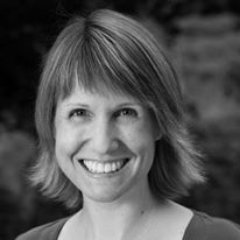
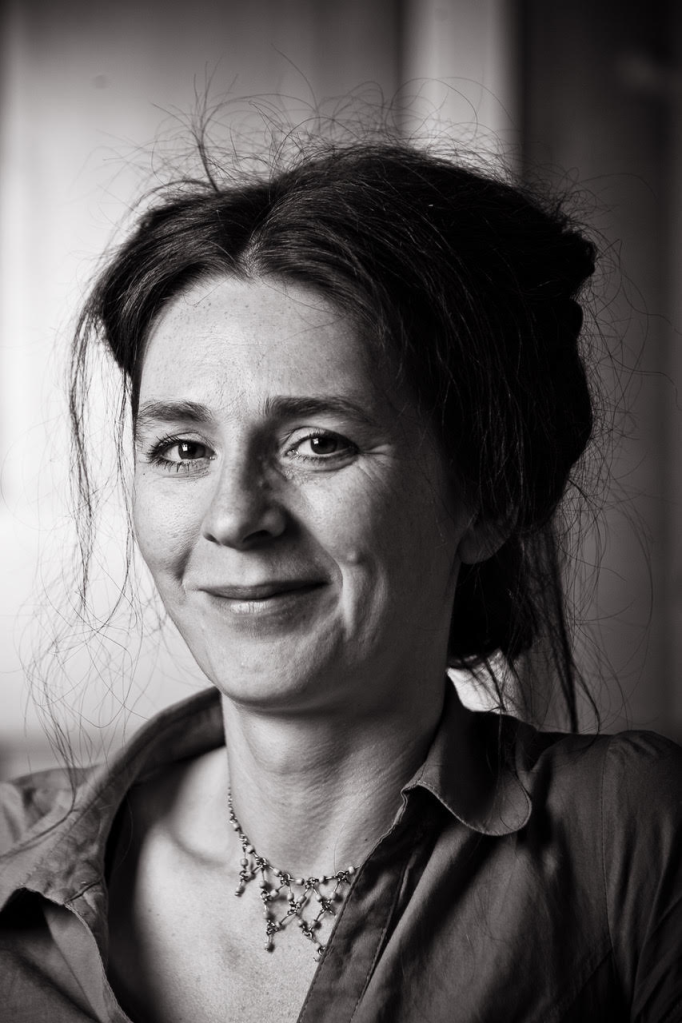

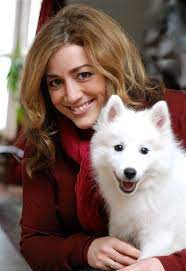


- Kamiru M. Xhan

Another use of a pseudonym in literature is to present a story as being written by the fictional characters in the story.
The series of novels known as A Series of Unfortunate Events are written by Daniel Handler under the pen name of Lemony Snicket, a character in the series.
This applies also to some of the several 18th-century English and American writers who used the name Fidelia.
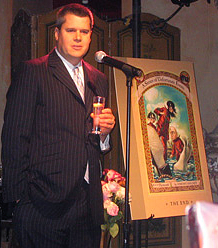
An anonymity pseudonym or multiple use name is a name used by many different people to protect anonymity.
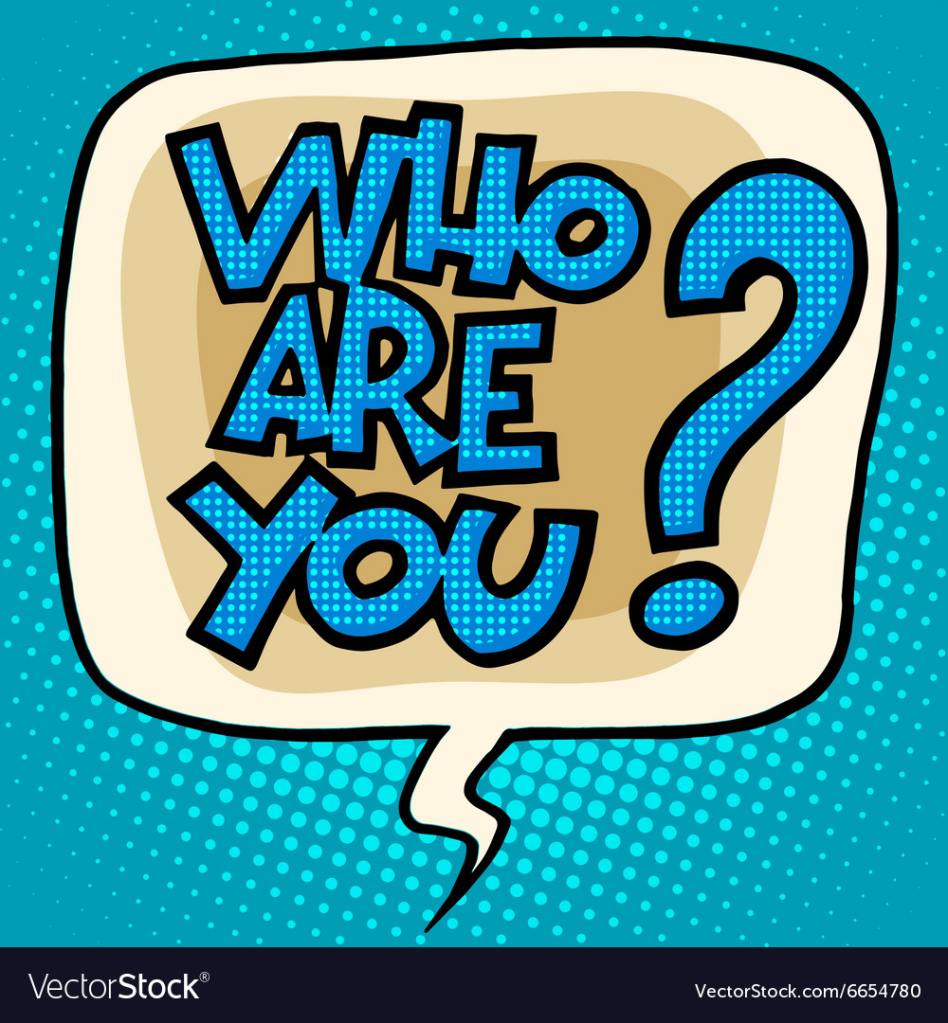
It is a strategy that has been adopted by many unconnected radical groups and by cultural groups, where the construct of personal identity has been criticized.
This has led to the idea of the “open pop star“.
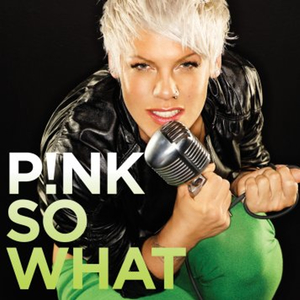
Pseudonyms and acronyms are often employed in medical research to protect subjects’ identities through a process known as de-identification.

Nicolaus Copernicus put forward his theory of heliocentrism in the manuscript Commentariolus anonymously, in part because of his employment as a law clerk for a church government organization.

Sophie Germain and William Sealy Gosset used pseudonyms to publish their work in the field of mathematics – Germain, to avoid rampant 19th century academic misogyny, and Gosset, to avoid revealing brewing practices of his employer, the Guinness Brewery.
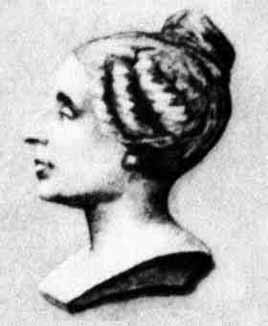
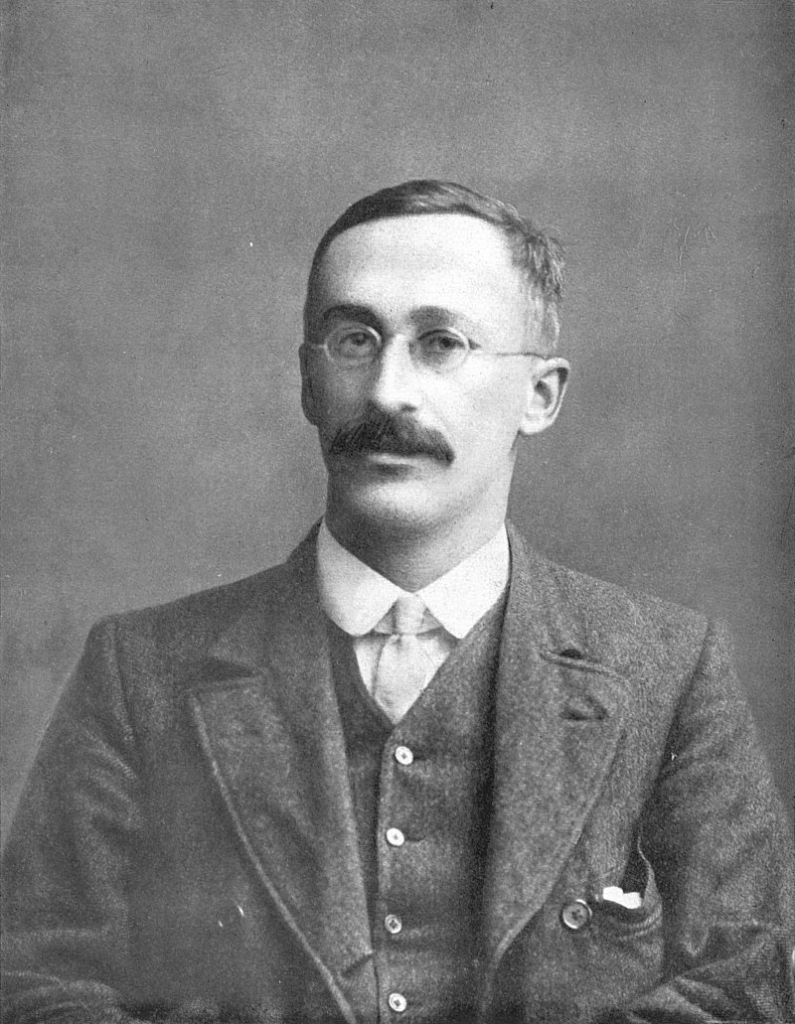

Satoshi Nakamoto is a pseudonym of a still unknown author or authors’ group behind a white paper about bitcoin.

In Ancien Régime France, a nom de guerre (“war name“) would be adopted by each new recruit (or assigned to them by the captain of their company) as they enlisted in the French army.
These pseudonyms had an official character and were the predecessor of identification numbers:
Soldiers were identified by their first names, their family names, and their noms de guerre (e. g. Jean Amarault dit Lafidélité).
These pseudonyms were usually related to the soldier’s place of origin (e. g. Jean Deslandes dit Champigny, for a soldier coming from a town named Champigny), or to a particular physical or personal trait (e. g. Antoine Bonnet dit Prettaboire, for a soldier prêt à boire, ready to drink).
In 1716, a nom de guerre was mandatory for every soldier.
Officers did not adopt noms de guerre as they considered them derogatory.
In daily life, these aliases could replace the real family name.

Noms de guerre were adopted for security reasons by members of World War II French resistance and Polish resistance.

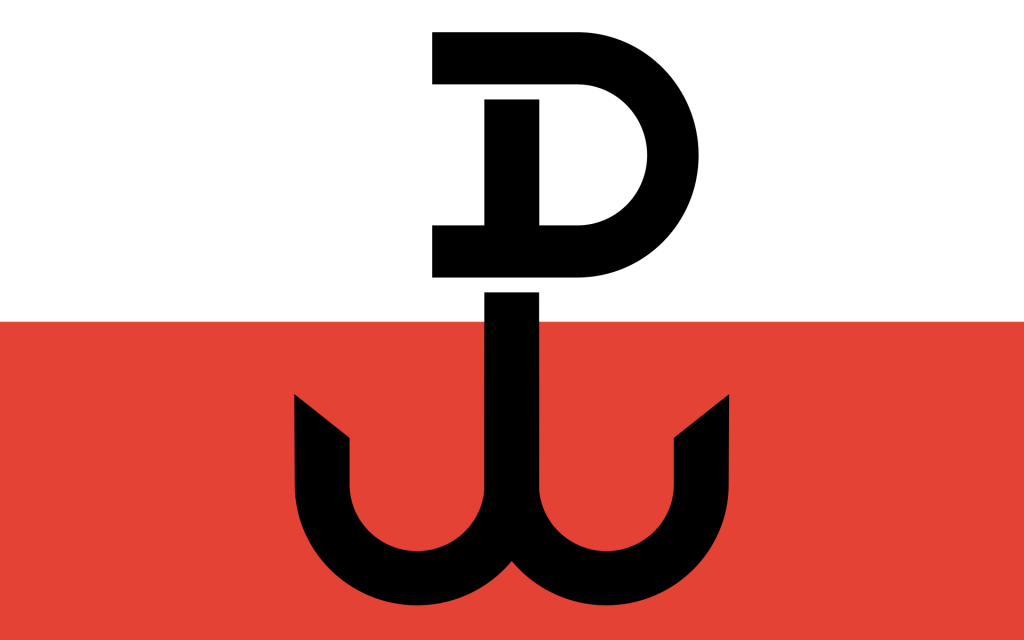
Such pseudonyms are often adopted by military special-forces soldiers, such as members of the SAS and similar units of resistance fighters, terrorists and guerrillas.
This practice hides their identities and may protect their families from reprisals.
It may also be a form of dissociation from domestic life.

Some well-known men who adopted noms de guerre include:
- Ilich Ramírez Sánchez (Carlos)
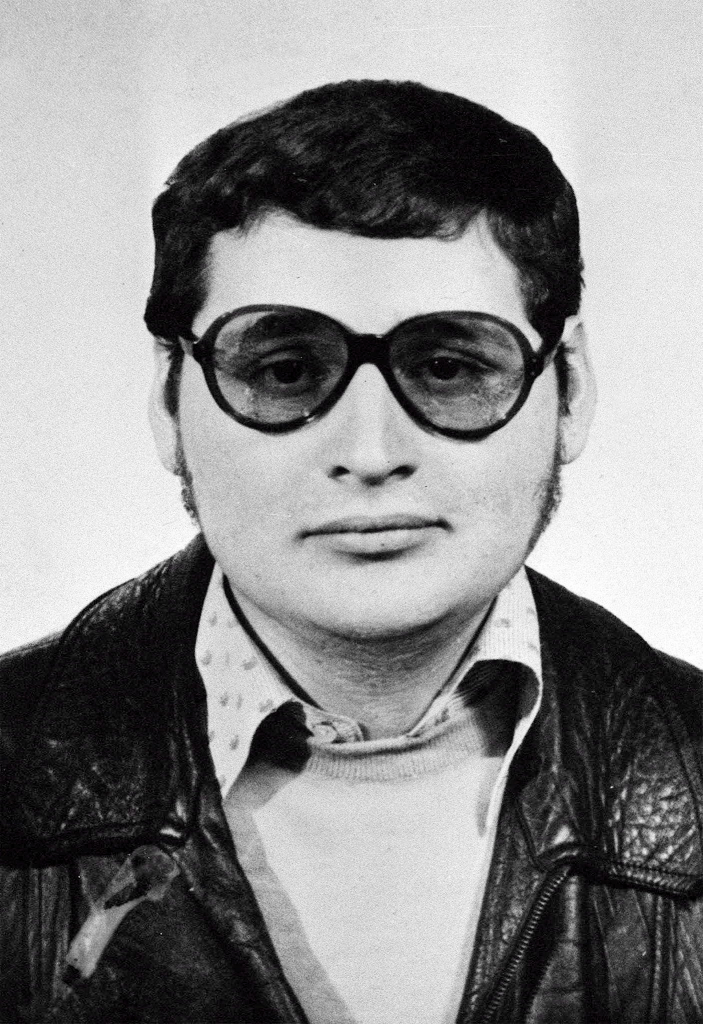
- Willy Brandt, Chancellor of West Germany

- Subcomandate Marcos, spokesman of the Zapatista Army of National Liberation (EZLN)
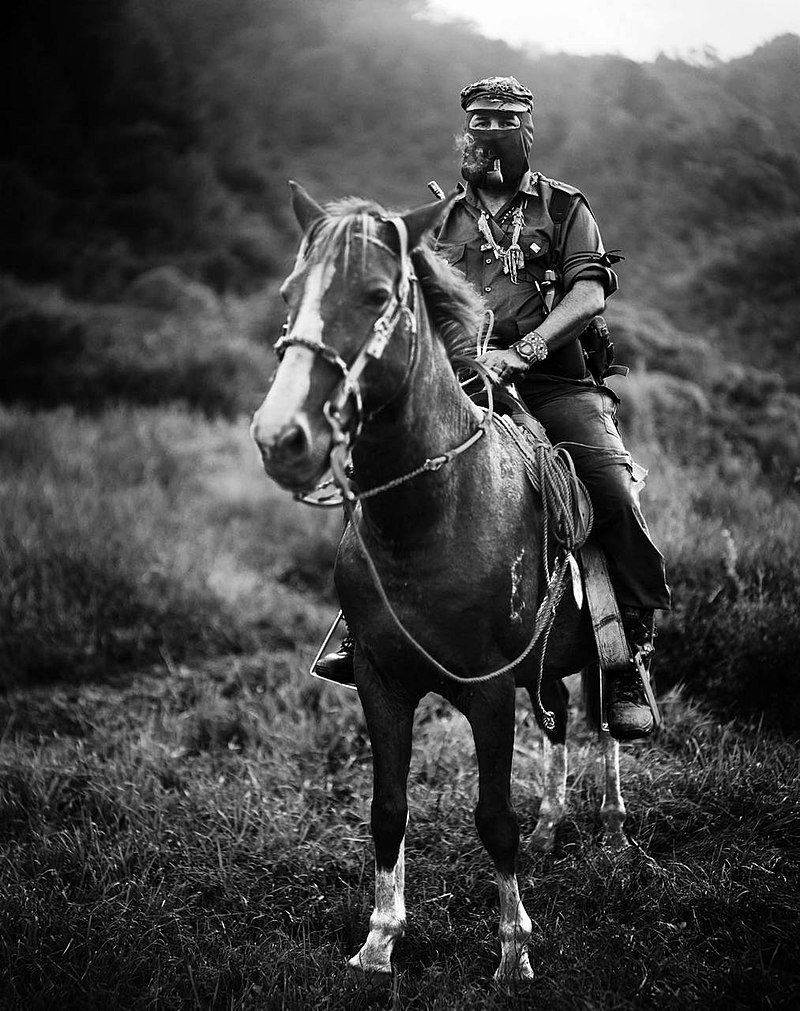

During Lehi’s underground fight against the British in Mandatory Palestine, the organization’s commander Yitzchak Shamir (later Prime Minister of Israel) adopted the nom de guerre “Michael“, in honour of Ireland’s Michael Collins.

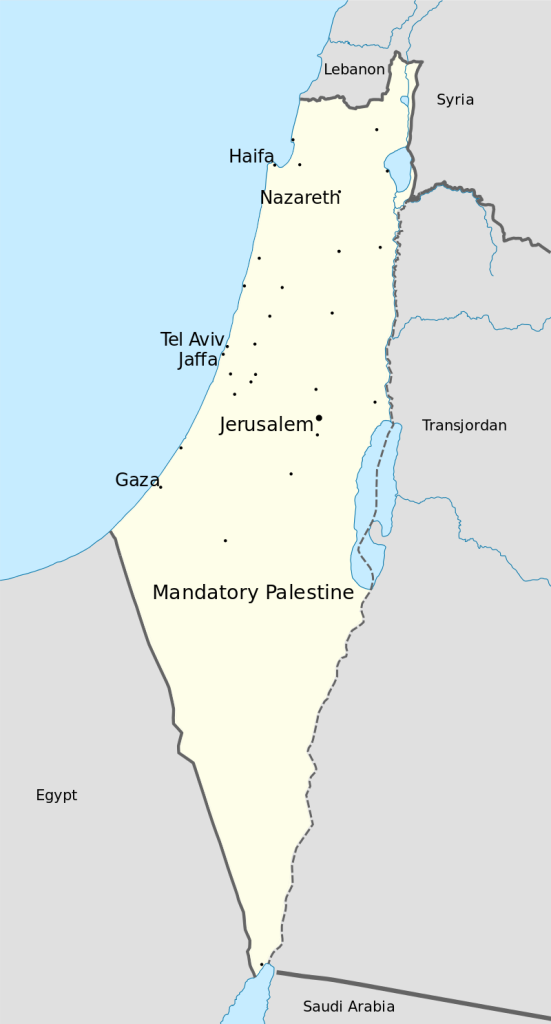


Revolutionaries and resistance leaders, such as Stalin, Golda Meir, Phillippe Leclerc de Hauteclocque and Josip Broz Tito often adopted their noms de guerre as their proper names after the struggle.


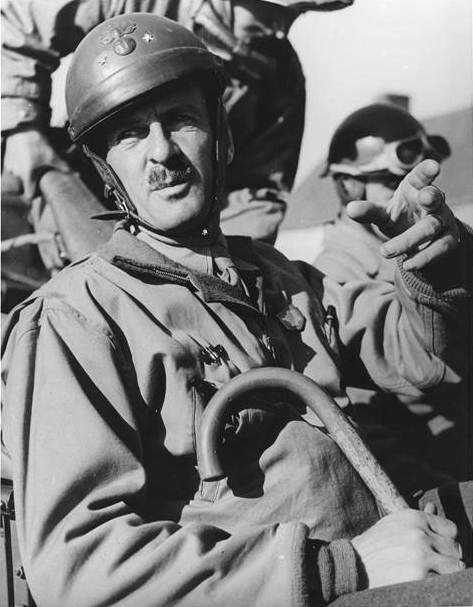

Georgios Grivas, the Greek-Cypriot EOKA militant, adopted the nom de guerre Digenis.

In the French Foreign Legion, recruits can adopt a pseudonym to break with their past lives.

Mercenaries have long used “noms de guerre“, sometimes even multiple identities, depending on the country, conflict, and circumstance.
Some of the most familiar noms de guerre today are the kunya used by Islamic mujahideen.
These take the form of a teknonym, either literal or figurative.

Individuals using a computer online may adopt or be required to use a form of pseudonym known as a “handle” (a term deriving from CB slang), “user name“, “login name“, “avatar“, or, sometimes, “screen name”, “gamertag” “IGN (In Game (Nick)Name)” or “nickname“.




On the Internet, pseudonymous remailers use cryptography that achieves persistent pseudonymity, so that two-way communication can be achieved, and reputations can be established, without linking physical identities to their respective pseudonyms.
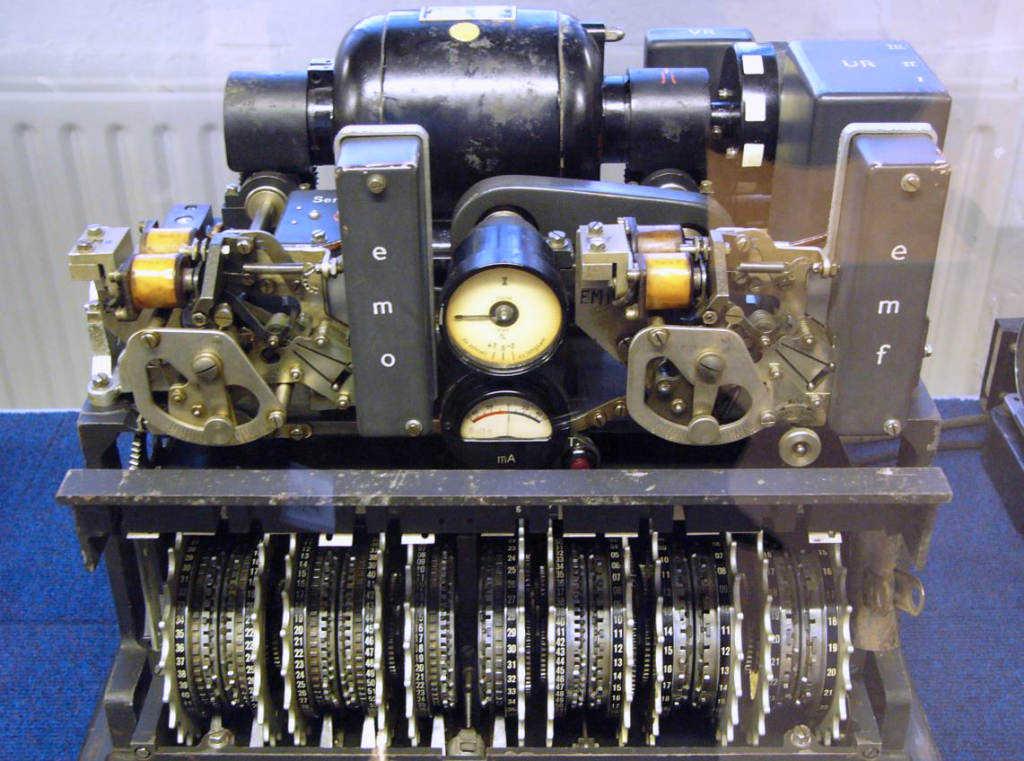
Aliasing is the use of multiple names for the same data location.

More sophisticated cryptographic systems, such as anonymous digital credentials, enable users to communicate pseudonymously (i. e., by identifying themselves by means of pseudonyms).
In well-defined abuse cases, a designated authority may be able to revoke the pseudonyms and reveal the individuals’ real identity.
Use of pseudonyms is common among professional e-sports players, despite the fact that many professional games are played on LAN.

Pseudonymity has become an important phenomenon on the Internet and other computer networks.
In computer networks, pseudonyms possess varying degrees of anonymity, ranging from highly linkable public pseudonyms (the link between the pseudonym and a human being is publicly known or easy to discover), potentially linkable non-public pseudonyms (the link is known to system operators but is not publicly disclosed), and unlinkable pseudonyms (the link is not known to system operators and cannot be determined).
For example, a true anonymous remailer enables Internet users to establish unlinkable pseudonyms.

Those that employ non-public pseudonyms (such as the now-defunct Penet remailer) are called pseudonymous remailers.
The Penet remailer (anon.penet.fi) was a pseudonymous remailer operated by Johan “Julf” Helsingius of Finland from 1993 to 1996.
Its initial creation stemmed from an argument in a Finnish newsgroup over whether people should be required to tie their real name to their online communications.
Julf believed that people should not — indeed, could not — be required to do so.
In his own words:
“Some people from a university network really argued about if everybody should put their proper name on the messages and everybody should be accountable, so you could actually verify that it is the person who is sending the messages.
And I kept arguing that the Internet just doesn’t work that way, and if somebody actually tries to enforce that, the Internet will always find a solution around it.
And just to prove my point, I spent two days or something cooking up the first version of the server, just to prove a point.“

Julf’s remailer worked by receiving an e-mail from a person, stripping away all the technical information that could be used to identify the original source of the e-mail, and then remailing the message to its final destination.
The result provided Internet users with the ability to send e-mail messages and post to Usenet newsgroups without revealing their identities.

In addition, the Penet remailer used a type of “post office box” system in which users could claim their own anonymous e-mail addresses of the form anxxxxx@anon.penet.fi, allowing them to assign pseudonymous identities to their anonymous messages, and to receive messages sent to their (anonymous) e-mail addresses.
While the basic concept was effective, the Penet remailer had several vulnerabilities which threatened the anonymity of its users.
Chief among them was the need to store a list of real e-mail addresses mapped to the corresponding anonymous e-mail addresses on the server.
A potential attacker needed only to access that list to compromise the identities of all of Penet’s users.
The Penet remailer was on two occasions required by the legal system in Finland (the country where the Penet server hardware resided) to turn over the real e-mail address that was mapped to an anonymous e-mail address.
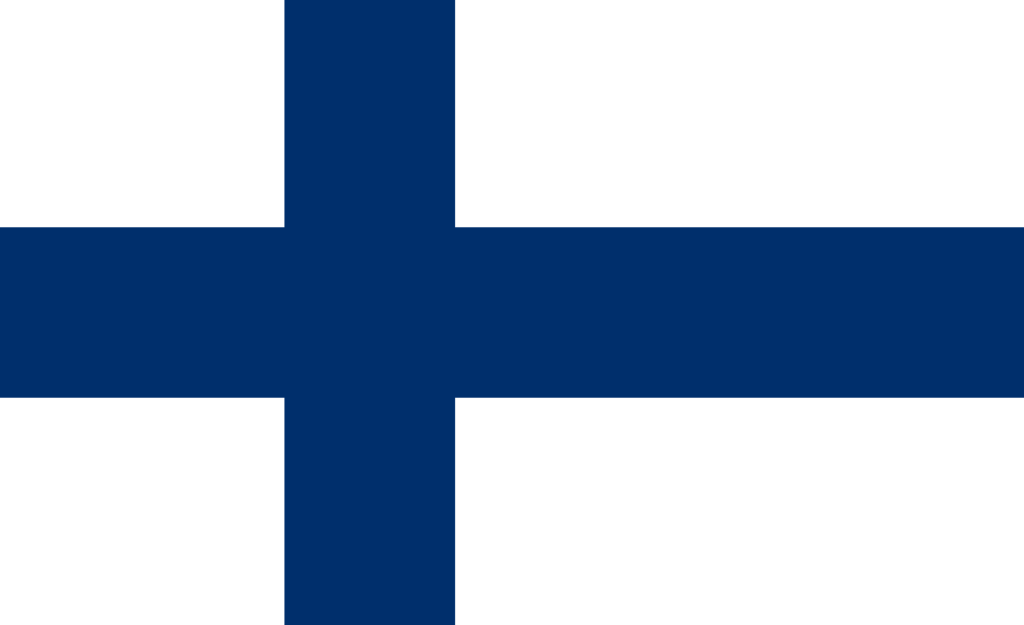
Another potential vulnerability was that messages sent to and from the remailer were all sent in cleartext, making it vulnerable to electronic eavesdropping.
Despite its relatively weak security, the Penet remailer was a hugely popular remailer owing to its ease of anonymous account set-up and use compared to more secure but less user-friendly remailers, and had over 700,000 registered users at the time of its shutdown in September 1996.

The continuum of unlinkability can also be seen, in part, on Wikipedia.
Some registered users make no attempt to disguise their real identities (for example, by placing their real name on their user page).
The pseudonym of unregistered users is their IP address, which can, in many cases, easily be linked to them.
Other registered users prefer to remain anonymous, and do not disclose identifying information.
However, in certain cases, Wikipedia’s privacy policy permits system administrators to consult the server logs to determine the IP address, and perhaps the true name, of a registered user.
It is possible, in theory, to create an unlinkable Wikipedia pseudonym by using an open proxy, a Web server that disguises the user’s IP address, but most open proxy addresses are blocked indefinitely due to their frequent use by vandals.
Additionally, Wikipedia’s public record of a user’s interest areas, writing style, and argumentative positions may still establish an identifiable pattern.
System operators (sysops) at sites offering pseudonymity, such as Wikipedia, are not likely to build unlinkability into their systems, as this would render them unable to obtain information about abusive users quickly enough to stop vandalism and other undesirable behaviors.

Law enforcement personnel, fearing an avalanche of illegal behavior, are equally unenthusiastic.
Still, some users and privacy activists, like the American Civil Liberties Union (ACLU), believe that Internet users deserve stronger pseudonymity so that they can protect themselves against identity theft, illegal government surveillance, stalking, and other unwelcome consequences of Internet use (including unintentional disclosures of their personal information and doxing).

Their views are supported by laws in some nations (such as Canada) that guarantee citizens a right to speak using a pseudonym.
This right does not, however, give citizens the right to demand publication of pseudonymous speech on equipment they do not own.
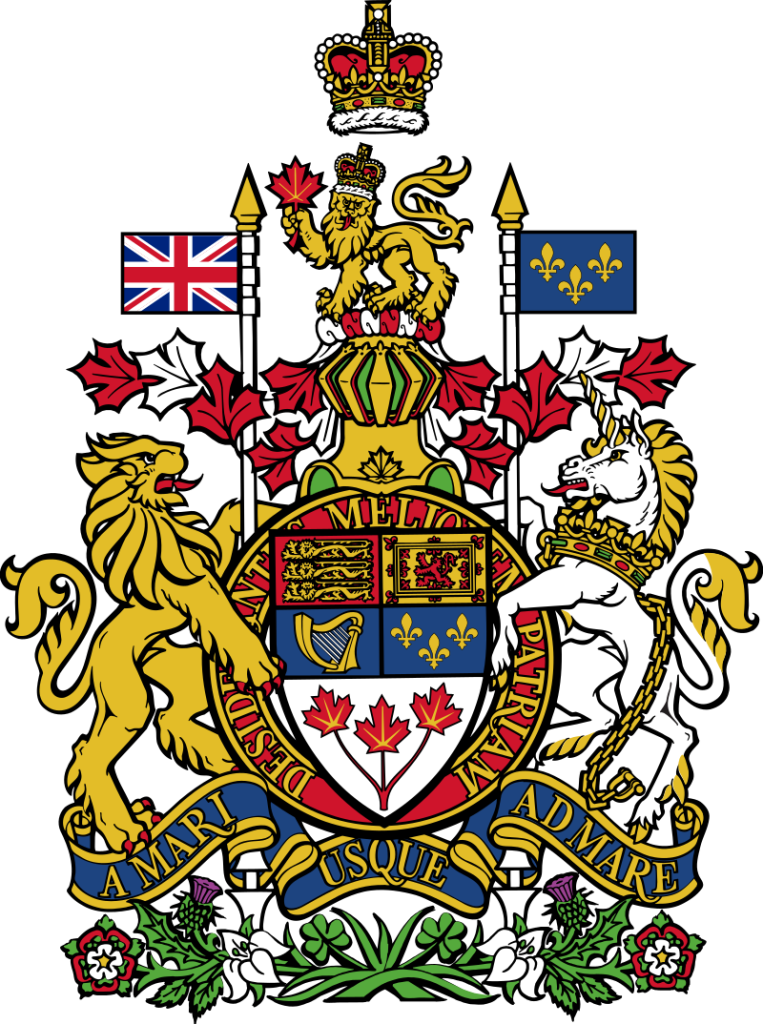
Most Web sites that offer pseudonymity retain information about users.
These sites are often susceptible to unauthorized intrusions into their non-public database systems.
For example, in 2000, a Welsh teenager obtained information about more than 26,000 credit card accounts, including that of Bill Gates.

In 2003, VISA and MasterCard announced that intruders obtained information about 5.6 million credit cards.
Sites that offer pseudonymity are also vulnerable to confidentiality breaches.

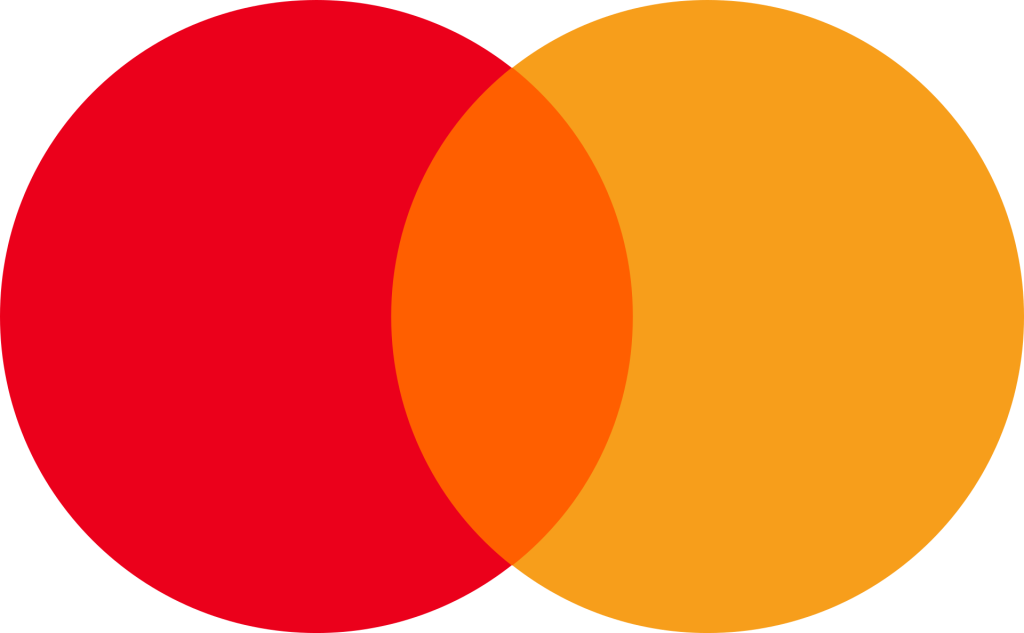
In a study of a Web dating service and a pseudonymous remailer, University of Cambridge researchers discovered that the systems used by these Web sites to protect user data could be easily compromised, even if the pseudonymous channel is protected by strong encryption.
Typically, the protected pseudonymous channel exists within a broader framework in which multiple vulnerabilities exist.
Pseudonym users should bear in mind that, given the current state of Web security engineering, their true names may be revealed at any time.
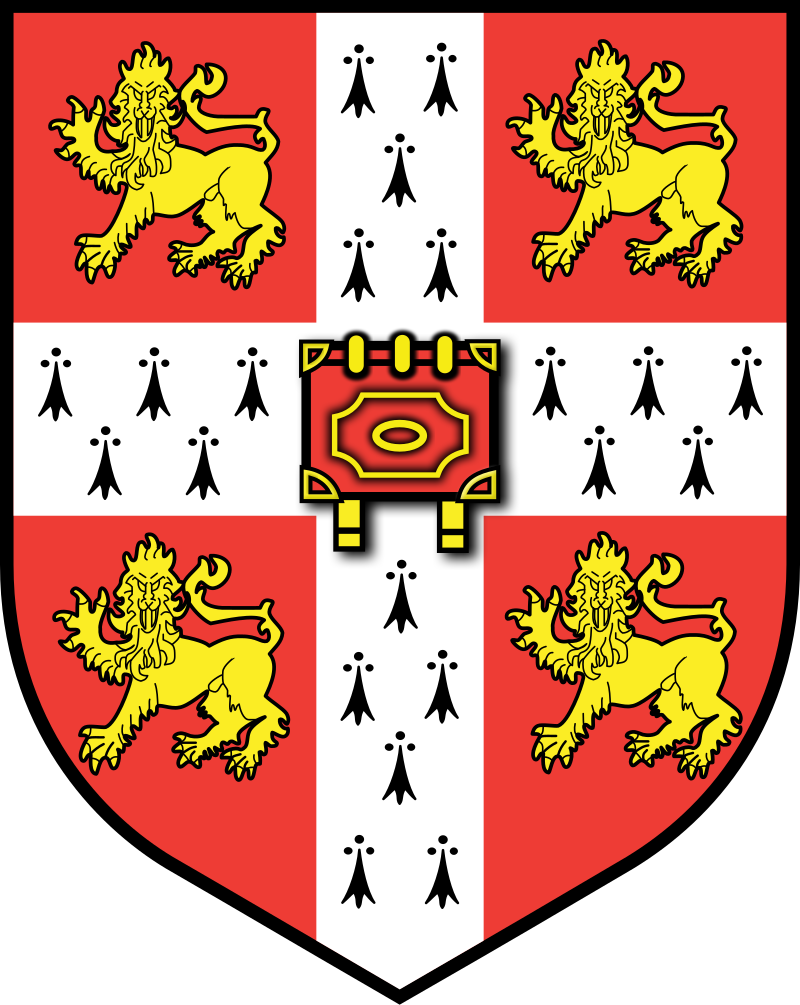
Pseudonymity is an important component of the reputation systems found in online auction services (such as eBay), discussion sites (such as Slashdot), and collaborative knowledge development sites (such as Wikipedia).
A pseudonymous user who has acquired a favorable reputation gains the trust of other users.
When users believe that they will be rewarded by acquiring a favourable reputation, they are more likely to behave in accordance with the site’s policies.


If users can obtain new pseudonymous identities freely or at a very low cost, reputation-based systems are vulnerable to whitewashing attacks, also called serial pseudonymity, in which abusive users continuously discard their old identities and acquire new ones in order to escape the consequences of their behavior:
“On the Internet, nobody knows that yesterday you were a dog, and therefore should be in the doghouse today.“

Users of Internet communities who have been banned only to return with new identities are called sock puppets.
Whitewashing is one specific form of Sybil attack on distributed systems.
The Sybil attack in computer security is an attack wherein a reputation system is subverted by creating multiple identities
The social cost of cheaply discarded pseudonyms is that experienced users lose confidence in new users, and may subject new users to abuse until they establish a good reputation.
System operators may need to remind experienced users that most newcomers are well-intentioned.
Concerns have also been expressed about sock puppets exhausting the supply of easily remembered usernames.

In addition a recent research paper demonstrated that people behave in a potentially more aggressive manner when using pseudonyms/nicknames (due to the online distribution effect) as opposed to being completely anonymous.
In contrast, research by the blog comment hosting service Disqus found pseudonymous users contributed the “highest quantity and quality of comments“, where “quality” is based on an aggregate of likes, replies, flags, spam reports, and comment deletions, and found that users trusted pseudonyms and real names equally.

Researchers at the University of Cambridge showed that pseudonymous comments tended to be more substantive and engaged with other users in explanations, justifications, and chains of argument, and less likely to use insults, than either fully anonymous or real name comments.

Proposals have been made to raise the costs of obtaining new identities, such as by charging a small fee or requiring e-mail confirmation.
Academic research has proposed cryptographic methods to pseudonymize social media identities or government-issued identities, to accrue and use anonymous reputation in online forums, or to obtain one-per-person and hence less readily-discardable pseudonyms periodically at physical-world pseudonym parties.
Others point out that Wikipedia’s success is attributable in large measure to its nearly non-existent initial participation costs.
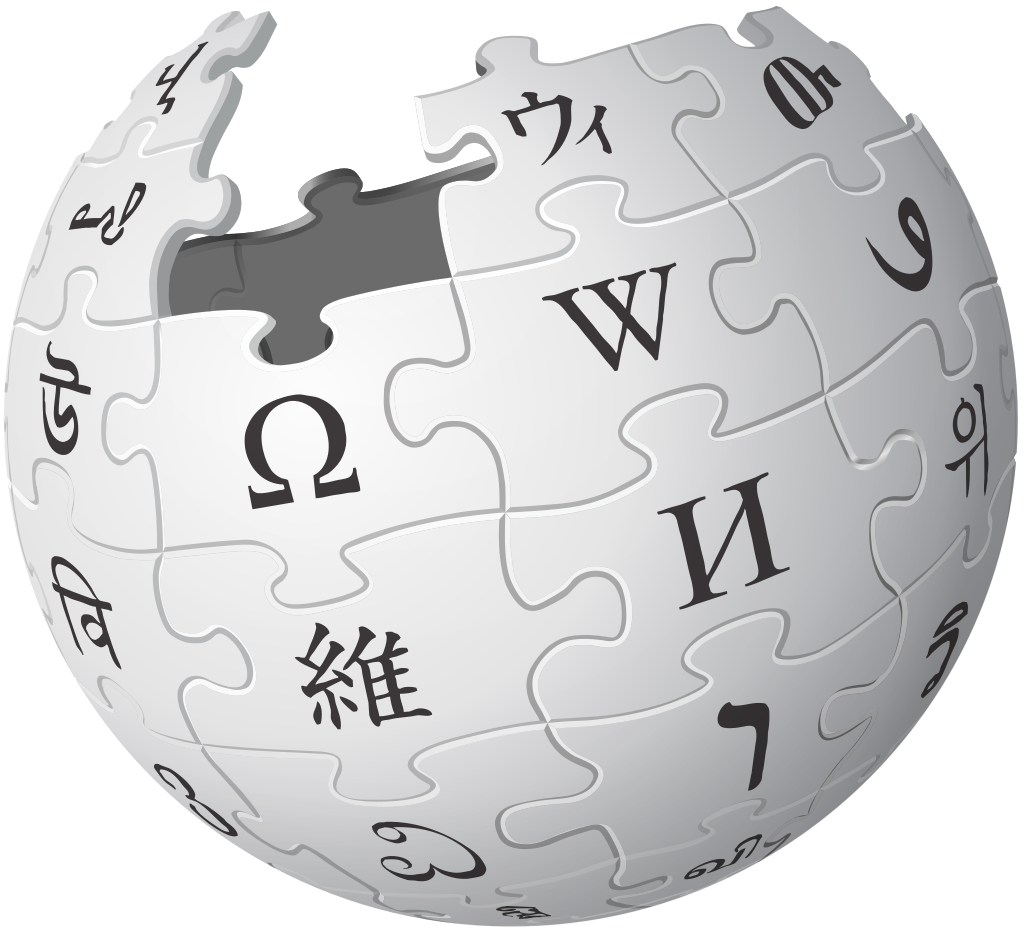
People seeking privacy often use pseudonyms to make appointments and reservations.
Those writing to advice columns in newspapers and magazines may use pseudonyms.
Steve Wozniak used a pseudonym when attending the University of California (Berkeley) after co-founding Apple Computer, because “he knew he wouldn’t have time enough to be an A+ student“.

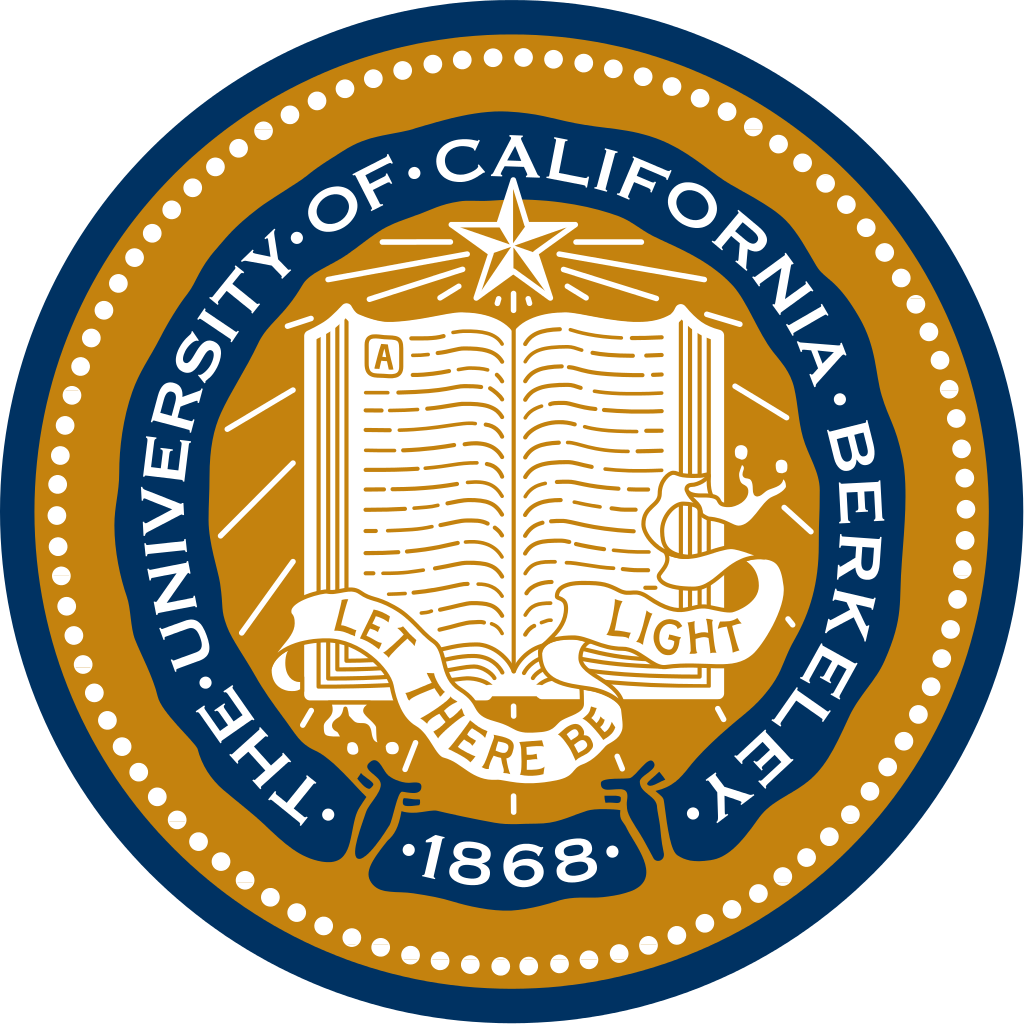

When used by an actor, musician, radio disc jockey, model, or other performer or “show business” personality a pseudonym is called a stage name, or, occasionally, a professional name, or screen name.
Members of a marginalized ethnic or religious group have often adopted stage names, typically changing their surname or entire name to mask their original background.
Stage names are also used to create a more marketable name, as in the case of Creighton Tull Chaney, who adopted the pseudonym Lon Chaney, Jr., a reference to his famous father Lon Chaney, Sr.
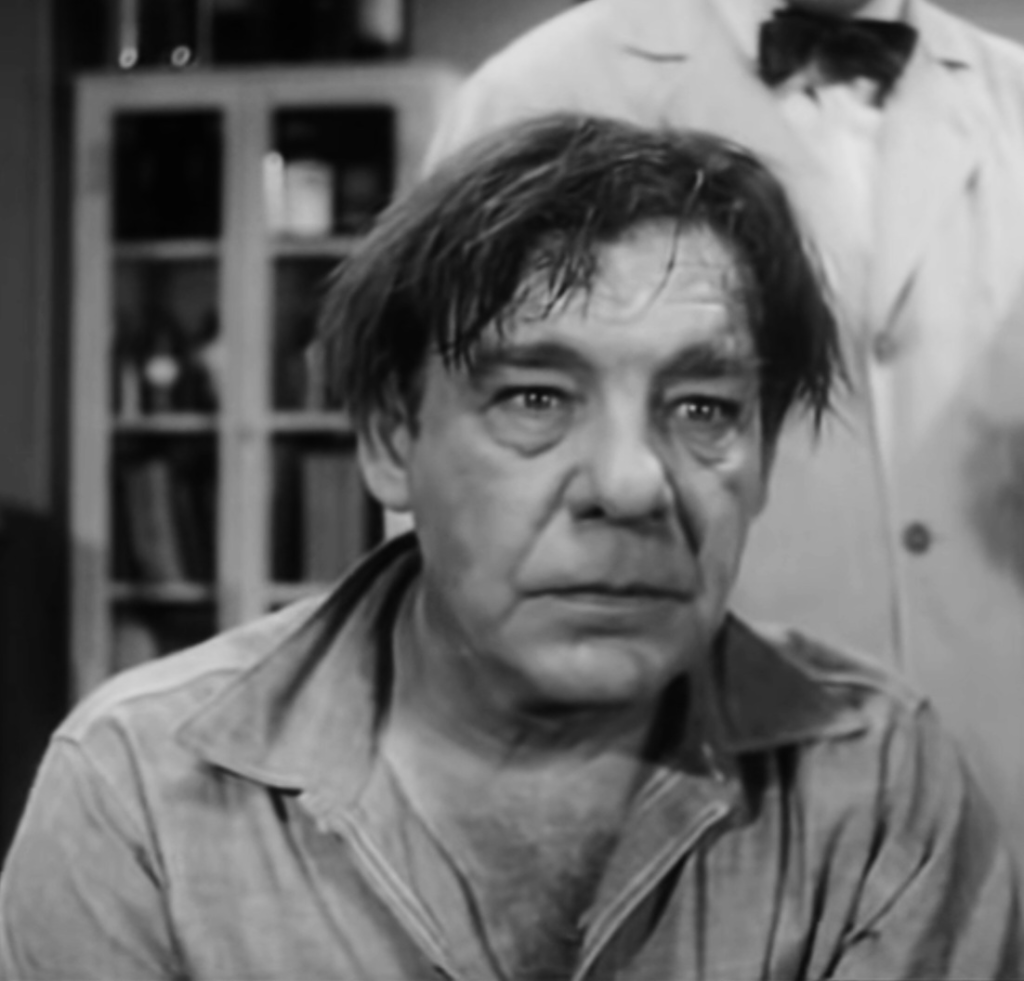

Chris Curtis of Deep Purple fame was christened as Christopher Crummey (“crumby” is UK slang for poor quality).
In this and similar cases a stage name is adopted simply to avoid an unfortunate pun.

Pseudonyms are also used to comply with the rules of performing arts guilds (Screen Actors Guild (SAG), Writers Guild of America (WGA), AFTRA, etc.), which do not allow performers to use an existing name, in order to avoid confusion.


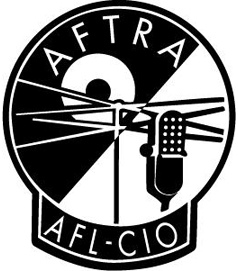
Above: Logo of the American Federation of Television and Radio Artists of the American Federation of Labor – Congress of Industrial Organizations
For example, these rules required film and television actor Michael Fox to add a middle initial and become Michael J. Fox, to avoid being confused with another actor named Michael Fox.
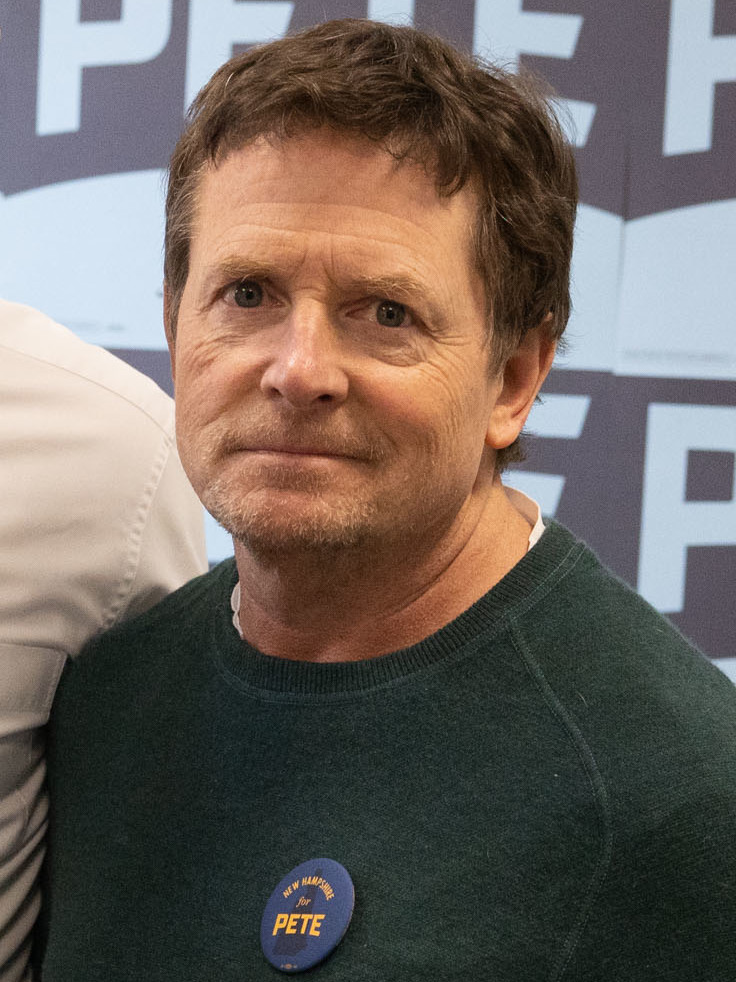

This was also true of author and actress Fannie Flagg, who chose this pseudonym.
Her real name, Patricia Neal, being the name of another well-known actress.

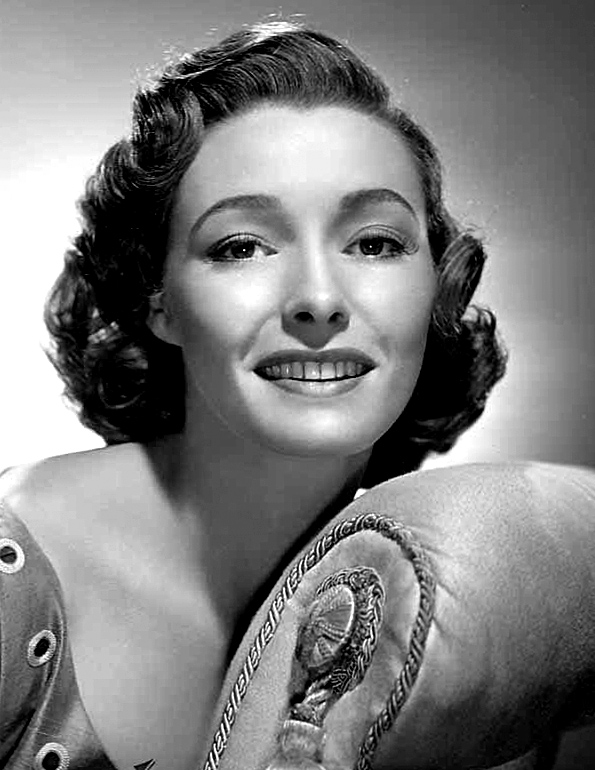
British actor Stewart Granger’s real name was James Stewart.


The film-making team of Joel and Ethan Coen, for instance, share credit for editing under the alias Roderick Jaynes.
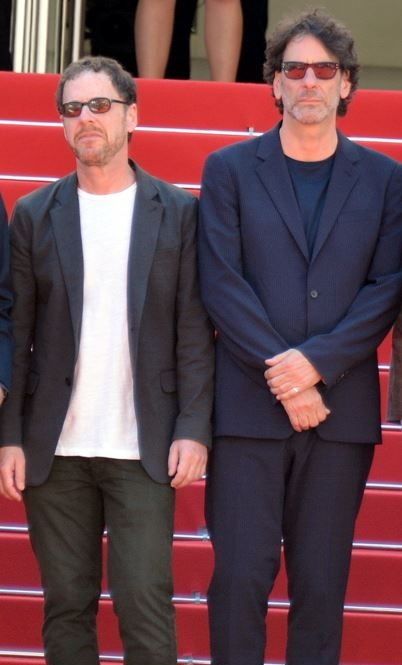
Some stage names are used to conceal a person’s identity, such as the pseudonym Alan Smithee, which was used by directors in the Directors Guild of America (DGA) to remove their name from a film they feel was edited or modified beyond their artistic satisfaction.

In theatre, the pseudonyms George or Georgina Spelvin, and Walter Plinge are used to hide the identity of a performer, usually when he or she is “doubling” (playing more than one role in the same play).
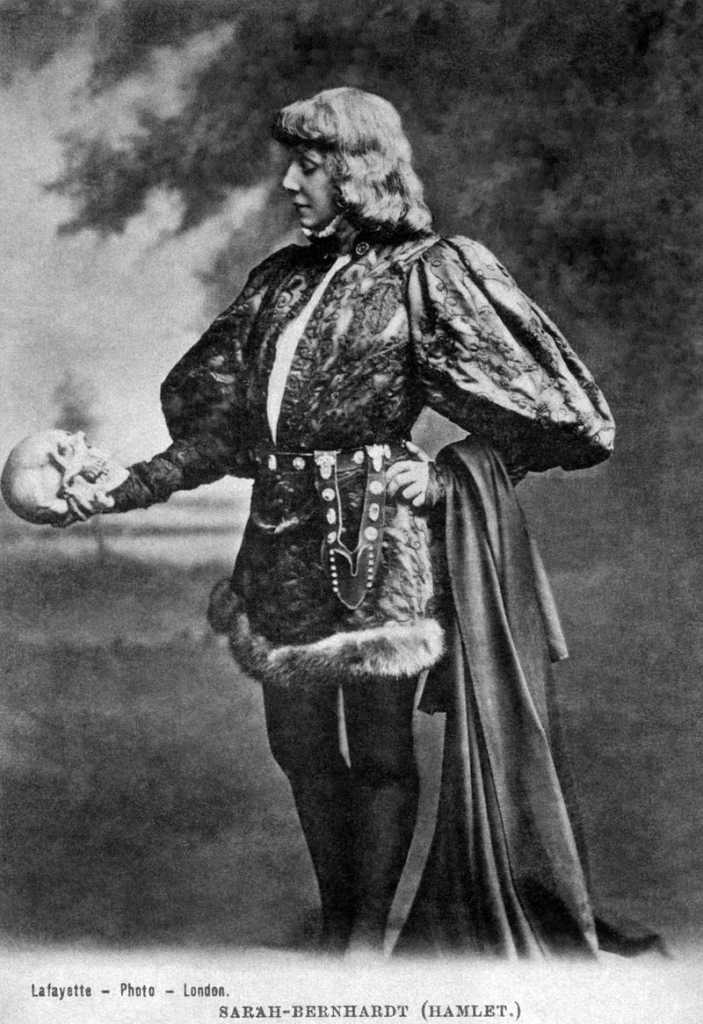
David Agnew was a name used by the BBC to conceal the identity of a scriptwriter, such as for the Doctor Who serial “City of Death“, which had three writers, including Douglas Adams, who was at the time of writing the show’s script editor.





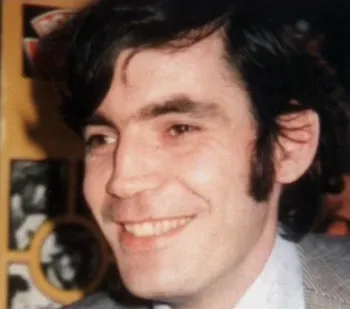
In another Doctor Who serial, “The Brain of Morbius“, writer Terrance Dicks demanded the removal of his name from the credits saying it could go out under a “bland pseudonym“.
This ended up as Robin Bland.

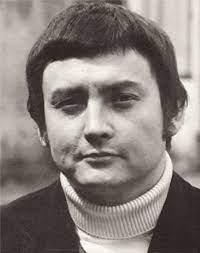
Musicians and singers can use pseudonyms to allow artists to collaborate with artists on other labels while avoiding the need to gain permission from their own labels, such as the artist Jerry Samuels, who made songs under Napoleon XIV.
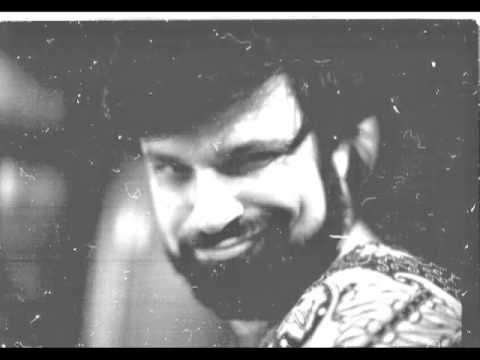
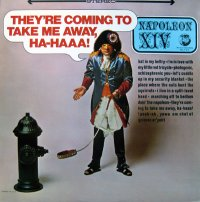
Rock singer-guitarist George Harrison, for example, played guitar on Cream’s song “Badge” using a pseudonym.
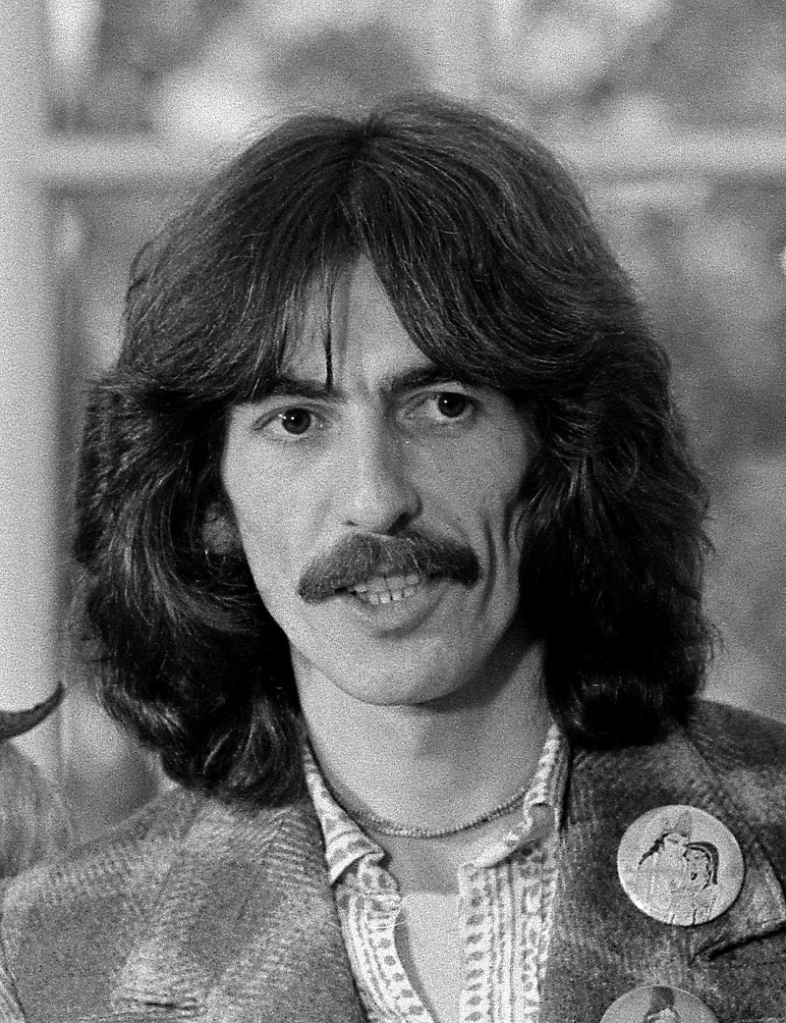
In classical music, some record companies issued recordings under a nom de disque in the 1950s and 1960s to avoid paying royalties.
A number of popular budget LPs of piano music were released under the pseudonym Paul Procopolis.

Another example is that Paul McCartney used his fictional name “Bernerd Webb” for Peter and Gordon’s song “Woman“.
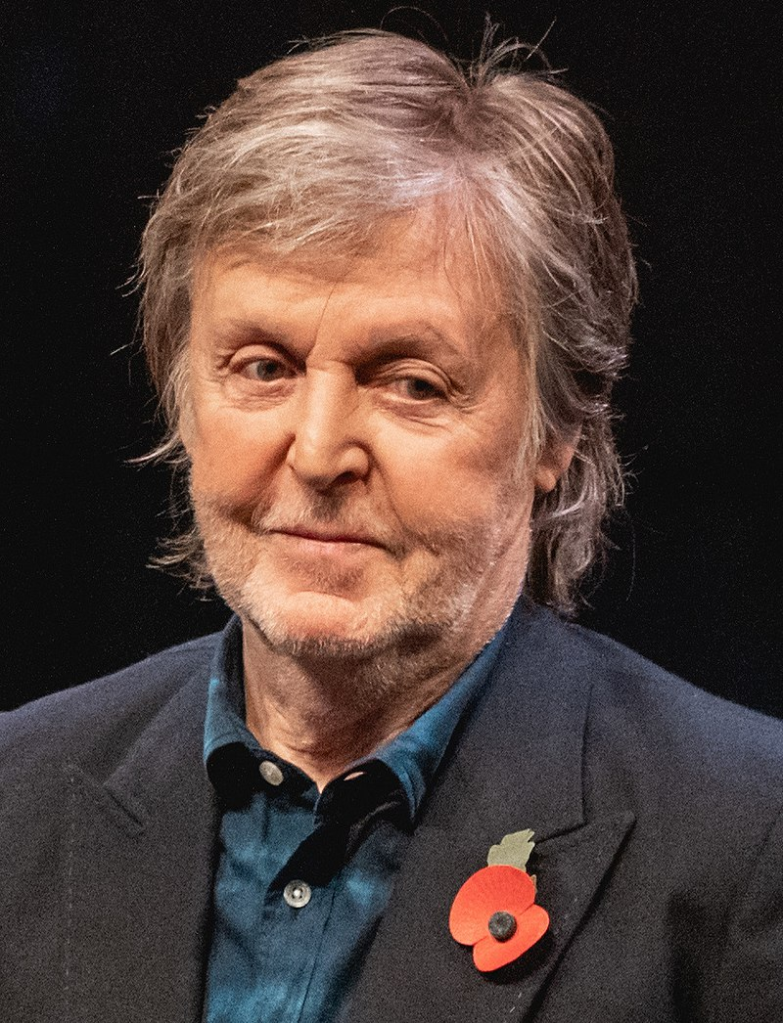
Pseudonyms are used as stage names in heavy metal bands, such as:
- Tracii Guns in LA Guns
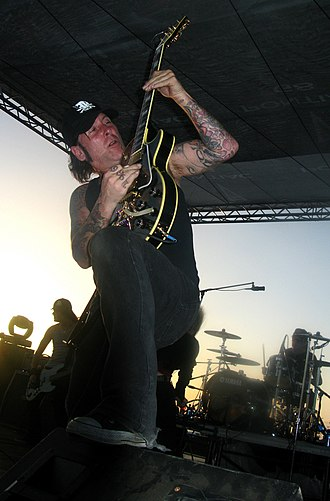
- Axl Rose and Slash in Guns N’ Roses

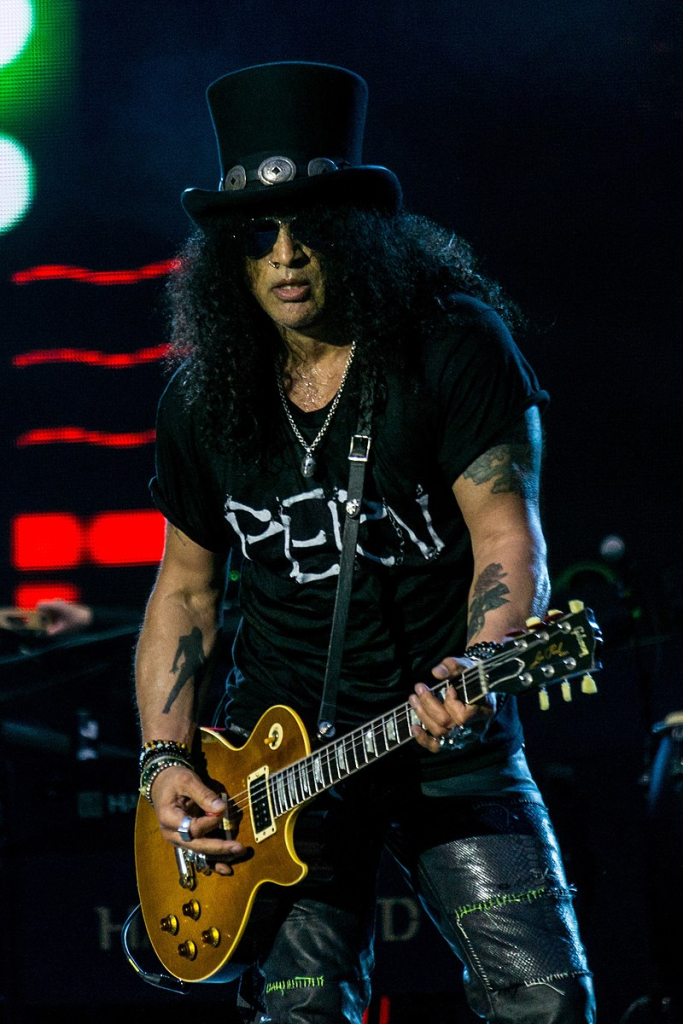
- Mick Mars in Mötley Crüe
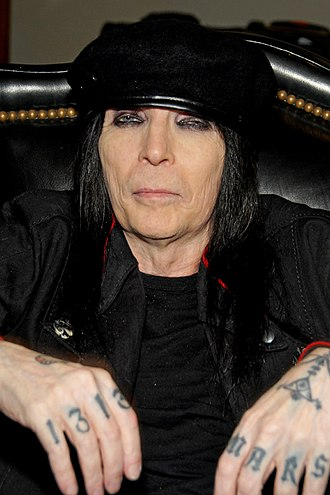
- Dimebag Darrell in Pantera
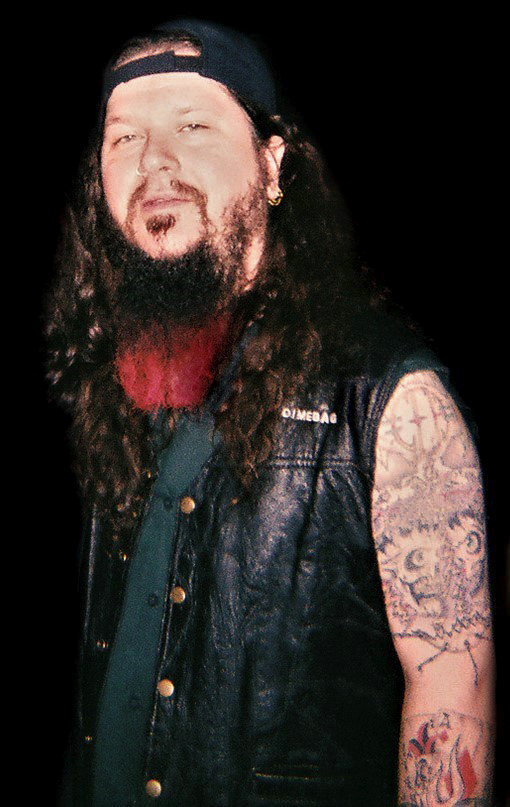
- C.C. Deville in Poison
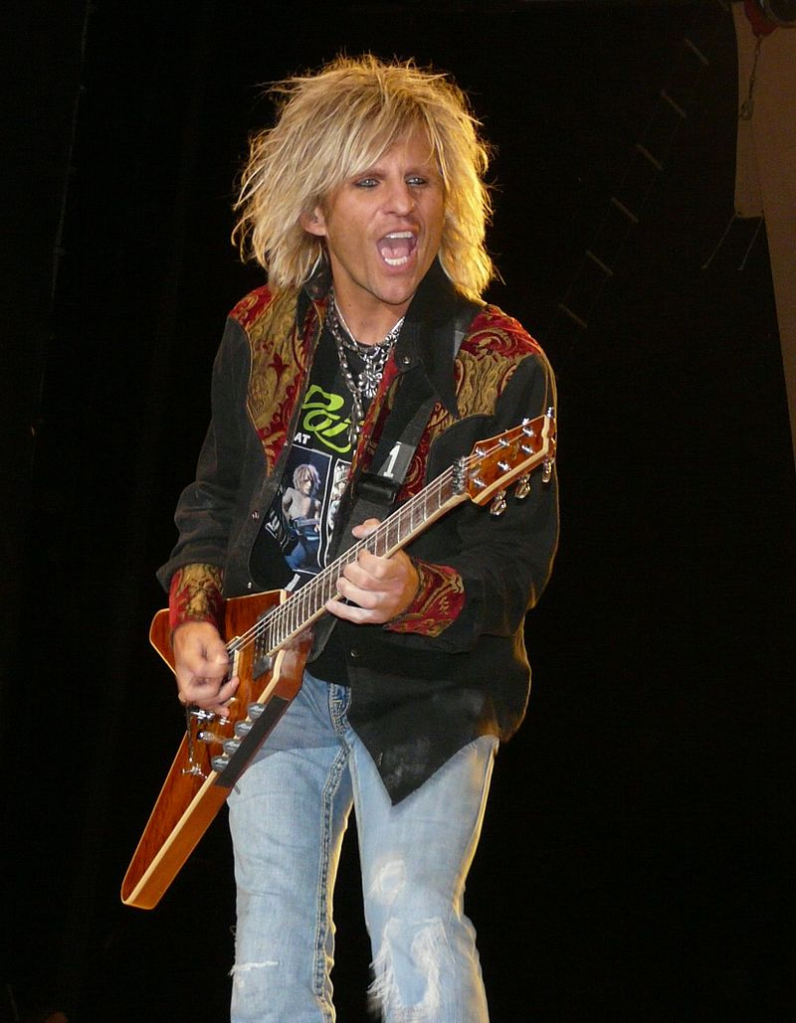
Some such names have additional meanings, like that of Brian Hugh Warner, more commonly known as Marilyn Manson:

Marilyn coming from Marilyn Monroe and Manson from convicted serial killer Charles Manson.
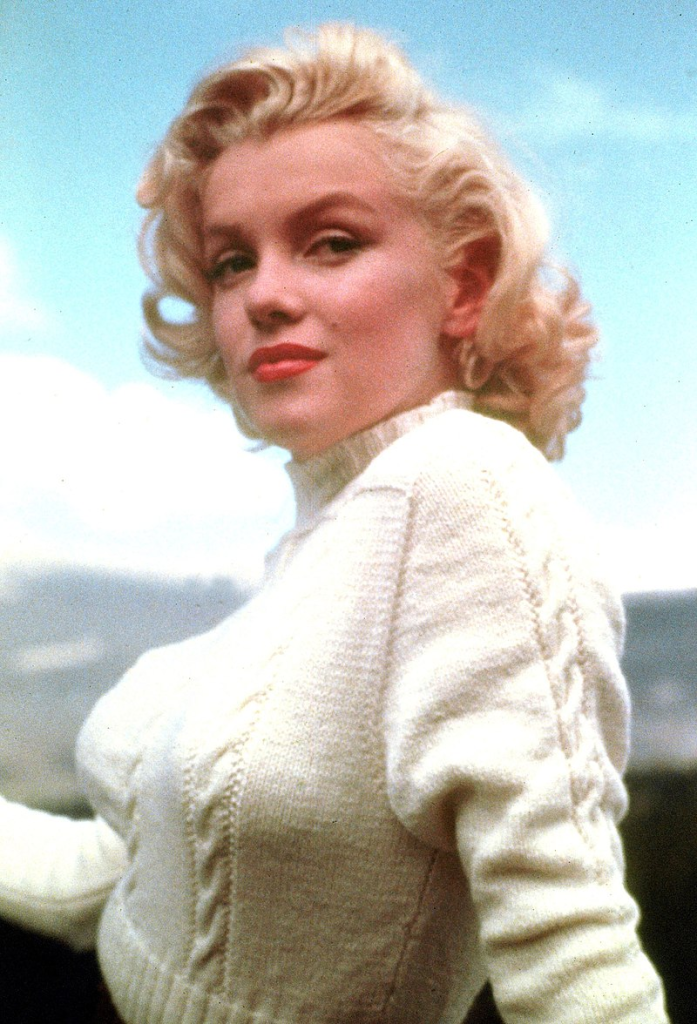
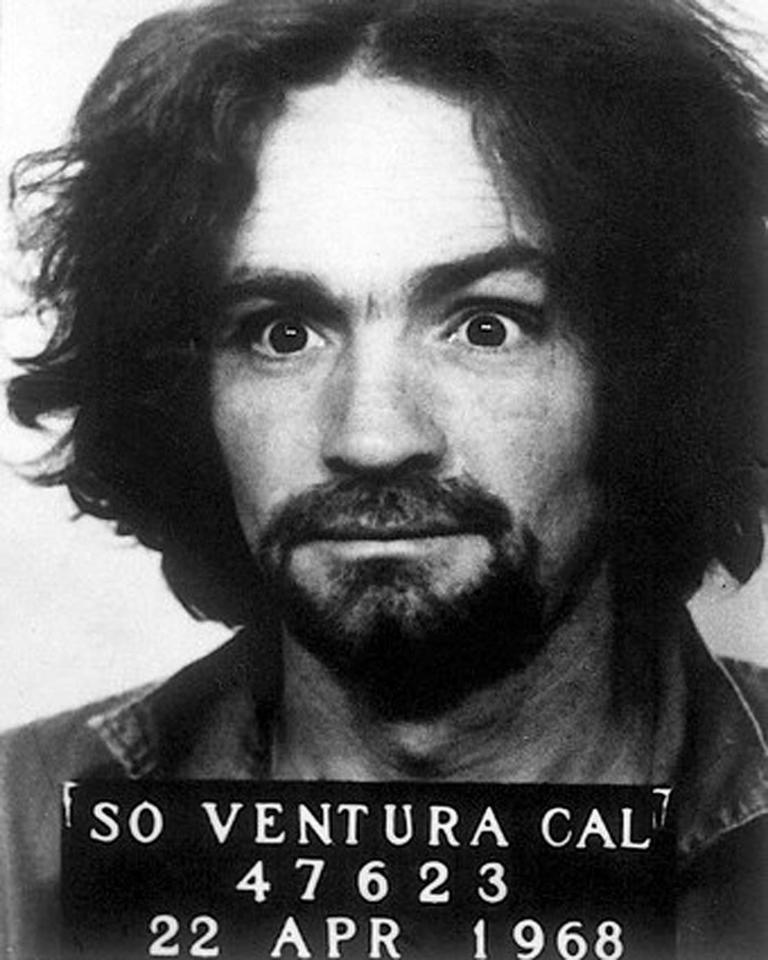
Jacoby Shaddix of Papa Roach went under the name “Coby Dick” during the Infest era.
He changed back to his birth name when lovehatetragedy was released.

David Johansen, front man for the hard rock band New York Dolls, recorded and performed pop and lounge music under the pseudonym Buster Poindexter in the late 1980s and early 1990s.
The music video for Poindexter’s debut single, Hot Hot Hot, opens with a monologue from Johansen where he notes his time with the New York Dolls and explains his desire to create more sophisticated music.
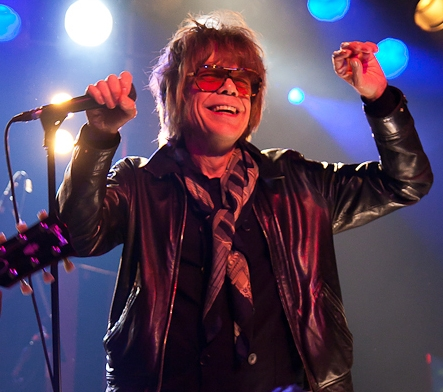
Ross Bagdasarian, Sr., creator of Alvin and the Chipmunks, wrote original songs, arranged and produced the records under his real name, but performed on them as David Seville.
He also wrote songs as Skipper Adams.

Danish pop pianist Bent Fabric, whose full name is Bent Fabricius-Bjerre, wrote his biggest instrumental hit “Alley Cat” as Frank Bjorn.
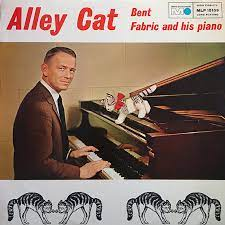
For a time, the musician Prince used an unpronounceable “Love Symbol” as a pseudonym.

(“Prince” is his actual first name rather than a stage name).

He wrote the song “Sugar Walls” for Sheena Easton as “Alexander Nevermind” and “Manic Monday” for the Bangles as “Christopher Tracy“.
(He also produced albums early in his career as “Jamie Starr“.)

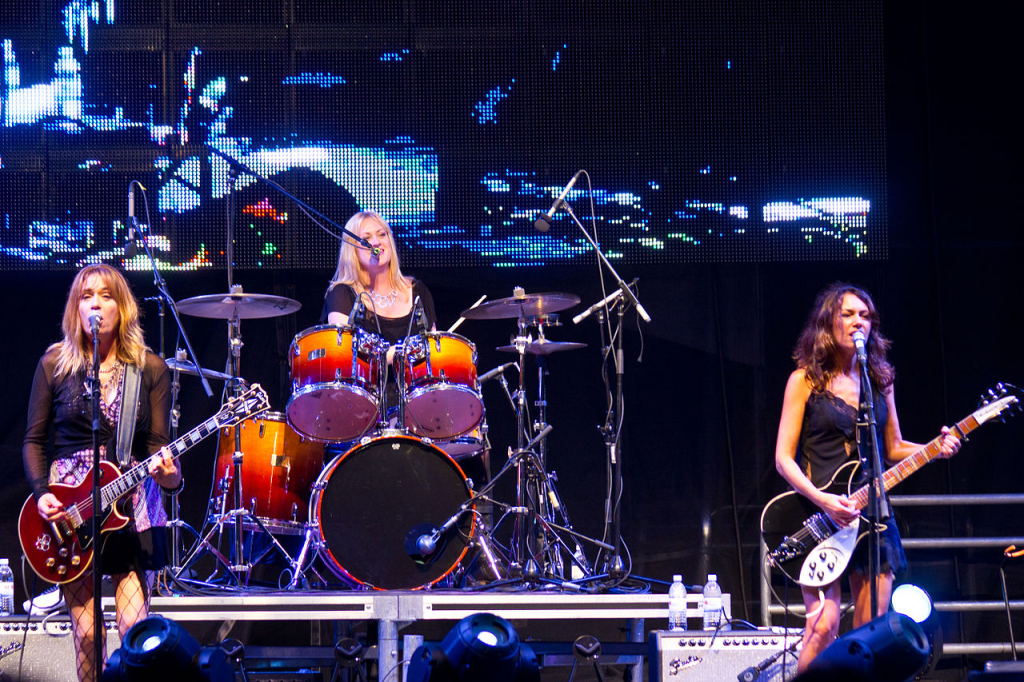
Many Italian-American singers have used stage names, as their birth names were difficult to pronounce or considered too ethnic for American tastes.
Singers changing their names included:
- Dean Martin (born: Dino Paul Crocetti)

- Connie Francis (born: Concetta Franconero)

- Frankie Valli (born: Francesco Castelluccio)

- Tony Bennett (born: Anthony Benedetto)

- Lady Gaga (born: Stefani Germanotta)
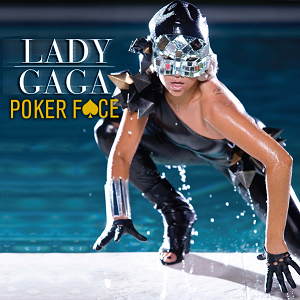
In 2009, the British rock band Feeder briefly changed its name to Renegades so it could play a whole show featuring a set list in which 95% of the songs played were from their forthcoming new album of the same name, with none of their singles included.
Front man Grant Nicholas felt that if they played as Feeder, there would be uproar over him not playing any of the singles, so used the pseudonym as a hint.
A series of small shows were played in 2010, at 250 to 1,000 capacity venues with the plan not to say who the band really are and just announce the shows as if they were a new band.

In many cases, hip-hop and rap artists prefer to use pseudonyms that represents some variation of their name, personality, or interests.
Examples include:
- Iggy Azalea (her stage name is a combination of her dog’s name, Iggy, and her home street in Mullumbimby, Azalea Street)

- Ol’ Dirty Bastard (known under at least six aliases)
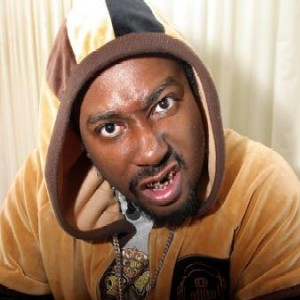
- Diddy (previously known at various times as Puffy, P. Diddy, and Puff Daddy)

- Ludacris

- Flo Rida (whose stage name is a tribute to his home state, Florida)

- British-Jamaican hip-hop artist Stefflon Don (real name: Stephanie Victoria Allen)

- LL Cool J
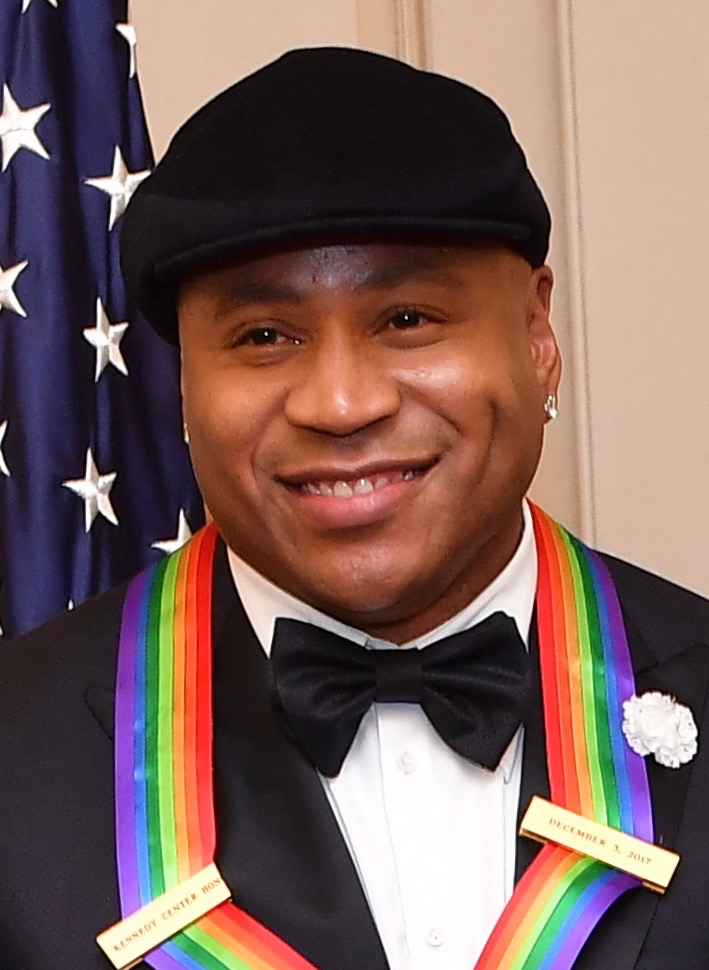
- Chingy

Black metal artists also adopt pseudonyms, usually symbolizing dark values, such as Nocturno Culto, Gaahl, Abbath and Silenoz.
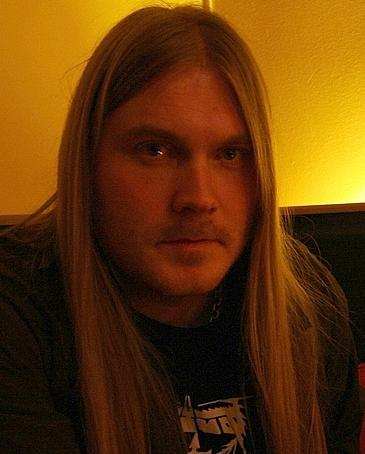
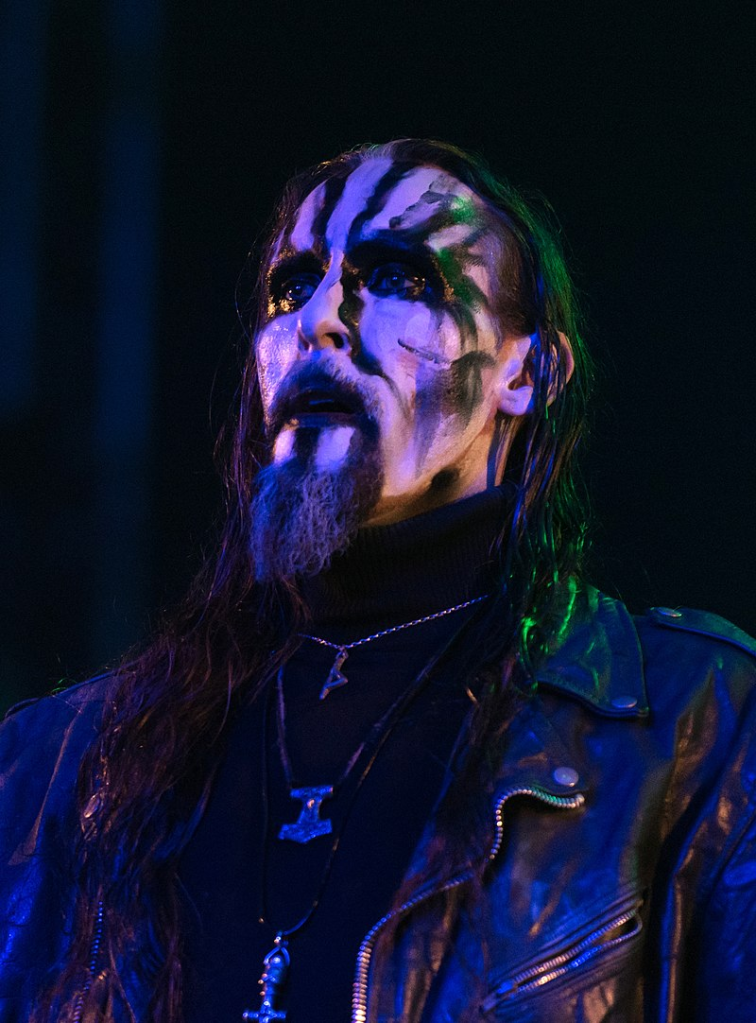

In punk and hardcore punk, singers and band members often replace real names with tougher-sounding stage names, such as Sid Vicious (real name: John Simon Ritchie) of the late 1970s band Sex Pistols and “Rat” of the early 1980s band the Varukers and the 2000s re-formation of Discharge.
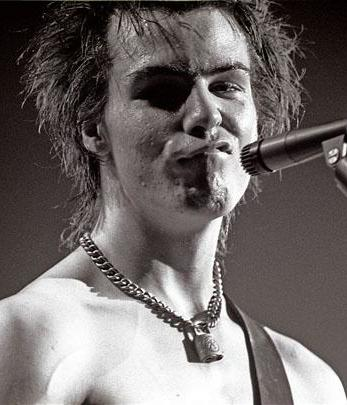
The punk rock band the Ramones had every member take the last name of Ramone.
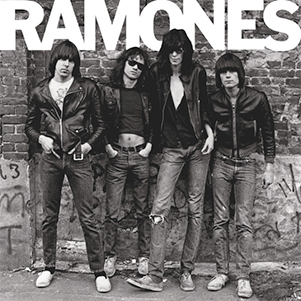
Henry John Deutschendorf Jr., an American singer-songwriter, used the stage name John Denver.

The Australian country musician born Robert Lane changed his name to Tex Morton.
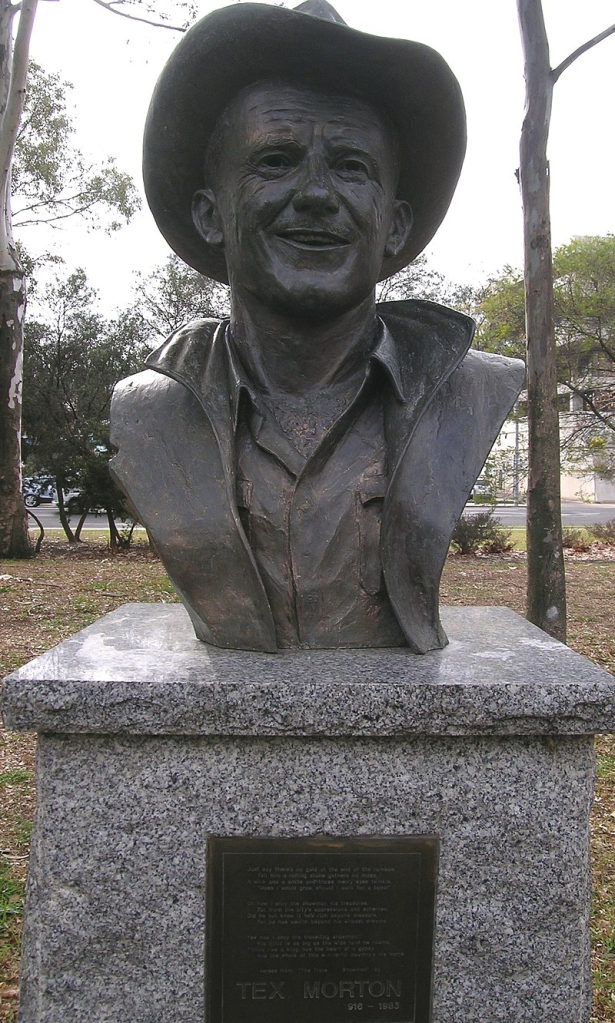
Reginald Kenneth Dwight legally changed his name in 1972 to Elton John.

And here are other questions that bother me.
Does a person exist without a name?
Does the lack of a name deny the corporeal existence of a person?
Would Reginald Dwight have been just as successful under his own name rather than the pseudonym Elton John?

I give my Swiss friend, whose globetrotting adventures I occasionally chronicle, the pseudonym of Swiss Miss in the interest of concealing her identity in an age where women need to protect their public persona from unwanted male attention.
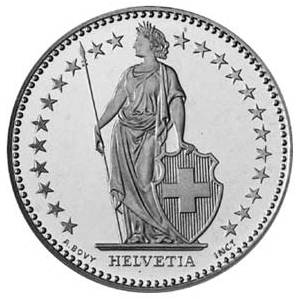
I give myself the pseudonym of Canada Slim, for no other reason than I like the nickname that a trio of people assigned me during and after my hitchhiking adventures in the United States in my 20s.
I have nothing to conceal, for the digital presence under my name of Adam Kerr is carefully considered so as not to offend anyone’s sensibilities too often.
I try not to leave myself too vulnerable to the unscrupulous who seek to use my identity for their own profit.
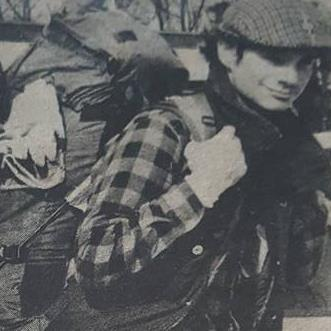
That being said there are far more delicious delights in other people’s accounts than could ever be found in those of an ESL teacher in Turkey.
I am not unduly concerned.

The other issue that concerns me is the subtle whitewashing of historical events.
Hear me out.
Is it certainly a good thing to give a woman credit for her accomplishments?
Absolutely.
Was an authoress’ decision to give herself a male pseudonym a legitimate one considering the fear that she might not have gotten published had she used her feminine name?
Perhaps.
Certainly it would have great had the past accepted women more.

But I fight against altering the past because it does not match the sentiments of the present.
This leaves an Orwellian bad taste in my mouth.

The Ministry of Truth controls information: news, entertainment, education, and the arts.
Winston Smith works in the Records Department, “rectifying” historical records to accord with Big Brother’s current pronouncements so that everything the Party says appears to be true.

It is considered impolite, for example, to suggest that the South were traitors to America, that they fought for states’ rights not based on the Constitution rather than the reality of retaining slaves.

It is unpleasant, but the past is necessarily unpleasant and must be acknowledged as it was and not as we wish it had been.
Otherwise the folly committed has no lessons of wisdom for us in the present.

Without Hiroshima and Nagasaki would the world be less inclined to wage nuclear warfare?

Without the acknowledgement of the horror of the Holocaust would Israel exist and would Germany have grown as a civilized nation because it accepted responsibility for its deeds so as to never allow such horror to arise again there?

Other countries have committed similar atrocities, but the sins of the father can never be extirpated if they are denied.
But if I say it didn’t happen then I am absolved of responsibility?

Certainly the naming of authors bears no horror in comparison to the Holocaust or nuclear annihilation, but where there is similarity is the willingness to admit that the necessity for women authors to give themselves male names existed and that history must somehow be altered so that it appears that this necessity did not exist, so that the past is more politically correct to present sensibilities.

I honestly don’t care who wrote Middlemarch or Indiana if they are books worth reading.
Let Mary Ann or Amantine be George, if that is how they are recognized and remembered.
We know today whose names hid behind George so why is it now necessary to change the names on the books we recognize more with the name George?
Let the writing stand on its own merits rather than on the perception of value assigned to gender names.
Mary Ann Evans was born in Nuneaton, Warwickshire, England.
She was the third child and daughter of a local mill-owner.
She spelled her name differently at different times:
Mary Anne was the spelling used by her father for the baptismal record and she uses this spelling in her earliest letters.
Within her family, however, it was spelled Mary Ann.
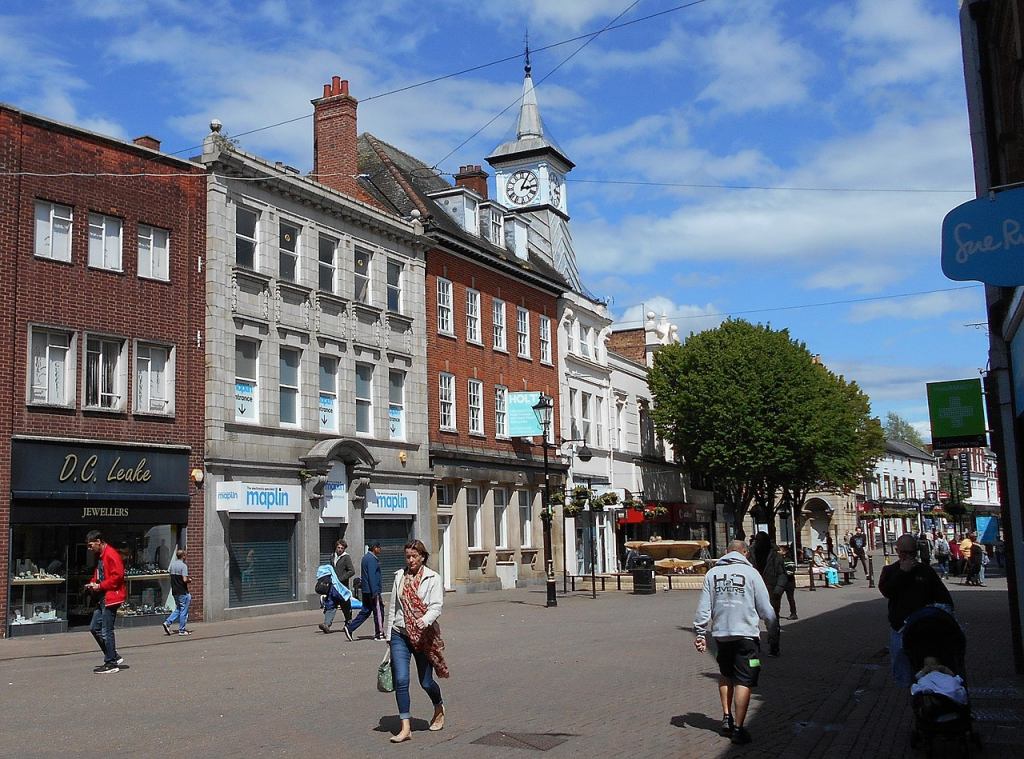
In early 1820 the Evans family moved to a house named Griff House, between Nuneaton and Bedworth.

The young Evans was a voracious reader and obviously intelligent.
Because she was not considered physically beautiful, Evans was not thought to have much chance of marriage, and this, coupled with her intelligence, led her father to invest in an education not often afforded women.
From ages five to nine, she boarded with her sister Chrissey at Miss Latham’s school in Attleborough, from ages 9 to 13 at Mrs. Wallington’s school in Nuneaton, and from ages 13 to 16 at Miss Franklin’s school in Coventry.
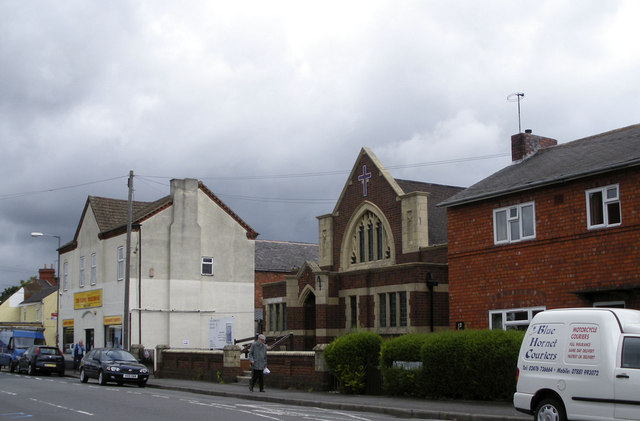
At Mrs. Wallington’s school, she was taught by the evangelical Maria Lewis — to whom her earliest surviving letters are addressed.
In the religious atmosphere of the Misses Franklin’s school, Evans was exposed to a quiet, disciplined belief opposed to evangelicalism.

After age 16, Evans had little formal education.
Thanks to her father’s important role on the estate, she was allowed access to the library of Arbury Hall, which greatly aided her self-education and breadth of learning.
Her classical education left its mark.

Christopher Stray has observed that:
“George Eliot’s novels draw heavily on Greek literature and her themes are often influenced by Greek tragedy“.
Her frequent visits to the estate also allowed her to contrast the wealth in which the local landowner lived with the lives of the often much poorer people on the estate, and different lives lived in parallel would reappear in many of her works.
The other important early influence in her life was religion.
She was brought up within a low church Anglican family, but at that time the Midlands was an area with a growing number of religious dissenters.

In 1836, her mother died and Evans (then 16) returned home to act as housekeeper, but she continued correspondence with her tutor Maria Lewis.
When she was 21, her brother Isaac married and took over the family home, so Evans and her father moved to Foleshill near Coventry.

The closeness to Coventry society brought new influences, most notably those of Charles and Cara Bray.
Charles Bray had become rich as a ribbon manufacturer and had used his wealth in the building of schools and in other philanthropic causes.

Evans, who had been struggling with religious doubts for some time, became intimate friends with the radical, free-thinking Brays, whose “Rosehill” home was a haven for people who held and debated radical views.

The people whom the young woman met at the Brays’ house included Robert Owen, Herbert Spencer, Harriet Martineau and Ralph Waldo Emerson.
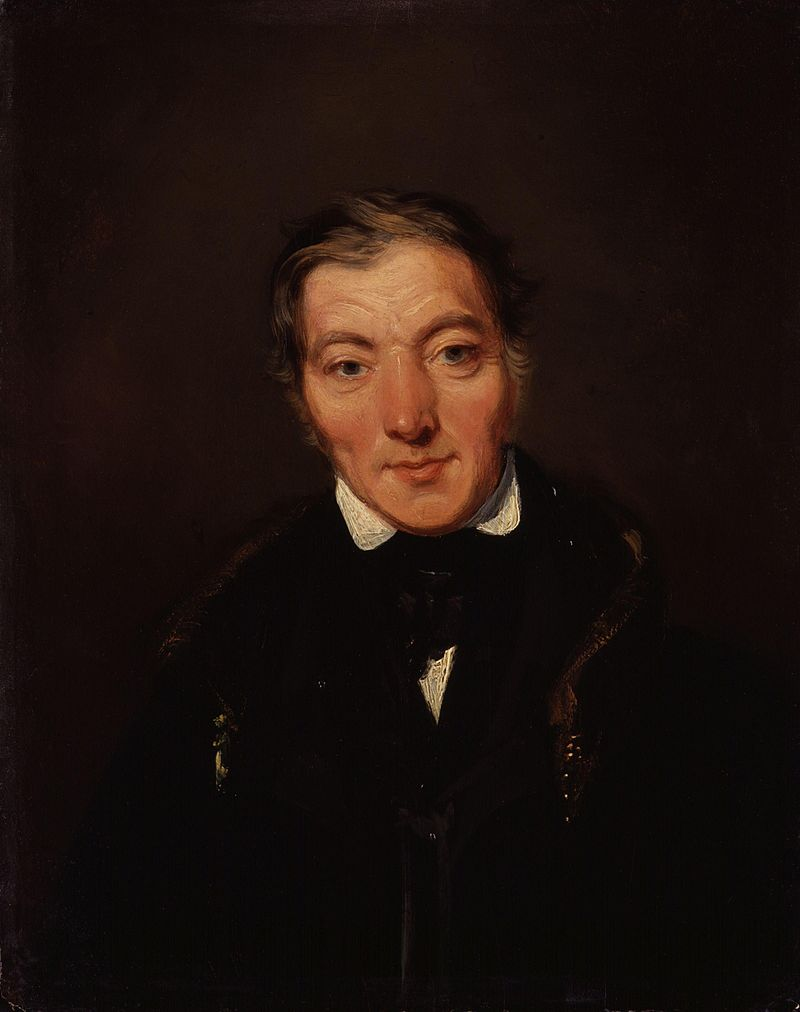

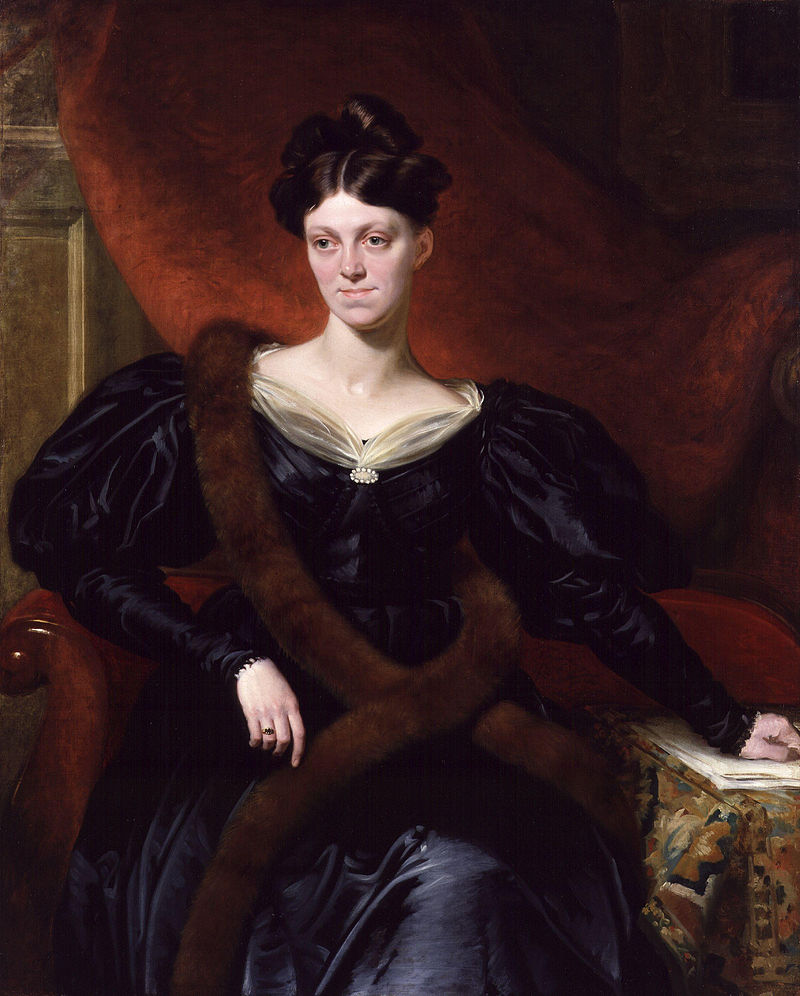

Through this society Evans was introduced to more liberal and agnostic theologies and to writers such as David Strauss and Ludwig Feuerbach, who cast doubt on the literal truth of Biblical texts.
In fact, her first major literary work was an English translation of Strauss’s Das Leben Jesu kritisch bearbeitet as The Life of Jesus, Critically Examined (1846), which she completed after it had been left incomplete by Elizabeth “Rufa” Brabant, another member of the “Rosehill Circle“.
The Strauss book had caused a sensation in Germany by arguing that the miracles in the New Testament were mythical additions with little basis in fact.
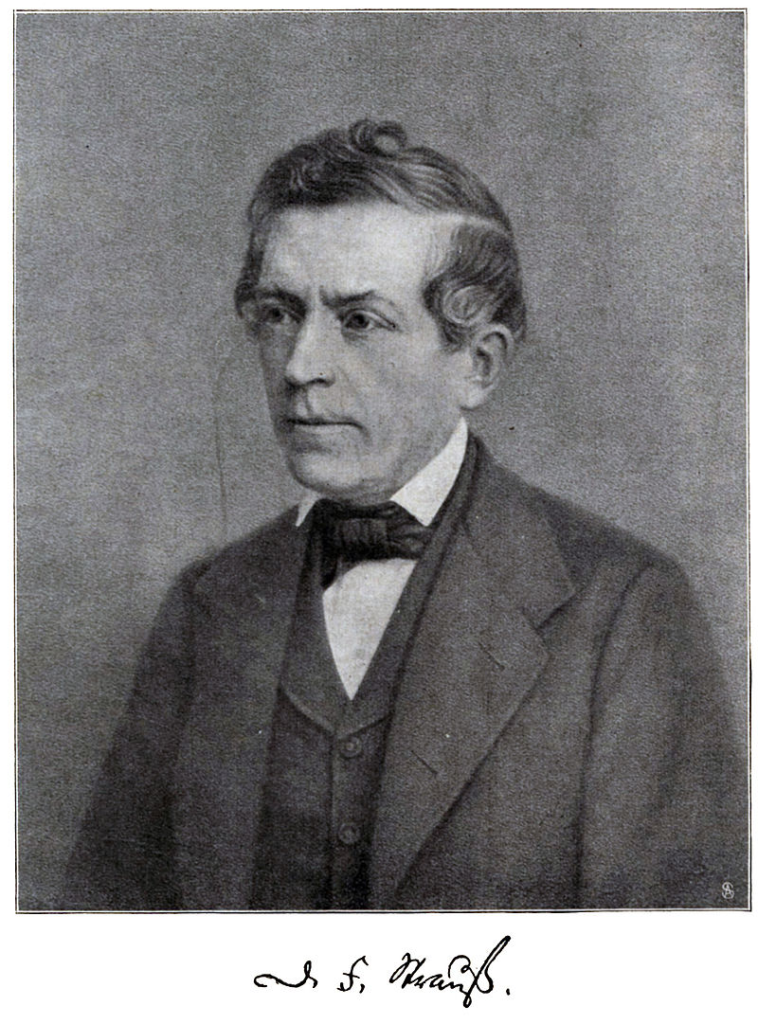
Evans’s translation had a similar effect in England, the Earl of Shaftesbury calling her translation “the most pestilential book ever vomited out of the jaws of hell“.
Later she translated Feuerbach’s The Essence of Christianity (1854).
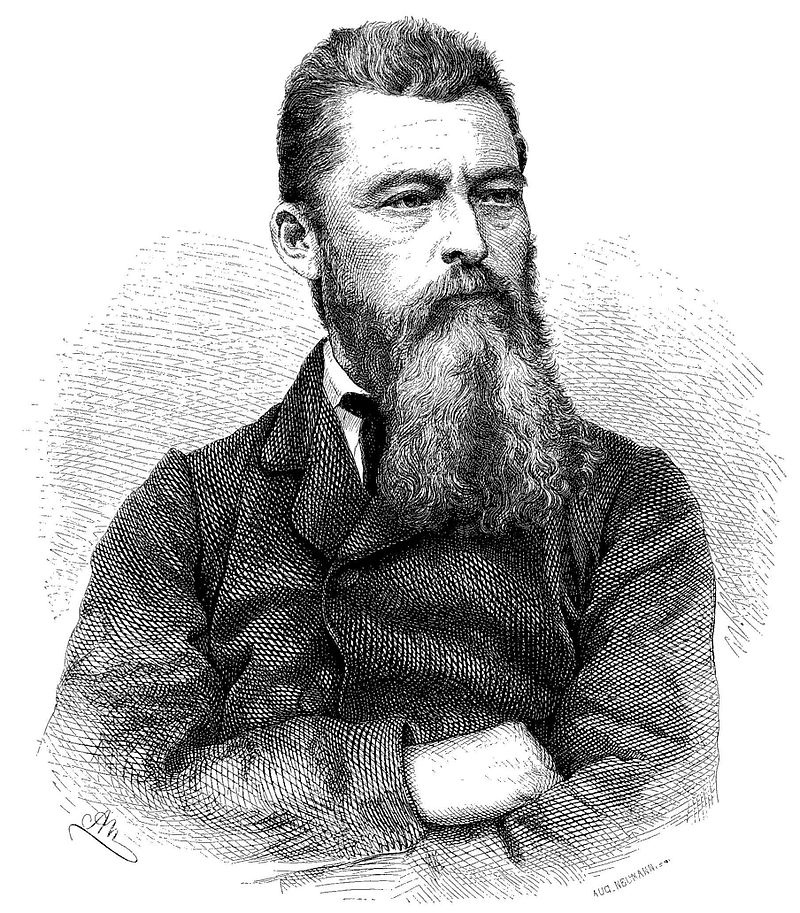
The ideas in these books would have an effect on her own fiction.
As a product of their friendship, Bray published some of Evans’s own earliest writing, such as reviews, in his newspaper the Coventry Herald and Observer.
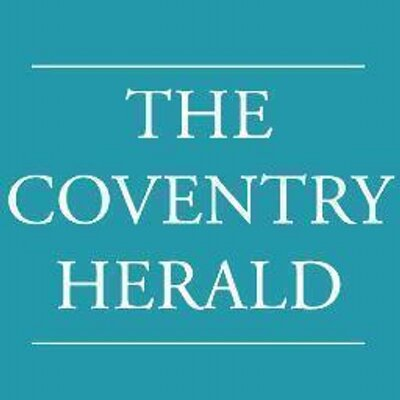
As Evans began to question her own religious faith, her father threatened to throw her out of the house, but his threat was not carried out.
Instead, she respectfully attended church and continued to keep house for him until his death in 1849, when she was 30.
Five days after her father’s funeral, she travelled to Switzerland with the Brays.

She decided to stay on in Geneva alone, living first on the lake at Plongeon (near the present-day United Nations buildings) and then on the second floor of a house owned by her friends François and Juliet d’Albert Durade on the rue de Chanoines (now the rue de la Pelisserie).
She commented happily that “one feels in a downy nest high up in a good old tree“.
Her stay is commemorated by a plaque on the building.
While residing there, she read avidly and took long walks in the beautiful Swiss countryside, which was a great inspiration to her.
François Durade painted her portrait there as well.
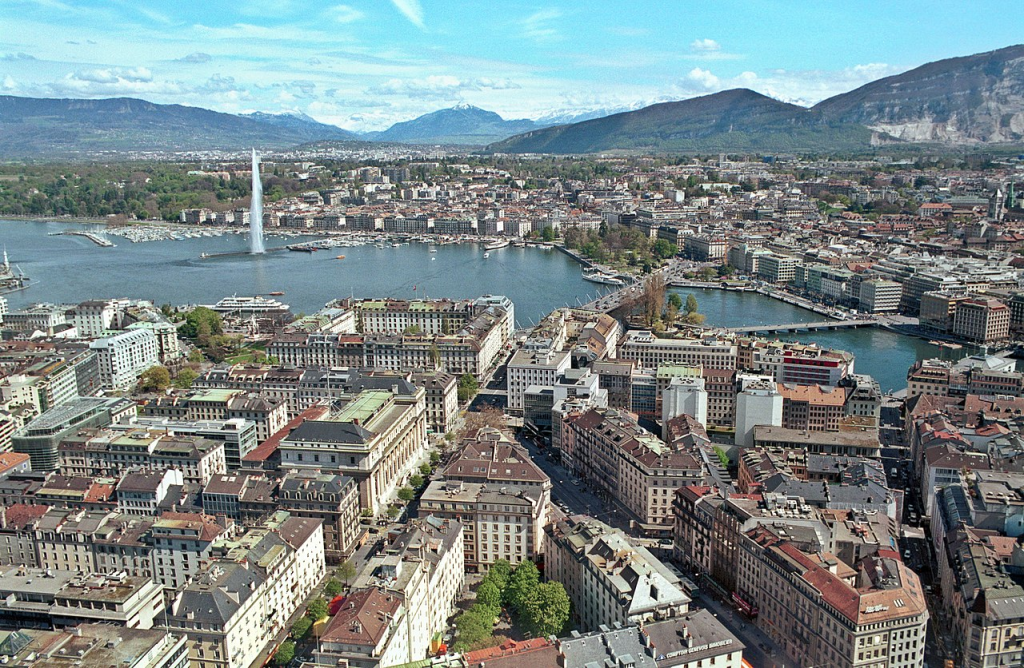
On her return to England the following year (1850), she moved to London with the intent of becoming a writer, and she began referring to herself as Marian Evans.
She stayed at the house of John Chapman, the radical publisher whom she had met earlier at Rosehill and who had published her Strauss translation.
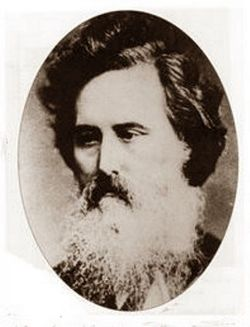
Chapman had recently purchased the campaigning, left-wing journal The Westminster Review.
Evans became its assistant editor in 1851 after joining just a year earlier.
Evans’s writings for the paper were comments on her views of society and the Victorian way of thinking.

She was sympathetic to the lower classes and criticized organised religion throughout her articles and reviews and commented on contemporary ideas of the time.
Much of this was drawn from her own experiences and knowledge and she used this to critique other ideas and organisations.
This led to her writing being viewed as authentic and wise but not too obviously opinionated.
Evans also focused on the business side of the Review with attempts to change its layout and design.
Although Chapman was officially the editor, it was Evans who did most of the work of producing the journal, contributing many essays and reviews beginning with the January 1852 issue and continuing until the end of her employment at the Review in the first half of 1854.

Eliot sympathized with the 1848 revolutions throughout continental Europe, and even hoped that the Italians would chase the “odious Austrians” out of Lombardy and that “decayed monarchs” would be pensioned off, although she believed a gradual reformist approach to social problems was best for England.

In 1850–51, Evans attended classes in mathematics at the Ladies College in Bedford Square, later known as Bedford College, London.

The philosopher and critic George Henry Lewes met Evans in 1851.
By 1854 they had decided to live together.
Lewes was already married to Agnes Jervis, although in an open marriage.

In addition to the three children they had together, Agnes also had four children by Thornton Leigh Hunt.

In July 1854, Lewes and Evans travelled to Weimar and Berlin together for the purpose of research.
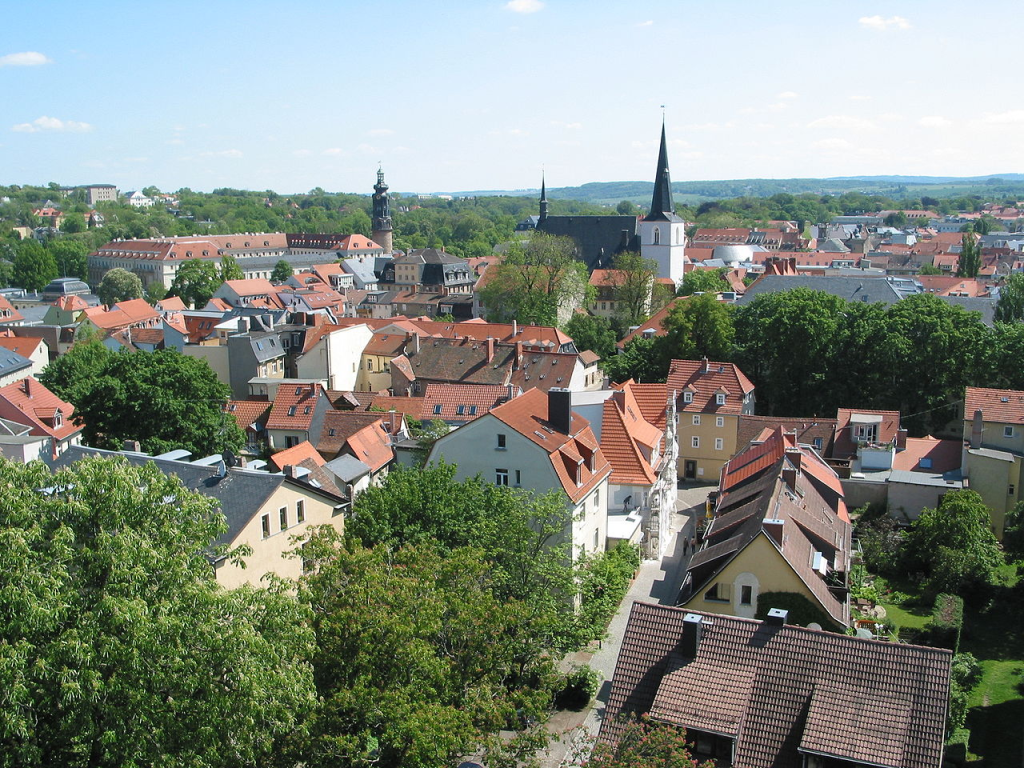

Before going to Germany, Evans continued her theological work with a translation of Feuerbach’s The Essence of Christianity.
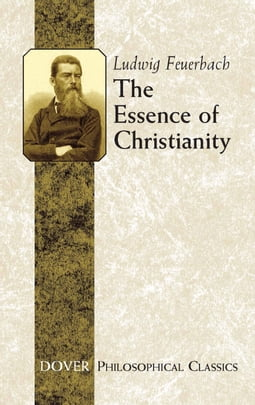
While abroad she wrote essays and worked on her translation of Baruch Spinoza’s Ethics, which she completed in 1856, but which was not published in her lifetime.
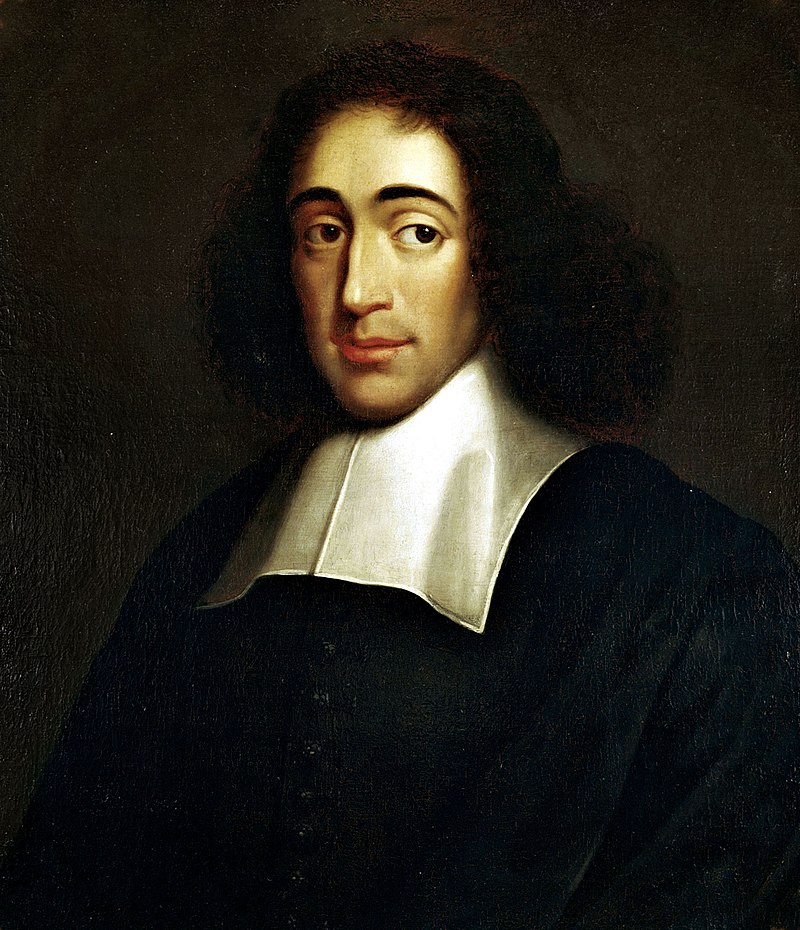
In 2020, Eliot’s translation of Spinoza’s Ethics was finally published by Princeton University Press.
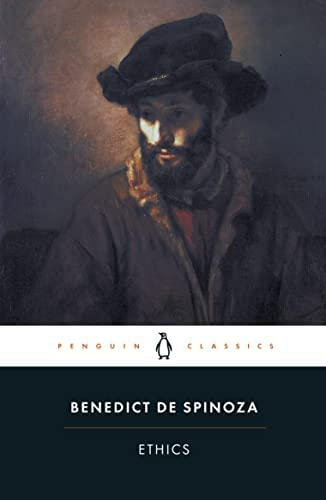
The trip to Germany also served as a honeymoon for Evans and Lewes, who subsequently considered themselves married.
Evans began to refer to Lewes as her husband and to sign her name as Mary Ann Evans Lewes, legally changing her name to Mary Ann Evans Lewes after his death.
It was not so much the adultery itself, but the refusal to conceal the relationship, that was felt to breach the social convention of the time, and attracted so much disapproval.

While continuing to contribute pieces to the Westminster Review, Evans resolved to become a novelist, and set out a pertinent manifesto in one of her last essays for the Review, “Silly Novels by Lady Novelists“(1856).
The essay criticized the trivial and ridiculous plots of contemporary fiction written by women.
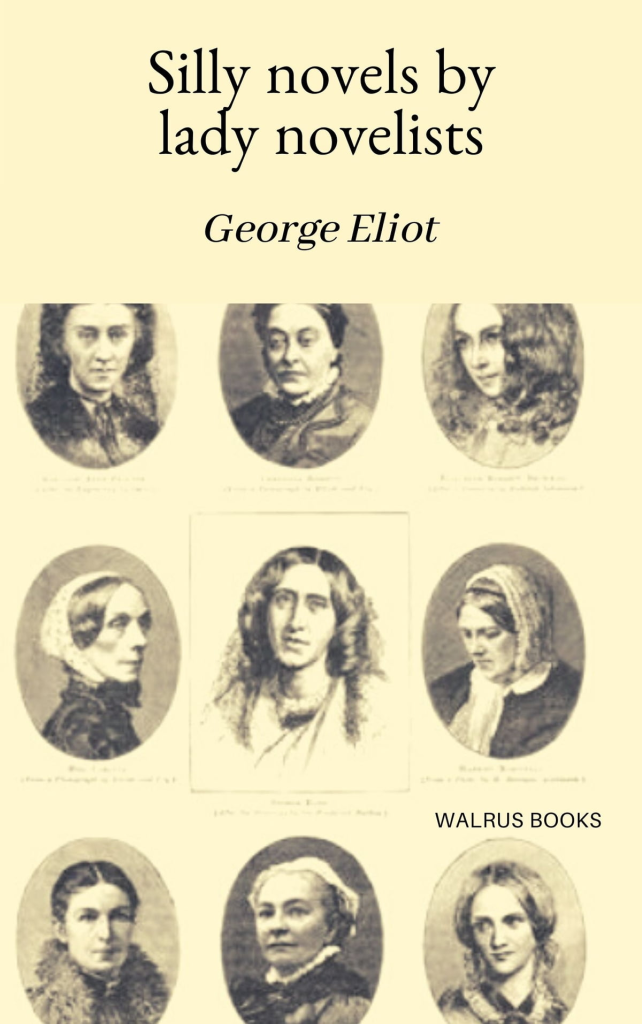
In other essays, she praised the realism of novels that were being written in Europe at the time, an emphasis on realistic storytelling confirmed in her own subsequent fiction.
She also adopted a nom-de-plume, George Eliot.
As she explained to her biographer J. W. Cross, George was Lewes’s forename, and Eliot was “a good mouth-filling, easily pronounced word“.
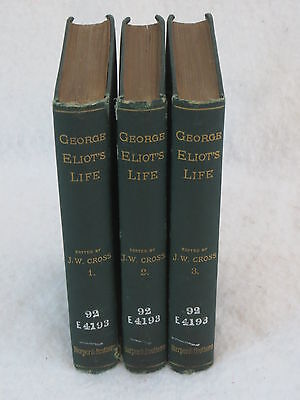
In 1857, when she was 37 years of age, “The Sad Fortunes of the Reverend Amos Barton“, the first of the three stories included in Scenes of Clerical Life, and the first work of “George Eliot“, was published in Blackwood’s Magazine.
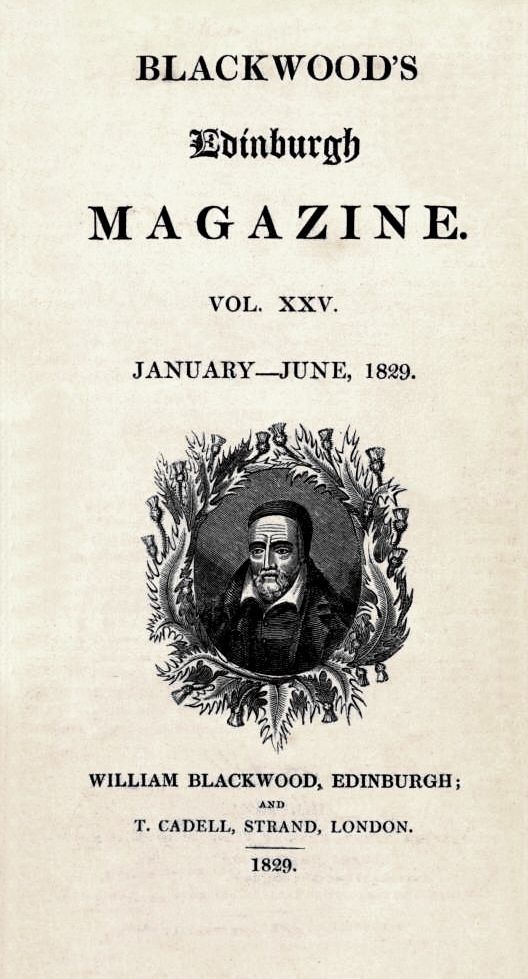
The Scenes (published as a 2-volume book in 1858), was well received, and was widely believed to have been written by a country parson, or perhaps the wife of a parson.

Evans’s first complete novel, published in 1859, was Adam Bede.
It was an instant success, and prompted yet more intense curiosity as to the author’s identity:
There was even a pretender to the authorship, one Joseph Liggins.
This public interest subsequently led to Marian Evans Lewes’s acknowledgment that it was she who stood behind the pseudonym George Eliot.
Adam Bede is known for embracing a realist aesthetic inspired by Dutch visual art.

The revelations about Eliot’s private life surprised and shocked many of her admiring readers, but this did not affect her popularity as a novelist.
Her relationship with Lewes afforded her the encouragement and stability she needed to write fiction, but it would be some time before the couple were accepted into polite society.
Acceptance was finally confirmed in 1877 when they were introduced to Princess Louise, the daughter of Queen Victoria.
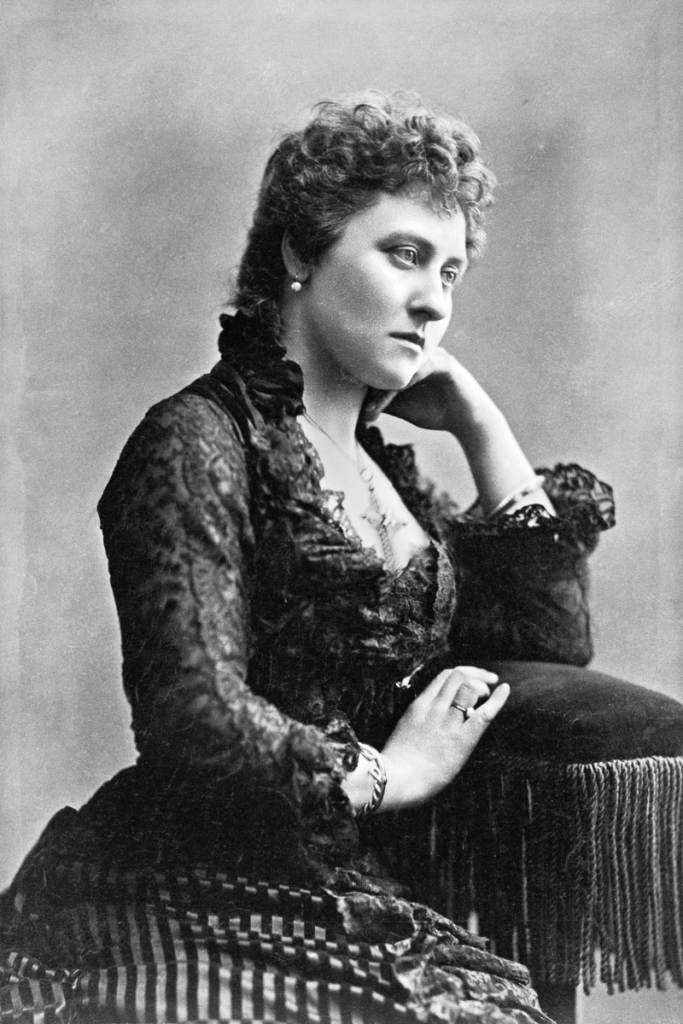
The Queen herself was an avid reader of all of Eliot’s novels and was so impressed with Adam Bede that she commissioned the artist Edward Henry Corbould to paint scenes from the book.
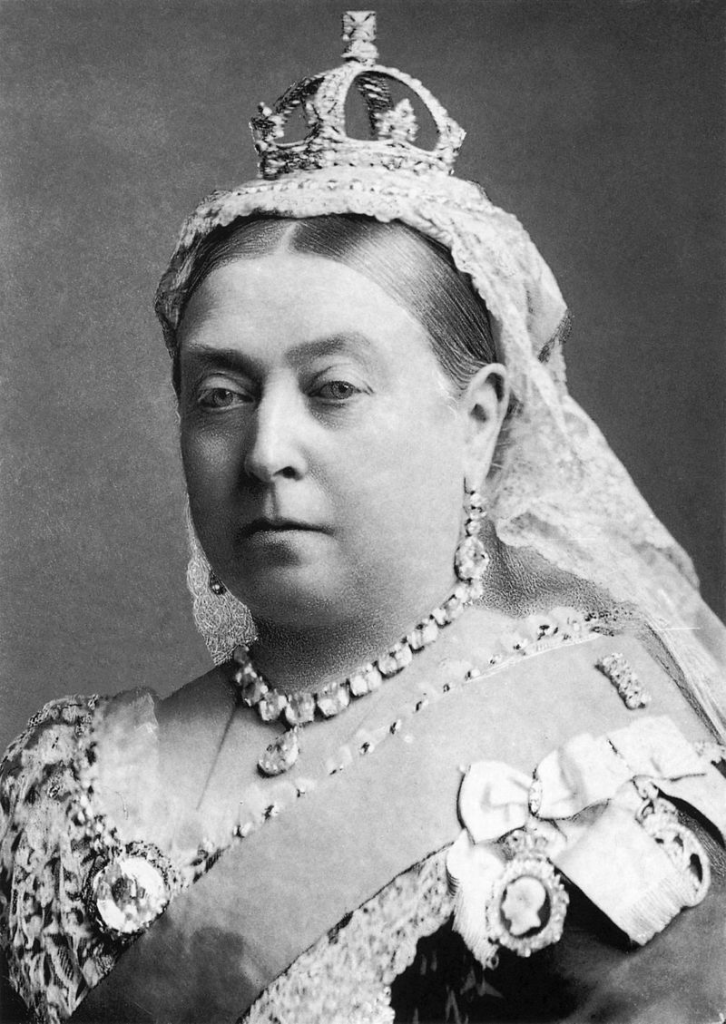

When the American Civil War broke out in 1861, Eliot expressed sympathy for the Union cause, something which historians have attributed to her abolitionist sympathies.

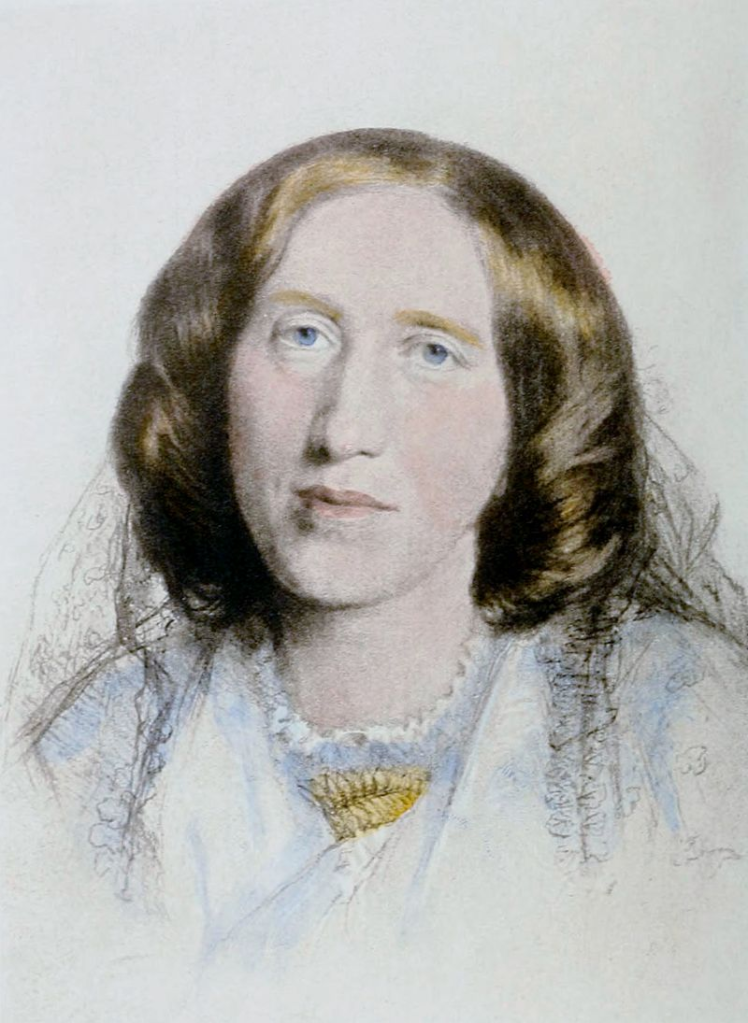
In 1868, she supported philosopher Richard Congreve’s protests against governmental policies in Ireland and had a positive view of the growing movement in support of Irish home rule.

She was influenced by the writings of John Stuart Mill and read all of his major works as they were published.
In Mill’s Subjection of Women (1869) she judged the second chapter excoriating the laws which oppress married women “excellent“.
She was supportive of Mill’s parliamentary run, but believed that the electorate was unlikely to vote for a philosopher and was surprised when he won.
While Mill served in Parliament, she expressed her agreement with his efforts on behalf of female suffrage, being “inclined to hope for much good from the serious presentation of women’s claims before Parliament“.
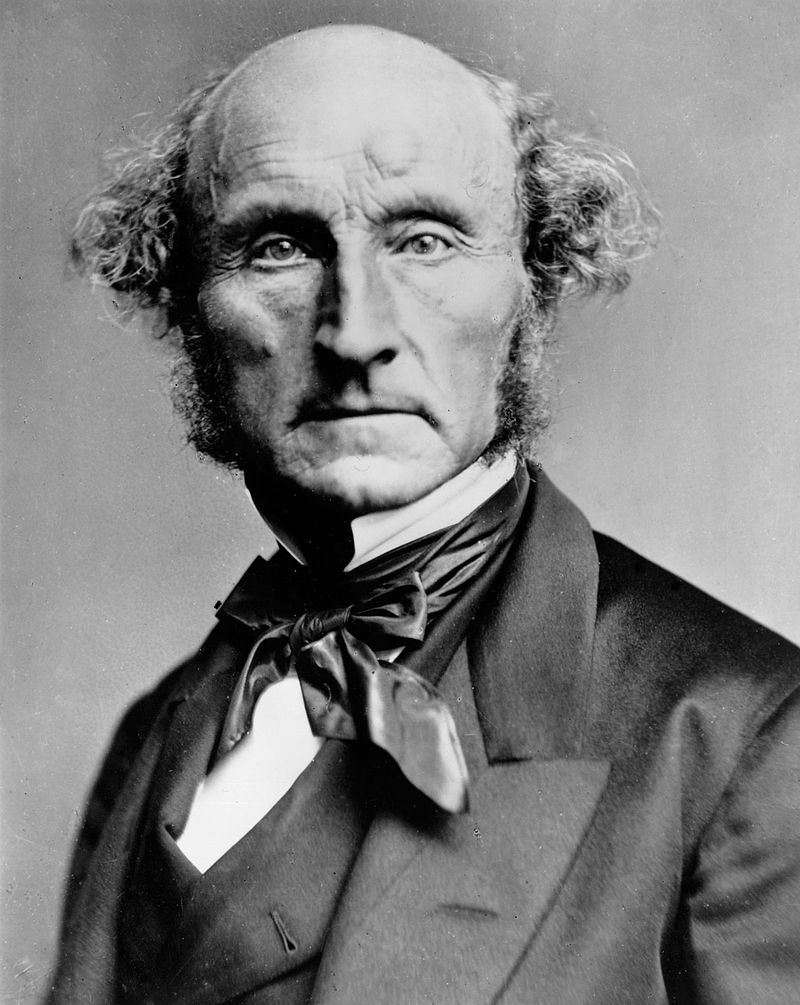
In a letter to John Morley, she declared her support for plans “which held out reasonable promise of tending to establish as far as possible an equivalence of advantage for the two sexes, as to education and the possibilities of free development“, and dismissed appeals to nature in explaining women’s lower status.

In 1870, she responded enthusiastically to Lady Amberley’s feminist lecture on the claims of women for education, occupations, equality in marriage, and child custody.

After the success of Adam Bede, Eliot continued to write popular novels for the next fifteen years.
Within a year of completing Adam Bede, she finished The Mill on the Floss, dedicating the manuscript: “To my beloved husband, George Henry Lewes, I give this MS. of my third book, written in the sixth year of our life together, at Holly Lodge, South Field, Wandsworth, and finished 21 March 1860.”

Silas Mariner (1861) and Romola (1863) soon followed, and later Felix Holt, the Radical (1866) and her most acclaimed novel, Middlemarch (1872).
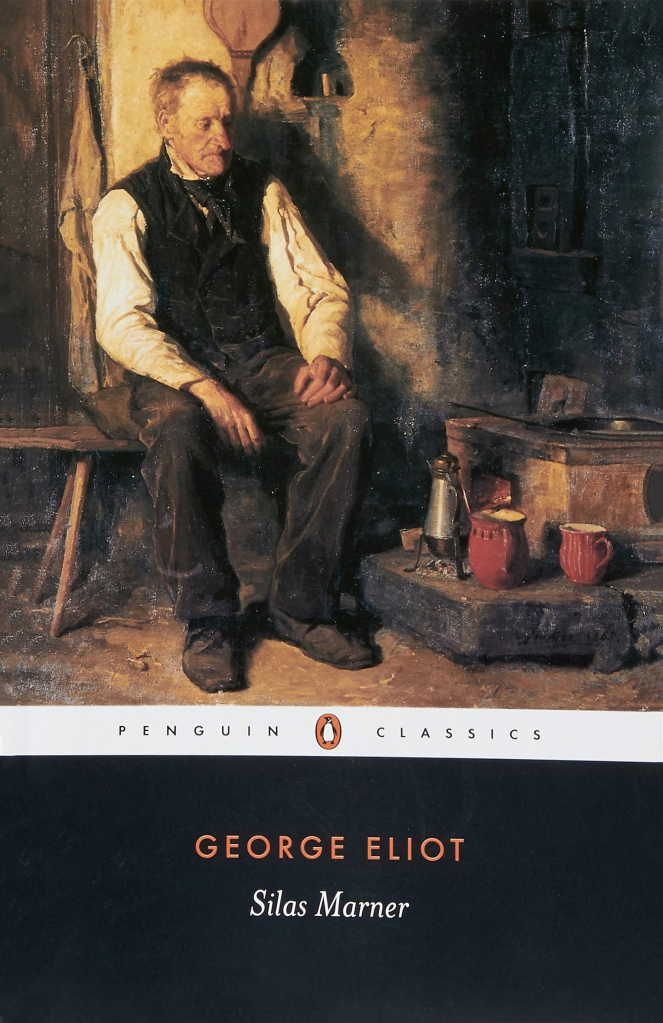
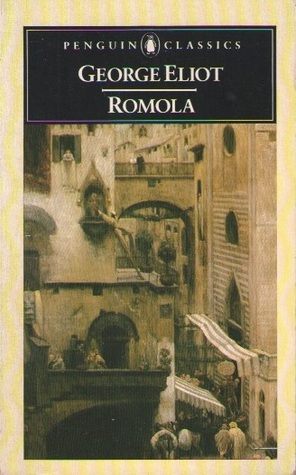
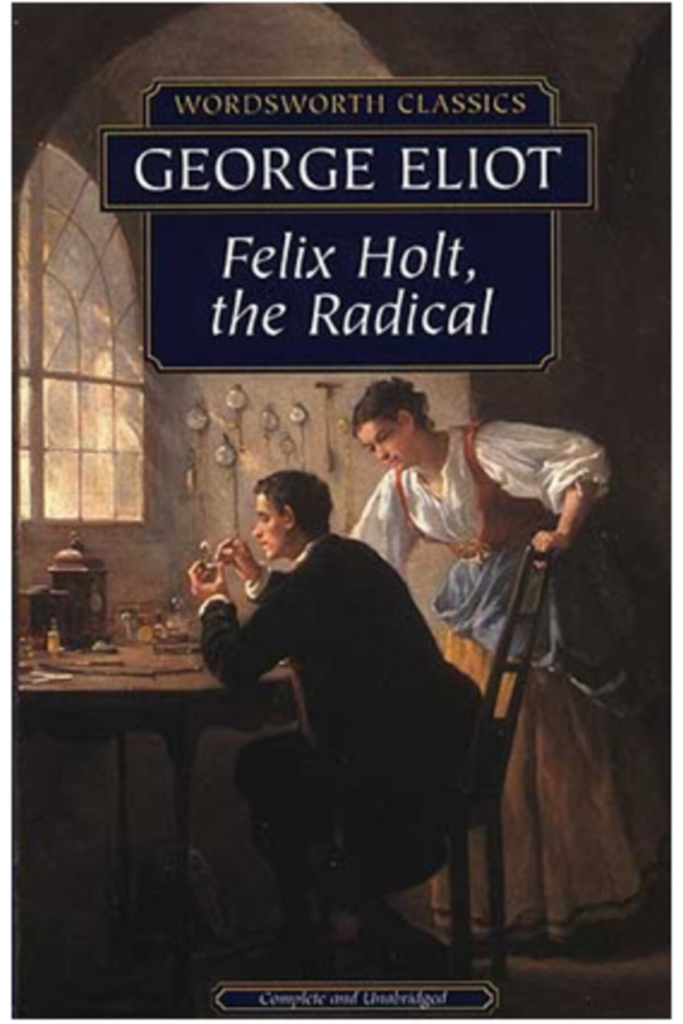
Her last novel was Daniel Deronda, published in 1876, after which she and Lewes moved to Witley, Surrey.
By this time Lewes’s health was failing, and he died two years later, on 30 November 1878.
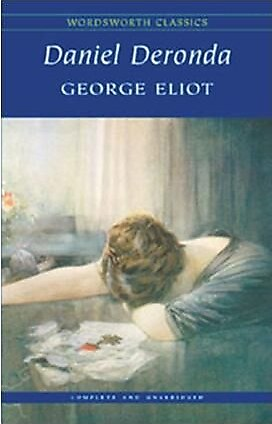
Eliot spent the next two years editing Lewes’s final work, Life and Mind, for publication.

She found solace and companionship with John Walter Cross, a Scottish commission agent 20 years her junior, whose mother had recently died.
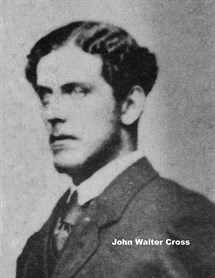
On 16 May 1880 Eliot married John Walter Cross and again changed her name, this time to Mary Ann Cross.
While the marriage courted some controversy due to the difference in ages, it pleased her brother Isaac, who had broken off relations with her when she had begun to live with Lewes, and now sent congratulations.

While the couple were honeymooning in Venice, Cross, in a reported suicide attempt, jumped from the hotel balcony into the Grand Canal.
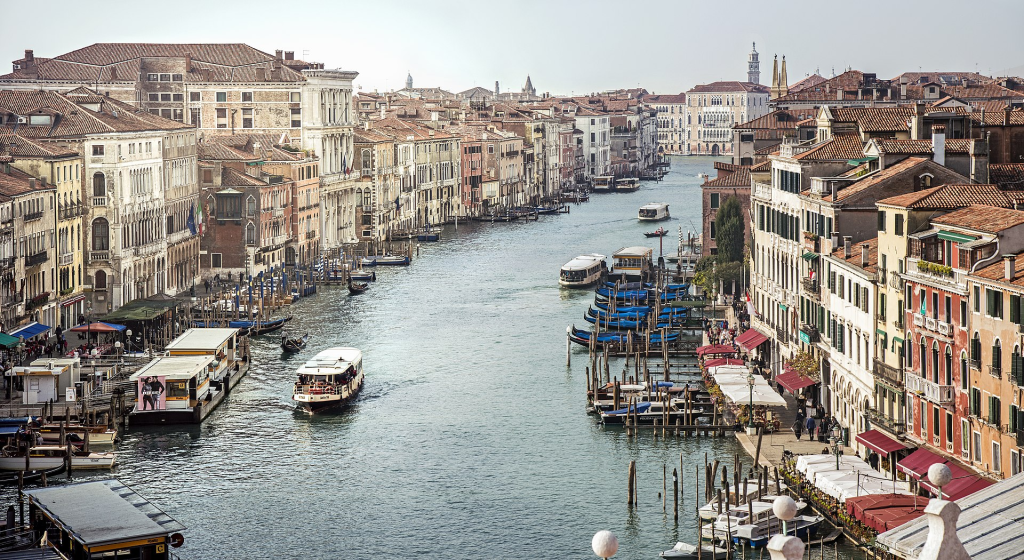
He survived, and the newlyweds returned to England.
They moved to a new house in Chelsea, but Eliot fell ill with a throat infection.
This, coupled with the kidney disease with which she had been afflicted for several years, led to her death on 22 December 1880 at the age of 61.
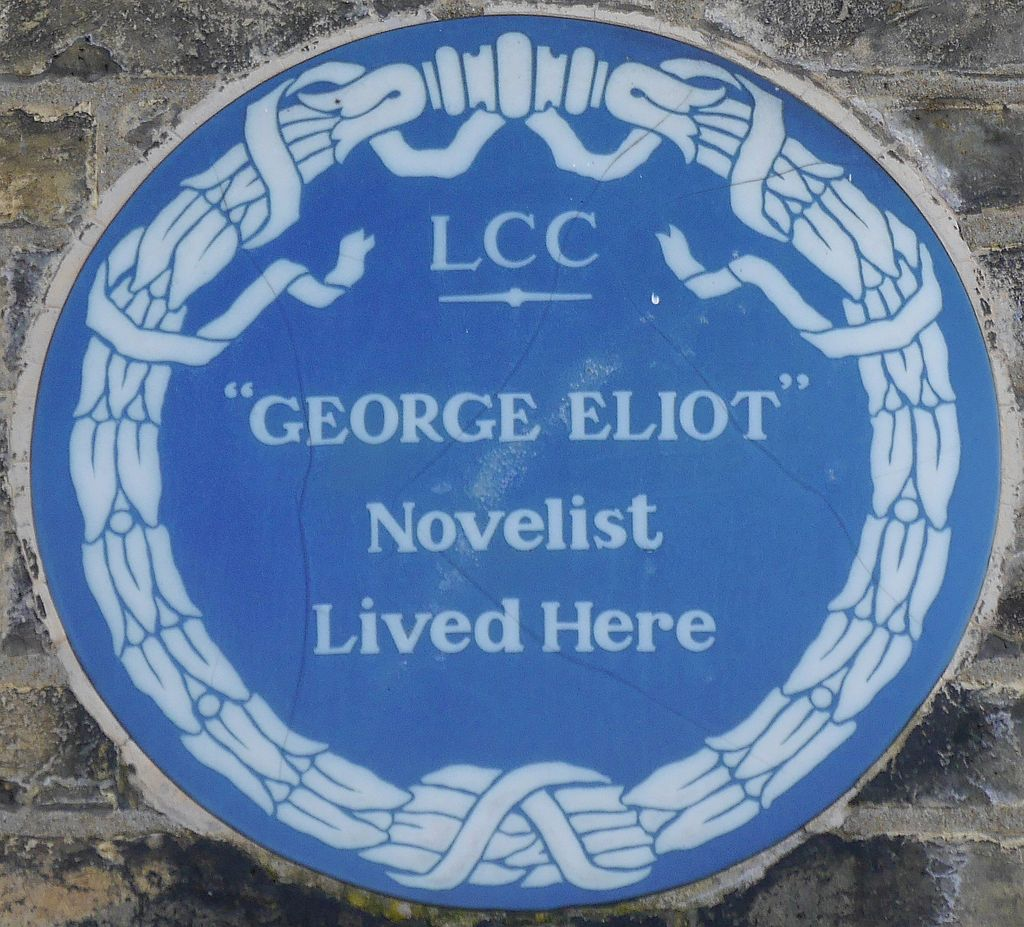
Due to her denial of the Christian faith and her adulterous affair with Lewes, Eliot was not buried in Westminster Abbey.
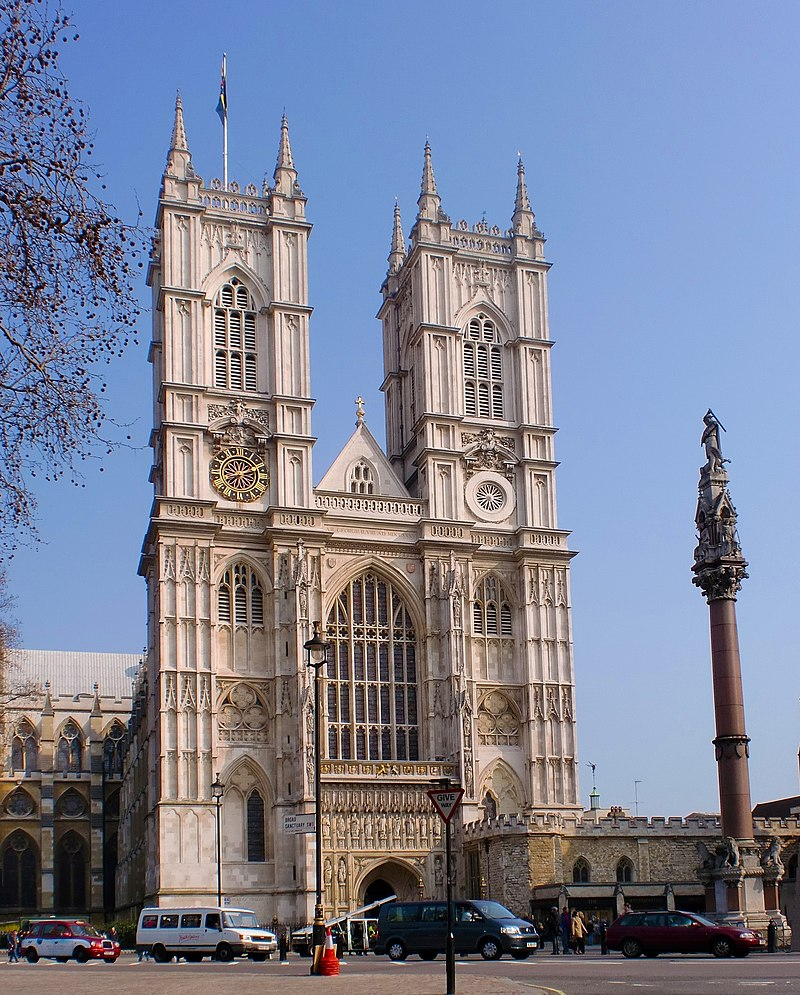
She was instead interred in Highgate Cemetery, London, in the area reserved for political and religious dissenters and agnostics, beside the love of her life, George Henry Lewes.

The graves of Karl Marx and her friend Herbert Spencer are nearby.

In 1980, on the centenary of her death, a memorial stone was established for her in the Poets’ Corner.
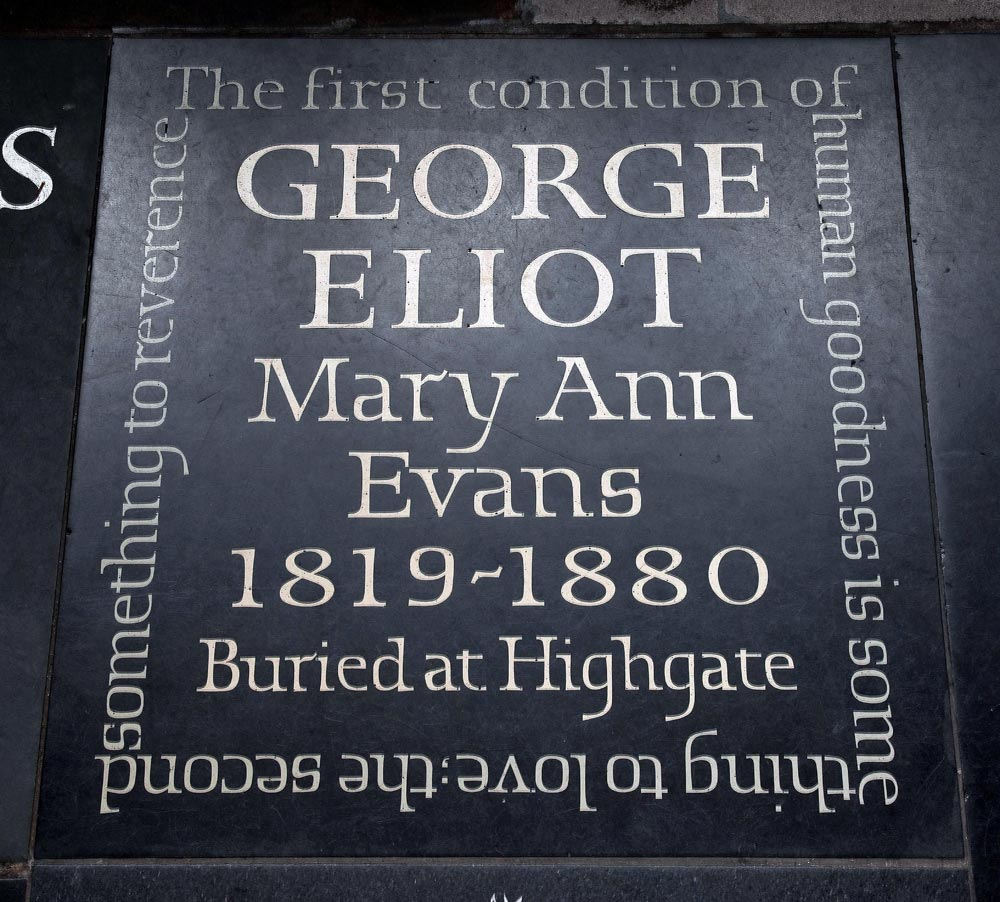
Several landmarks in her birthplace of Nuneaton are named in her honour.

Middlemarch, A Study of Provincial Life is a novel by the English author Mary Anne Evans, who wrote as George Eliot.

Although female authors were published under their own names during her lifetime, she wanted to escape the stereotype of women’s writing being limited to lighthearted romances or other lighter fare not to be taken very seriously.
She also wanted to have her fiction judged separately from her already extensive and widely known work as a translator, editor, and critic.
Another factor in her use of a pen name may have been a desire to shield her private life from public scrutiny, thus avoiding the scandal that would have arisen because of her relationship with the married George Henry Lewes.
It first appeared in eight instalments (volumes) in 1871 and 1872.
Set in Middlemarch, a fictional English Midland town, in 1829 to 1832, it follows distinct, intersecting stories with many characters.
Issues include the status of women, the nature of marriage, idealism, self-interest, religion, hypocrisy, political reform, and education.
Despite comic elements, Middlemarch uses realism to encompass historical events: the 1832 Reform Act, early railways, and the accession of King William IV.
It looks at medicine of the time and reactionary views in a settled community facing unwelcome change.
Eliot began writing the two pieces that formed the novel in 1869–1870 and completed it in 1871.
Initial reviews were mixed, but it is now seen widely as her best work and one of the great English novels.
Middlemarch was described by the novelist Virginia Woolf as “one of the few English novels written for grown-up people” and by Martin Amis and Julian Barnes as the greatest novel in the English language.
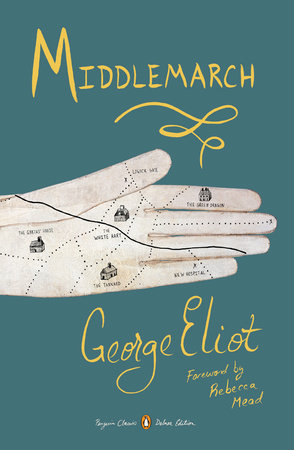
Dorothea Brooke is a 19-year-old orphan, living with her younger sister, Celia, as a ward of her uncle, Mr. Brooke.
Dorothea is an especially pious young woman, whose hobby involves the renovation of buildings belonging to the tenant farmers, although her uncle discourages her.
Dorothea is courted by Sir James Chettam, a young man close to her own age, but she is oblivious to him.
She is attracted instead to the Rev. Edward Casaubon, a 45-year-old scholar.
Dorothea accepts Casaubon‘s offer of marriage, despite her sister’s misgivings.
Chettam is encouraged to turn his attention to Celia, who has developed an interest in him.

Fred and Rosamond Vincy are the eldest children of Middlemarch’s town mayor.
Having never finished university, Fred is widely seen as a failure and a layabout, but allows himself to coast because he is the presumed heir of his childless uncle Mr. Featherstone, a rich but unpleasant man.
Featherstone keeps as a companion a niece of his by marriage, Mary Garth.
Although she is considered plain, Fred is in love with her and wants to marry her.

Dorothea and Casaubon experience the first tensions in their marriage on their honeymoon in Rome, when Dorothea finds that her husband has no interest in involving her in his intellectual pursuits and no real intention of having his copious notes published, which was her chief reason for marrying him.
She meets Will Ladislaw, Casaubon‘s much younger disinherited cousin, whom he supports financially.
Ladislaw begins to feel attracted to Dorothea.
She remains oblivious, but the two become friendly.
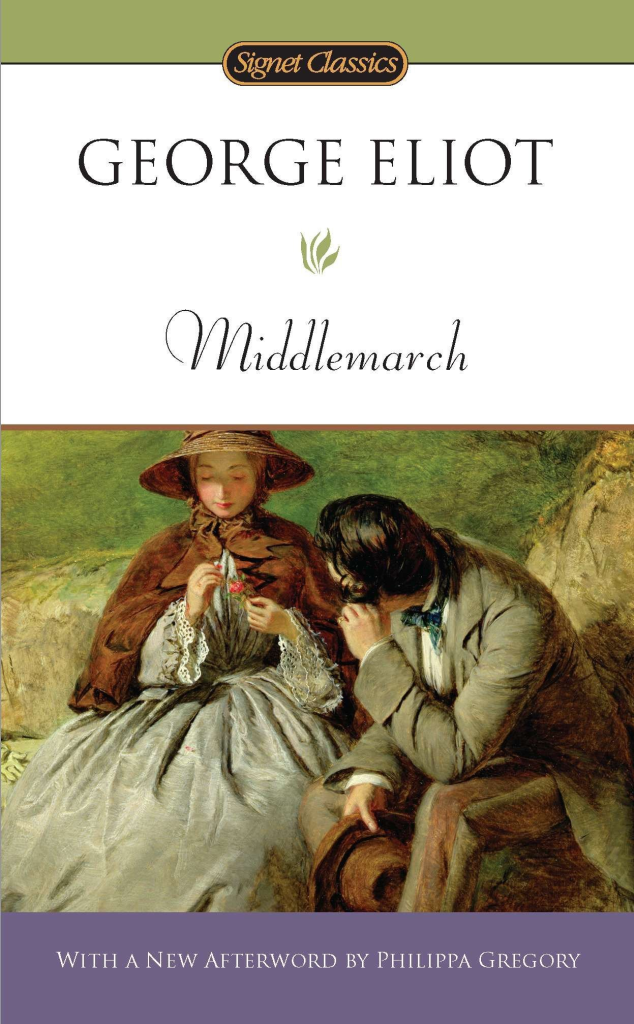
Fred becomes deeply in debt and finds himself unable to repay what he owes.
Having asked Mr. Garth, Mary‘s father, to co-sign the debt, he now tells Garth he must forfeit it.
As a result, Mrs. Garth‘s savings from four years of income, held in reserve for the education of her youngest son, are wiped out, as are Mary‘s savings.
As a result, Mr. Garth warns Mary against ever marrying Fred.
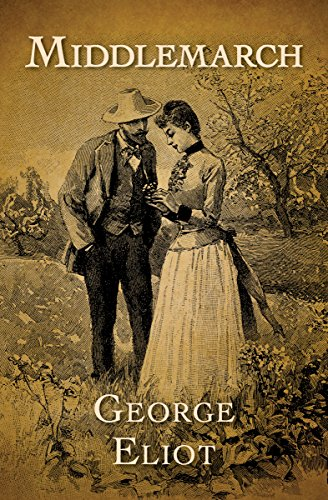
Fred comes down with an illness, of which he is cured by Dr. Tertius Lydgate, a newly arrived doctor in Middlemarch.
Lydgate has modern ideas about medicine and sanitation and believes doctors should prescribe, but not themselves dispense medicines.
This draws ire and criticism of many in the town.
He allies himself with Bulstrode, a wealthy, church-going landowner and developer, who wants to build a hospital and clinic that follow Lydgate‘s philosophy, despite the misgivings of Lydgate‘s friend, Farebrother, about Bulstrode‘s integrity.

Lydgate also becomes acquainted with Rosamond Vincy, whose beauty and education go together with shallowness and self-absorption.
Seeking to make a good match, she decides to marry Lydgate, who comes from a wealthy family, and uses Fred‘s sickness as an opportunity to get close to the doctor.
Lydgate initially views their relationship as pure flirtation and backs away from Rosamond after discovering that the town considers them practically engaged.
However, on seeing her a final time, he breaks his resolution and the two become engaged.
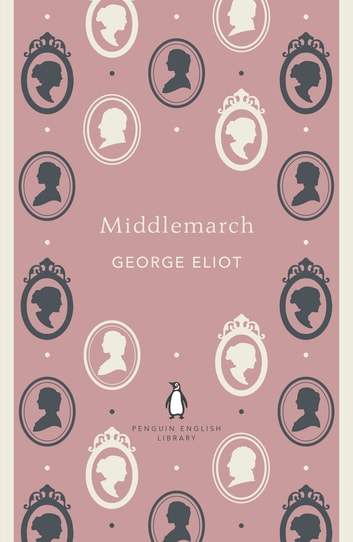
Casaubon arrives back from Rome about the same time, only to suffer a heart attack.
Lydgate, brought in to attend him, tells Dorothea it is difficult to pronounce on the nature of Casaubon‘s illness and chances of recovery:
That he may indeed live about 15 years if he takes it easy and ceases his studies, but it is equally possible the disease may develop rapidly, in which case death will be sudden.
As Fred recovers, Mr. Featherstone falls ill.
He reveals on his deathbed that he has made two wills and tries to get Mary to help him destroy one.
Unwilling to be involved in the business, she refuses.
Featherstone dies with both wills still intact.
Featherstone‘s plan had been for £10,000 to go to Fred Vincy, but his estate and fortune instead go to an illegitimate son of his, Joshua Rigg.
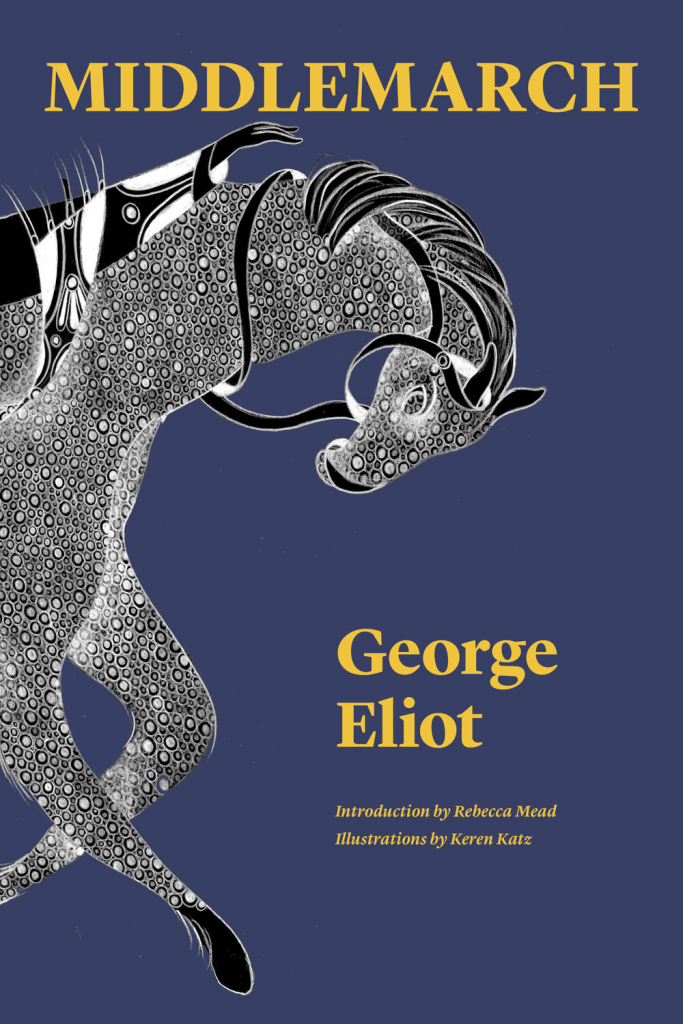
Casaubon, in poor health, has grown suspicious of Dorothea‘s goodwill to Ladislaw.
He tries to make Dorothea promise, if he should die, to forever “avoid doing what I should deprecate, and apply yourself to do what I should desire“.
She is hesitant to agree, and he dies before she can reply.
Casaubon‘s will is revealed to contain a provision that, if Dorothea marries Ladislaw, she will lose her inheritance.
The peculiar nature of the condition leads to general suspicion that Ladislaw and Dorothea are lovers, creating awkwardness between the two.
Ladislaw is in love with Dorothea but keeps this secret, having no desire to involve her in scandal or cause her disinheritance.
She meanwhile realises she has romantic feelings for him, but must suppress them.
He remains in Middlemarch, working as a newspaper editor for Mr. Brooke, who is mounting a campaign to run for Parliament on a Reform platform.

Lydgate‘s efforts to please Rosamond soon leave him deeply in debt and he is forced to seek help from Bulstrode.
He is partly sustained in this by a friendship with Camden Farebrother.
Meanwhile, Fred Vincy‘s humiliation at being responsible for Caleb Garth‘s financial setbacks shocks him into reassessing his life.
He resolves to train as a land agent under the forgiving Caleb.
He asks Farebrother to plead his case to Mary Garth, not realizing that Farebrother is also in love with her.
Farebrother does so, thereby sacrificing his own desires for the sake of Mary, who he realises truly loves Fred and is just waiting for him to find his place in the world.
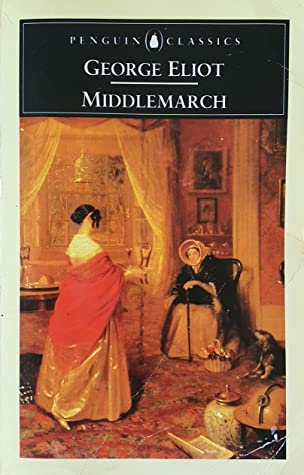
John Raffles, a mysterious man who knows of Bulstrode‘s shady past, appears in Middlemarch, intending to blackmail him.
In his youth, the church-going Bulstrode engaged in questionable financial dealings.
His fortune is founded on his marriage to a wealthy, much older widow.
The widow’s daughter, who should have inherited her mother’s fortune, had run away.
Bulstrode located her but failed to disclose this to the widow, so that he inherited the fortune in lieu of her daughter.
The widow’s daughter had a son, who turns out to be Ladislaw.
On grasping their connection, Bulstrode is consumed with guilt and offers Ladislaw a large sum of money, which Ladislaw refuses as being tainted.
Bulstrode‘s terror of public exposure as a hypocrite leads him to hasten the death of the mortally sick Raffles, while lending a large sum to Lydgate, whom Bulstrode had previously refused to bail out of his debt.
However, the story of Bulstrode‘s misdeeds has already spread.
Bulstrode‘s disgrace engulfs Lydgate:
Knowledge of the loan spreads and he is assumed to be complicit with Bulstrode.
Only Dorothea and Farebrother retain any faith in him, but Lydgate and Rosamond are still encouraged to leave Middlemarch by the general opprobrium.
Disgraced and reviled, Bulstrode‘s one consolation is that his wife stands by him as he too faces exile.

When Mr Brooke‘s election campaign collapses, Ladislaw decides to leave the town and visits Dorothea to say his farewell, but Dorothea has fallen in love with him.
She renounces Casaubon‘s fortune and shocks her family by announcing that she will marry Ladislaw.
At the same time, Fred, having been successful in his new career, marries Mary.

The “Finale” details the ultimate fortunes of the main characters.
Fred and Mary marry and live contentedly with their three sons.
Lydgate operates a successful practice outside Middlemarch and attains a good income, but never finds fulfilment and dies at the age of 50, leaving Rosamond and four children.
After he dies, Rosamond marries a wealthy physician.
Ladislaw engages in public reform, and Dorothea is content as a wife and mother to their two children.
Their son eventually inherits Arthur Brooke‘s estate.

The action of Middlemarch takes place “between September 1829 and May 1832“, or 40 years before its publication in 1872, a gap not so pronounced for it to be regularly labelled as a historical novel.
By comparison, Walter Scott’s Waverley (1814) – often seen as the first major historical novel – takes place some 60 years before it appears.


Eliot had previously written a more obviously historical novel, Romola (1863), set in 15th-century Florence.

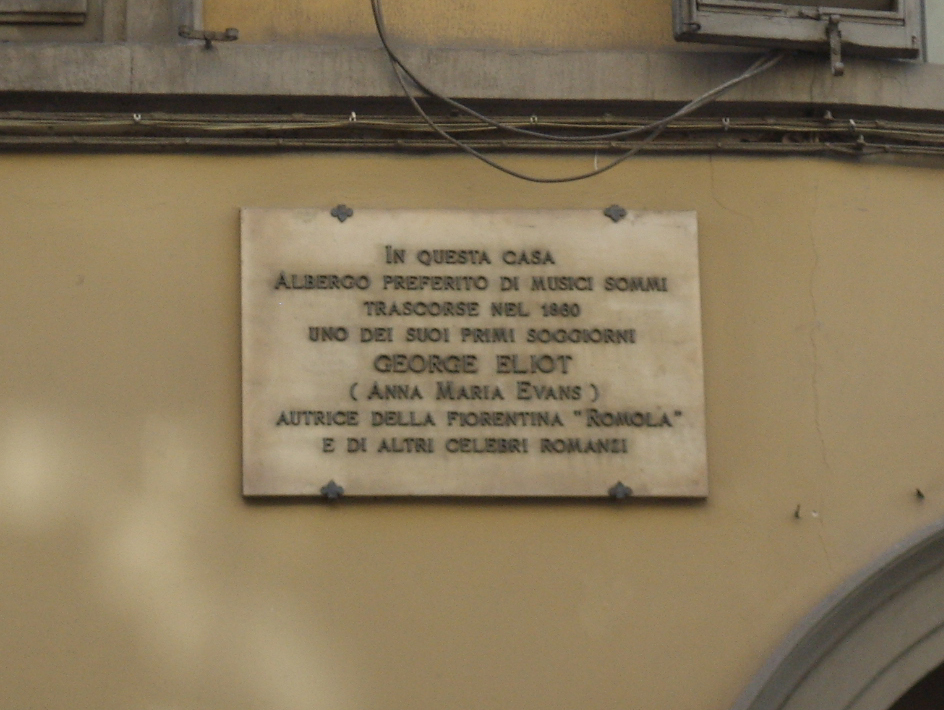
The critics Kathleen Blake and Michael York Mason argue that there has been insufficient attention given to Middlemarch “as a historical novel that evokes the past in relation to the present“.
The critic Rosemary Ashton notes that the lack of attention to this side of the novel may indicate its merits:
“Middlemarch is that very rare thing, a successful historical novel.
In fact, it is so successful that we scarcely think of it in terms of that subgenre of fiction.“
For its contemporary readers, the present “was the passage of the Second Reform Act in 1867“, the agitation for the Reform Act of 1832 and its turbulent passage through the two Houses of Parliament, which provide the structure of the novel, would have been seen as the past.
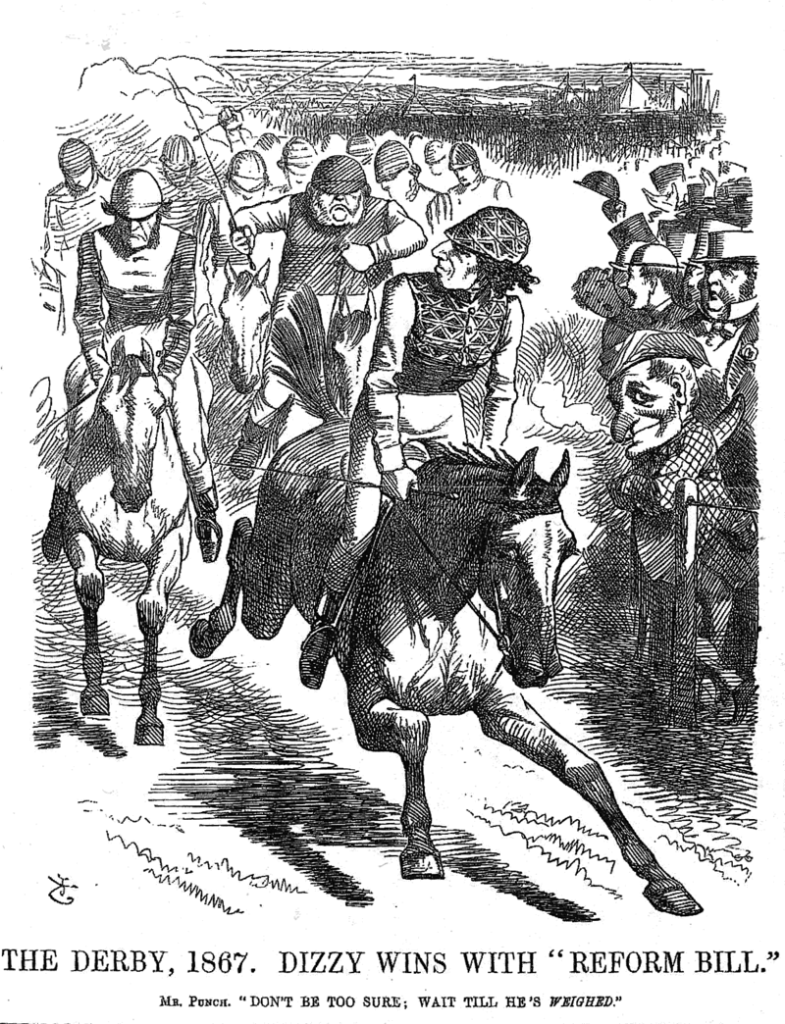
Though rarely categorised as a historical novel, Middlemarch‘s attention to historical detail has been noticed: In an 1873 review, Henry James recognised that Eliot’s “purpose was to be a generous rural historian“.
Elsewhere, Eliot has been seen to adopt “the role of imaginative historian, even scientific investigator in Middlemarch and her narrator as conscious “of the historiographical questions involved in writing a social and political history of provincial life”.
This critic compares the novel to “a work of the ancient Greek historian Herodotus“, who is often described as “the father of history“.

Above: Roman bust of Herodotus (484 – 425 BCE)
The fictional town of Middlemarch, North Loamshire, is probably based on Coventry, where Eliot had lived before moving to London.
Like Coventry, Middlemarch is described as a silk-ribbon manufacturing town.
The subtitle — “A Study of Provincial Life” — has been seen as significant.
One critic views the unity of Middlemarch as achieved through “the fusion of the two senses of ‘provincial'”:
On the one hand it means geographically “all parts of the country except the capital“.
On the other, a person who is “unsophisticated” or “narrow-minded“.


Central to Middlemarch is the idea that Dorothea Brooke cannot hope to achieve the heroic stature of a figure like Saint Theresa, for Eliot’s heroine lives at the wrong time, “amidst the conditions of an imperfect social state, in which great feelings will often take the aspect of error, and great faith the aspect of illusion“.
“Theresa’s passionate, ideal nature demanded an epic life.
Many a Theresa has been born who found for themselves no epic life wherein there was a constant unfolding of far-resonant action.
Perhaps only a life of mistakes, the offspring of a certain spiritual grandeur ill-matched with the meanness of opportunity.
Perhaps a tragic failure which found no sacred poet and sank unwept into oblivion.
With dim lights and tangled circumstance they tried to shape their thought and deed in noble agreement, but, after all, to common eyes, their struggles seemed mere inconsistency and formlessness.
For these were helped by no coherent social faith and order which could perform the function of knowledge for the ardently willing soul.
Their ardor alternated between a vague ideal and common yearning…..
Some have felt their blundering lives are due to the inconvenient indefiniteness with which the Supreme Power has fashioned natures…..
Here and there is born a Saint Theresa, foundress of nothing, whose loving heartbeats and sobs after an unattained goodness tremble off and are dispersed among hindrances, instead of centring in on some long-recognizable deed.“
George Eliot, Middlemarch

Antigone, a figure from Greek mythology best known from Sophocles’ play, is given in the “Finale” as a further example of a heroic woman.

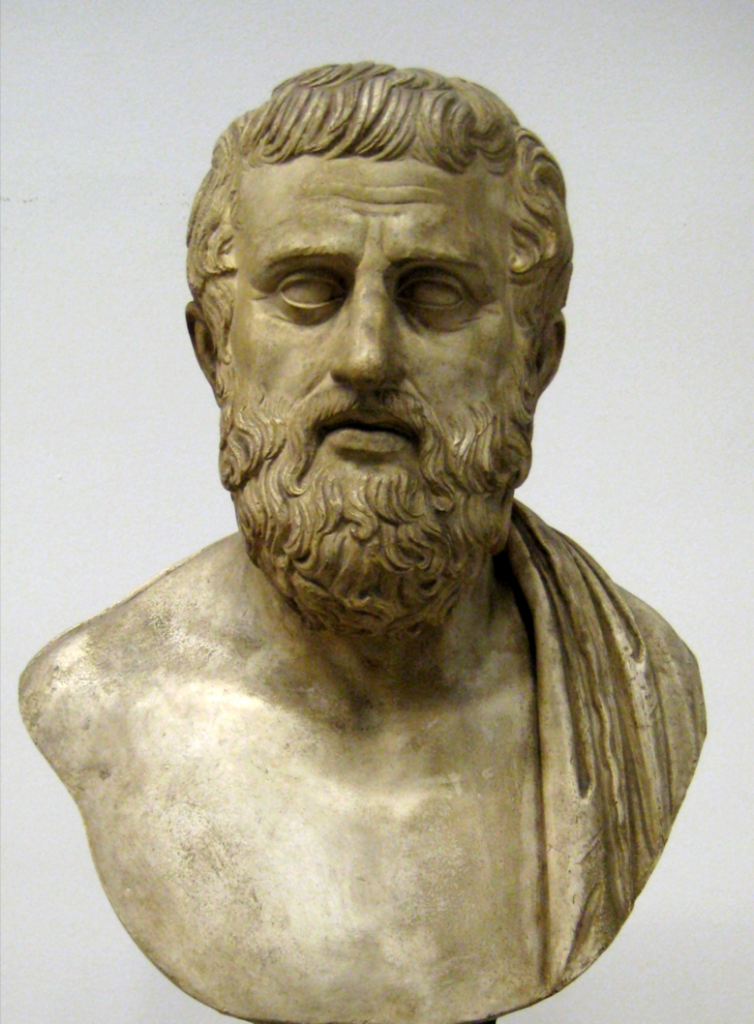
The literary critic Kathleen Blake notes Eliot’s emphasis on St Theresa’s “very concrete accomplishment, the reform of a religious order“, rather than her Christian mysticism.
A frequent criticism by feminist critics is that not only is Dorothea less heroic than Saint Theresa and Antigone, but George Eliot herself.
In response, Ruth Yeazell and Kathleen Blake chide these critics for “expecting literary pictures of a strong woman succeeding in a period [around 1830] that did not make them likely in life“.
Eliot has also been criticized more widely for ending the novel with Dorothea marrying Will Ladislaw, someone so clearly her inferior.
The novelist Henry James describes Ladislaw as a dilettante who “has not the concentrated fervour essential in the man chosen by so nobly strenuous a heroine“.
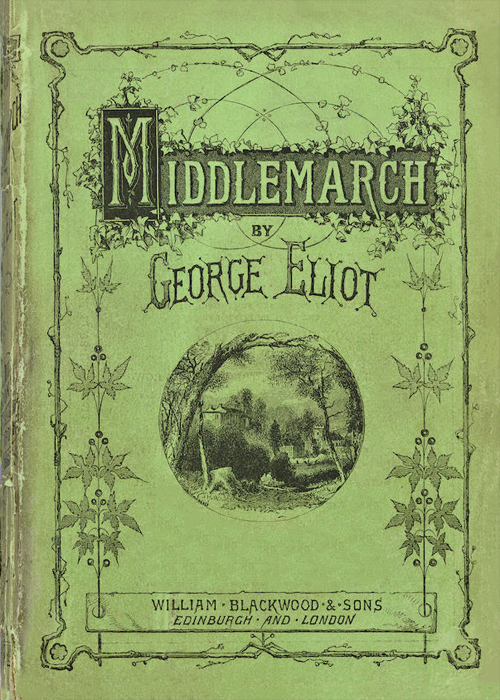
Marriage is one of the major themes in Middlemarch.
According to George Steiner, “both principal plots [those of Dorothea and Lydgate] are case studies of unsuccessful marriage“.
This suggests that these “disastrous marriages” leave the lives of Dorothea and Lydgate unfulfilled.
This is arguably more the case with Lydgate than with Dorothea, who gains a second chance through her later marriage to Will Ladislaw, but a favourable interpretation of this marriage depends on the character of Ladislaw himself, whom numerous critics have viewed as Dorothea‘s inferior.
In addition, there is the “meaningless and blissful” marriage of Dorothea‘s sister Celia Brooke to Sir James Chettam, and more significantly Fred Vincy‘s courting of Mary Garth.
In the latter, Mary Garth will not accept Fred until he abandons the Church and settles on a more suitable career.

Here Fred resembles Henry Fielding’s character Tom Jones, both being moulded into a good husband by the love they give to and receive from a woman.
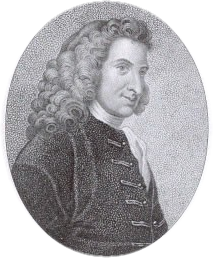
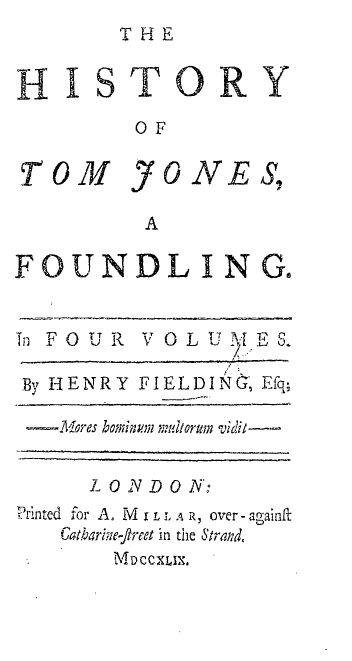
Dorothea is a St Theresa, born in the wrong century, in provincial Middlemarch, who mistakes in her idealistic ardor, “a poor dry mummified pedant… as a sort of angel of vocation“.
Middlemarch is in part a Bildungsroman focusing on the psychological or moral growth of the protagonist:
Dorothea “blindly gropes forward, making mistakes in her sometimes foolish, often egotistical, but also admirably idealistic attempt to find a role” or vocation that fulfils her nature.
Lydgate is equally mistaken in his choice of a partner, as his idea of a perfect wife is someone “who can sing and play the piano and provide a soft cushion for her husband to rest after work“.
So he marries Rosamond Vincy, “the woman in the novel who most contrasts with Dorothea“, and thereby “deteriorates from ardent researcher to fashionable doctor in London“.
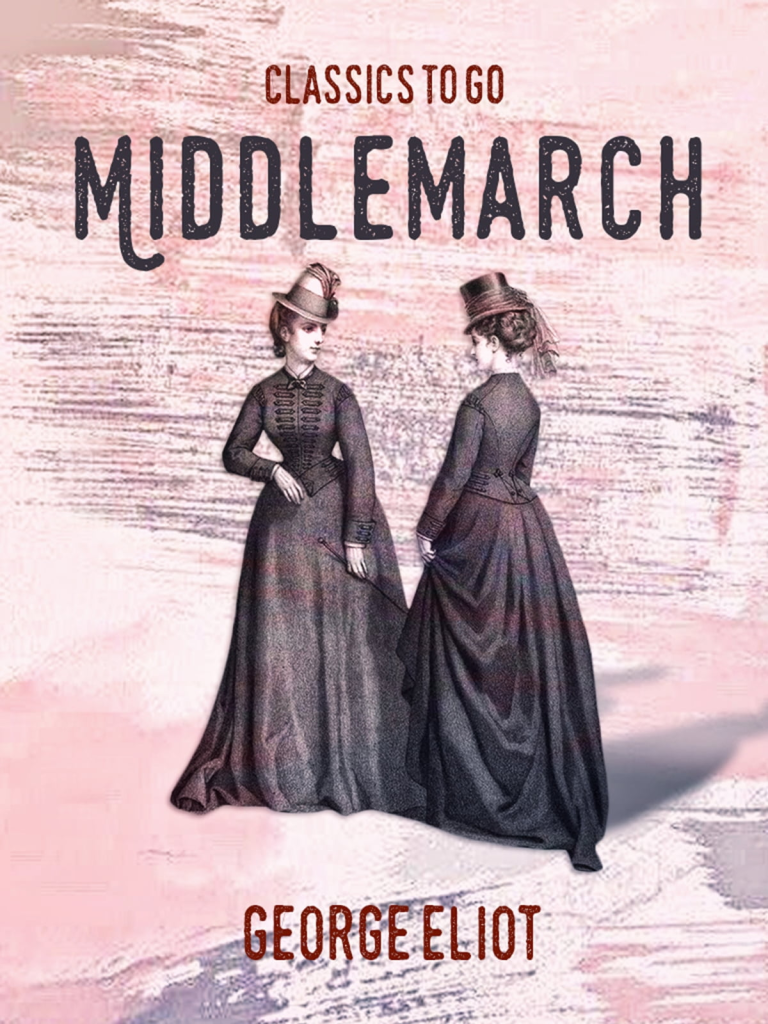
Middlemarch, according to Henry James, was “at once one of the strongest and one of the weakest of English novels.
Middlemarch is a treasure-house of details, but it is an indifferent whole.”
Among the details, his greatest criticism (“the only eminent failure in the book“) was of the character of Ladislaw, who he felt was an insubstantial hero-figure as against Lydgate.
The scenes between Lydgate and Rosamond he especially praised for their psychological depth – he doubted whether there were any scenes “more powerfully real or intelligent” in all English fiction.

Thérèse Bentzon, for the Revue des deux Mondes, was critical of Middlemarch.
Although finding merit in certain scenes and qualities, she faulted its structure as “made up of a succession of unconnected chapters, following each other at random.
The final effect is one of an incoherence which nothing can justify.”
In her view, Eliot’s prioritisation of “observation rather than imagination… inexorable analysis rather than sensibility, passion or fantasy” means that she should not be held amongst the first ranks of novelists.
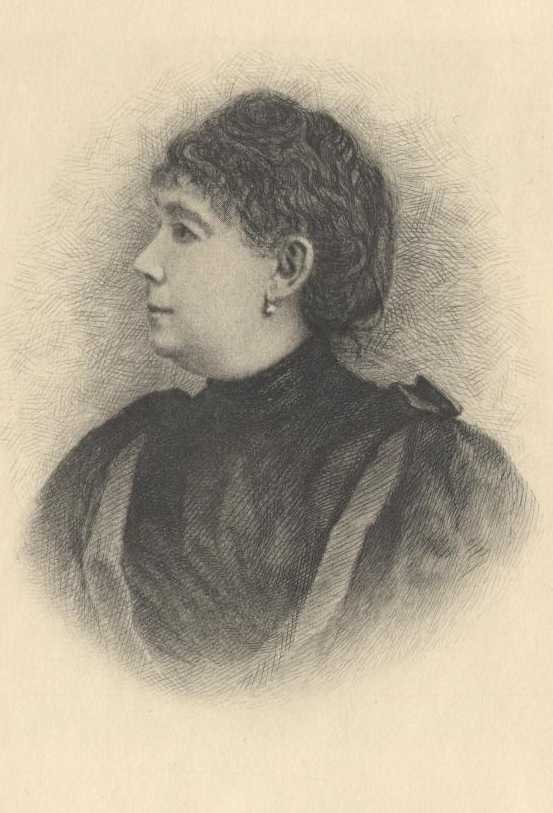
The German philosopher Friedrich Nietzsche, who read Middlemarch in a translation owned by his mother and sister, derided the novel for construing suffering as a means of expiating the debt of sin, which he found characteristic of “little moralistic females à la Eliot“.
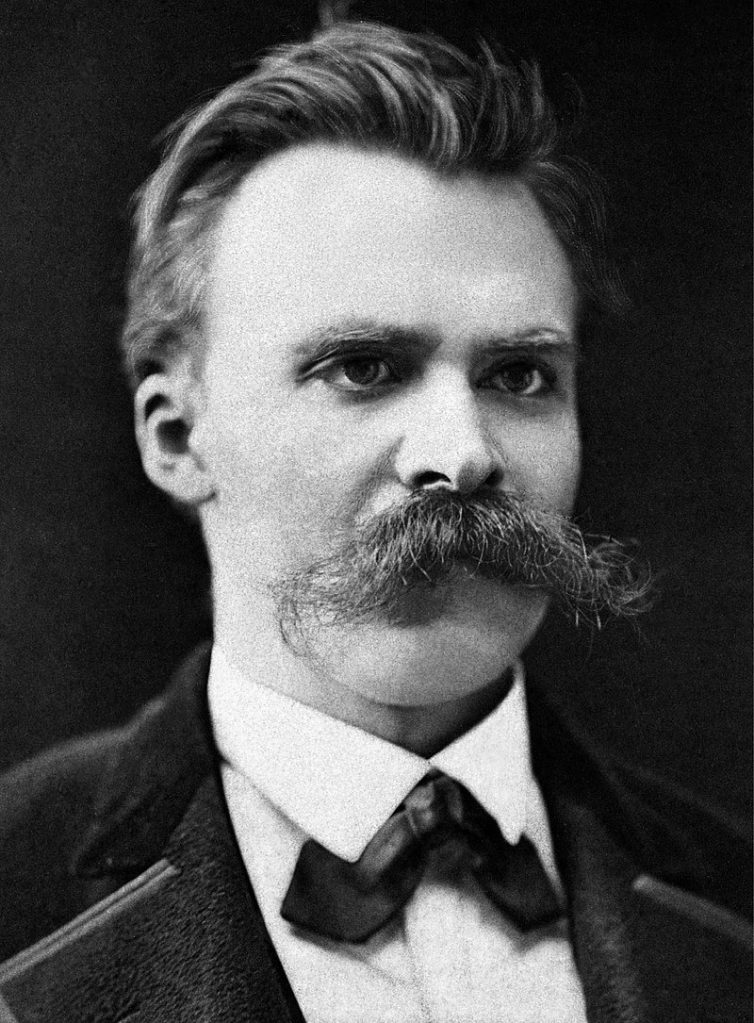
Despite the divided contemporary response, Middlemarch gained immediate admirers:
In 1873, the poet Emily Dickinson expressed high praise for the novel, exclaiming in a letter to a friend:
“What do I think of ‘Middlemarch’?”
What do I think of glory – except that in a few instances this “mortal has already put on immortality.”
George Eliot was one.
The mysteries of human nature surpass the “mysteries of redemption,” for the infinite we only suppose, while we see the finite.
Emily Dickinson, Letter to her cousins Louise and Fannie Norcross

In separate centuries, Florence Nightingale and Kate Millett remarked on the eventual subordination of Dorothea‘s own dreams to those of her admirer, Ladislaw.
Indeed, the ending acknowledges this and mentions how unfavourable social conditions prevented her from fulfilling her potential.
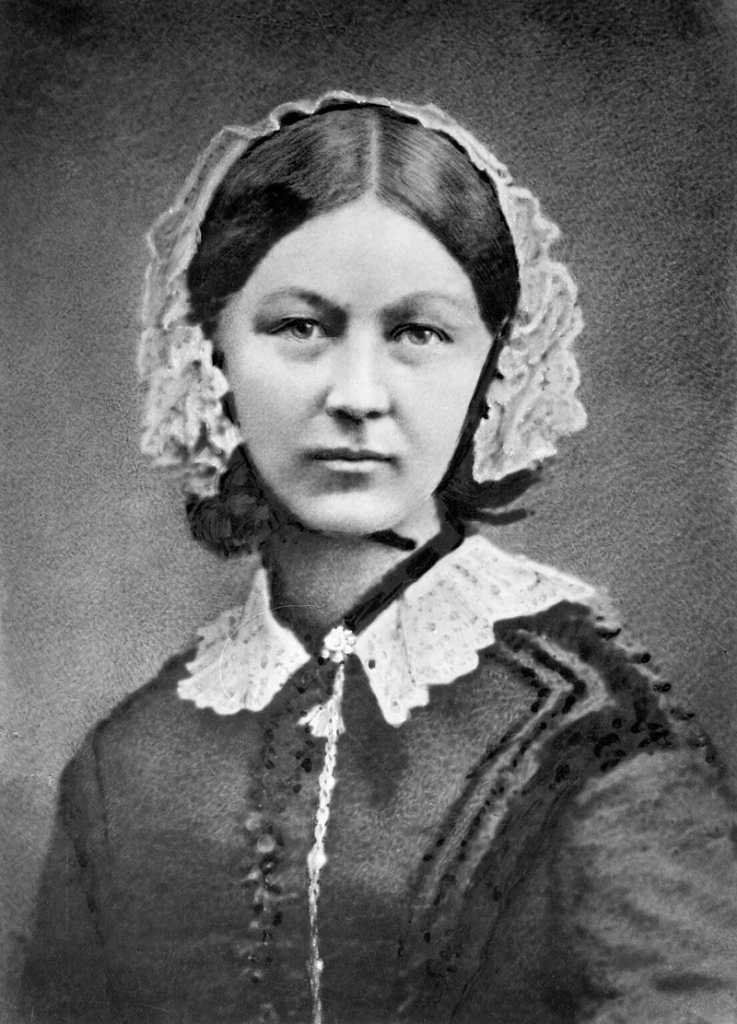
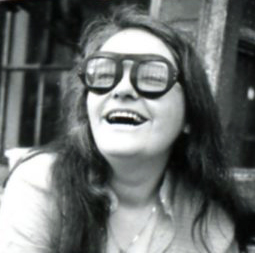
In the first half of the 20th century, Middlemarch continued to provoke contrasting responses.
Leslie Stephen dismissed the novel in 1902:
“The immediate success of Middlemarch may have been proportioned rather to the author’s reputation than to its intrinsic merits.
The novel seems to fall short of the great masterpieces which imply a closer contact with the world of realities and less preoccupation with certain speculative doctrines.“

His daughter Virginia Woolf described it in 1919 as “the magnificent book that, with all its imperfections, is one of the few English novels written for grown-up people.”
However, Woolf was “virtually unique” among the modernists in her unstinting praise for Middlemarch.
The novel also remained overlooked by the reading public of the time.

F. R. Leavis’ The Great Tradition (1948) is credited with having “rediscovered” the novel:
“The necessary part of great intellectual powers in such a success as Middlemarch is obvious … the sheer informedness about society, its mechanisms, the ways in which people of different classes live … a novelist whose genius manifests itself in a profound analysis of the individual.”

Leavis’ appraisal of it has been hailed as the beginning of a critical consensus that still exists towards the novel, in which it is recognised not only as Eliot’s finest work, but as one of the greatest novels in English.
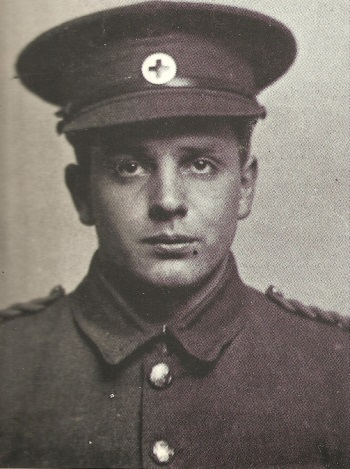
V. S. Pritchett, in The Living Novel, two years earlier, in 1946 had written that:
“No Victorian novel approaches Middlemarch in its width of reference, its intellectual power, or the imperturbable spaciousness of its narrative.
I doubt if any Victorian novelist has as much to teach the modern novelists as George Eliot …
No writer has ever represented the ambiguities of moral choice so fully”.
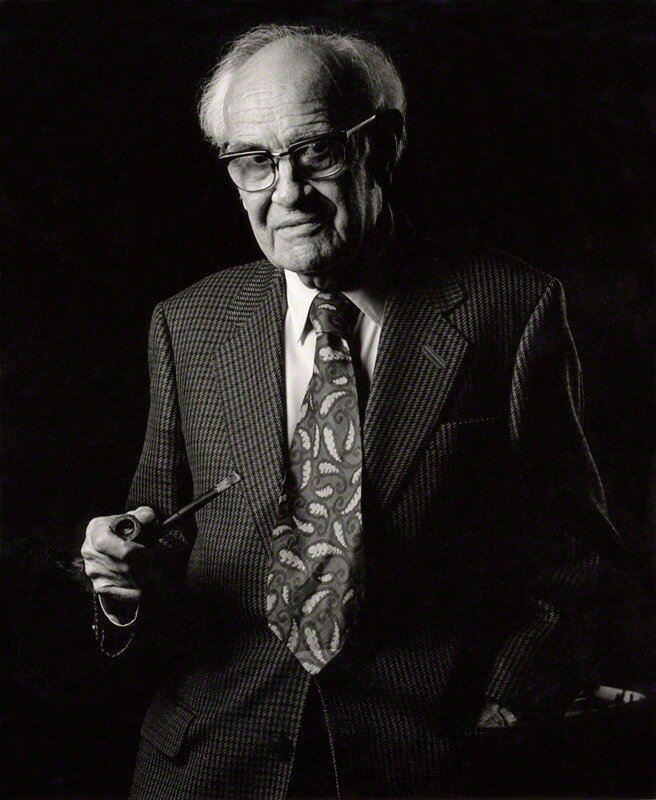
In the 21st century, the novel is still held in high regard.
The novelists Martin Amis and Julian Barnes have both called it probably the greatest novel in the English language.

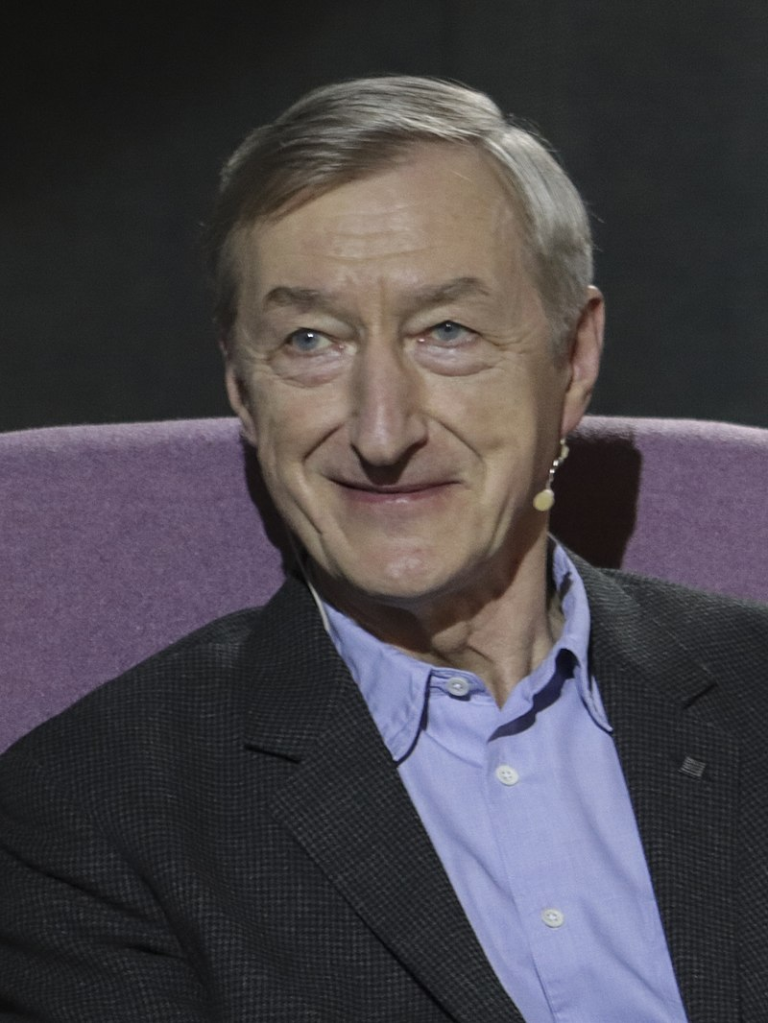
Today Middlemarch is frequently included in university courses.
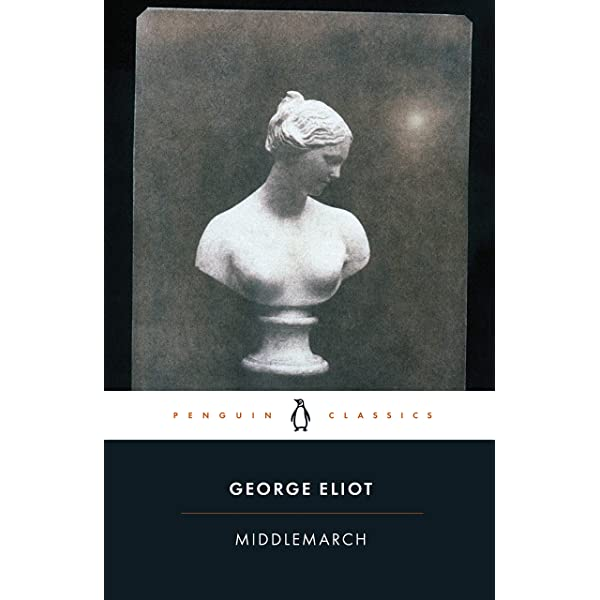
In 2013, the then British Education Secretary Michael Gove referred to Middlemarch in a speech, suggesting its superiority to Stephenie Meyer’s vampire novel Twilight.
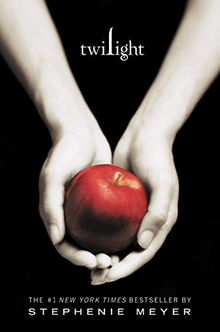
Gove’s comments led to debate on teaching Middlemarch in Britain, including the question of when novels like Middlemarch should be read, and the role of canonical texts in teaching.

The novel has remained a favourite with readers and scores high in reader rankings:
In 2003, it was #27 in the BBC’s The Big Read.
In 2007, it was #10 in “The 10 Greatest Books of All Time“, based on a ballot of 125 selected writers.
In 2015, in a BBC Culture poll of book critics outside the UK, the novel was ranked at #1 in “The 100 greatest British novels“.
On 5 November 2019, BBC News reported that Middlemarch is on the BBC list of 100 “most inspiring” novels.

Middlemarch has been adapted several times for television and the stage.
In 1968, it appeared as a BBC-produced TV mini-series of the same name, directed by Joan Craft, starring Michele Dotrice.
The first episode, “Dorothea“, is missing from the BBC Archives, while the third episode, “The New Doctor“, can be viewed online, although only as a low-quality black and white telerecording owned by a private collector.
The other five episodes have been withheld from public viewing.

In 1994 it was again adapted by the BBC as a TV series of the same name, directed by Anthony Page with a screenplay by Andrew Davies.
This was a critical and financial success and revived public interest adapting the classics.

In 2013 came a stage adaptation, and also an Orange Tree Theatre Repertory production adapted and directed by Geoffrey Beevers as three plays: Dorothea’s Story, The Doctor’s Story, and Fred & Mary.
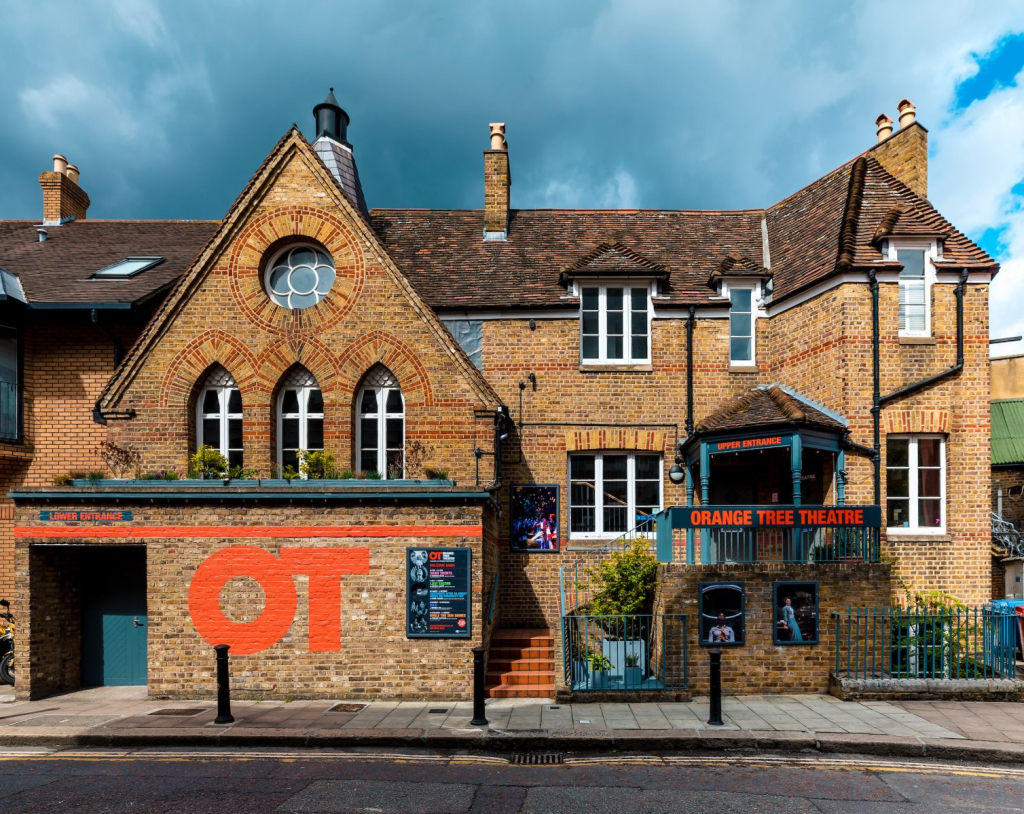
The novel has never been made into a film, although the idea was toyed with by the English director Sam Mendes.
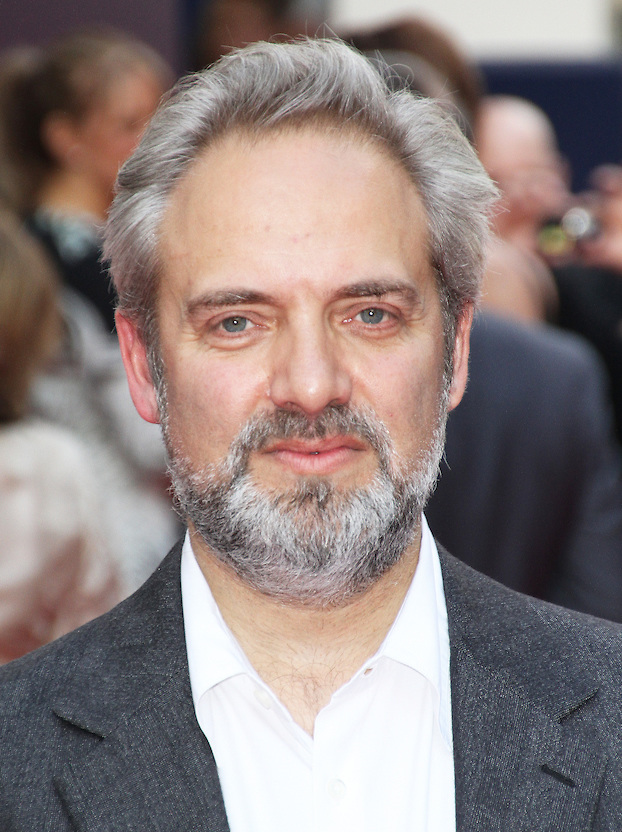
In April 2022, Dash Arts produced The Great Middlemarch Mystery, an immersive theatre experience staged across three locations in Coventry, including Drapers Hall.

The opera Middlemarch in Spring by Allen Shearer, to a libretto by Claudia Stevens, has a cast of six and treats only the central story of Dorothea Brooke.
It was first staged in San Francisco in 2015.

In 2017, a modern adaptation, Middlemarch: The Series, aired on YouTube as a video blog.

Lyrics for the song “How Soon Is Now?” by The Smiths were taken from Middlemarch:

I am the son
And the heir
Of a shyness that is criminally vulgar
I am the son and heir
Of nothing in particular
You shut your mouth
How can you say
I go about things the wrong way?
I am human and I need to be loved
Just like everybody else does
I am the son
And the heir
Of a shyness that is criminally vulgar
I am the son and heir
Of nothing in particular
You shut your mouth
How can you say
I go about things the wrong way?
I am human and I need to be loved
Just like everybody else does
There’s a club if you’d like to go
You could meet somebody who really loves you
So you go and you stand on your own
And you leave on your own
And you go home and you cry
And you want to die
When you say it’s gonna happen now
When exactly do you mean?
See I’ve already waited too long
And all my hope is gone
You shut your mouth
How can you say
I go about things the wrong way?
I am human and I need to be loved
Just like everybody else does
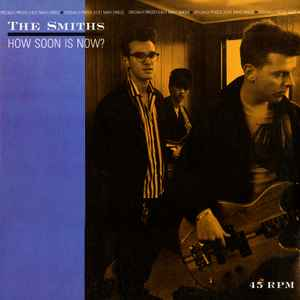
The plot of Indiana:
Indiana is the story’s heroine, a young noblewoman descended from French colonial settlers from Île Bourbon (now Réunion) and currently living in France.
Indiana is married to an older ex-army officer named Colonel Delmare and suffers from a variety of unknown illnesses, presumably due to the lack of passion in her life.
Indiana does not love Delmare and searches for someone who will love her passionately.
She overlooks her cousin Ralph, who lives with her and the colonel.
As it turns out, Ralph is in love with Indiana.
When their young, handsome, and well-spoken neighbor, Raymon de Ramiere, declares his interest to Indiana, she falls in love with him.
Raymon has already seduced Indiana‘s maid, Noun, who is pregnant with his child.
When Noun finds out what is going on, she drowns herself.

Indiana‘s husband decides that they will move to Île Bourbon.
Indiana escapes the house to faithfully present herself in Raymon‘s apartments in the middle of the night, expecting him to accept her as his mistress in spite of society’s inevitable condemnation.
He at first attempts to seduce her but, on failing, rejects her once and for all.
He cannot bear the thought that her will is stronger than his and writes her a letter intended to make her fall in love with him again, even though he has no intention of requiting this love.
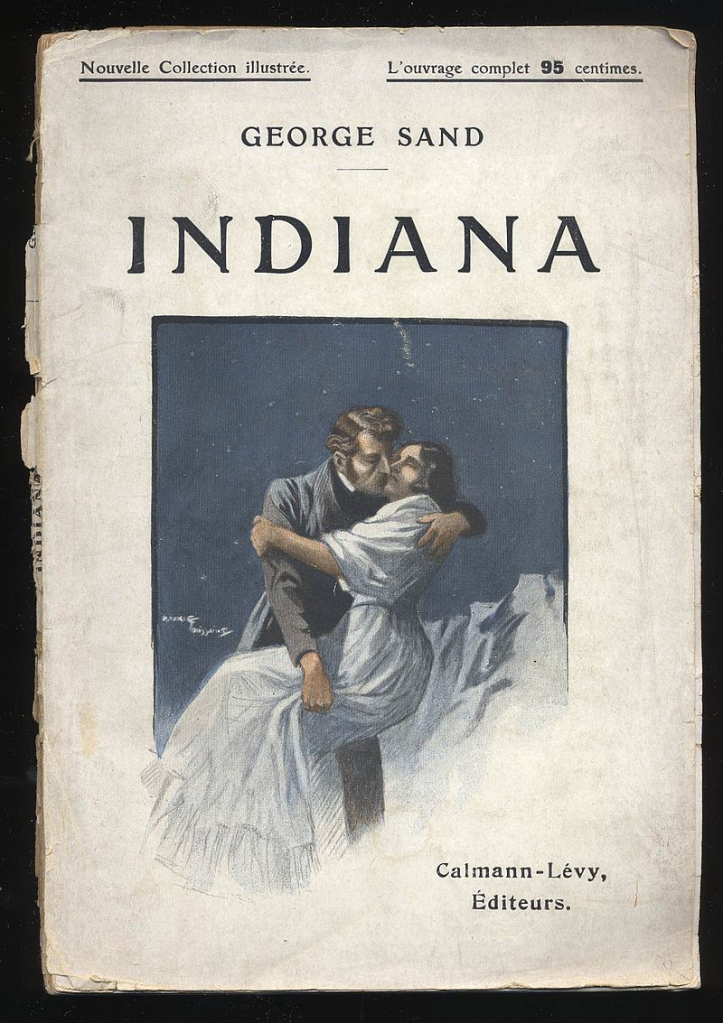
Indiana has moved to the Island with the Colonel by the time she reads the letter.
She resists the letter but finally returns to France on a perilous sea journey.
When she arrives in Paris, the French Revolution of 1830 is taking place.
In the meantime, Raymon has made an advantageous marriage and bought Indiana’s house, where he and his wife live.

The stoic and remote Sir Ralph, whom Indiana has always seen as an ‘égoiste‘, suddenly comes to rescue her and tell her that Colonel Delmare has died from a fever.
Indiana and Ralph decide to commit suicide together by jumping into a waterfall on the Île Bourbon.
But on the way home, they fall in love.
Just before the suicide, they declare their love for one another and pledge that they will be married in Heaven.
At the end of the novel comes a conclusion, a young adventurer’s account of finding a man and woman, Ralph and Indiana, living on an isolated farm on the Island.

The novel deals with many typical 19th century novelistic themes.
These include adultery, social constraint, and unfulfilled longing for romantic love.
The novel is an exploration of 19th century female desire complicated by class constraints and by social codes about infidelity.
In another sense, the novel critiques the laws around women’s equality in France.
Indiana cannot leave her husband, Colonel Delmare, because she lacks the protection of the law:
Under the Napoleonic Code, women could not obtain property, claim ownership of their children, or divorce.
Finally, the novel touches on the subordination of the colonies to the French Empire.

Sand’s first literary efforts were collaborations with the writer Jules Sandeau.
They published several stories together, signing them Jules Sand.
Sand’s first published novel Rose et Blanche (1831) was written in collaboration with Sandeau.

She subsequently adopted, for her first independent novel, Indiana (1832), the pen name that made her famous – George Sand.
Sand was the most popular writer (of any gender) in Europe by the age of 27, more popular than both Victor Hugo and Honoré de Balzac in England in the 1830s and 1840s.
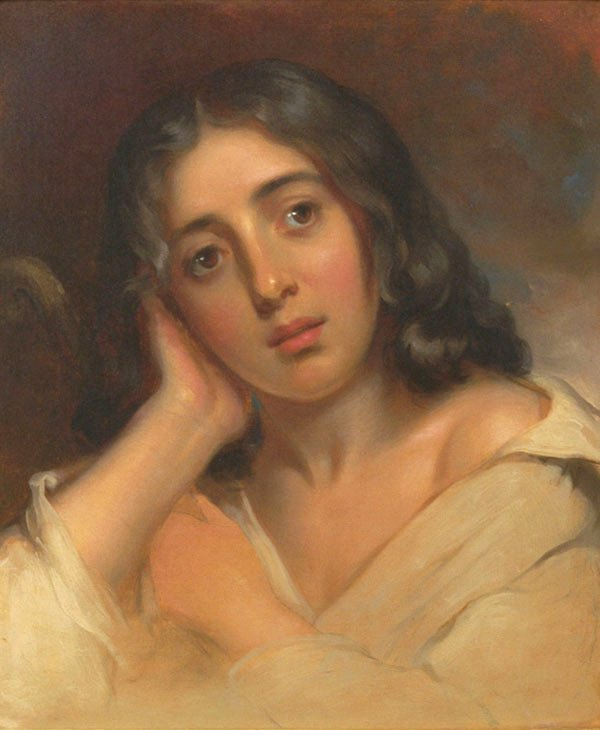
She remained immensely popular as a writer throughout her lifetime and long after her death.
Early in her career, her work was in high demand.
By 1836, the first of several compendia of her writings was published in 24 volumes.
In total, four separate editions of her “Complete Works” were published during her lifetime.

In 1880, her children sold the rights to her literary estate for 125,000 francs (equivalent to 36 kg worth of gold, or $1.3 million dollars in 2015).
Drawing from her childhood experiences of the countryside, Sand wrote the pastoral novels La Mare au Diable (1846), François le Champi (1847–1848), La Petite Fadette (1849), and Les Beaux Messieurs de Bois Doré (1857).



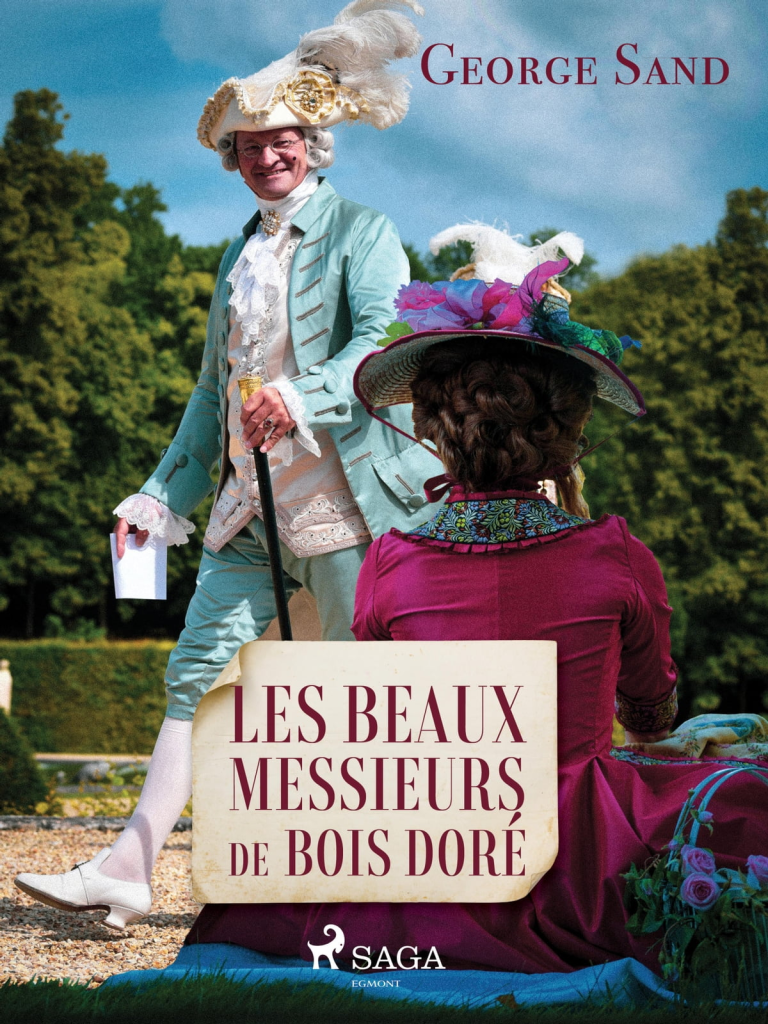
A Winter in Majorca described the period that she and Chopin spent on that island from 1838 to 1839.
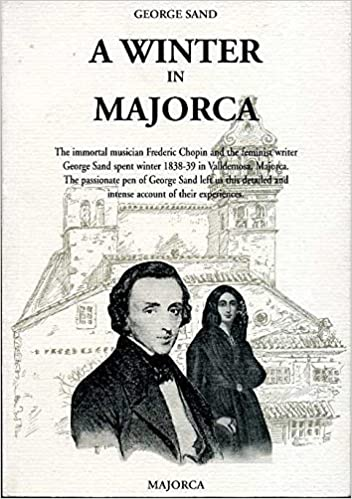
Sand spent the winter of 1838–1839 with Frédéric Chopin in Mallorca at the (formerly abandoned) Carthusian monastery of Valldemossa.
The trip to Mallorca was described in her Un hiver à Majorque, first published in 1841.
Chopin was already ill with incipient tuberculosis at the beginning of their relationship, and spending a cold and wet winter in Mallorca where they could not get proper lodgings exacerbated his symptoms.
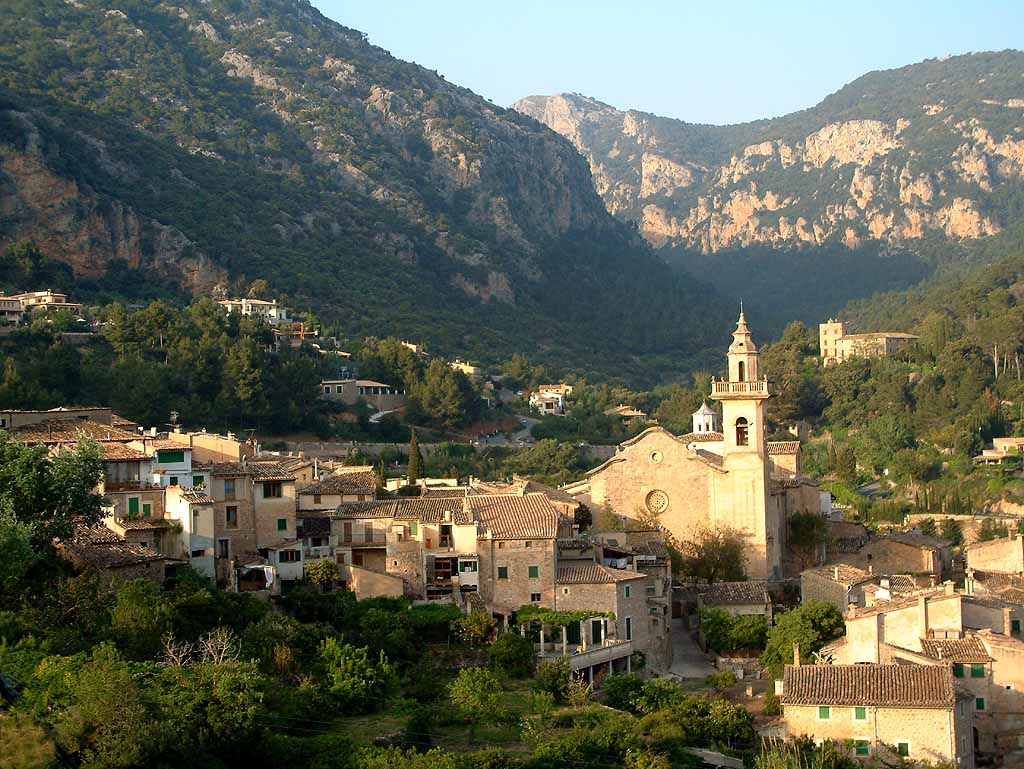
Sand and Chopin also spent many long summers at Sand’s country manor in Nohant (1839 – 1846, excepting 1840).
There, Chopin wrote many of his most famous works, including the Fantasie in F Minor Opus 49, Piano Sonata No. 3 Opus 58, and the Ballade No. 3 Opus 47.

In her novel Lucrezia Floriani, Sand used Chopin as a model for a sickly Eastern European prince named Karol.
He is cared for by a middle-aged actress past her prime, Lucrezia, who suffers a great deal through her affection for Karol.
Though Sand claimed not to have made a cartoon out of Chopin, the book’s publication and widespread readership may have exacerbated their later antipathy towards each other.

After Chopin’s death, Sand burned much of their correspondence, leaving only four surviving letters between the two.
Three of the letters were published in the “Classiques Garnier” series in 1968.

Another breach was caused by Chopin’s attitude toward Sand’s daughter, Solange.
Chopin continued to be cordial to Solange after Solange and her husband Auguste Clésinger had a falling out with Sand over money.
Sand took Chopin’s support of Solange to be extremely disloyal, and confirmation that Chopin had always “loved” Solange.
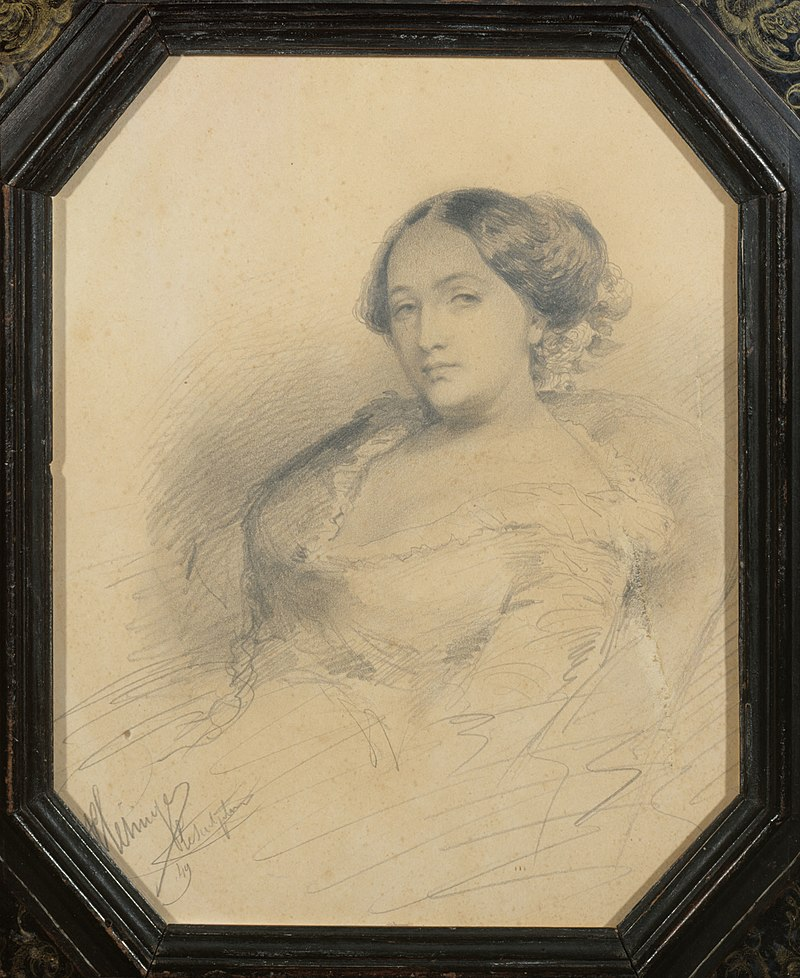
Sand’s son Maurice also disliked Chopin.
Maurice wanted to establish himself as the “man of the estate” and did not wish to have Chopin as a rival.
Maurice removed two sentences from a letter Sand wrote to Chopin when he published it because he felt that Sand was too affectionate toward Chopin and Solange.

They separated two years before his death for a variety of reasons.
Chopin was never asked back to Nohant.
In 1848, he returned to Paris from a tour of the United Kingdom, to die at the Place Vendôme in 1849.
George Sand was notably absent from his funeral.

Her other novels include Indiana (1832), Lélia (1833), Mauprat (1837), Le Compagnon du Tour de France (1840), Consuelo (1843), and Le Meunier d’Angibault (1845).


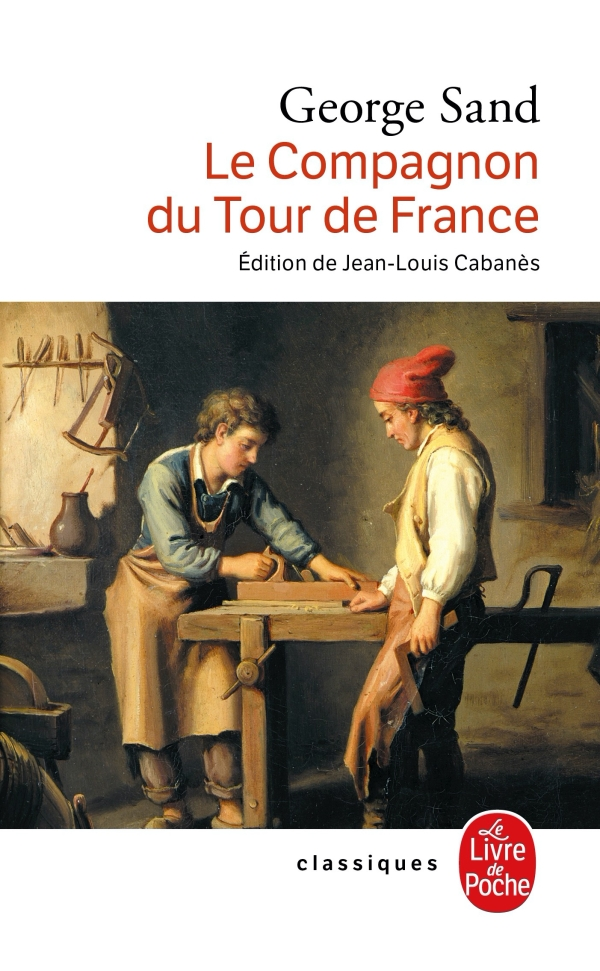

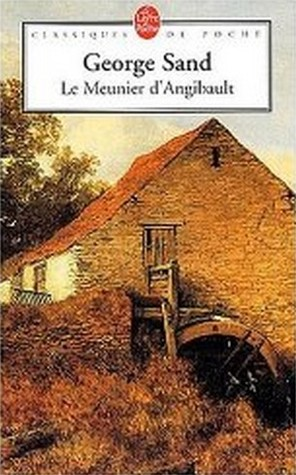
Theatre pieces and autobiographical pieces include Histoire de ma vie (1855), Elle et Lui (1859, about her affair with Musset), Journal Intime (posthumously published in 1926), and Correspondence.
Sand often performed her theatrical works in her small private theatre at the Nohant estate.
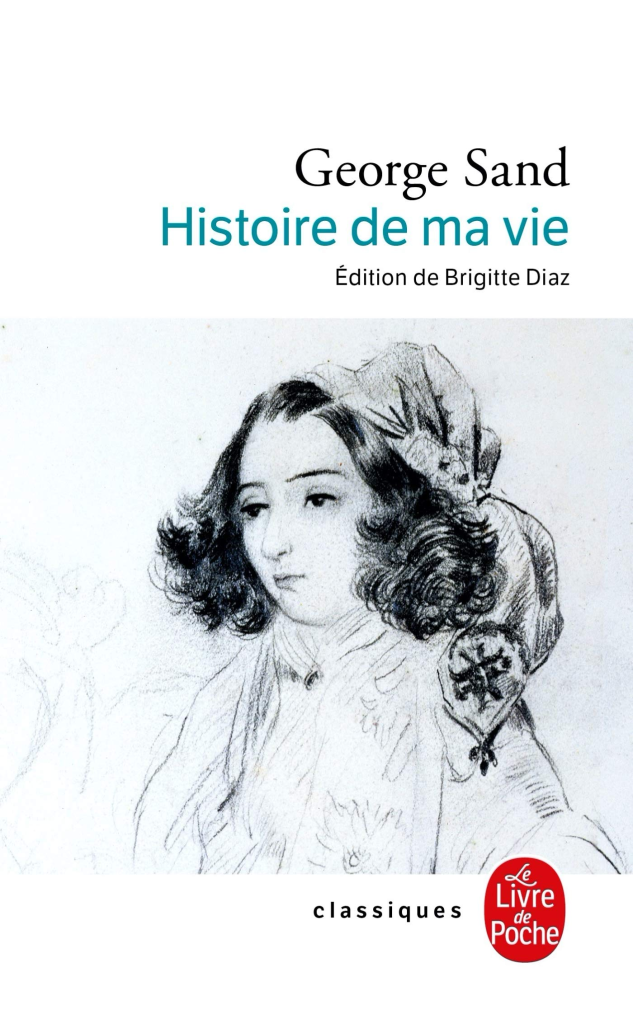
Sand’s writing was immensely popular during her lifetime and she was highly respected by the literary and cultural elite in France.
Victor Hugo, in the eulogy he gave at her funeral, said:
“The lyre was within her.
In this country whose law is to complete the French Revolution and begin that of the equality of the sexes, being a part of the equality of men, a great woman was needed.
It was necessary to prove that a woman could have all the manly gifts without losing any of her angelic qualities, be strong without ceasing to be tender.
George Sand proved it.
George Sand was an idea.
She has a unique place in our age.”
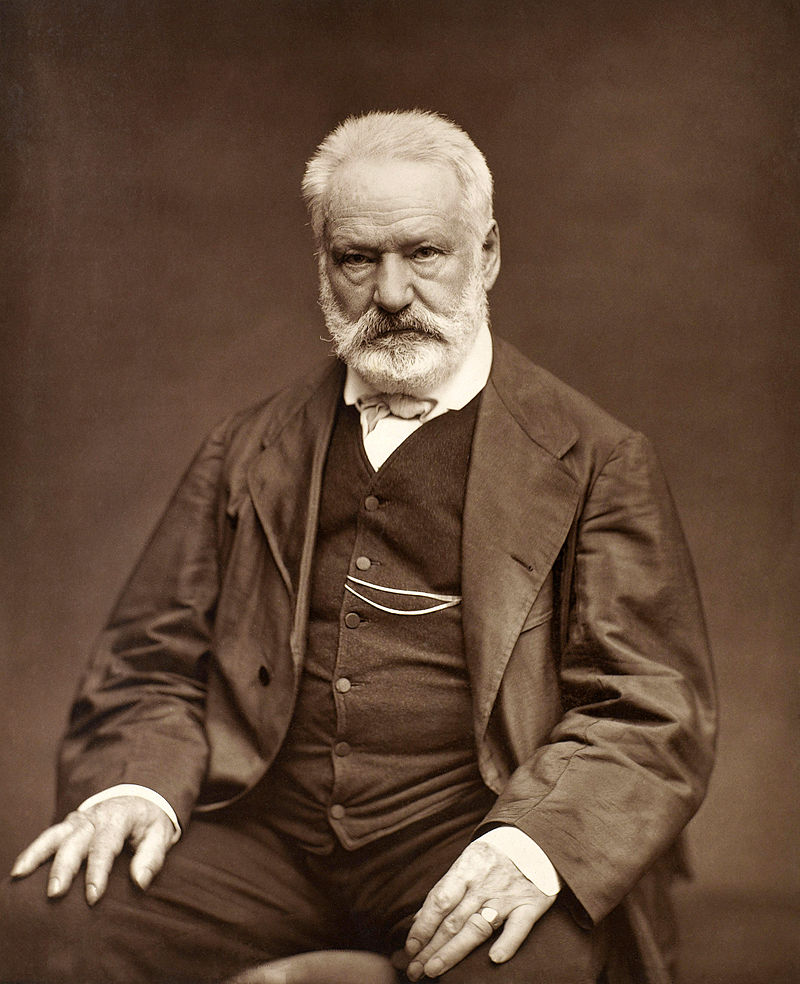
Sand also wrote literary criticism and political texts.
In her early life, she sided with the poor and working class as well as women’s rights.
When the 1848 Revolution began, she was an ardent republican.
Sand started her own newspaper, published in a workers’ cooperative.
Politically, she became very active after 1841.
Leaders of the day often consulted with her and took her advice.
She was a member of the provisional government of 1848, issuing a series of fiery manifestos.
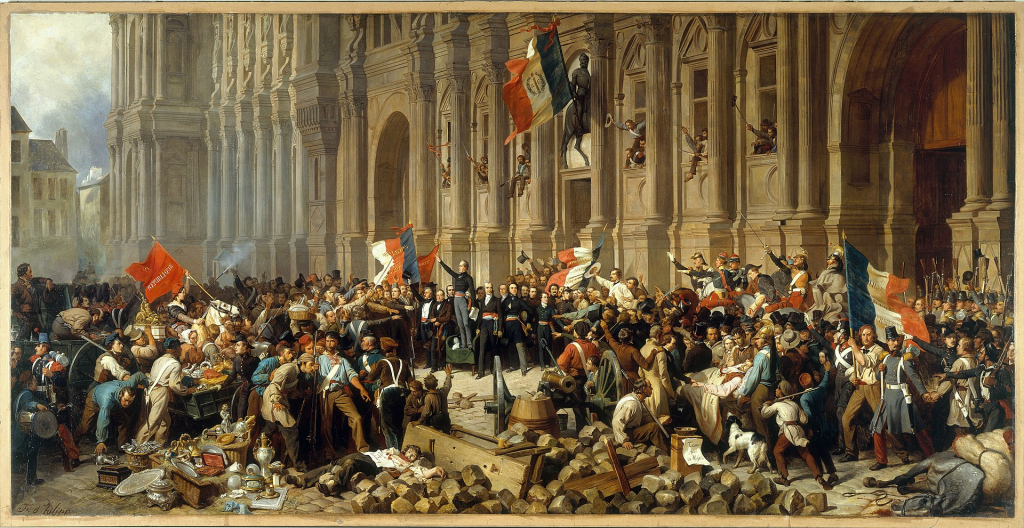
While many Republicans were imprisoned or went to exile after Louis-Napoléon Bonaparte’s coup d’état of December 1851, she remained in France, maintained an ambiguous relationship with the new regime, and negotiated pardons and reduced sentences for her friends.

Sand was known for her implication and writings during the Paris Commune of 1871, where she took a position for the Versailles assembly against the “communards“, urging them to take violent action against the “rebels”.
She was appalled by the violence of the Paris Commune, writing:
“The horrible adventure continues.
They ransom, they threaten, they arrest, they judge.
They have taken over all the city halls, all the public establishments, they’re pillaging the munitions and the food supplies.“

“Others are great men.
She was a great woman.“
Victor Hugo

Sand was one of many notable 19th century women who chose to wear male attire in public.
In 1800, the police issued an order requiring women to apply for a permit in order to wear male clothing.
Some women applied for health, occupational, or recreational reasons (e.g., horse riding), but many women chose to wear pants and other traditional male attire in public without receiving a permit.
They did so as well for practical reasons, but also at times to subvert dominant stereotypes.
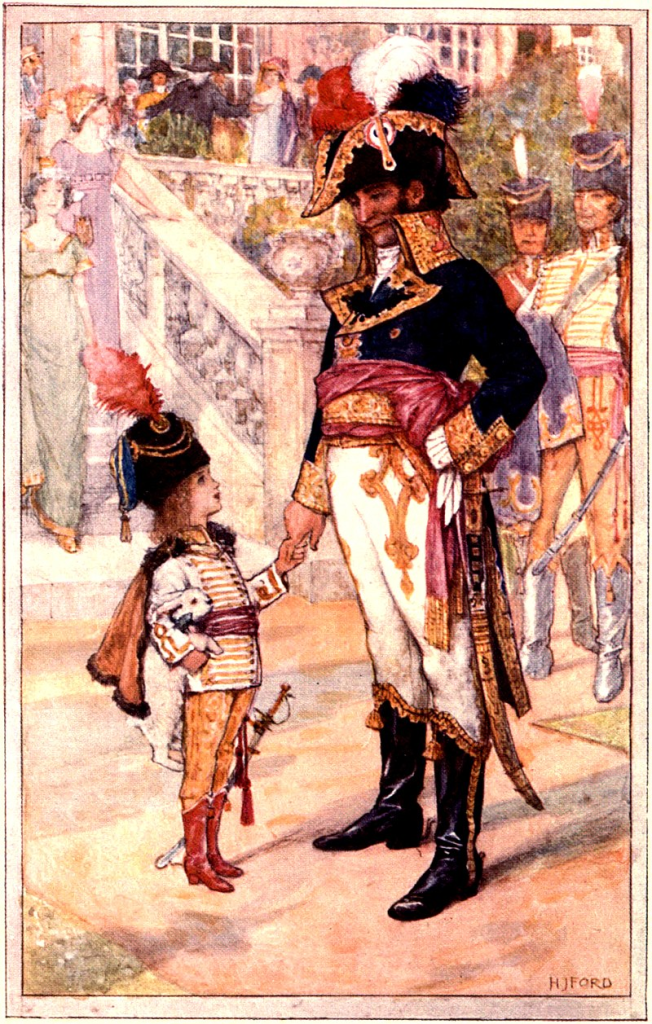
Sand was one of the women who wore men’s clothing without a permit, justifying it as being less expensive and far sturdier than the typical dress of a noblewoman at the time.
In addition to being comfortable, Sand’s male attire enabled her to circulate more freely in Paris than most of her female contemporaries and gave her increased access to venues from which women were often barred, even women of her social standing.

Also scandalous was Sand’s smoking tobacco in public.
Neither peerage nor gentry had yet sanctioned the free indulgence of women in such a habit, especially in public.
While there were many contemporary critics of her comportment, many people accepted her behaviour until they became shocked with the subversive tone of her novels.
Those who found her writing admirable were not bothered by her ambiguous or rebellious public behaviour.
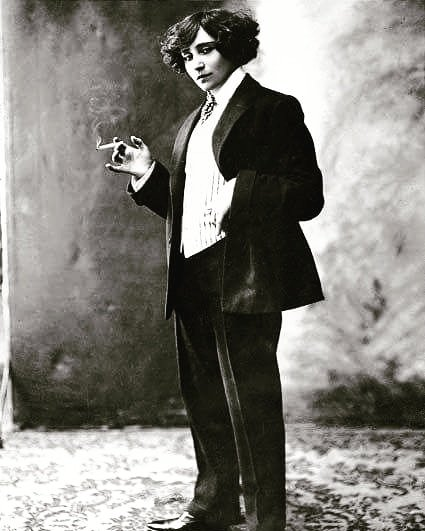
Victor Hugo commented:
“George Sand cannot determine whether she is male or female.
I entertain a high regard for all my colleagues, but it is not my place to decide whether she is my sister or my brother.”
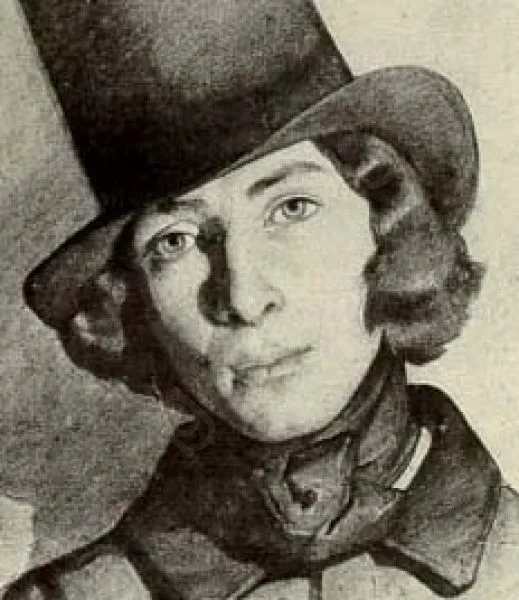
Eugène Delacroix was a close friend and respected her literary gifts.

Flaubert, by no means an indulgent or forbearing critic, was an unabashed admirer.
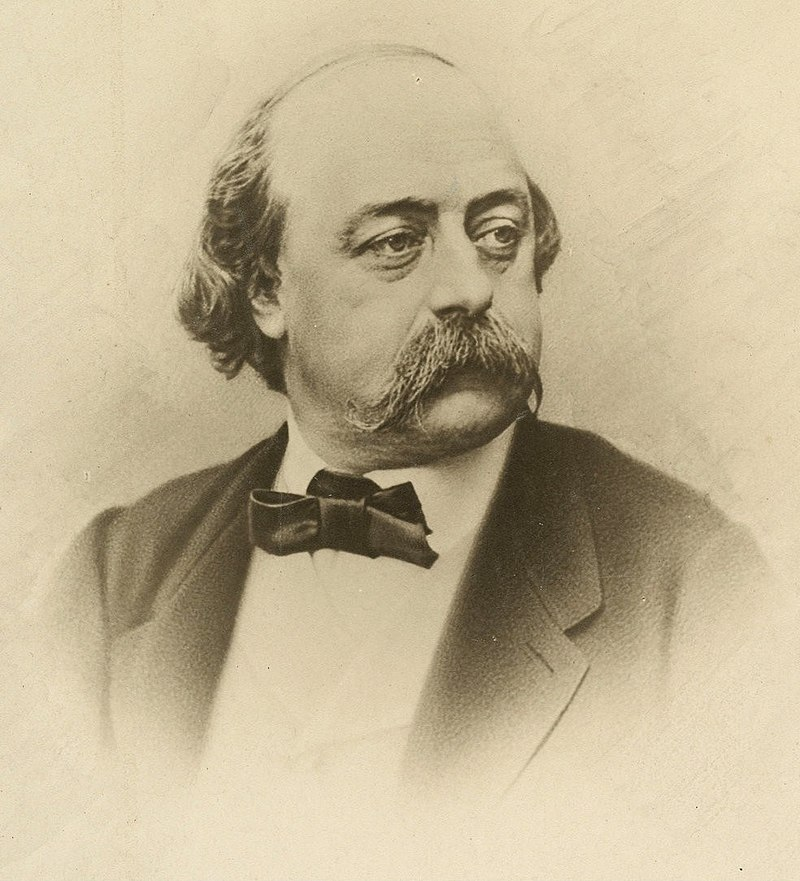
Honoré de Balzac, who knew Sand personally, once said that if someone thought she wrote badly, it was because their own standards of criticism were inadequate.
He also noted that her treatment of imagery in her works showed that her writing had an exceptional subtlety, having the ability to “virtually put the image in the word“.

Alfred de Vigny referred to her as “Sappho“.


Not all of her contemporaries admired her or her writing:
Poet Charles Baudelaire was one contemporary critic of George Sand:
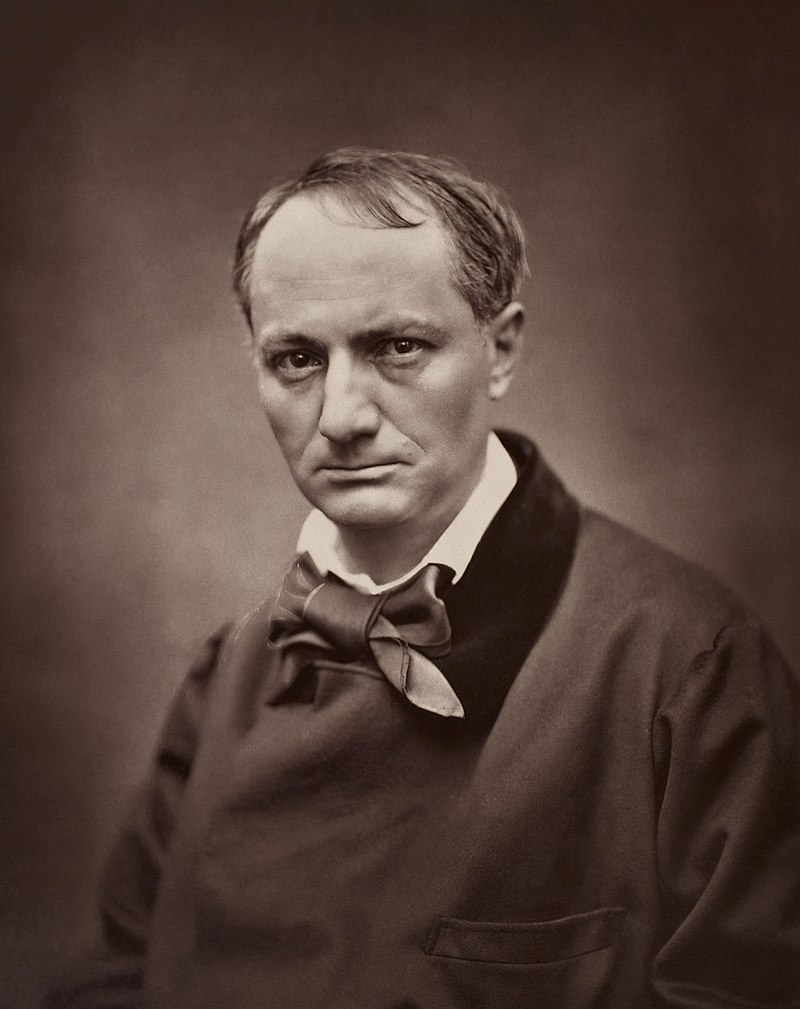
“She is stupid, heavy and garrulous.
Her ideas on morals have the same depth of judgment and delicacy of feeling as those of janitresses and kept women….
The fact that there are men who could become enamoured of this slut is indeed a proof of the abasement of the men of this generation.“

In 1822, at the age of 18, Sand married Casimir Dudevant, an out-of-wedlock son of Baron Jean-François Dudevant.
She and Dudevant had two children:
Maurice and Solange.

In 1825, she had an intense, but perhaps platonic, affair with the young lawyer Aurélien de Sèze.
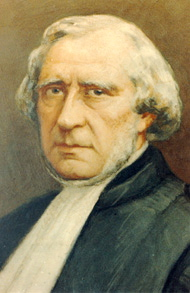
In early 1831, she left her husband and entered upon a four- or five-year period of “romantic rebellion“.
In 1835, she was legally separated from Dudevant and took custody of their children.
Sand had romantic affairs with:
- novelist Jules Sandeau
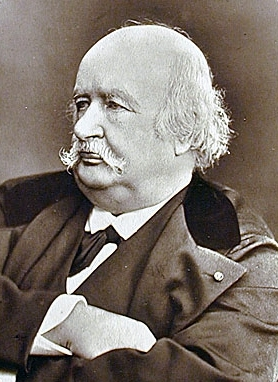
- writer Prosper Mérimée
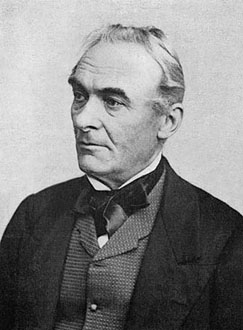
- dramatist Alfred de Musset

- actor Pierre François Bocage
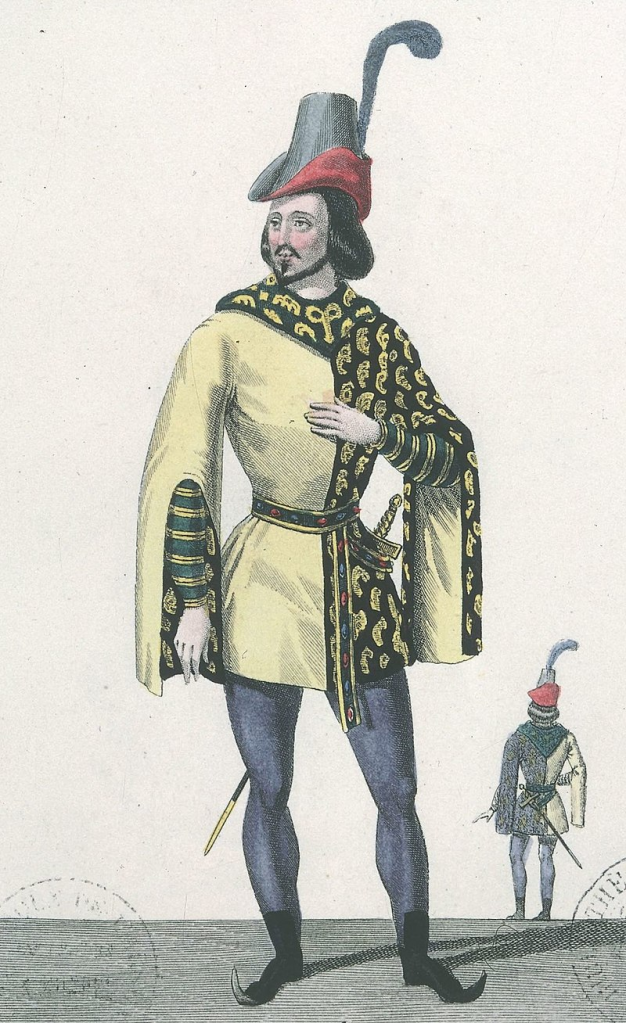
- writer Charles Didier

- novelist Félicien Mallefille

- politician Louis Blanc

- composer Frédéric Chopin

Later in her life, she corresponded with Gustave Flaubert.
Despite their differences in temperament and aesthetic preference, they eventually became close friends.
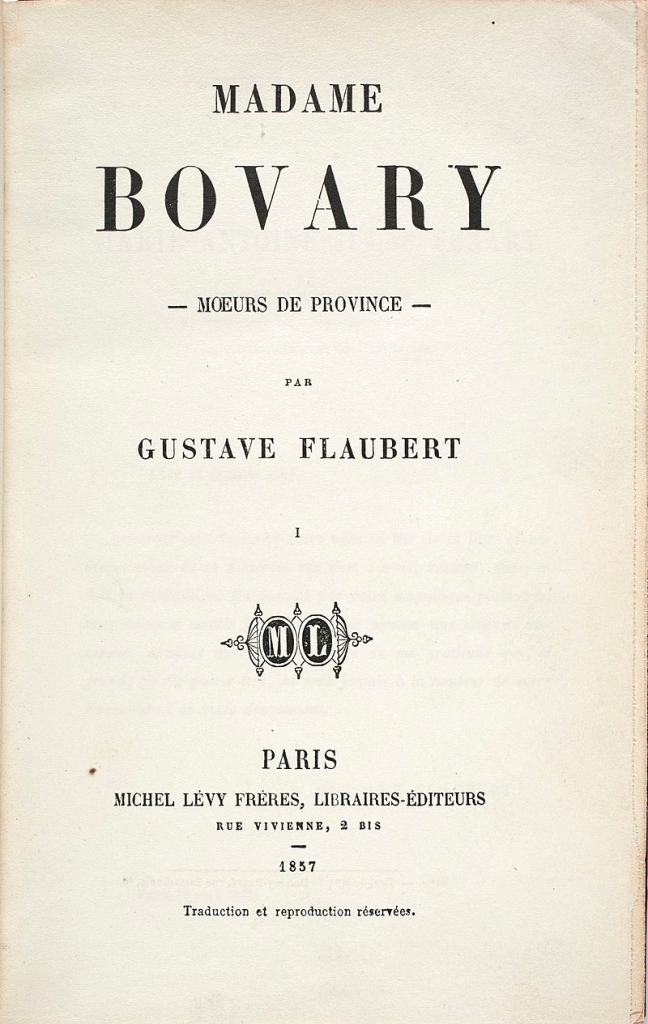
She engaged in an intimate romantic relationship with actress Marie Dorval.

Fyodor Dostoevsky “read widely in the numerous novels of George Sand” and translated her La dernière Aldini in 1844, but “discovered to his dismay that the work had already appeared in Russian“.
In his mature period, he expressed an ambiguous attitude towards her.

For instance, in his novella Notes from Underground, the narrator writes:
“I launch off at that point into European, inexplicably lofty subtleties a la George Sand.“

The English poet Elizabeth Barrett Browning wrote two poems:
- “To George Sand: A Desire”
- “To George Sand: A Recognition”

The American poet Walt Whitman cited Sand’s novel Consuelo as a personal favorite, and the sequel to this novel, La Comtesse de Rudolstadt, contains at least a couple of passages that appear to have had a very direct influence on him.

In addition to her influences on English and Russian literature, Sand’s writing and political views informed numerous 19th century authors in Spain and Latin America, including Gertrudis Gómez de Avellaneda, the Cuban-born writer who also published and lived in Spain.
Critics have noted structural and thematic similarities between George Sand’s Indiana, published in 1832, and Gómez de Avellaneda’s anti-slavery novel Sab, published in 1841.
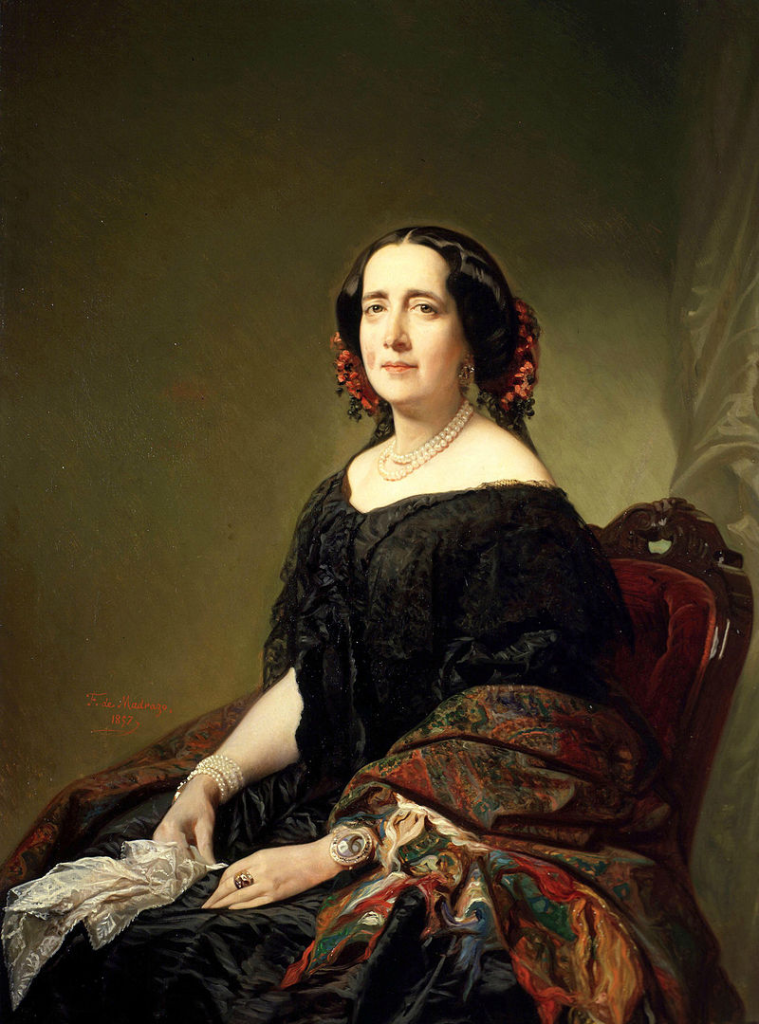
In the first episode of the “Overture” to Swann’s Way — the first novel in Marcel Proust’s In Search of Lost Time sequence — a young, distraught Marcel is calmed by his mother as she reads from François le Champi, a novel which (it is explained) was part of a gift from his grandmother, which also included La Mare au Diable, La Petite Fadette, and Les Maîtres Sonneurs.
As with many episodes involving art in À la recherche du temps perdu, this reminiscence includes commentary on the work.
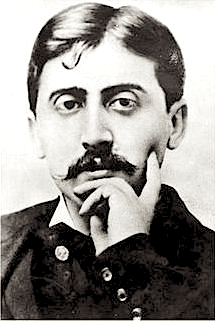
Sand is also referred to in Virginia Woolf’s book-length essay A Room of One’s Own, along with George Eliot and Charlotte Brontë as:
“All victims of inner strife as their writings prove, sought ineffectively to veil themselves by using the name of a man.“

Frequent literary references to George Sand can be found in Possession (1990) by A. S. Byatt and in the play Voyage, the first part of Tom Stoppard’s The Coast of Utopia trilogy (2002).

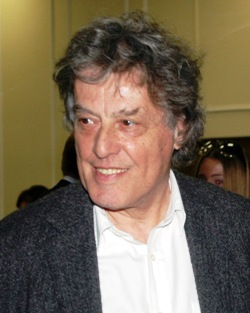
George Sand makes an appearance in Isabel Allende’s Zorro, going still by her given name, as a young girl in love with Diego de la Vega (Zorro).

Chopin, Sand and her children are the main characters of the theater play by Polish writer Jaroslaw Iwaszkiewicz “A Summer in Nohant“, which premiered in 1930.
The play, presenting the final stage of the writer-composer’s relationship, was adapted five times by Polish television:
- in 1963 (with Antonina Gordon-Górecka as Sand and Gustaw Holoubek as Chopin)
- in 1972 (with Halina Mikołajska and Leszek Herdegen)
- in 1980 (with Anna Polony and Michał Pawlicki)
- in 1999 (with Joanna Szczepkowska, who portrayed Solange in the 1980 version, and Piotr Skiba)
- in 2021 (with Katarzyna Herman and Marek Kossakowski).

George Sand is portrayed by:
- Mèrle Oberon in A Song to Remember
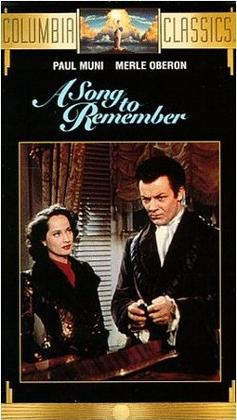
- Patricia Morison in Song Without End

- Rosemary Harris in Notorious Woman (1974)

- Judy Davis in James Lapine’s 1991 British-American film Impromptu

- Juliette Binoche in the 1999 French film Children of the Century (Les Enfants du siècle)

- in George Who? (George qui?), a 1973 French biographical film directed by Michèle Rosier and starring Anne Wiazemsky as Sand
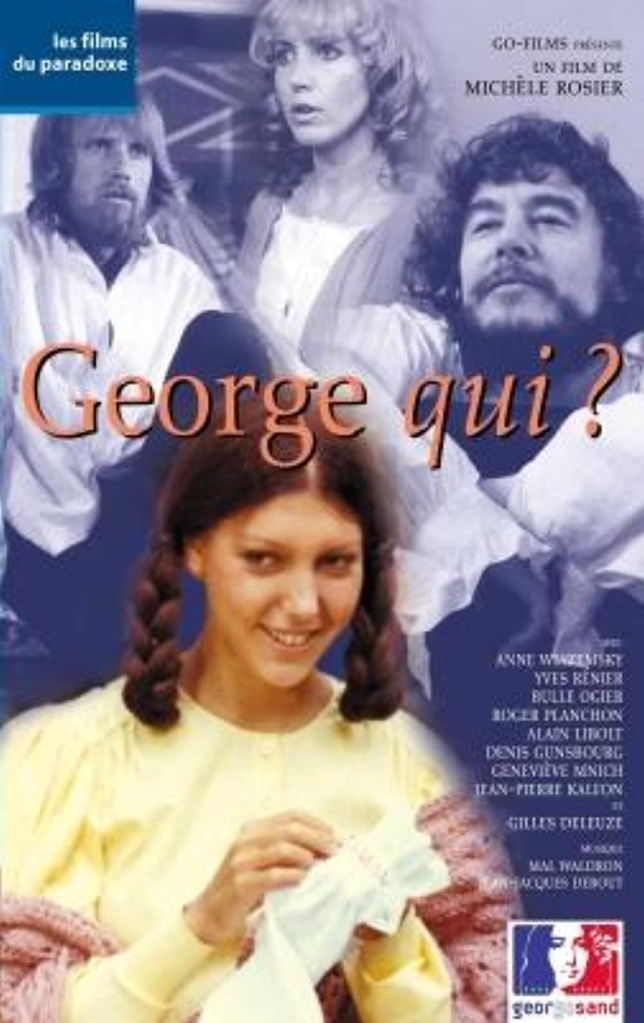
- in the 2002 Polish film Chopin: Desire for Love, directed by Jerzy Antczak, George Sand is portrayed by Danuta Stenka

If I become better known as Canada Slim and that name is equated with quality, then why would it be necessary for my work to bear the name on my birth certificate?
Changing George to Mary Ann or Amantine will neither enhance nor detract from the quality of their writing.
Frankly, I doubt the dead much care about our present sensitivities.

Feminism is about women liberating themselves – changing perceptions, laws, employment practices, and so on.
Feminism is easily the biggest movement in human history.
Women across all cultures and religions have suffered immeasurably for thousands of years and now are catching up.
Real gains have been made by women, but you cannot liberate only half of the human race.
The idea of liberating women from men assumes that men were somehow the winners in a power struggle and that power was what life was all about.
Feminism assumes that men are having a good time.
It is much more realistic to say that both men and women are trapped in a system which damages them both.
The way forward lies not in women fighting men but in women and men together fighting the ancient stupidities that have been bequeathed to them.
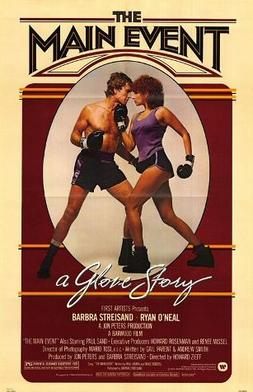
Consider the business and professional world.
Women have learned to compete on male terms.
They live like men, talk like men, exploit like men.
They inherit ulcers, heart attacks and children who hate them.
Welcome to the privileged world of men.

Any move to change the order of things which does not also address the fact that men are equally lost, trapped and miserable, will only create its own resistance.
Feminism elevates women from a long subservience.
It is important and must continue.
But most men have been subservient too – to a dehumanizing system that only grew worse with the advent of the industrial era.
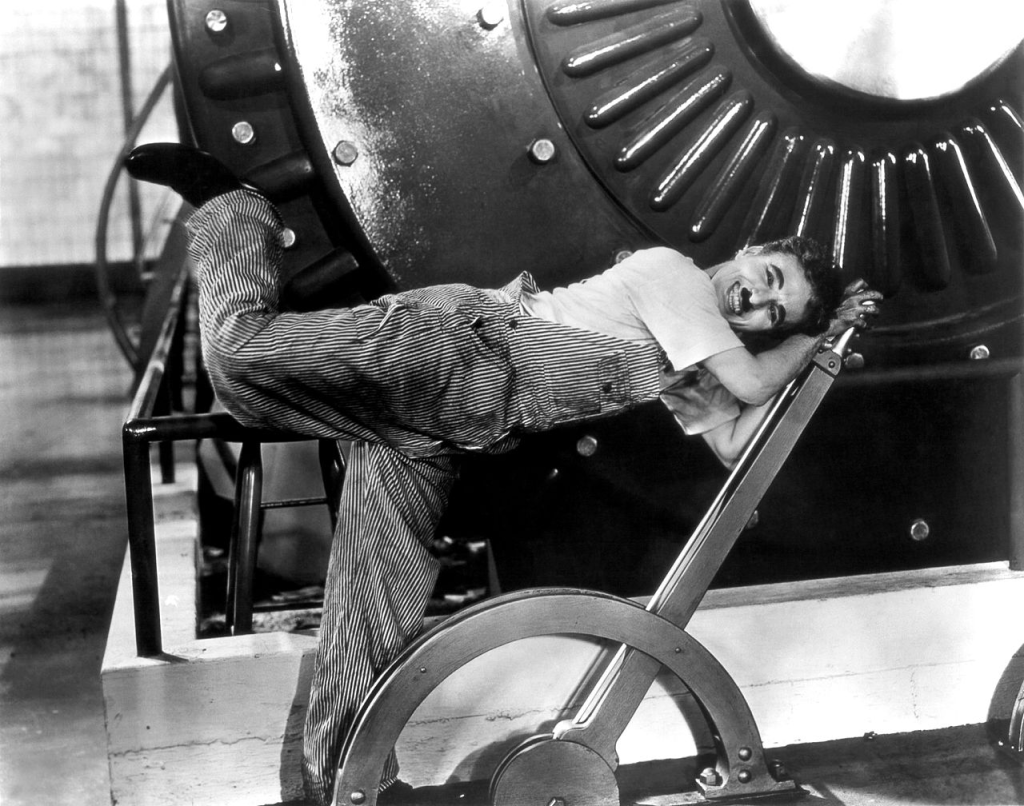
A woman, despite the strides and advances feminism has made, can still seek not to work if she is clever and attractive.
Life offers the human being two choices: animal existence – a lower order of life – and spiritual existence.
We have the same intellectual potential.
There is no primary difference in intelligence between the sexes.
I welcome women who seek to utilize their potential, their intelligence, ambition, industry and pertinacity, but that being said, what is the point of a man seeking the companionship of a woman, such as one of the two aforementioned Georges, if by sheer virtue of their gender a man must subject all of his potential to a woman who feels no guilt in abandoning him on a whim despite all that he may have done for her previously required?
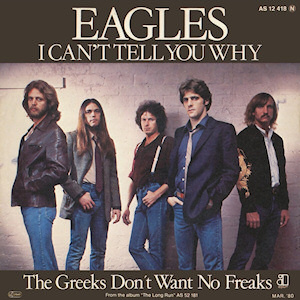
From my reading of the histories of the two Georges and from the literature that these authors produced, it strikes me that they sought the freedom to do as they so chose with all the privileges that union with a man offered without the reciprocal responsibility that a relationship is supposed to infer.
We muse on the lives of these women, but we are curiously incurious as to the emotional distress they caused their men and children in the wake of their liberation.
Sand had a dozen lovers that we know of.
Eliot had an affair with a married man then later with a man significantly younger than herself.
Did they have the right to live their lives and love whomsoever they chose?
Certainly.
But at what cost to those who were intimate with them?
This remains unspoken.

In a bar in Toledo, across from the depot
On a barstool, she took off her ring
I thought I’d get closer, so I walked on over
I sat down and asked her name
When the drinks finally hit her, she said “I’m no quitter
But I finally quit livin’ on dreams
I’m hungry for laughter and here ever after
I’m after whatever the other life brings.”
In the mirror, I saw him, and I closely watched him
I thought how he looked out of place
He came to the woman who sat there beside me
He had a strange look on his face
The big hands were calloused, he looked like a mountain
For a minute I thought I was dead
But he started shaking, his big heart was breaking
He turned to the woman and said:
“You picked a fine time to leave me, Lucille
With four hungry children and a crop in the field.
I’ve had some bad times, lived through some sad times,
But this time your hurting won’t heal.
You picked a fine time to leave me, Lucille.”
After he left us, I ordered more whiskey
I thought how she’d made him look small.
From the lights of the barroom
To a rented hotel room
We walked without talking at all.
She was a beauty, but when she came to me,
She must have thought I’d lost my mind.
I couldn’t hold her, ’cause the words that he told her
Kept coming back time after time:
“You picked a fine time to leave me, Lucille
With four hungry children and a crop in the field
I’ve had some bad times, lived through some sad times
But this time your hurting won’t heal
You picked a fine time to leave me, Lucille*

They chose to emulate male privilege but acted without male compulsion to guard the feelings of those with whom they were involved.
They hid behind male pseudonyms for their own profit and protection.
This does not diminish the power of the prose they created, but as their fame lay in the pen names they chose for themselves, I do not think a great service is done to the memory of their accomplishments should their works revert to their original feminine names nor a disservice done should their pen names remain to identify their works.
Let us praise a person not by virtue of their gender, but in spite of it.
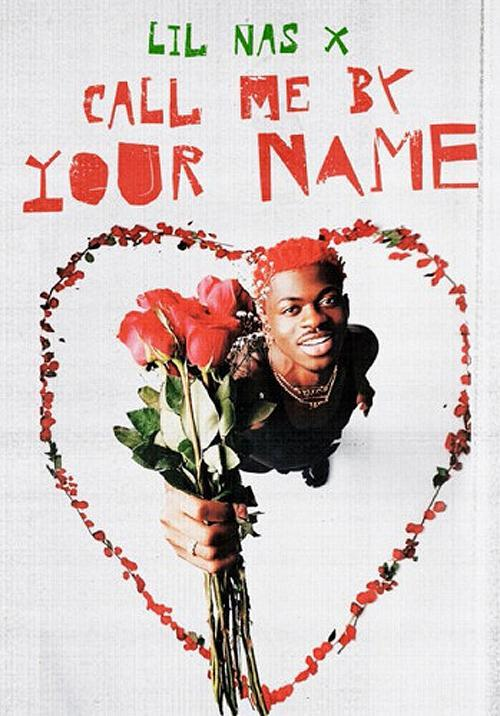
Sources: Wikipedia / Google / Roger Axtel, Do’s and Taboos Around the World / Steve Biddulph, Manhood / George Eliot, Middlemarch / Alison Flood, “Female authors make debuts under their real names“, The Guardian, 12 August 2020 / George Sand, Indiana / Esther Vilar, The Manipulated Man

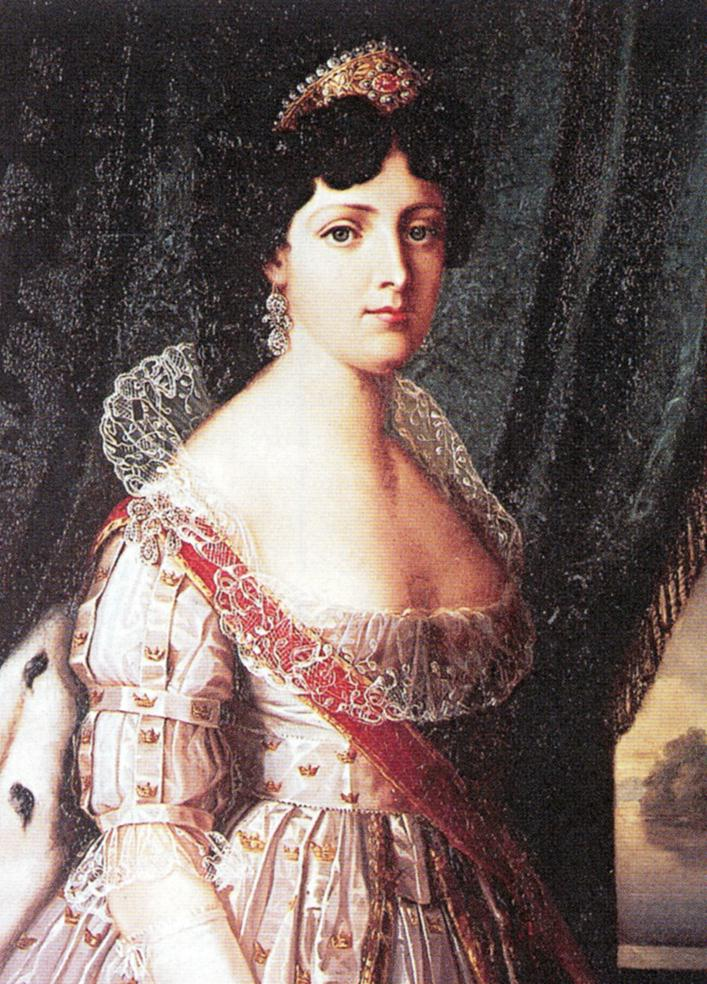
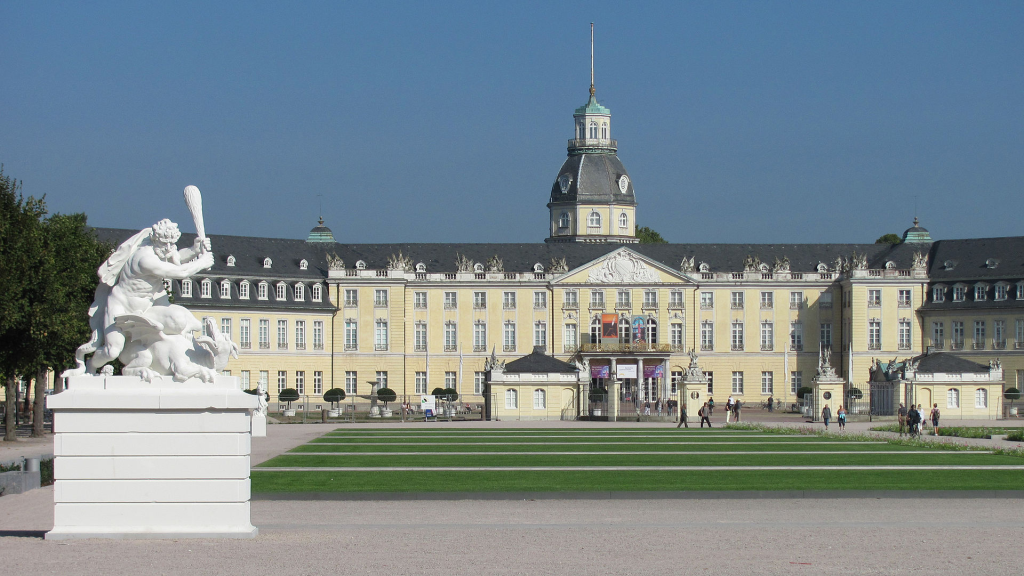
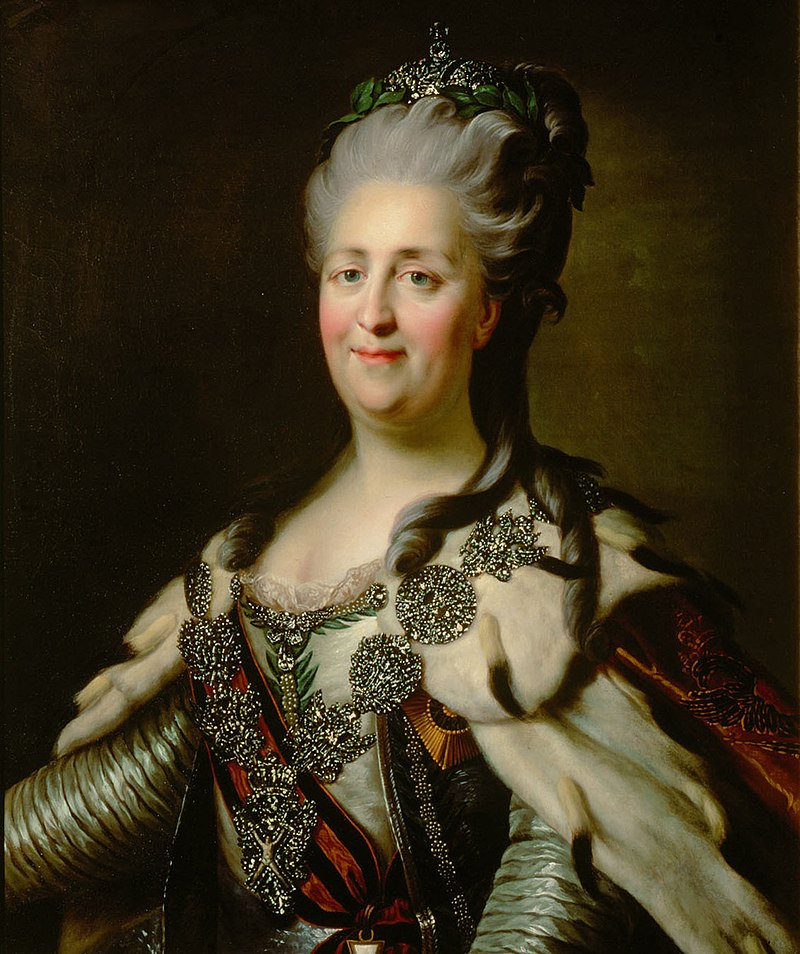

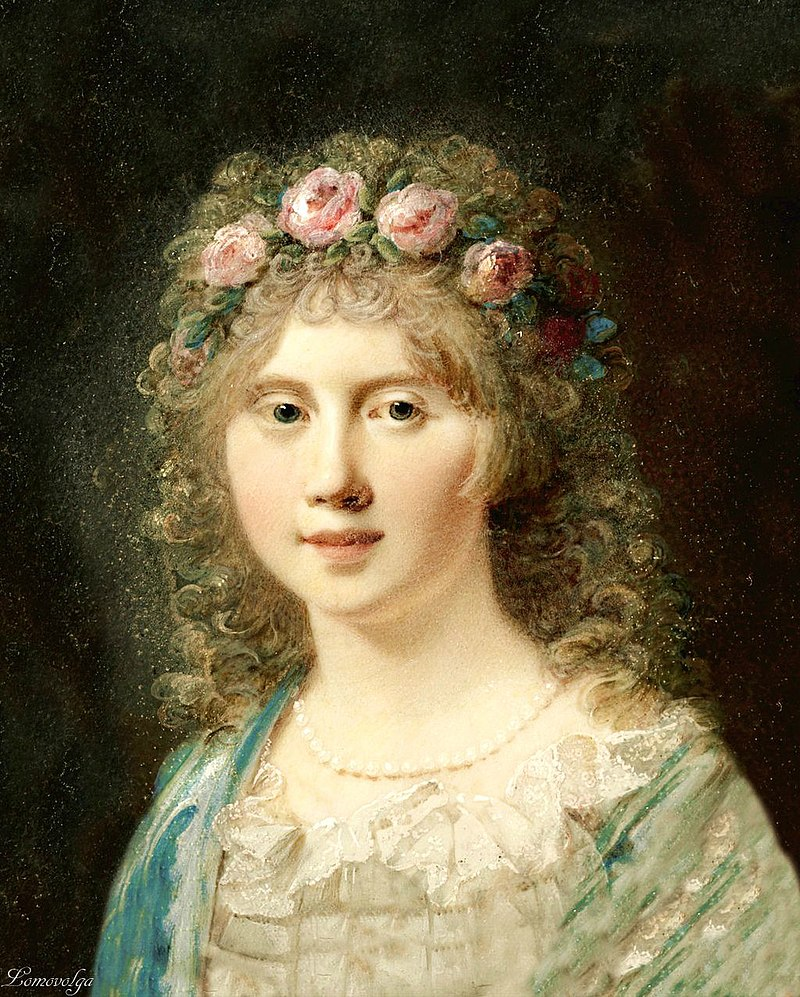
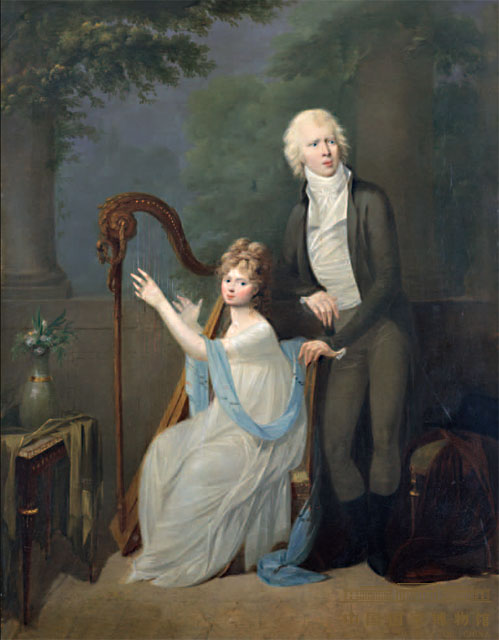


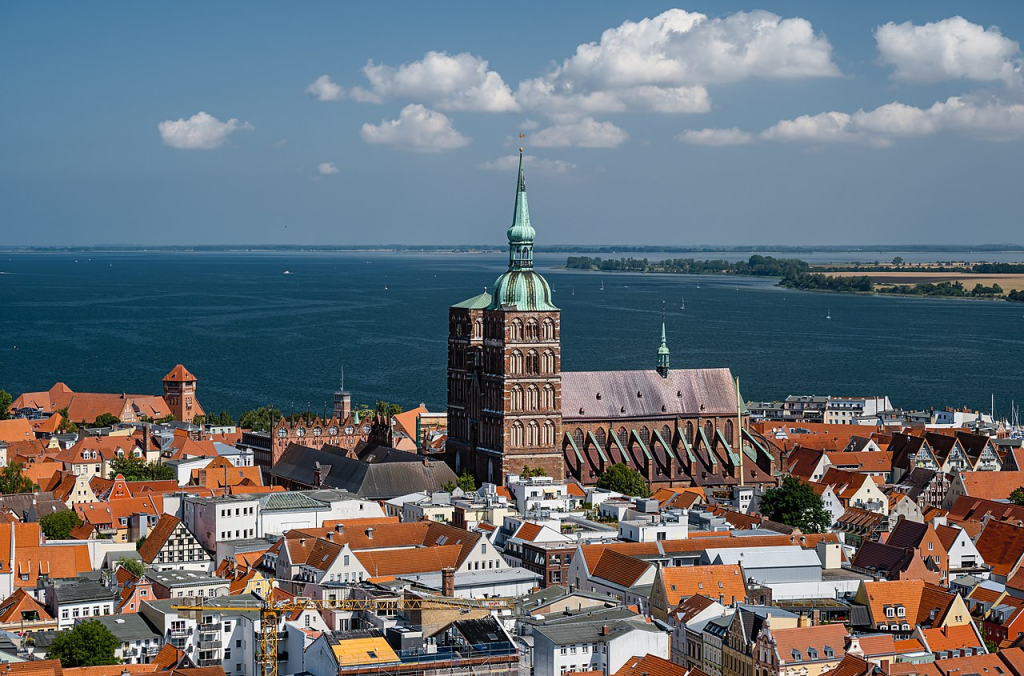
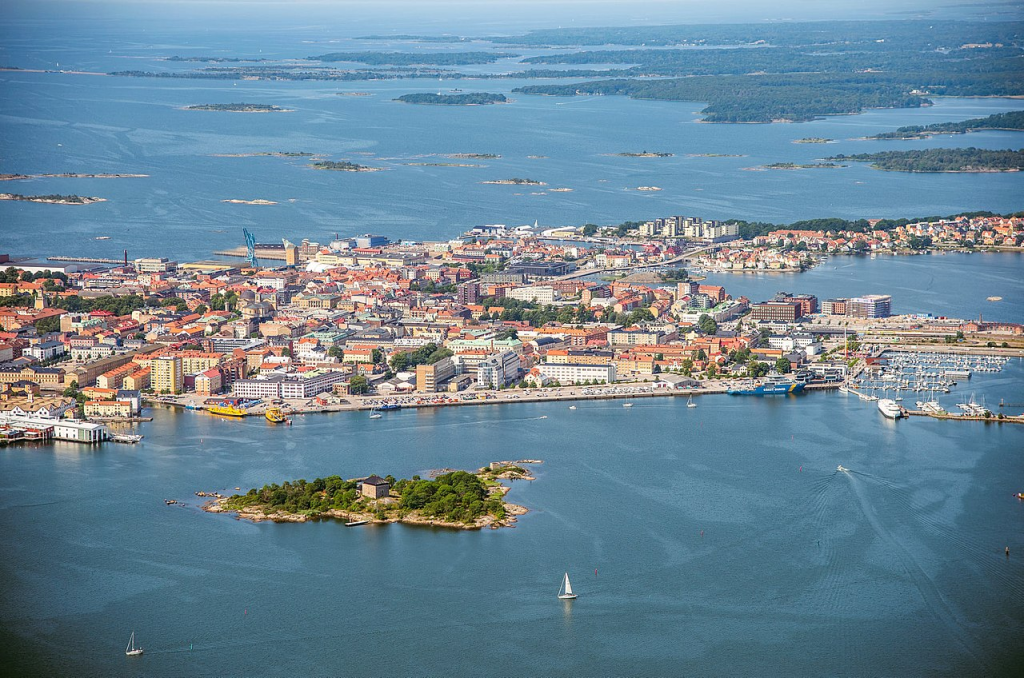

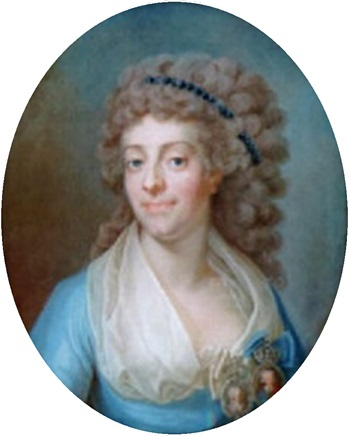
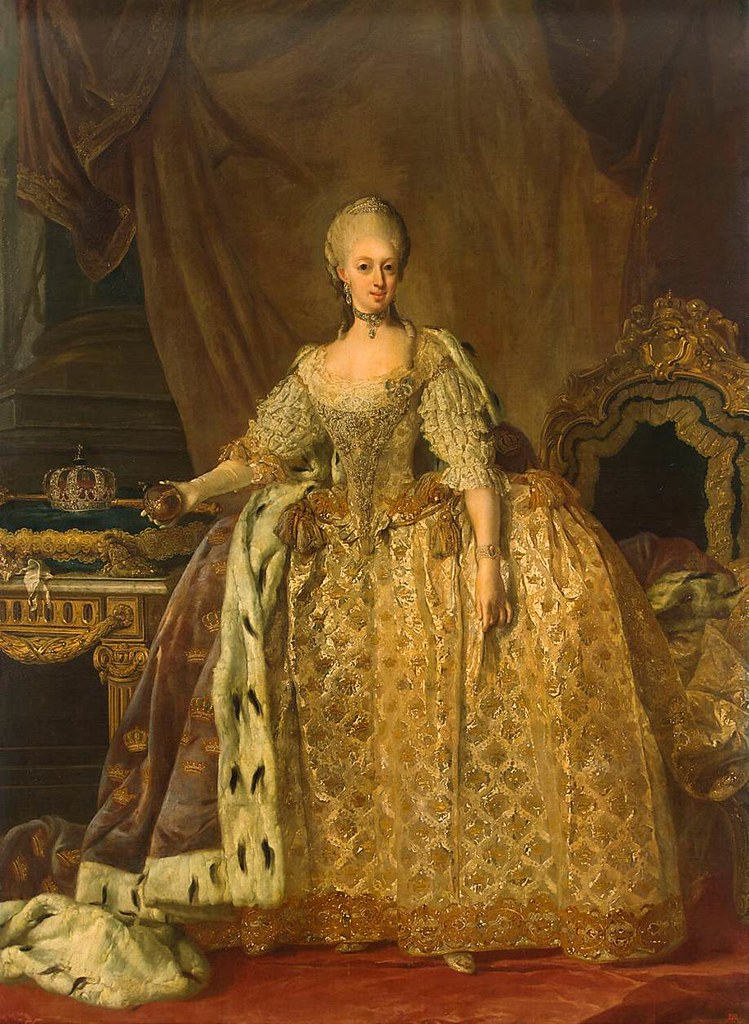




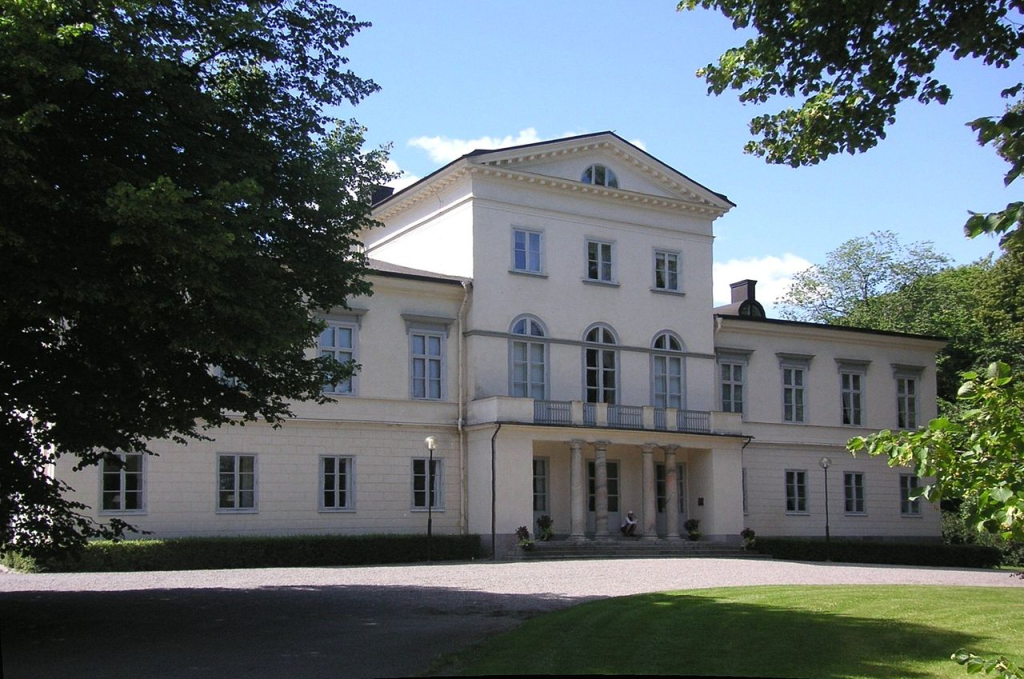

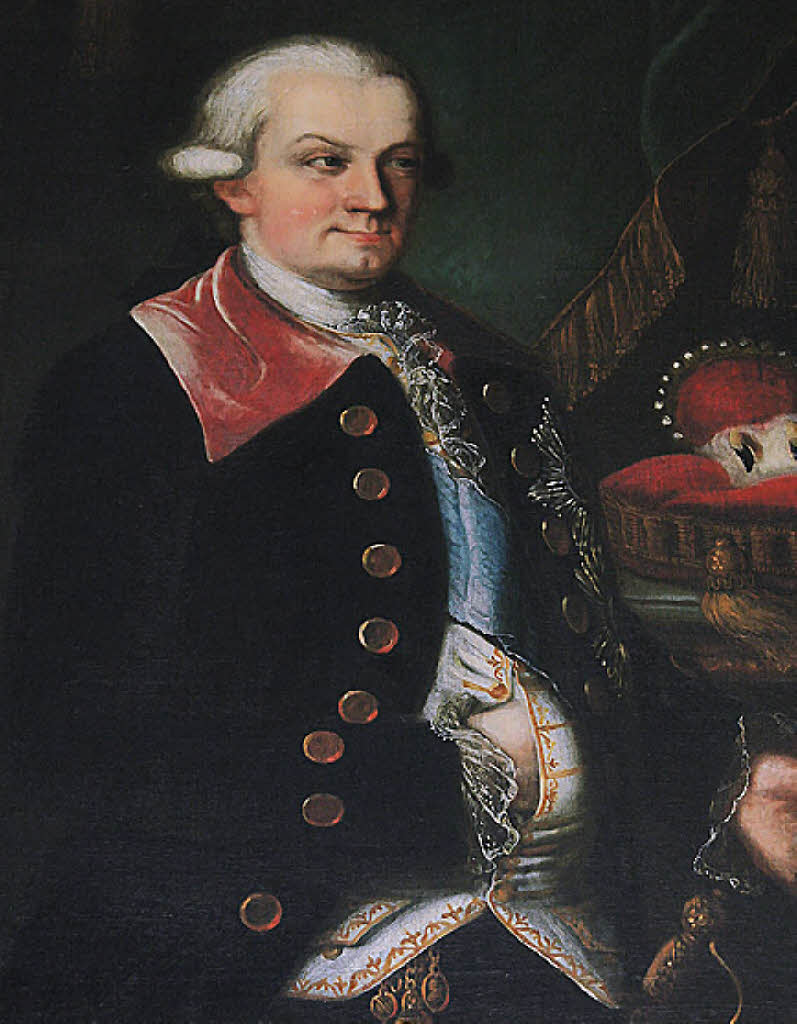
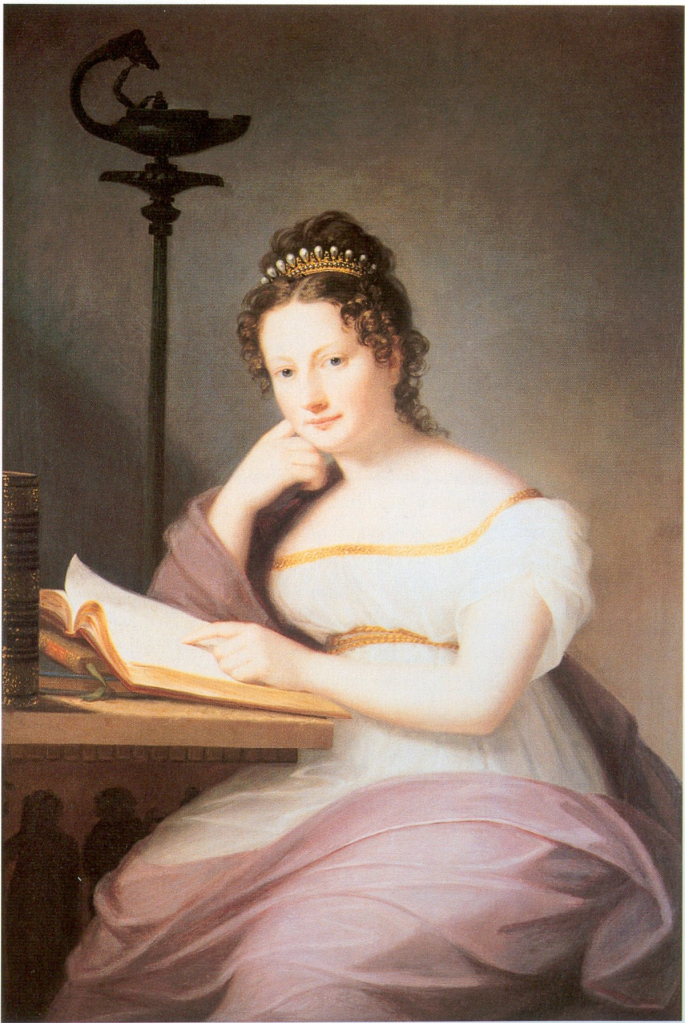

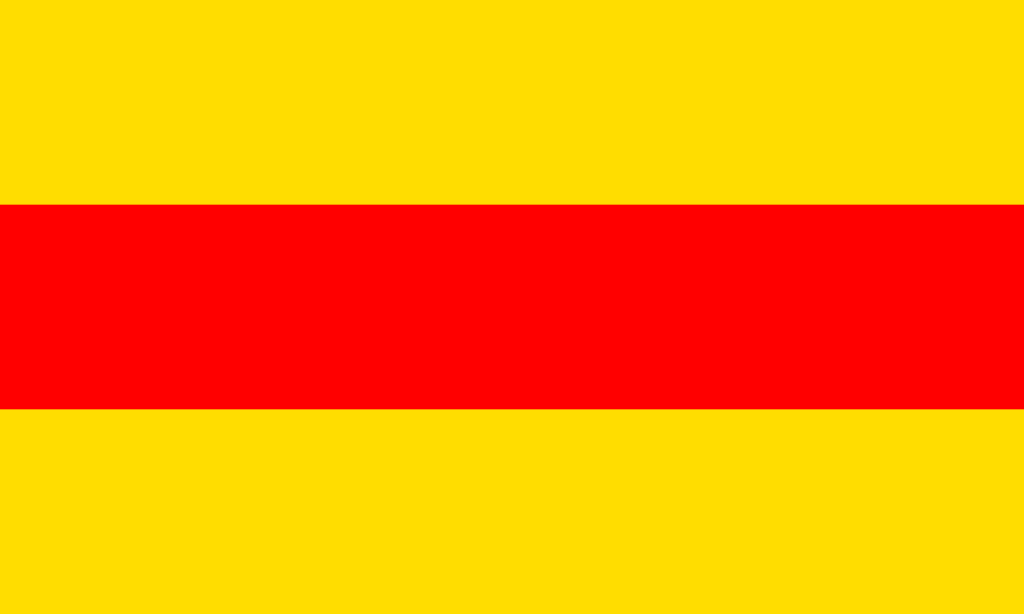
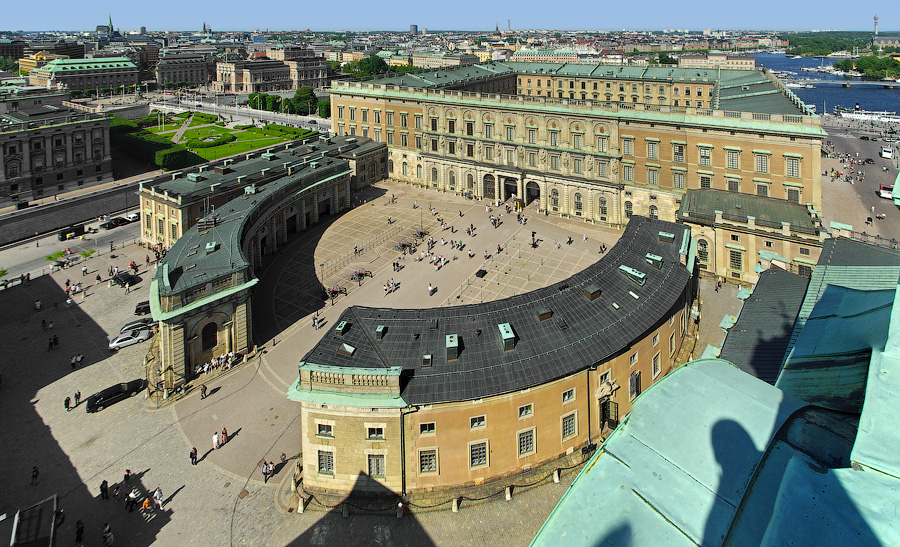


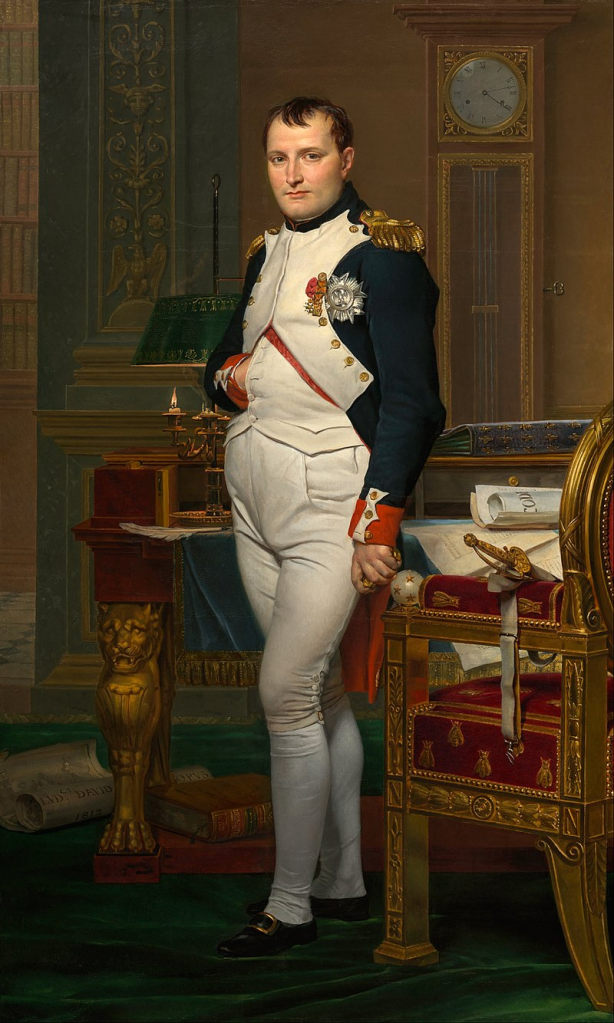


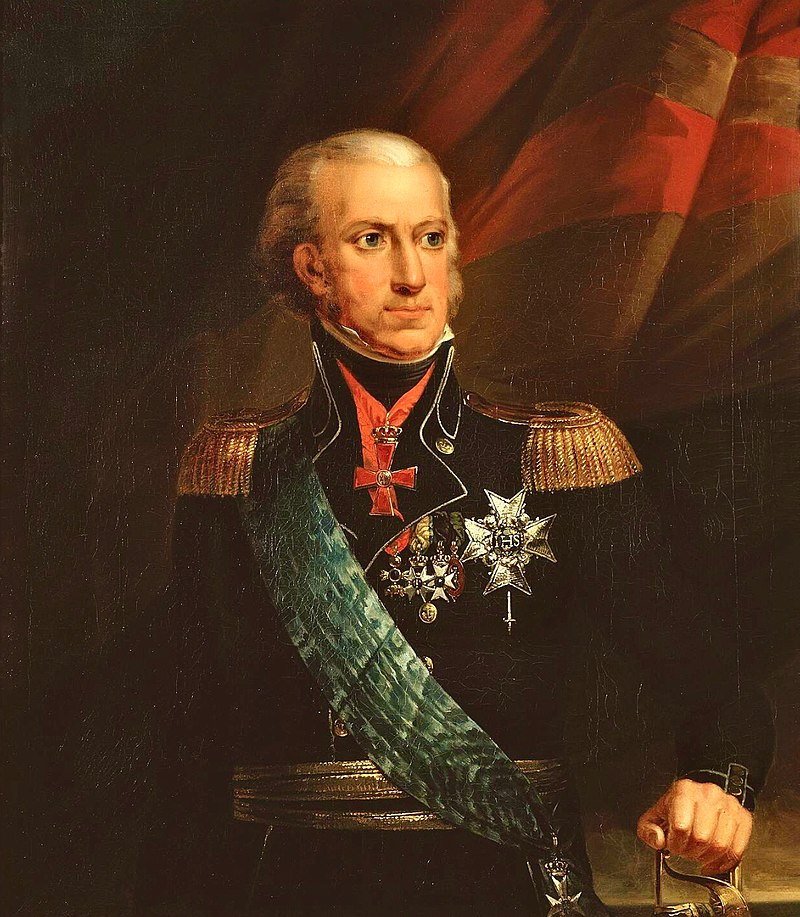
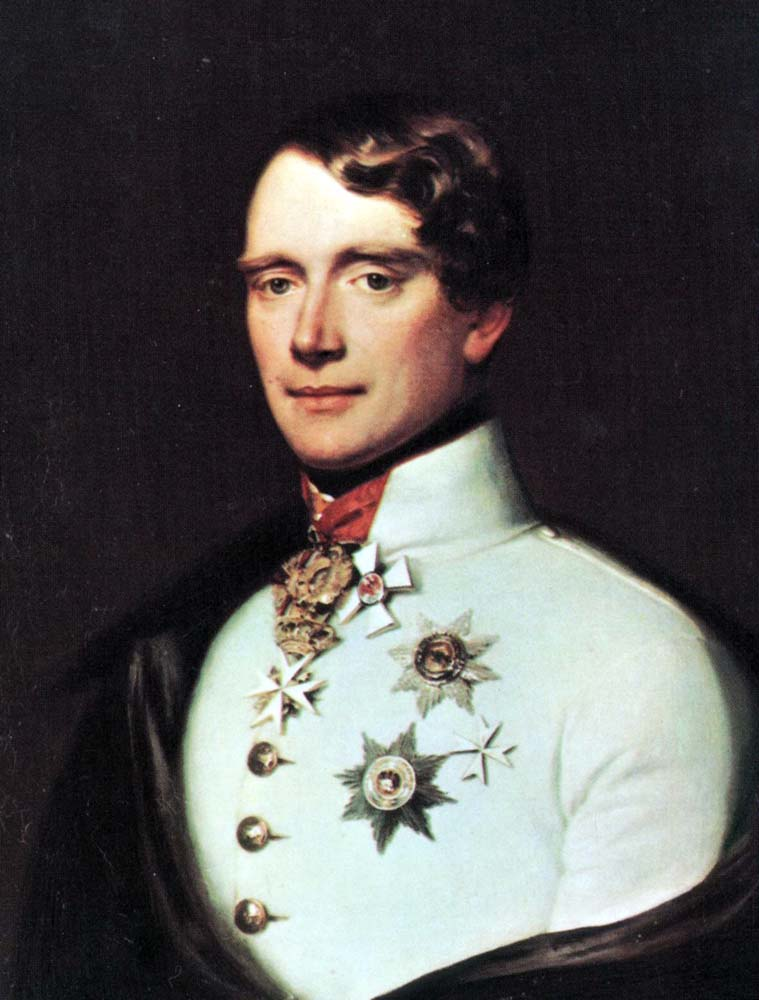
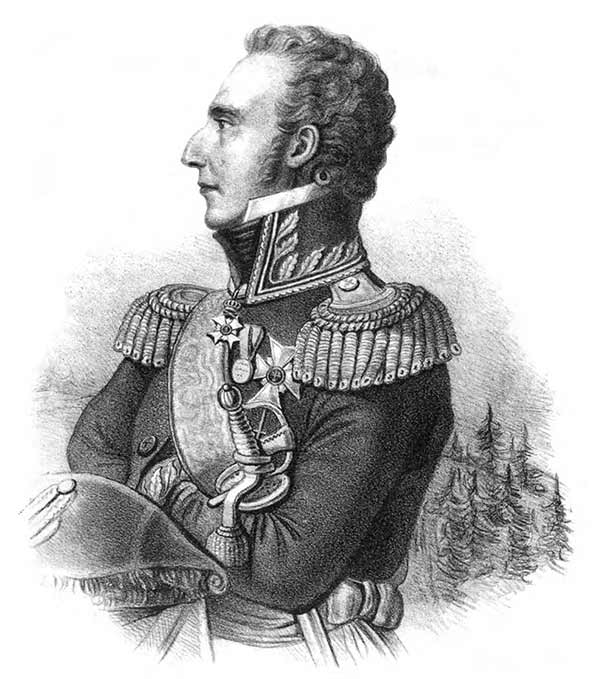
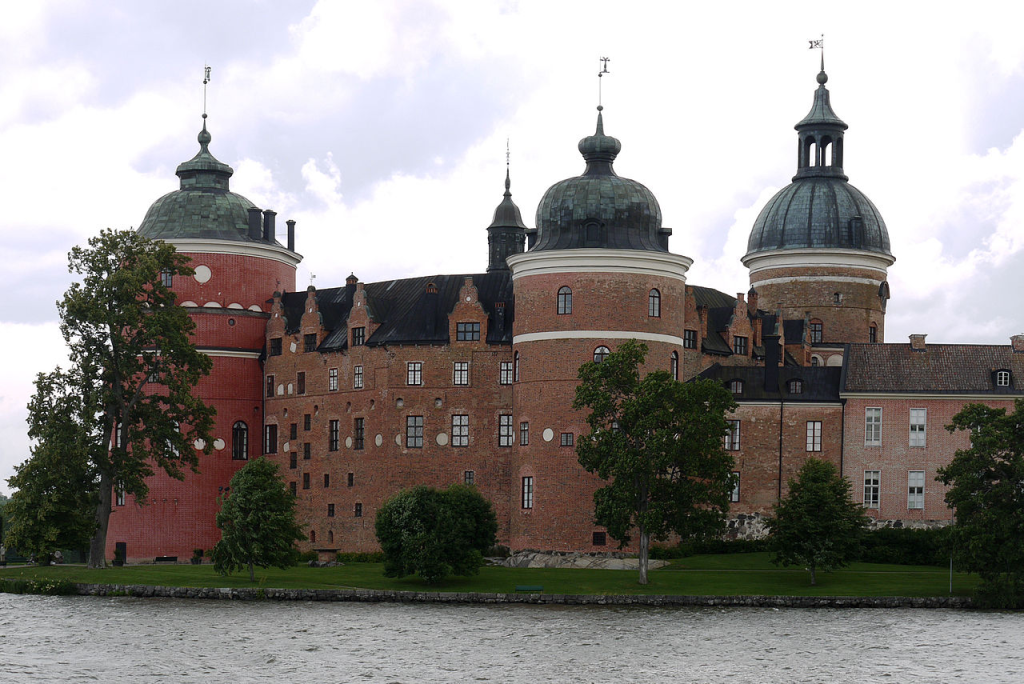

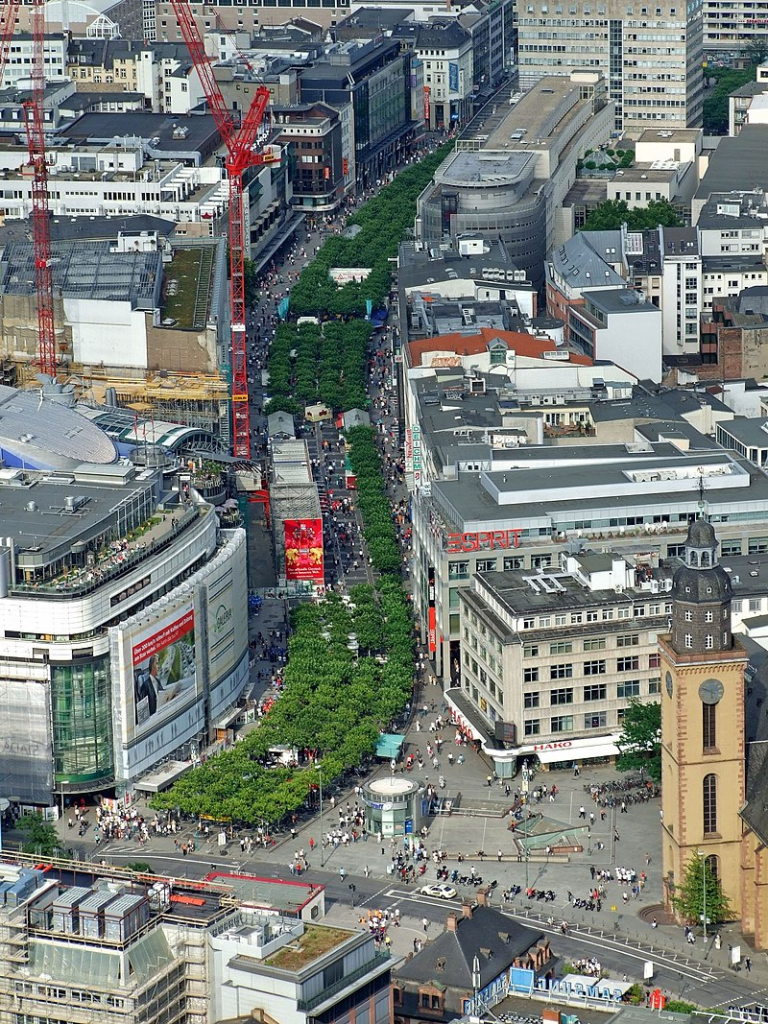



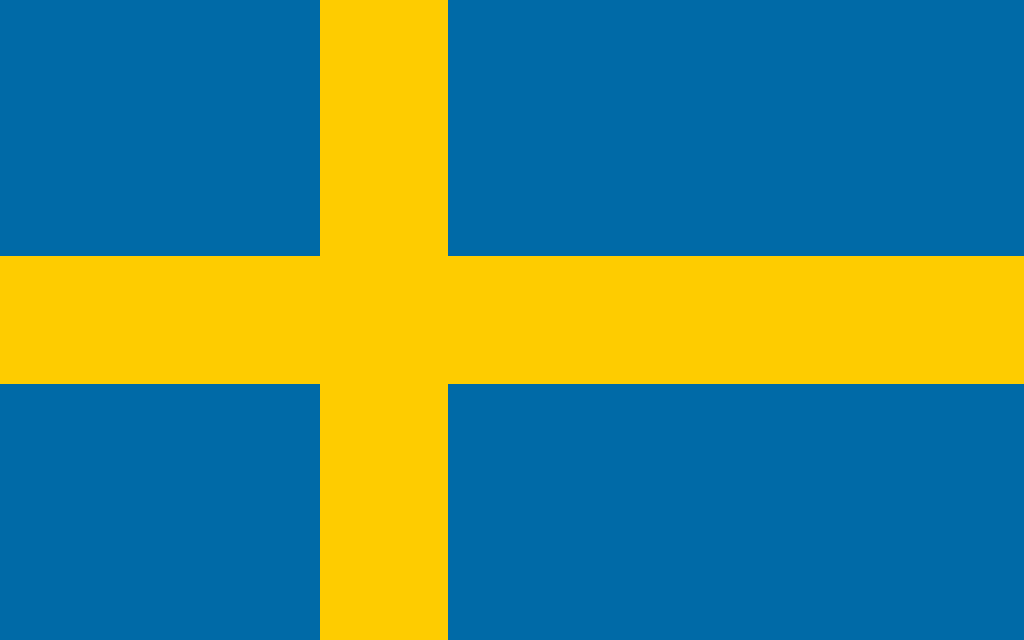

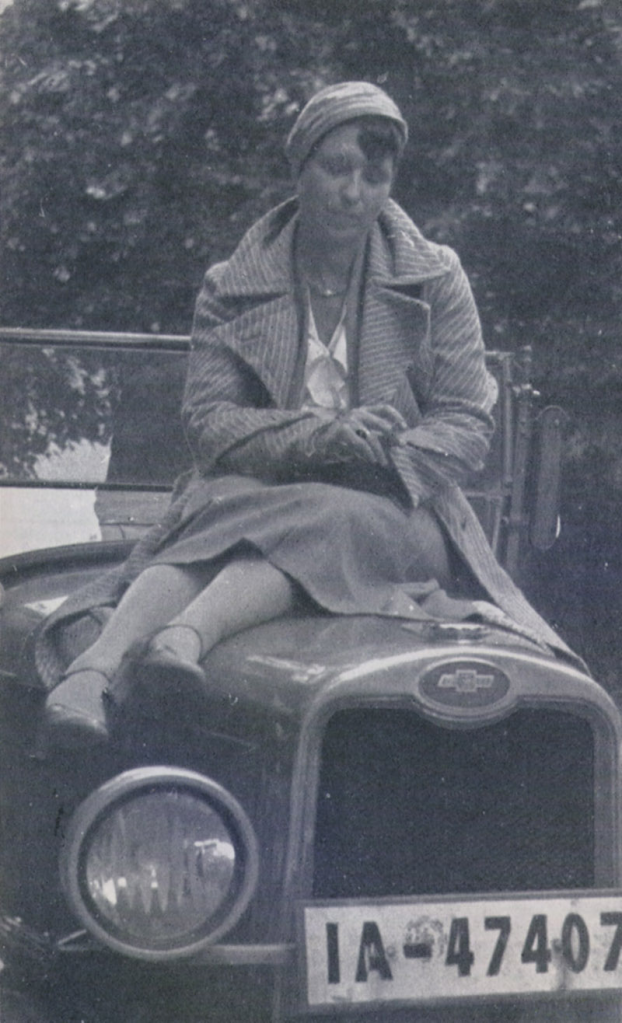




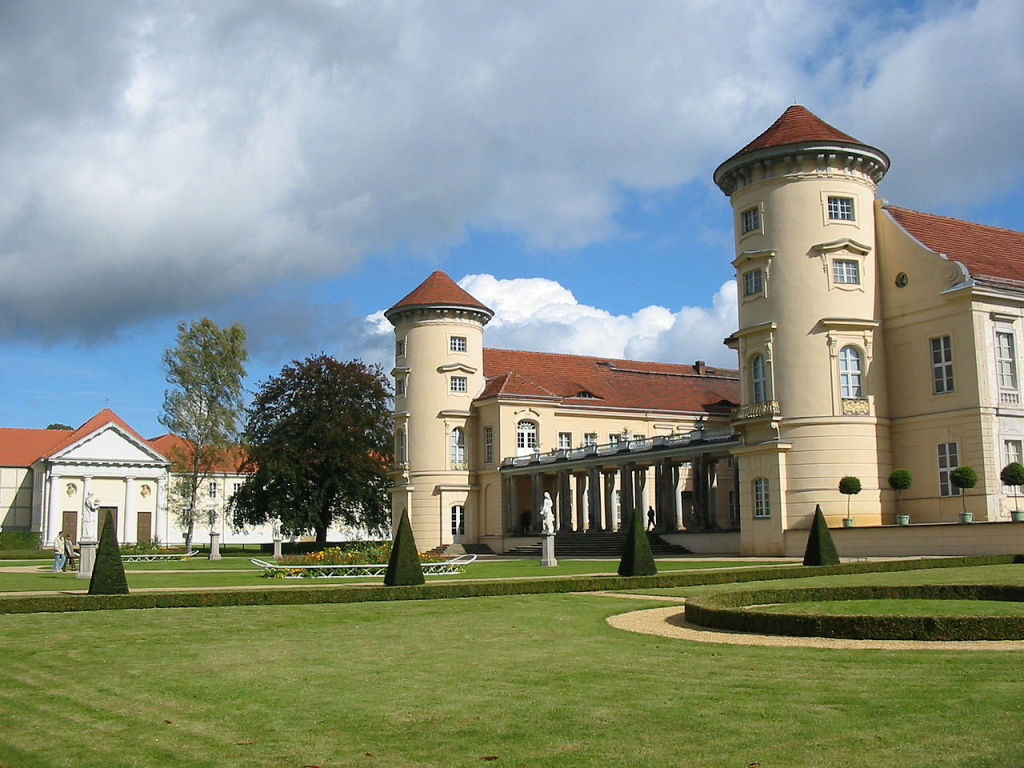


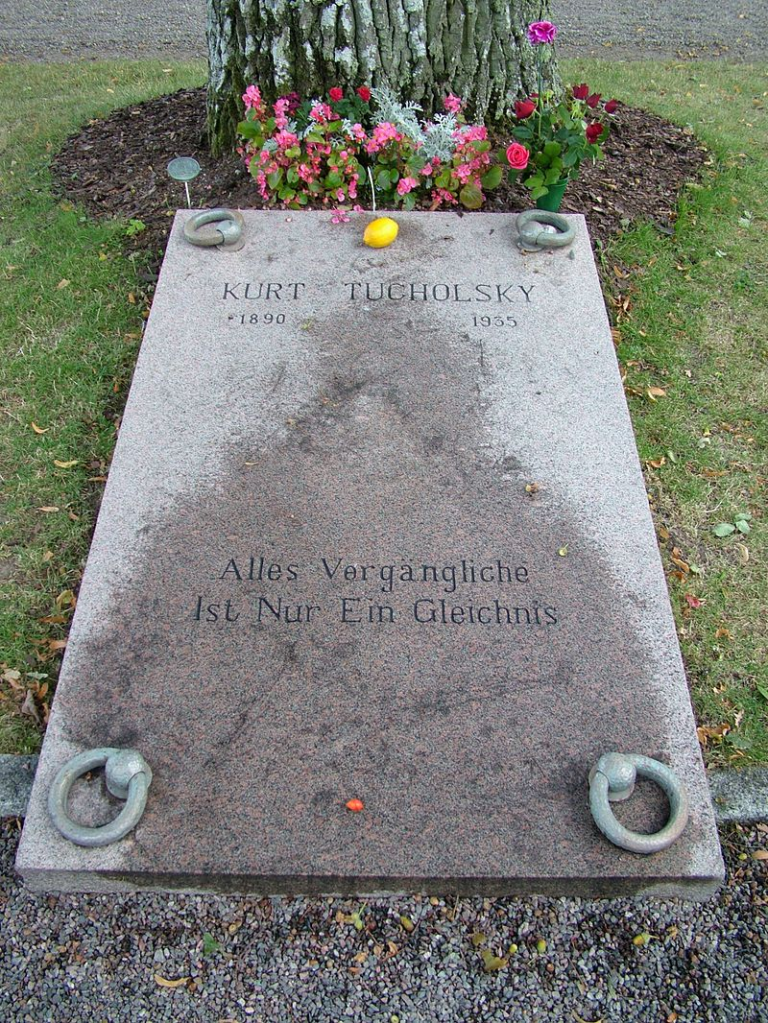
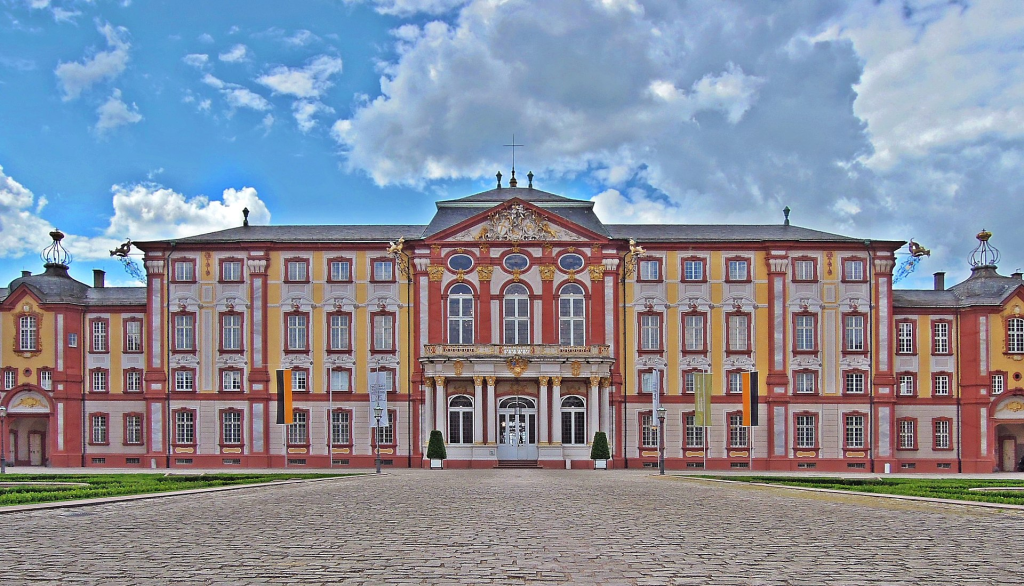
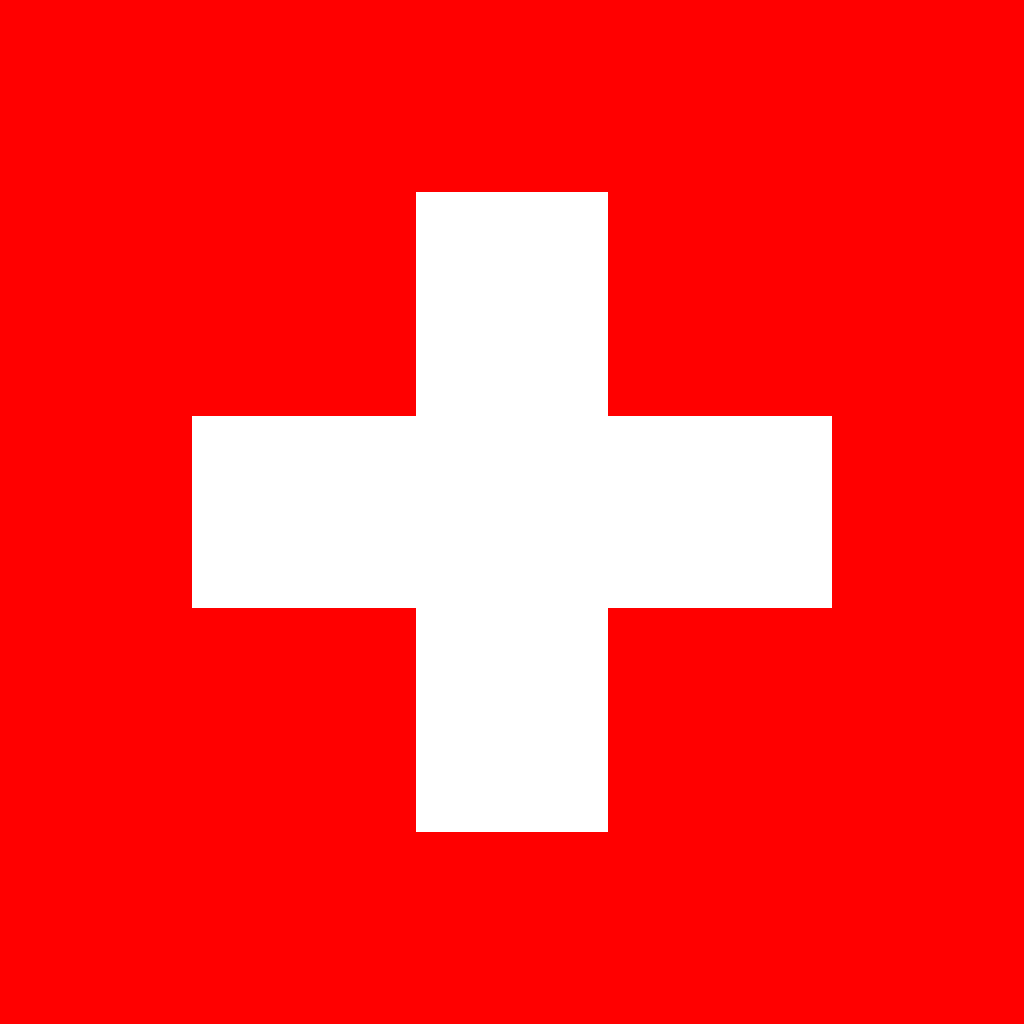
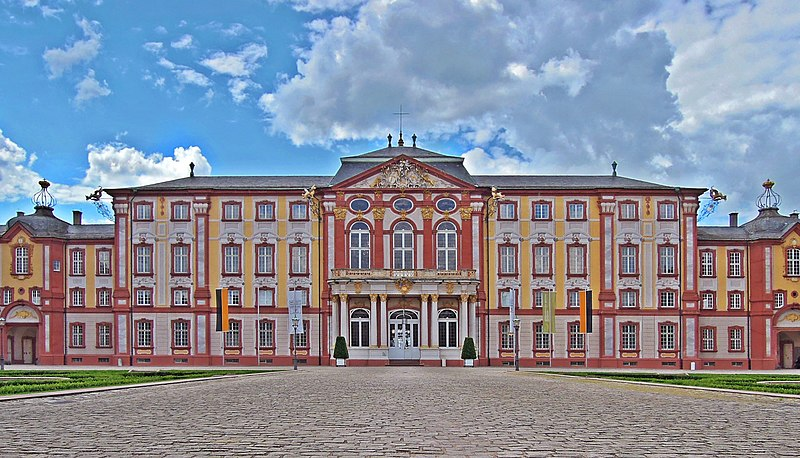
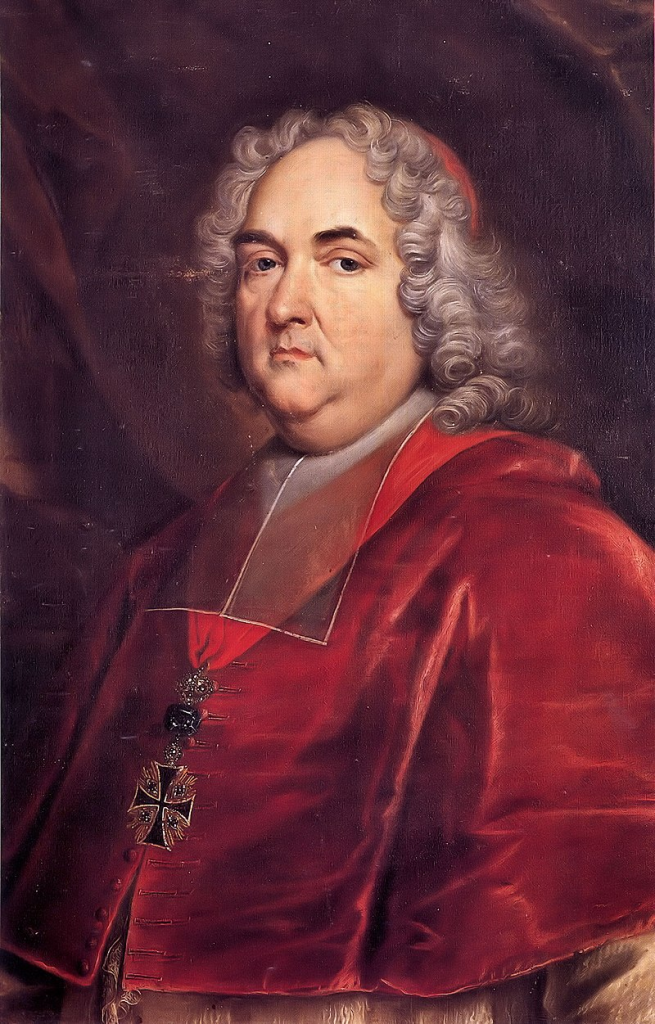
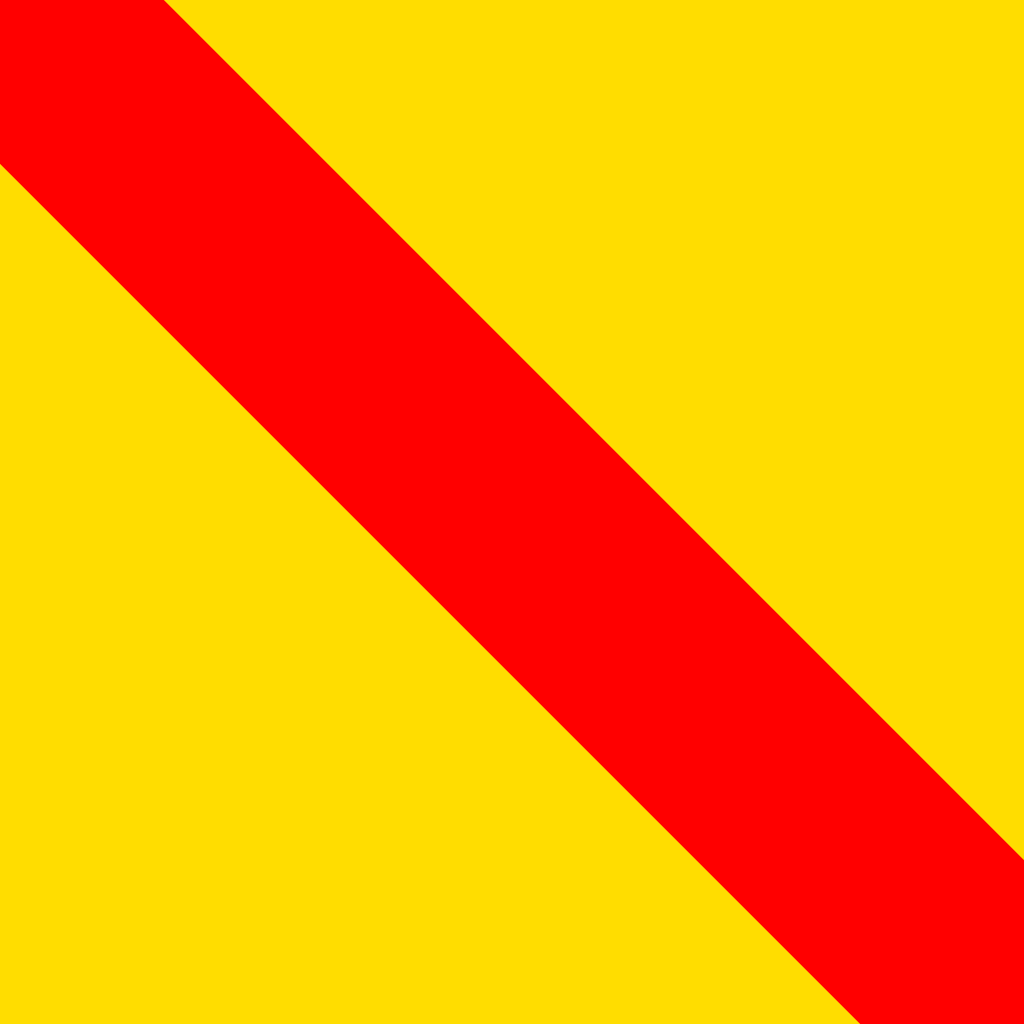
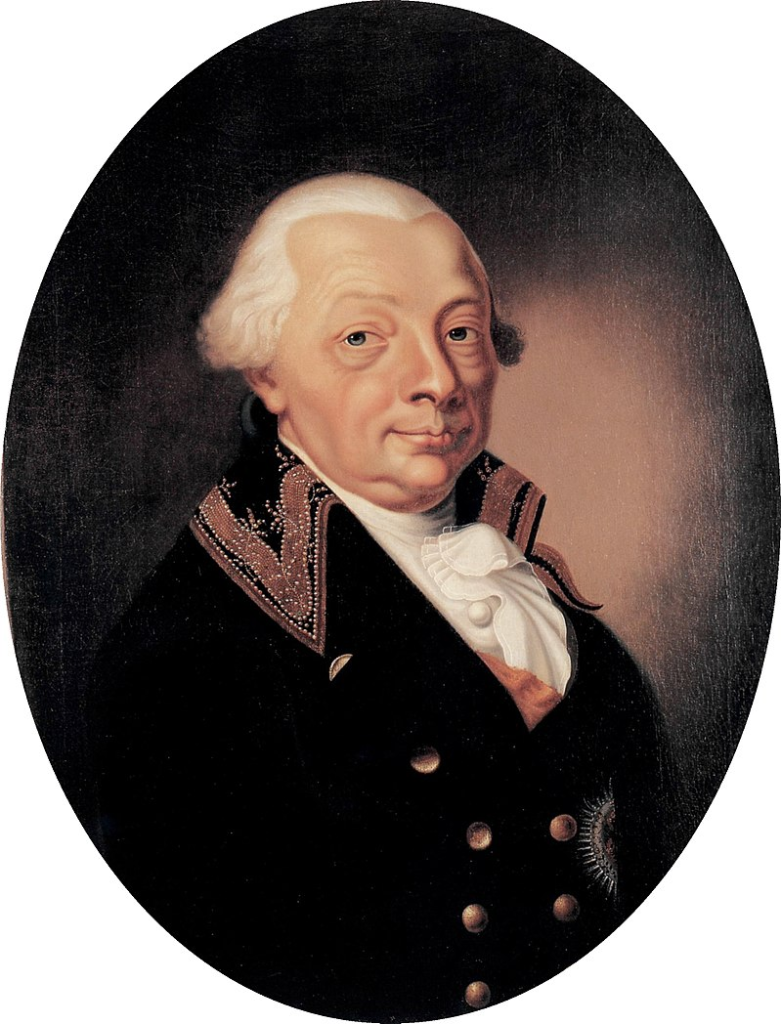


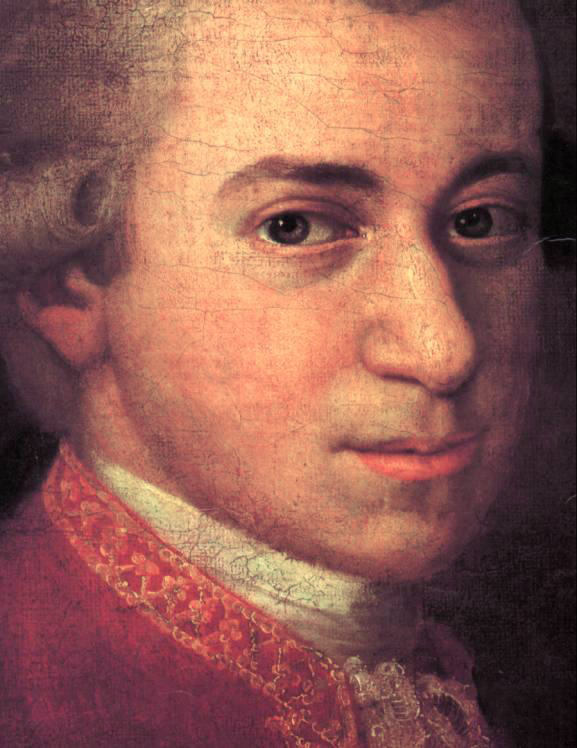

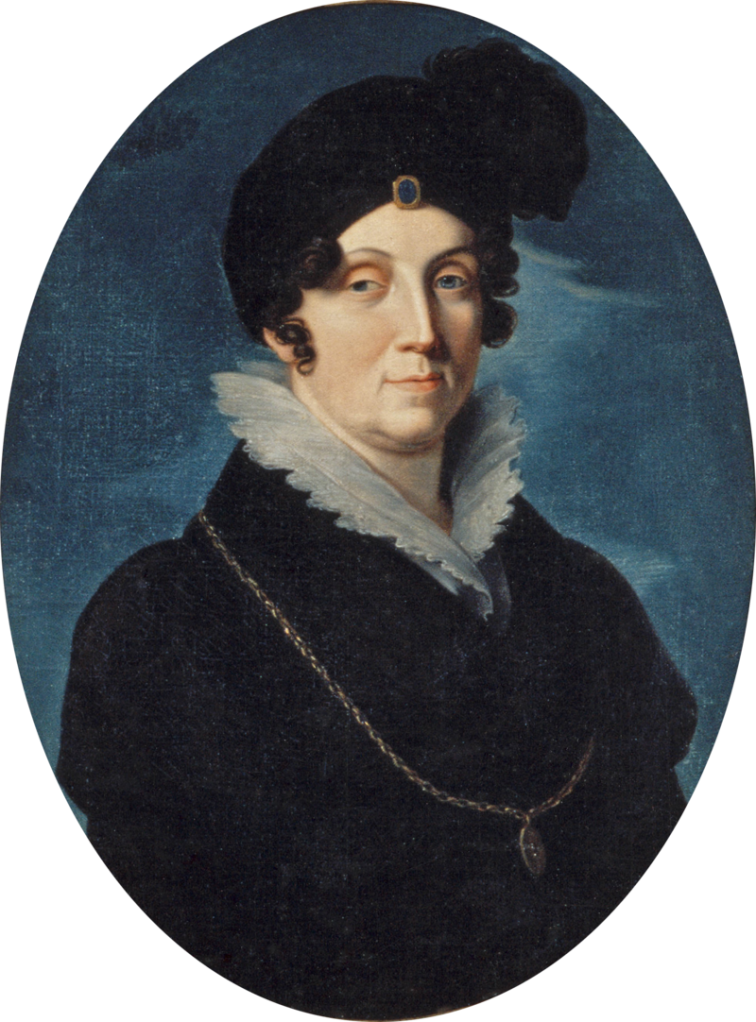
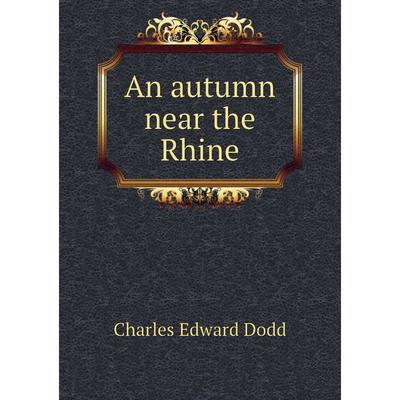



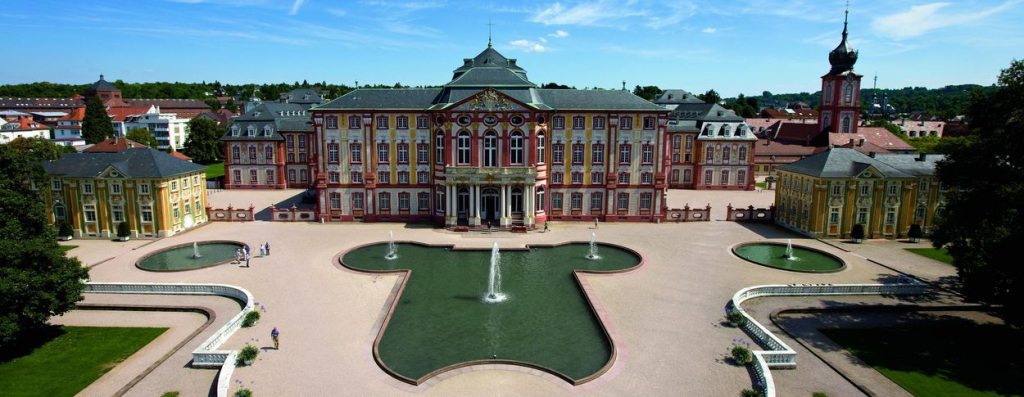
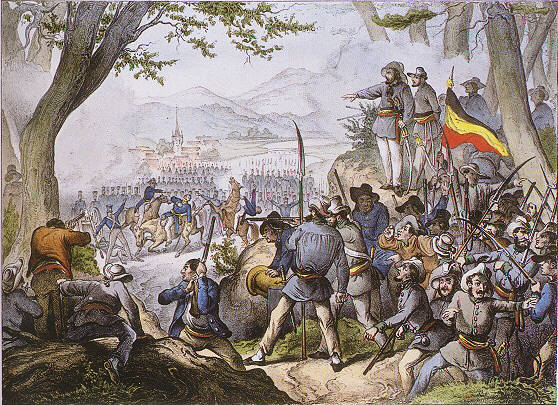
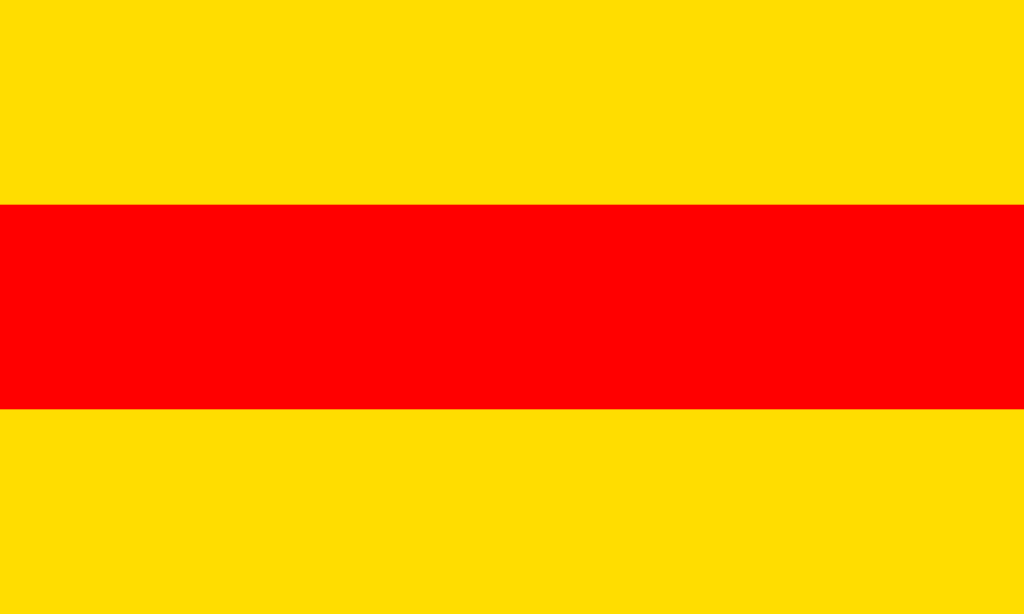

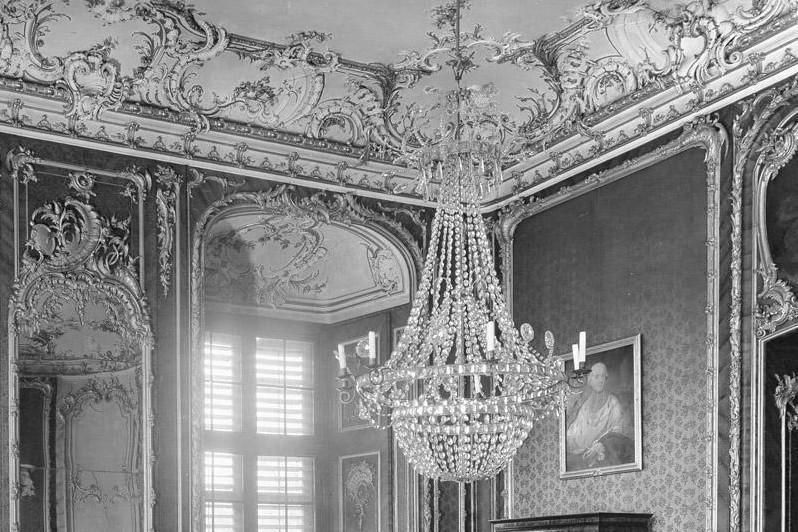
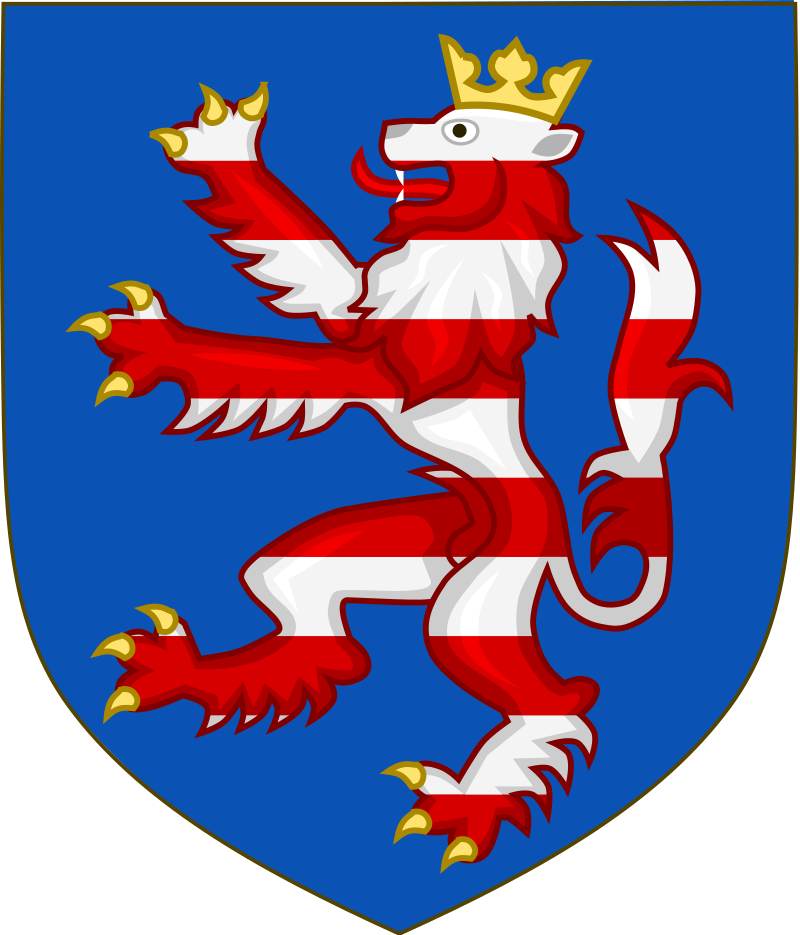


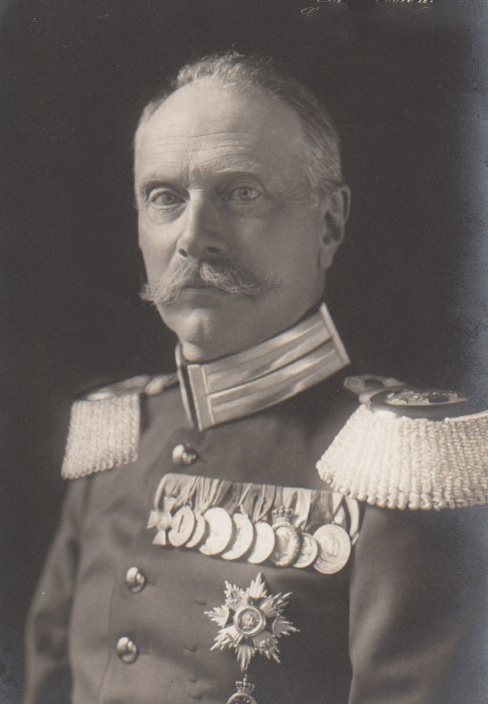
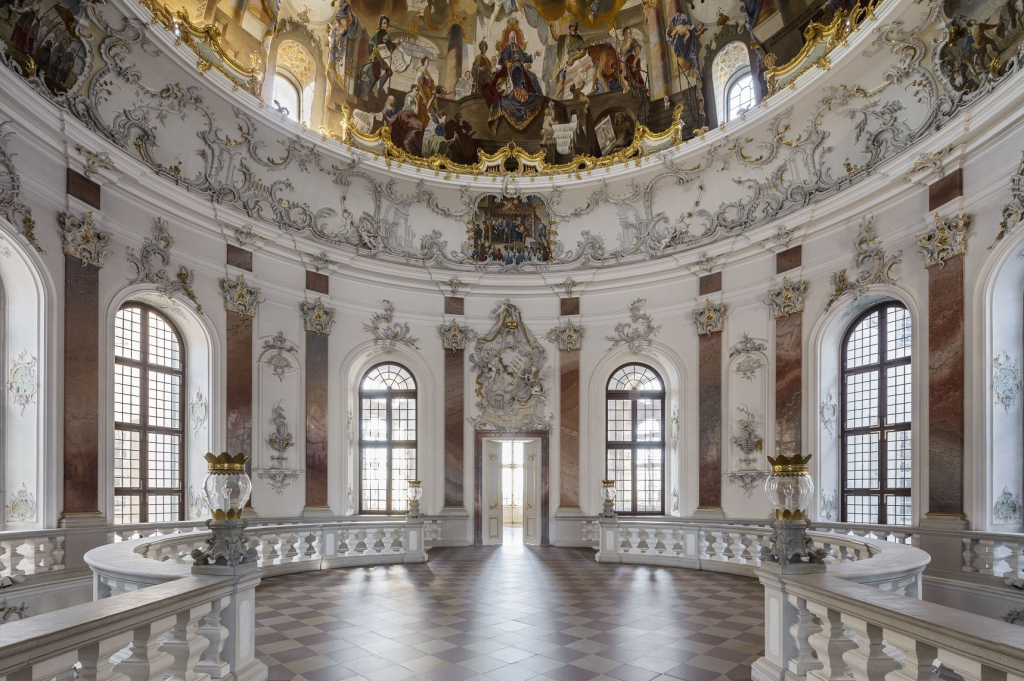

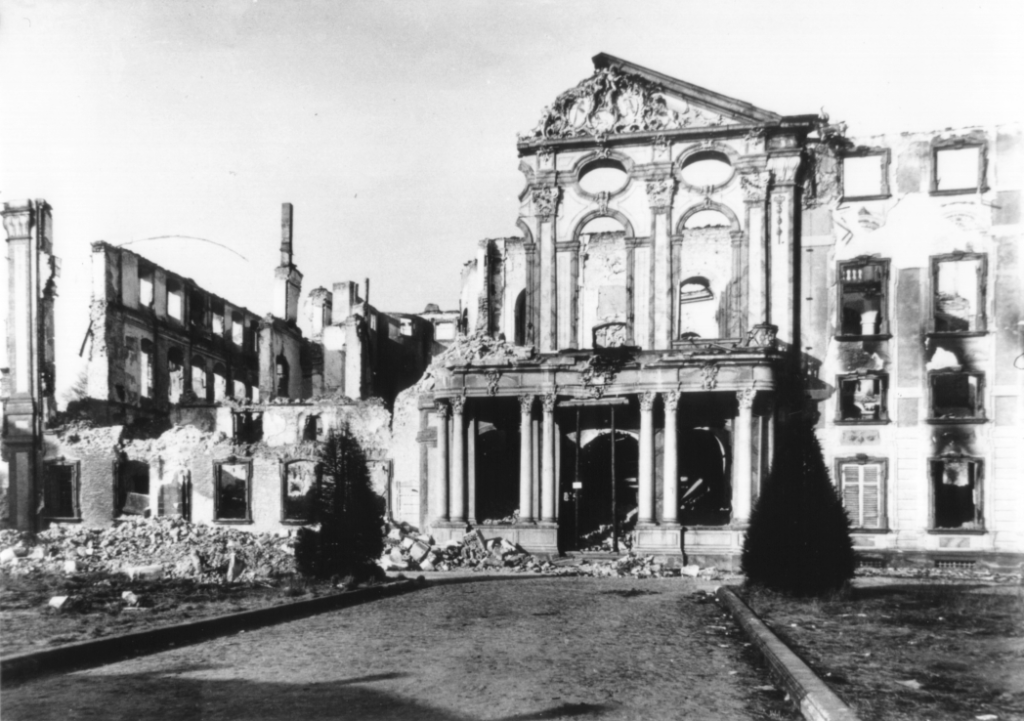

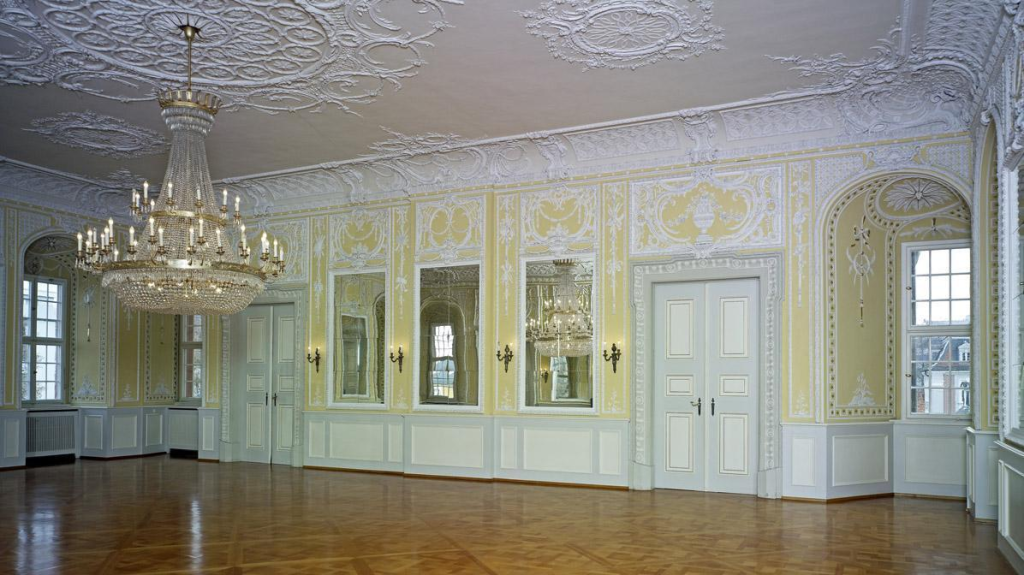
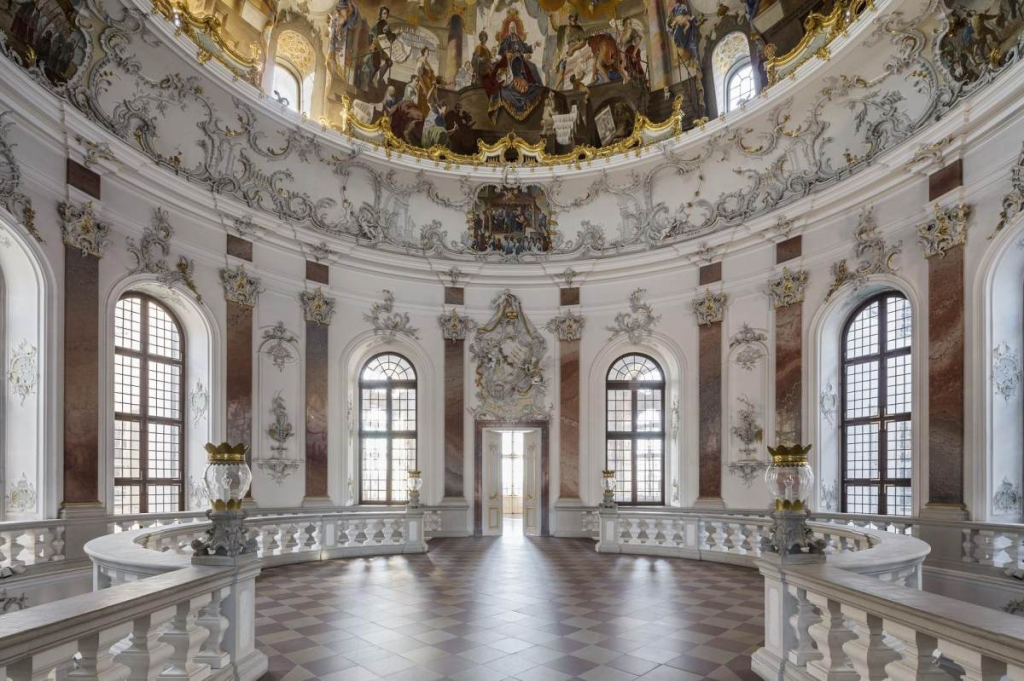

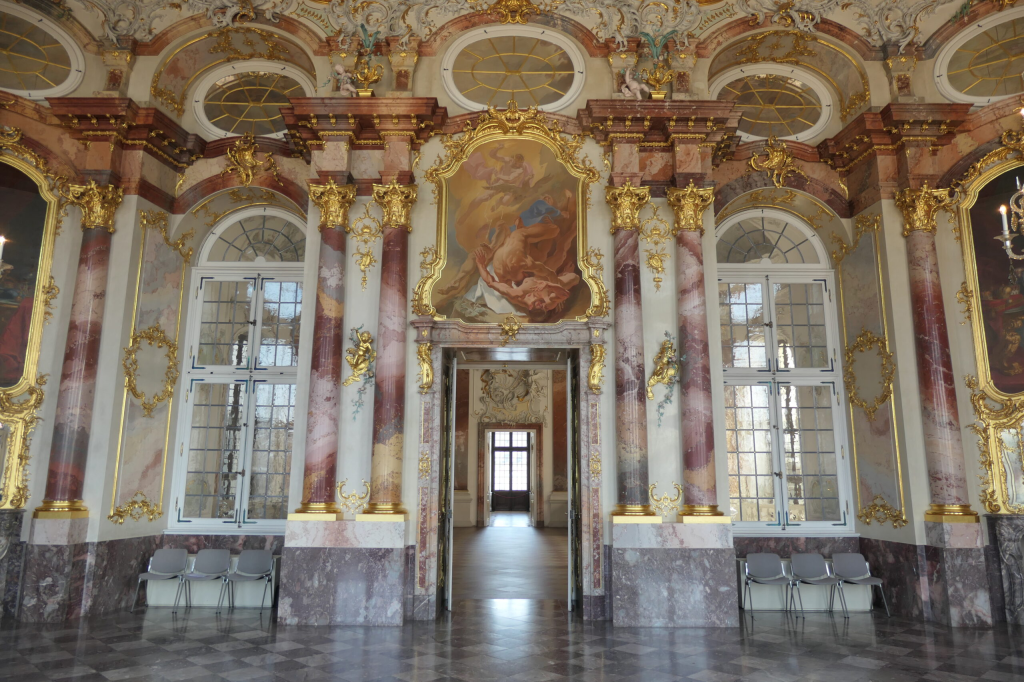


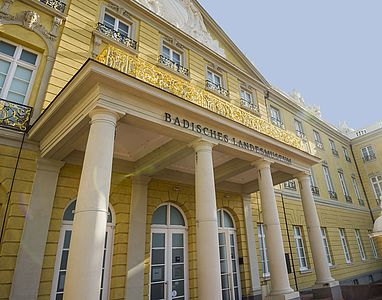
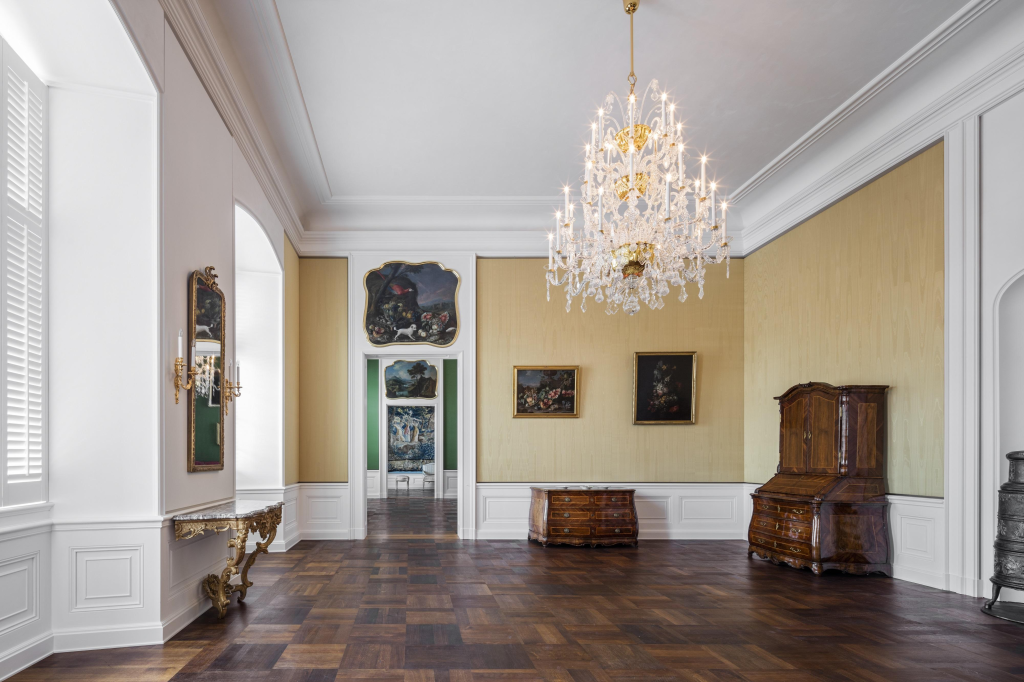
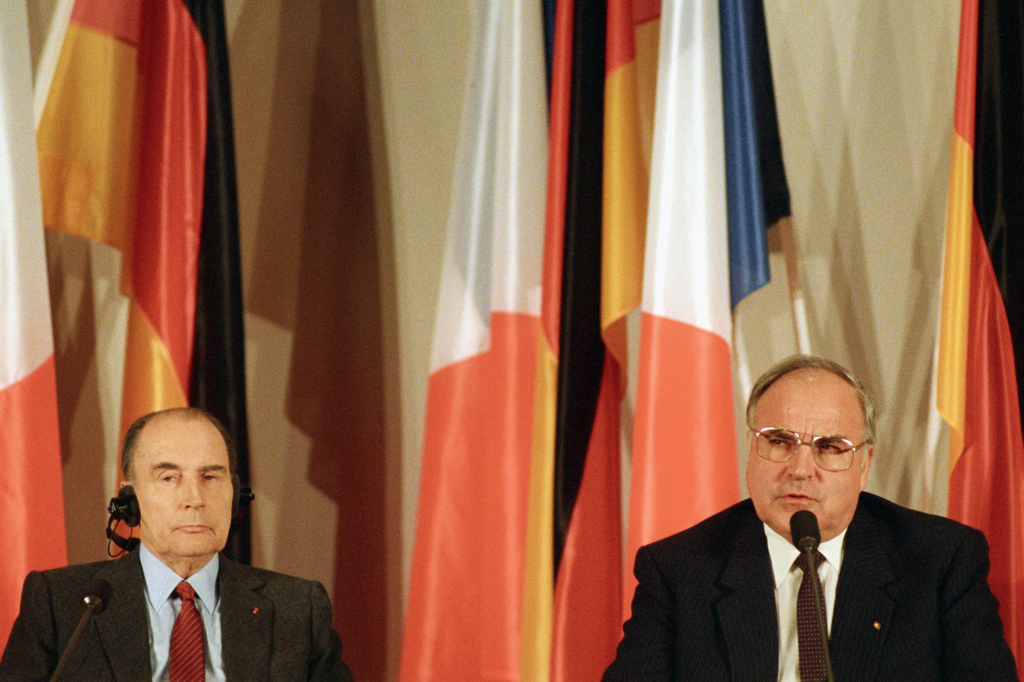


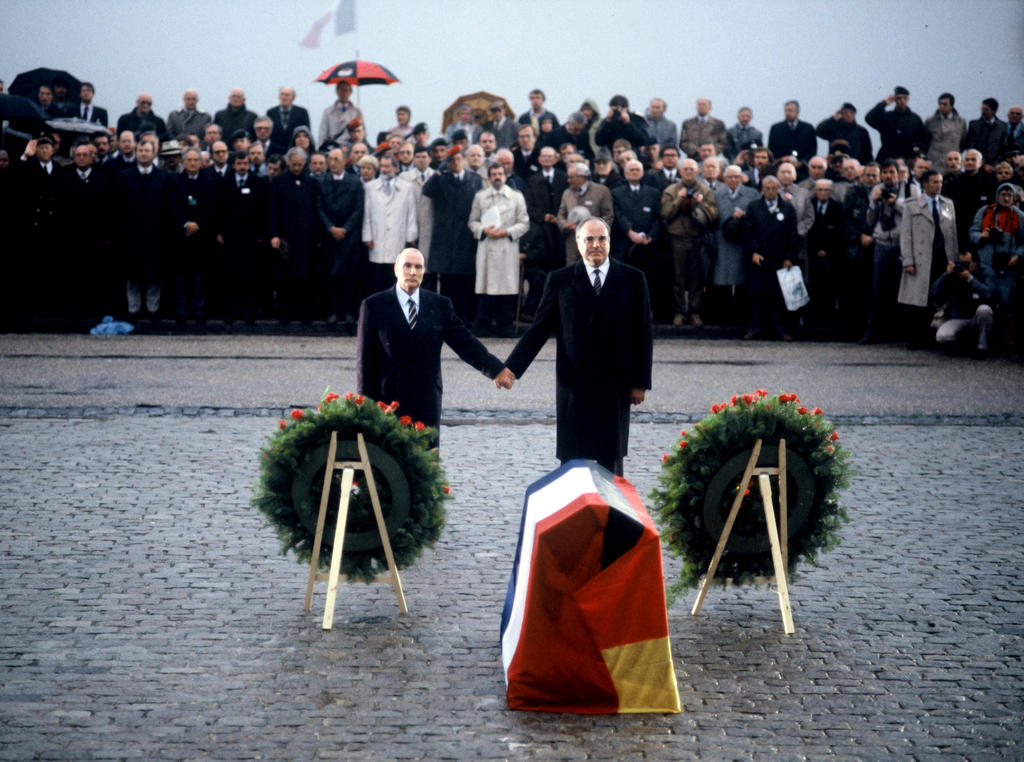
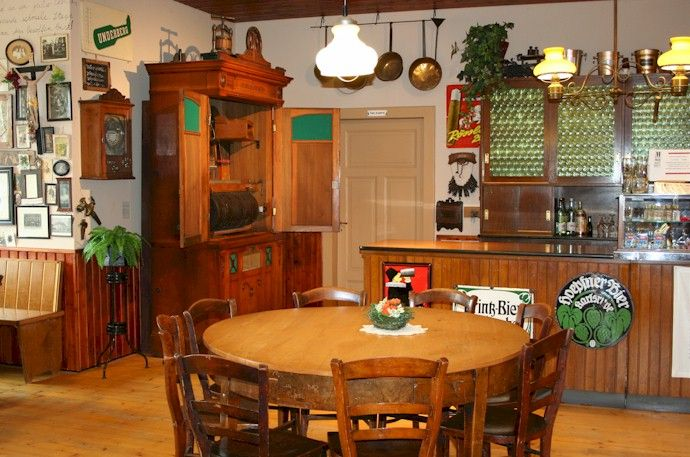
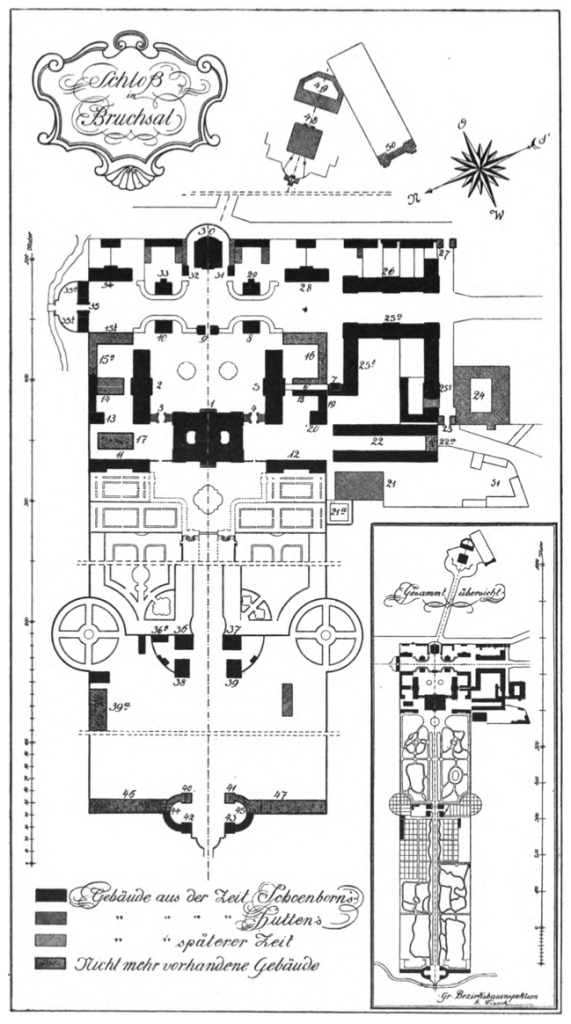


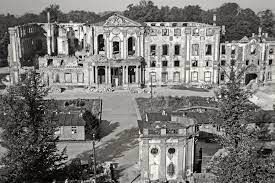
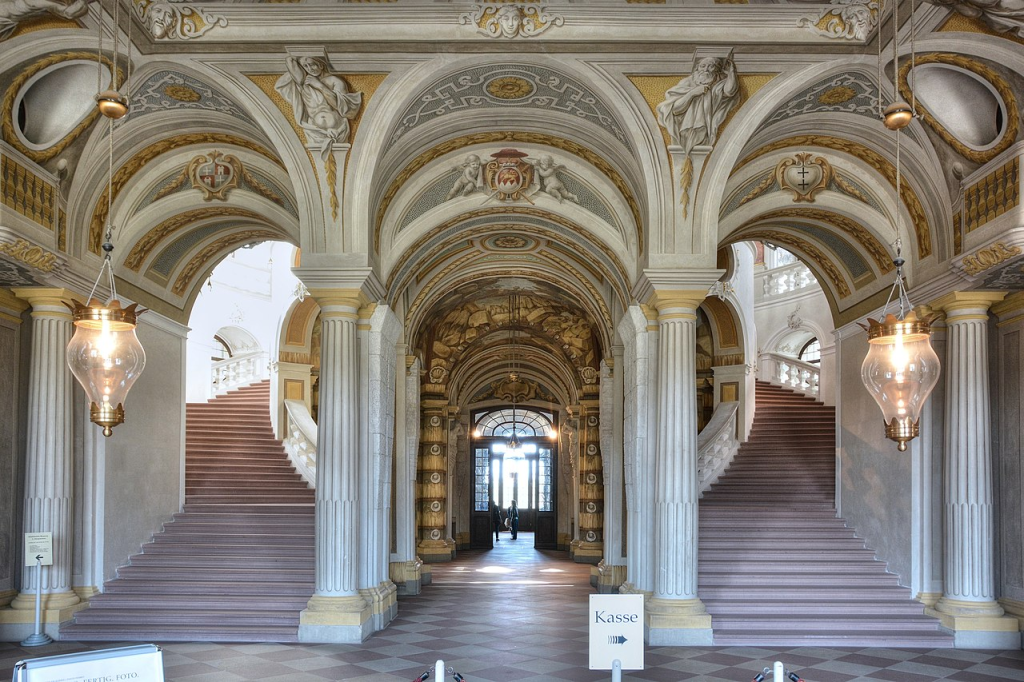


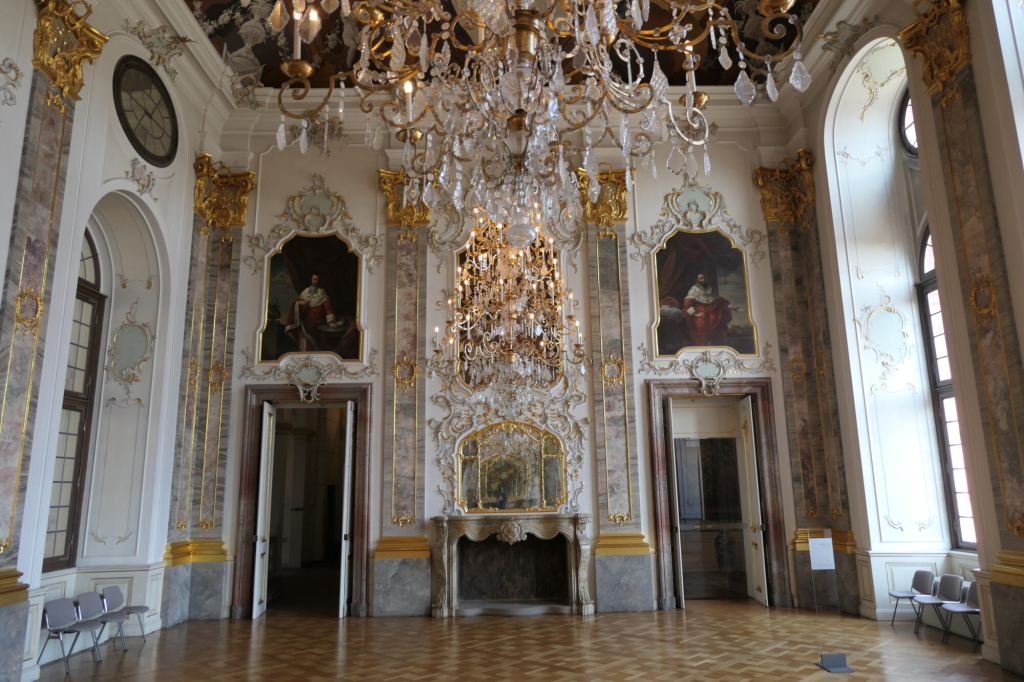



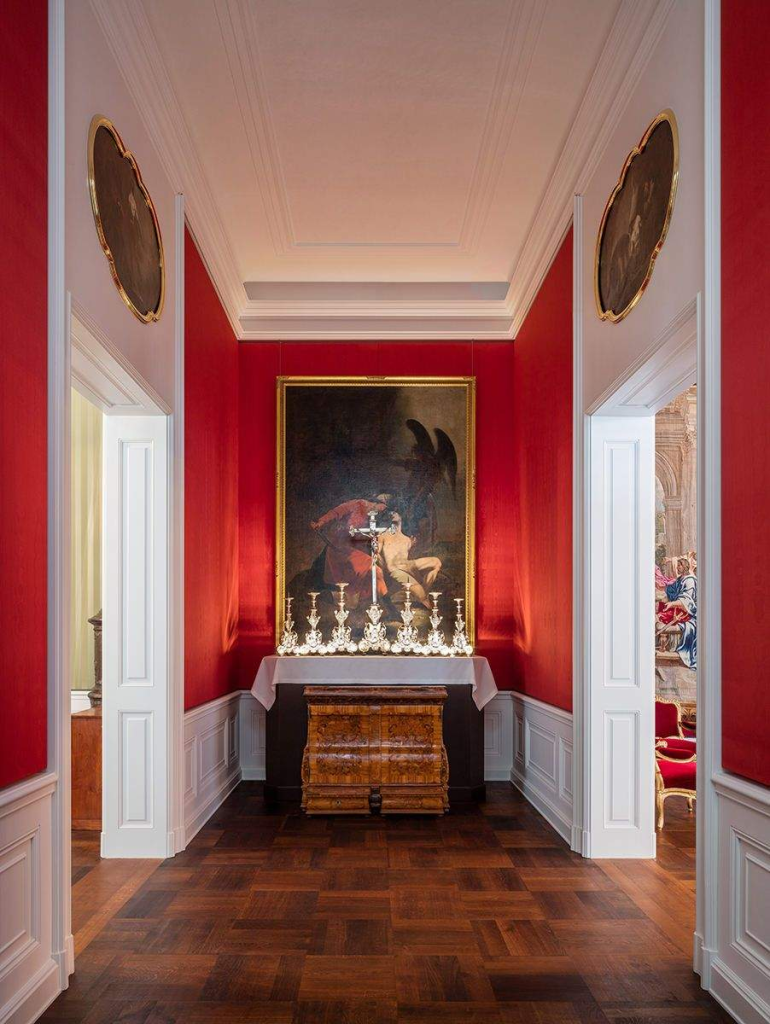
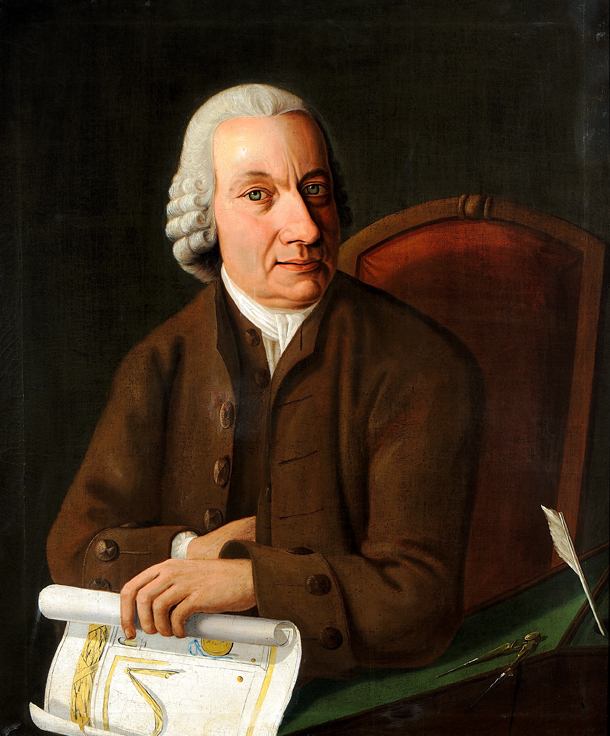



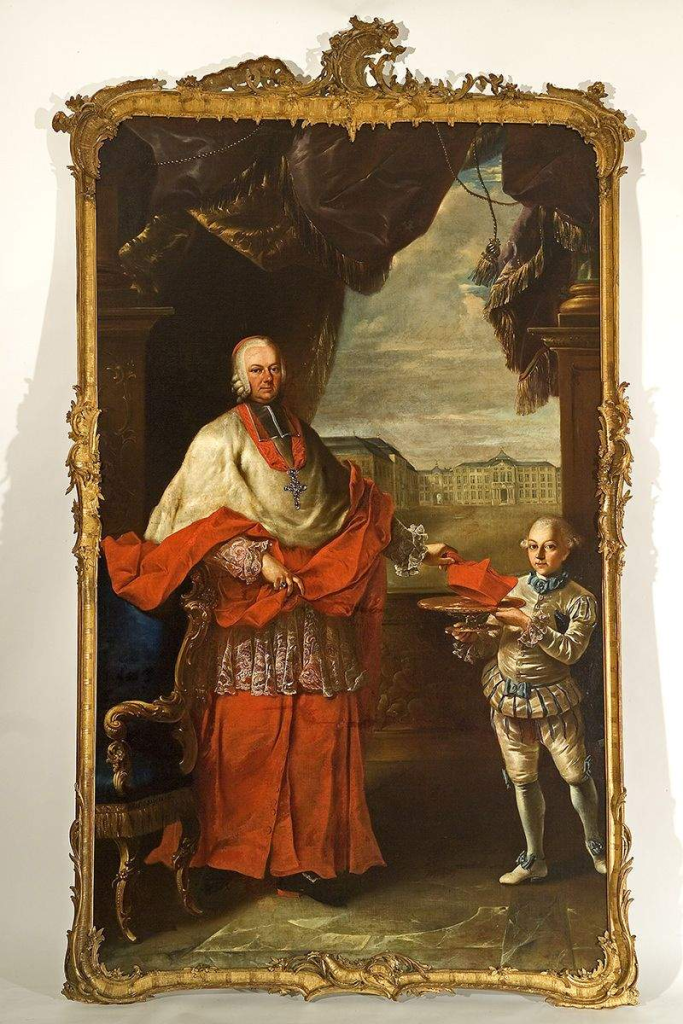
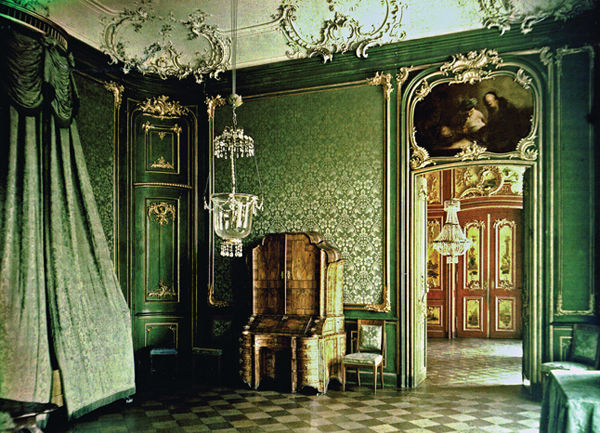
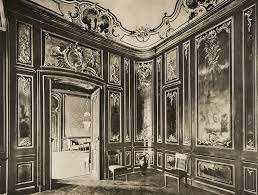
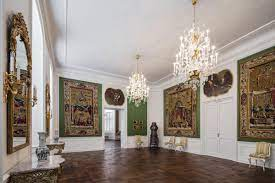
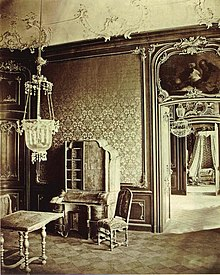
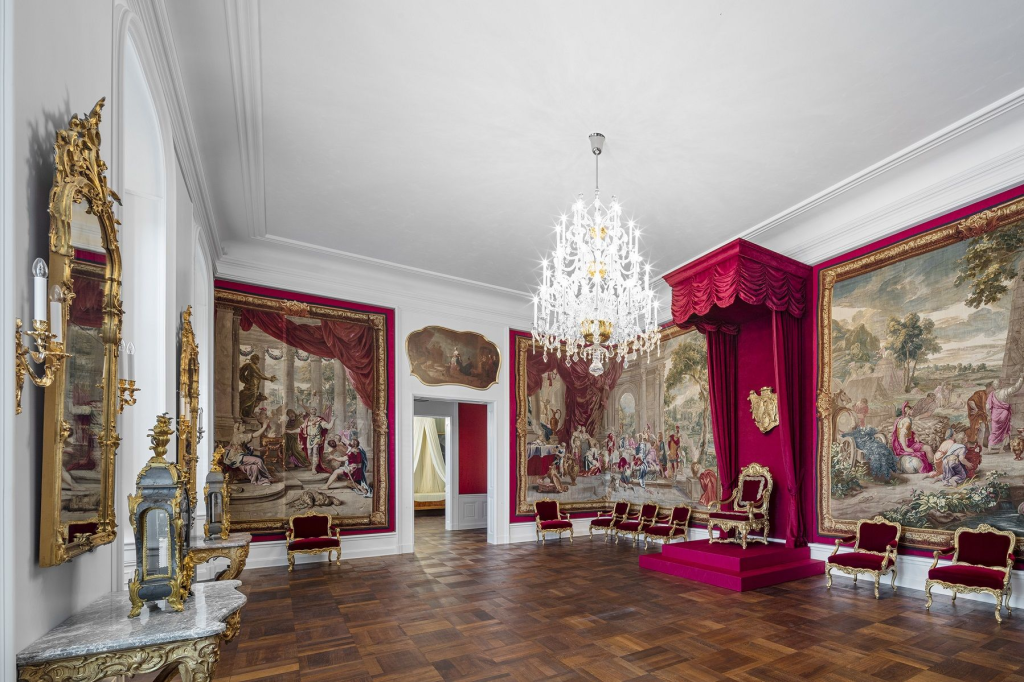
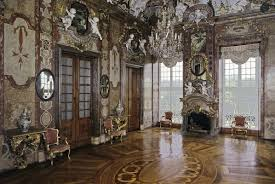
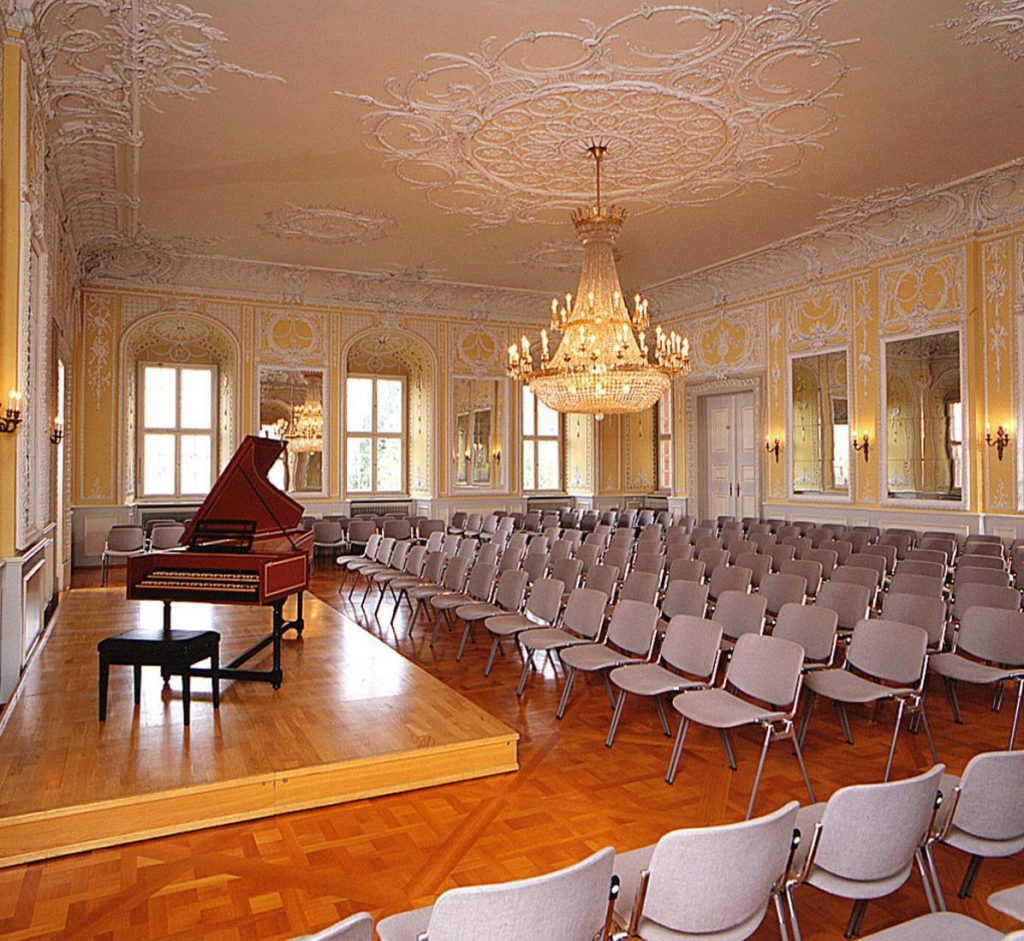

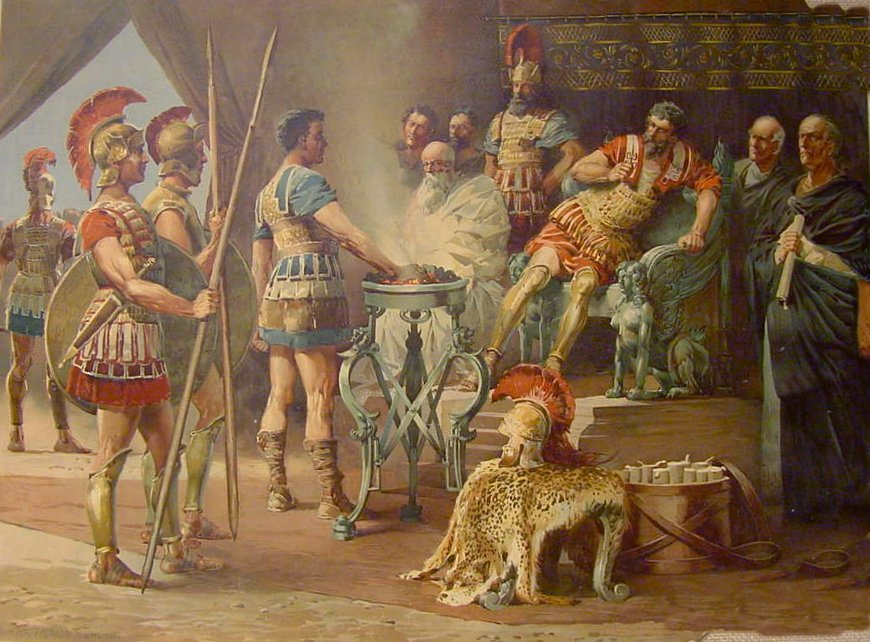
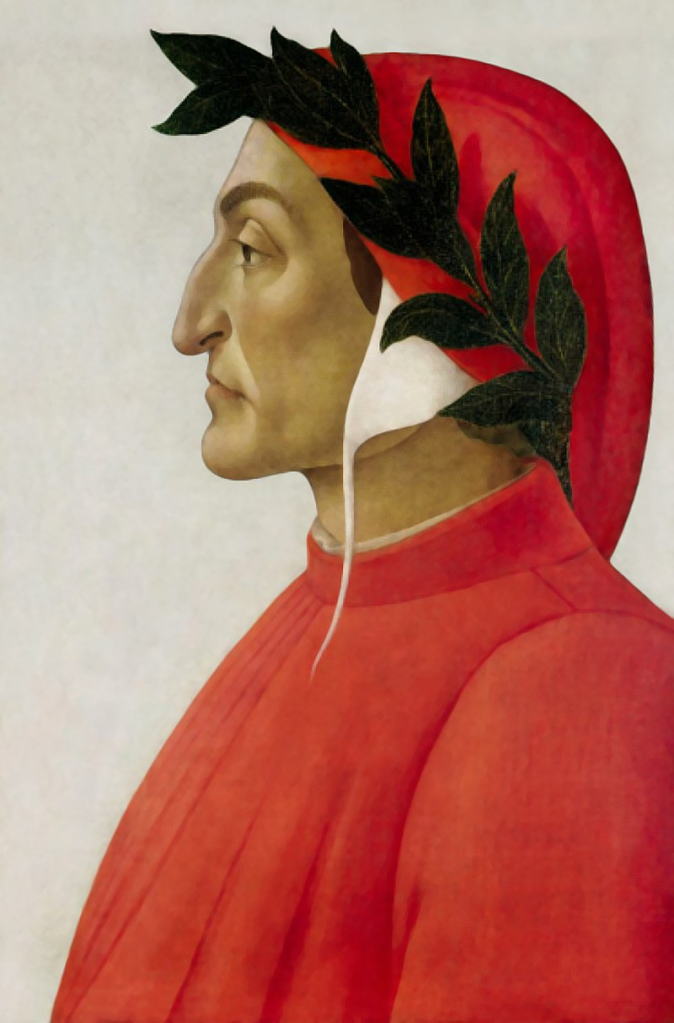
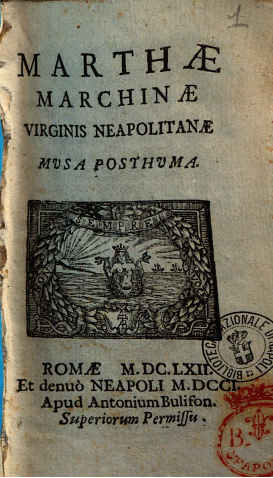
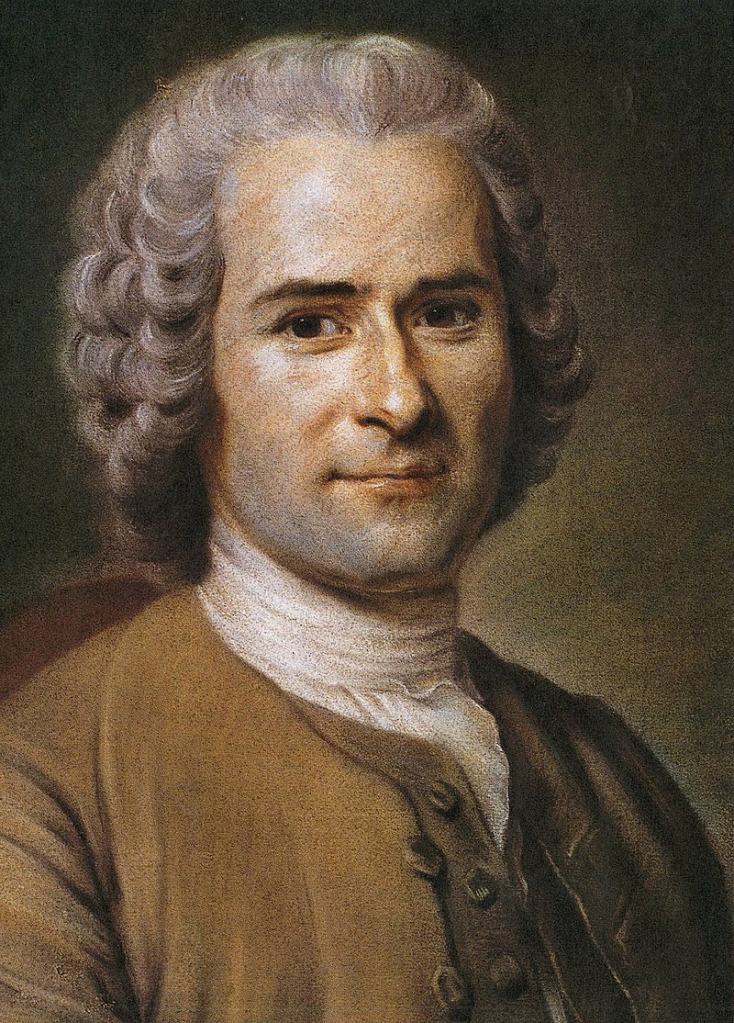
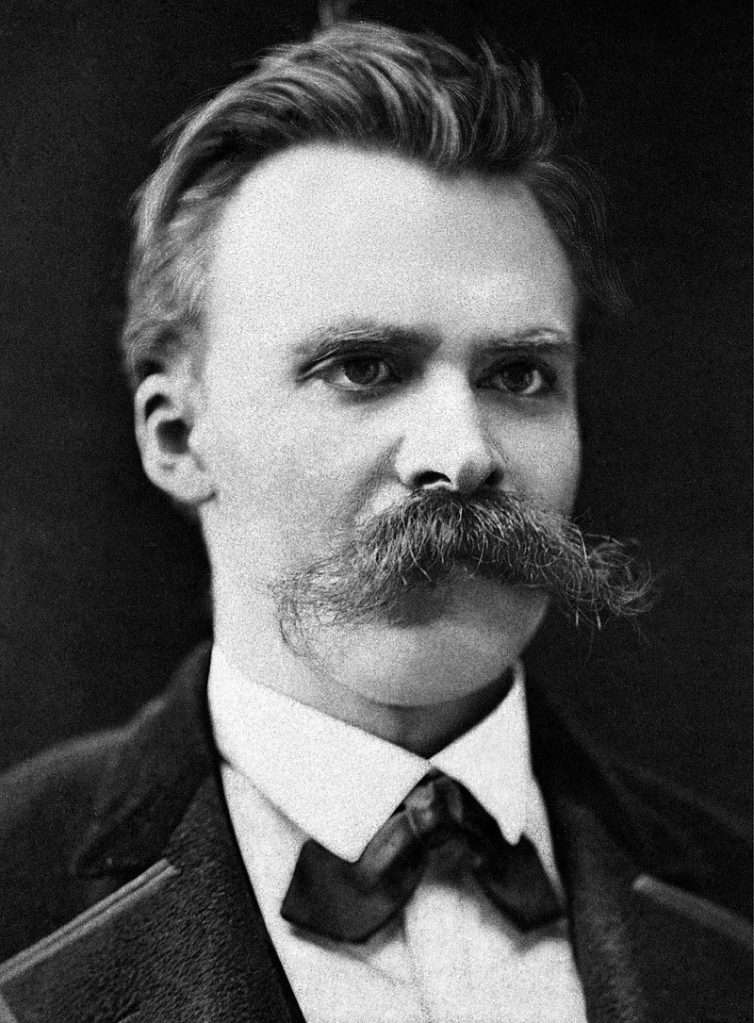
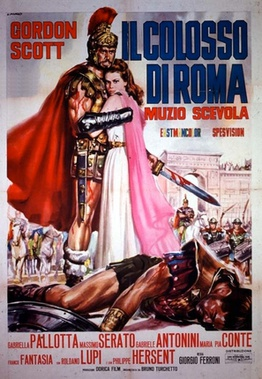

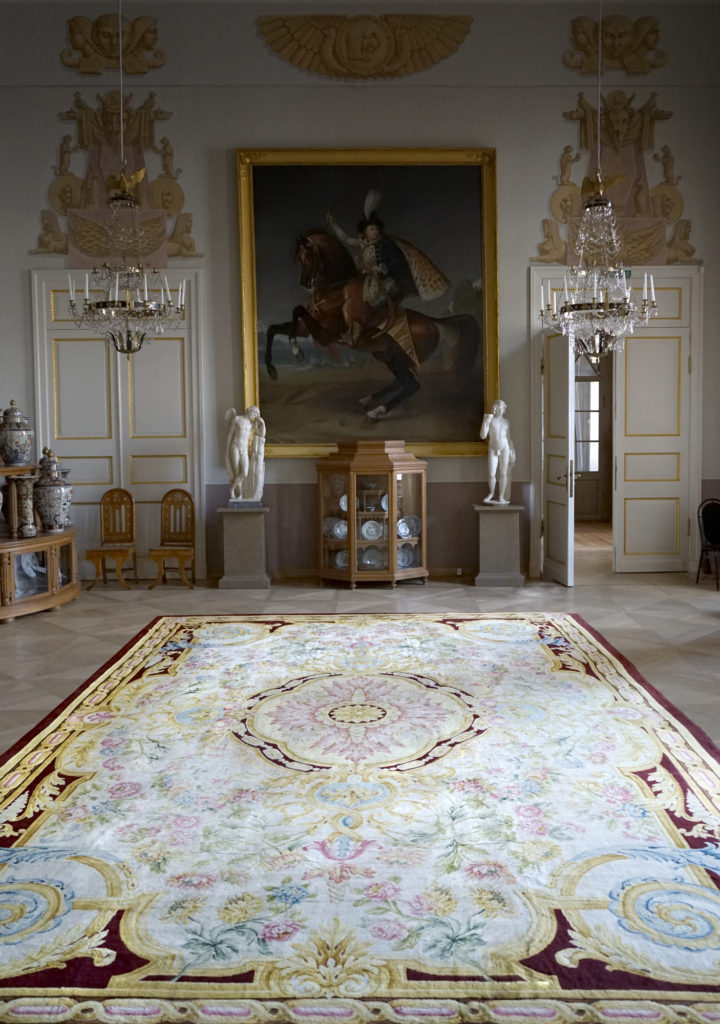


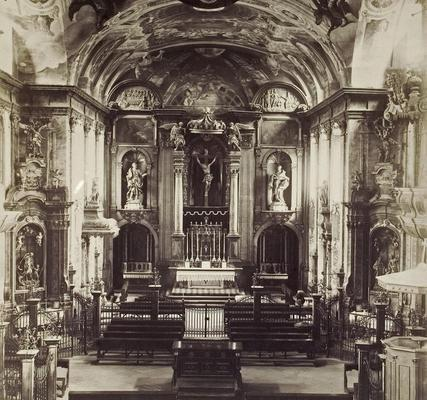
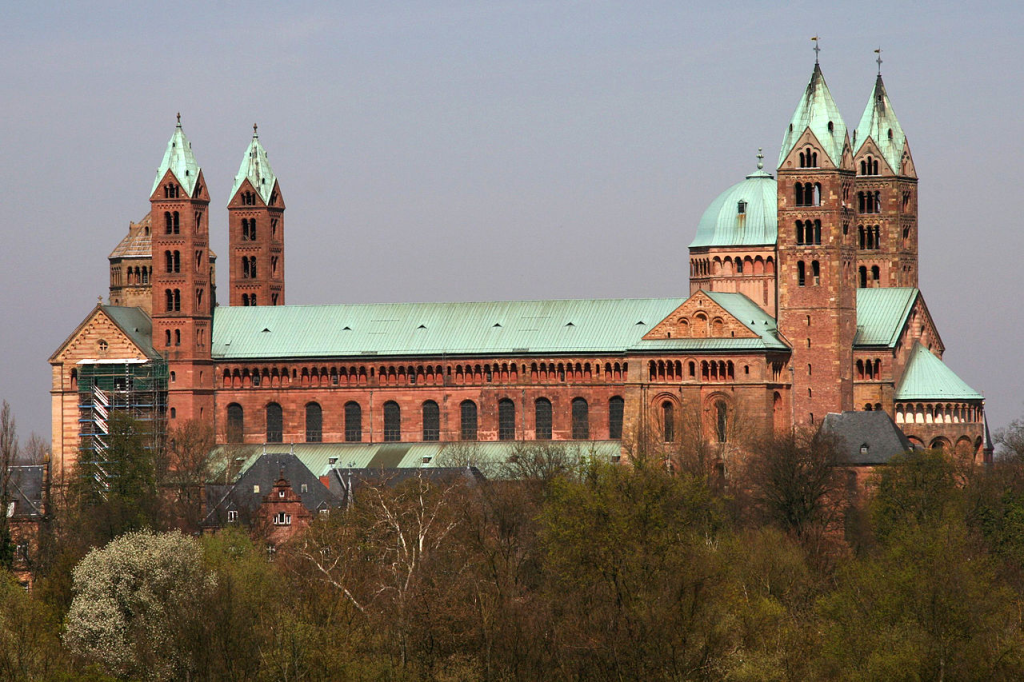



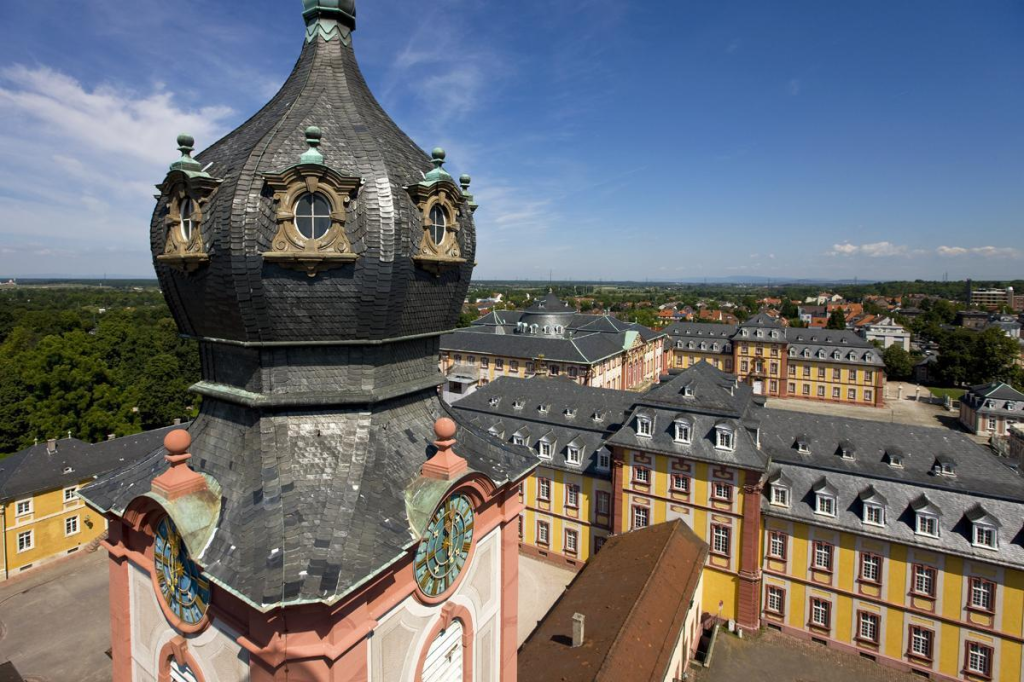
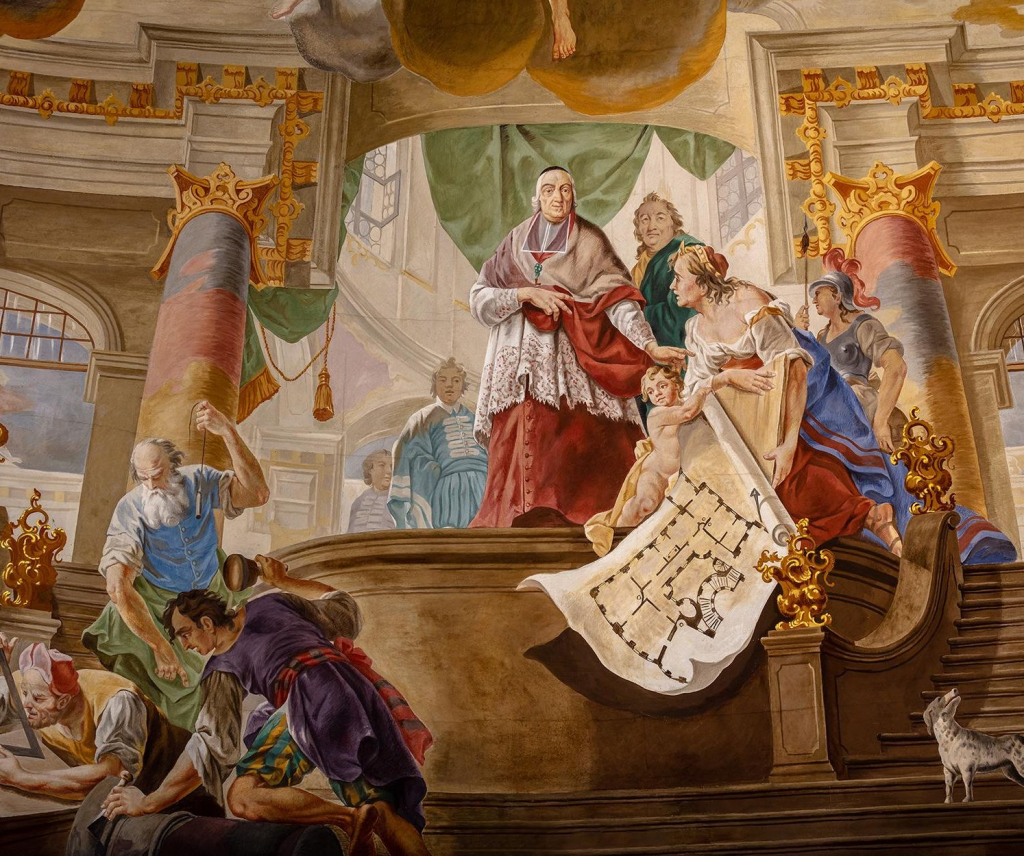








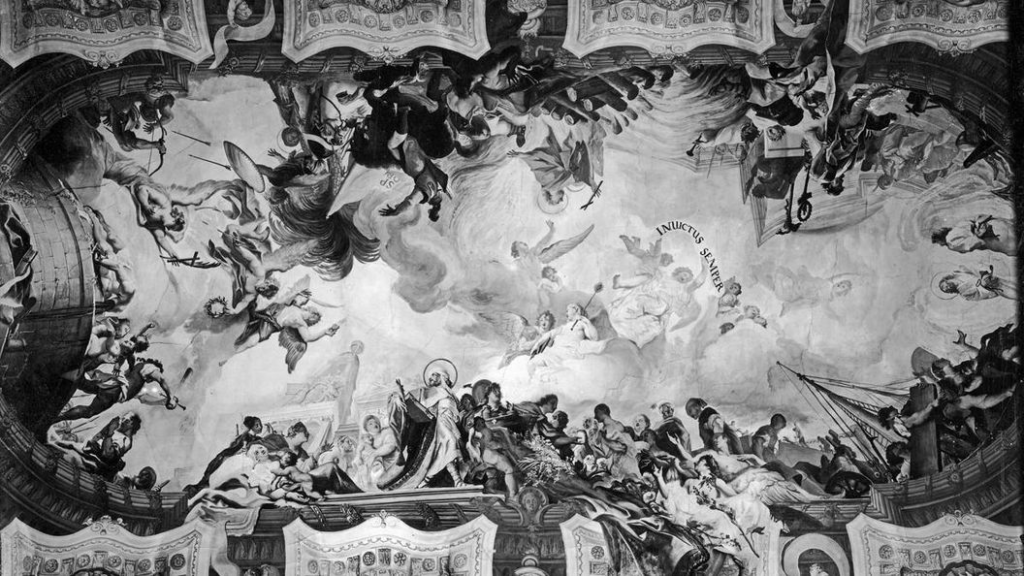
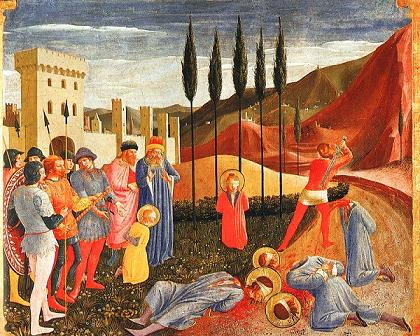



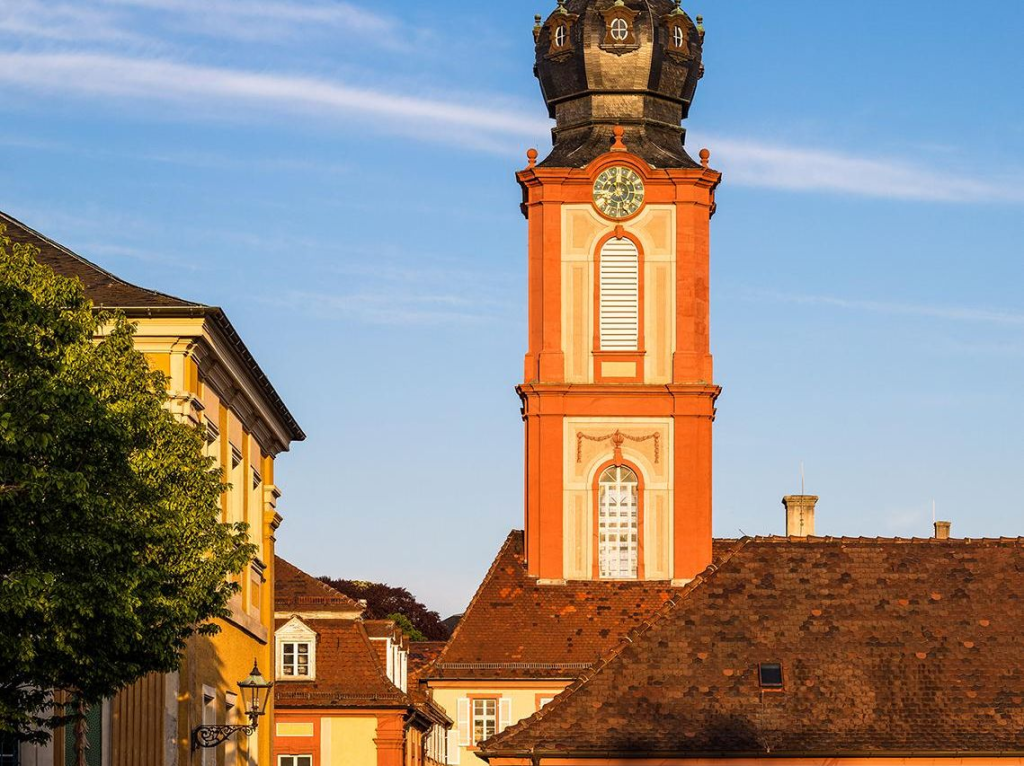
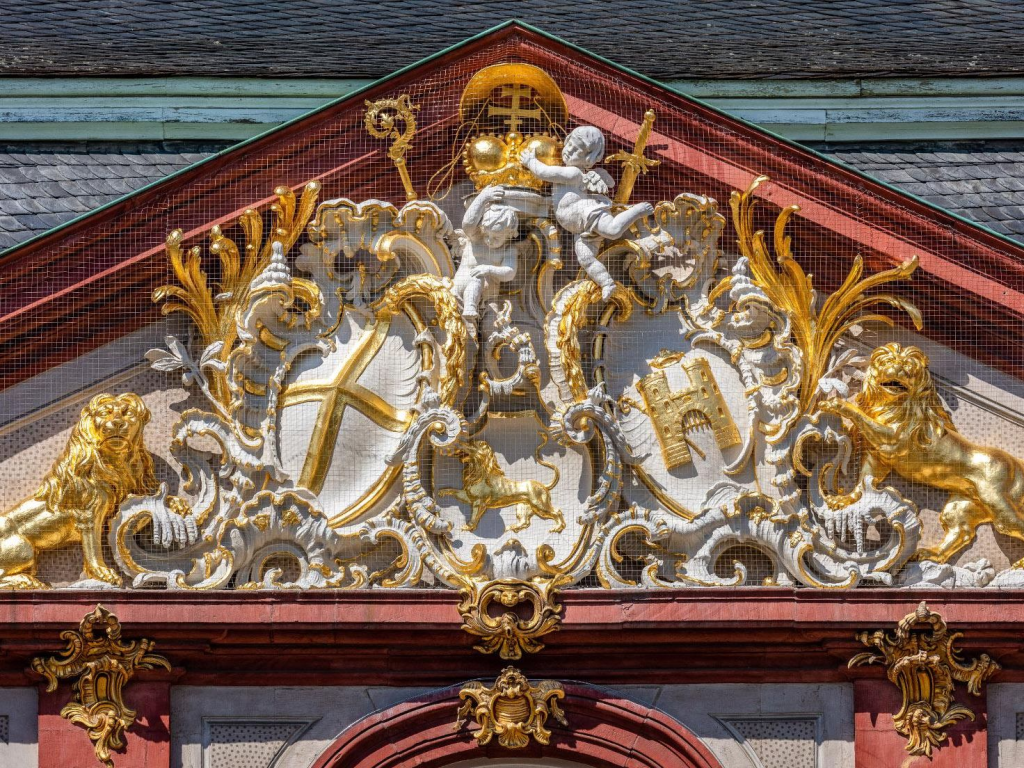
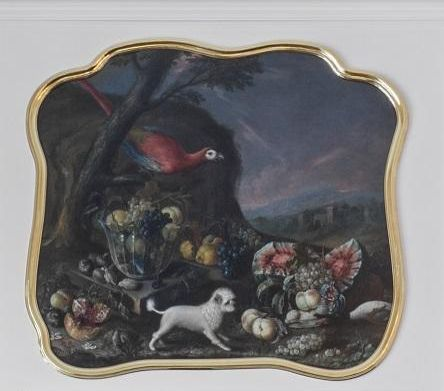
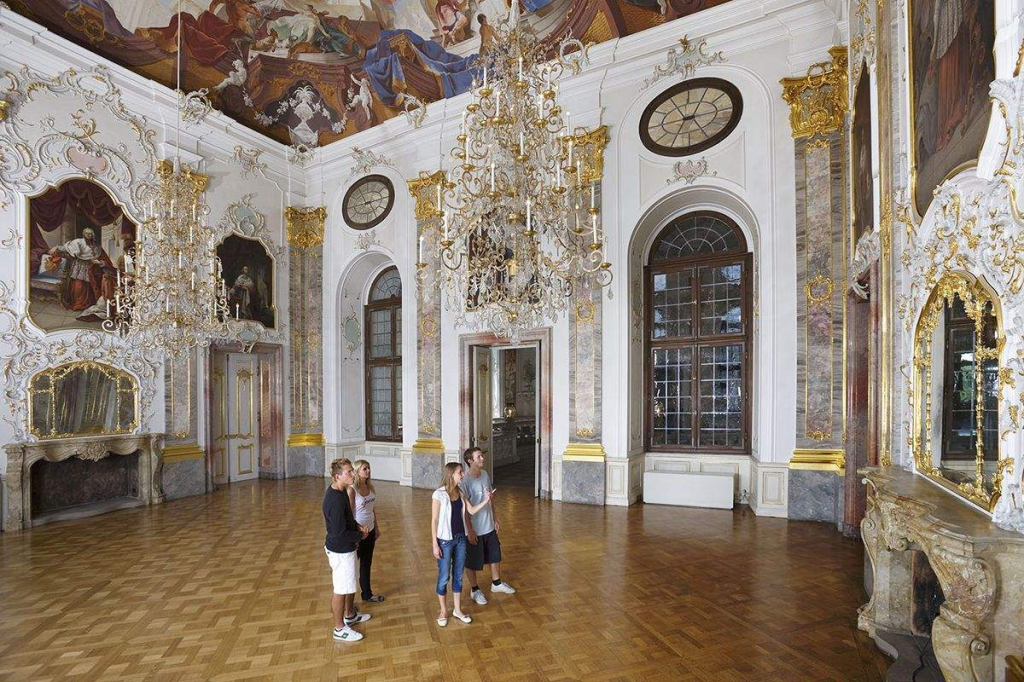

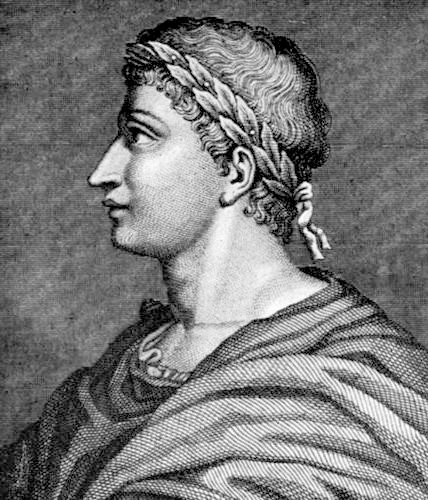
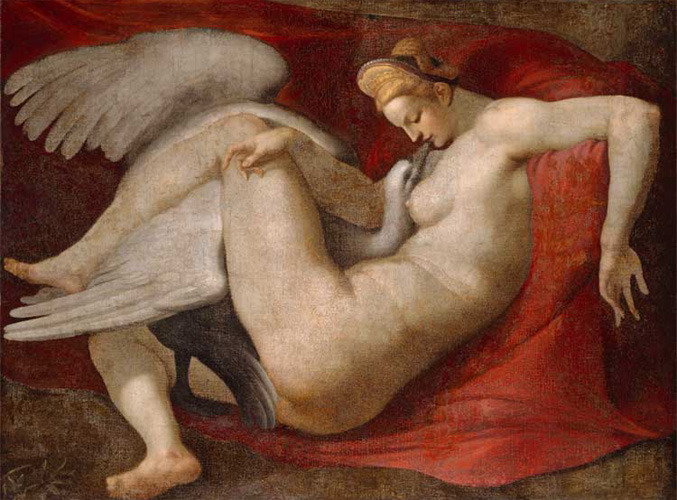



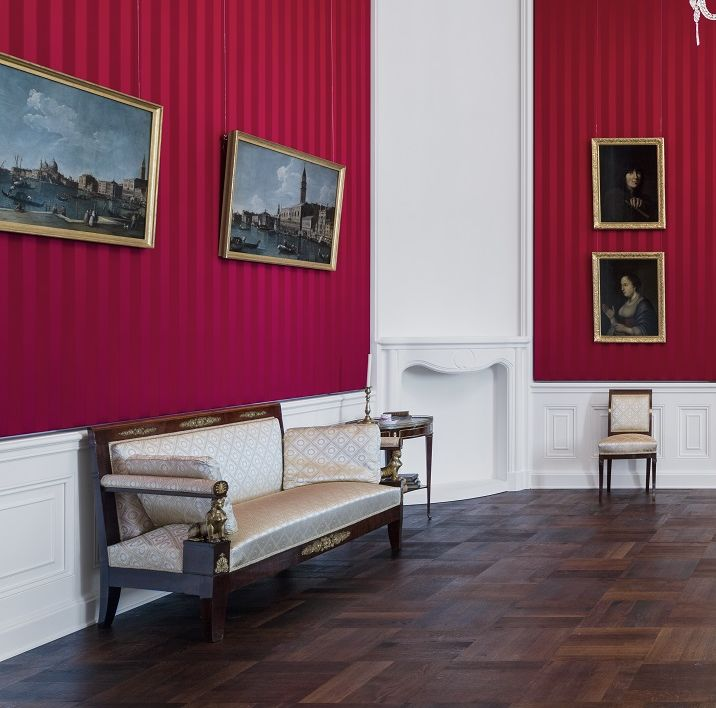
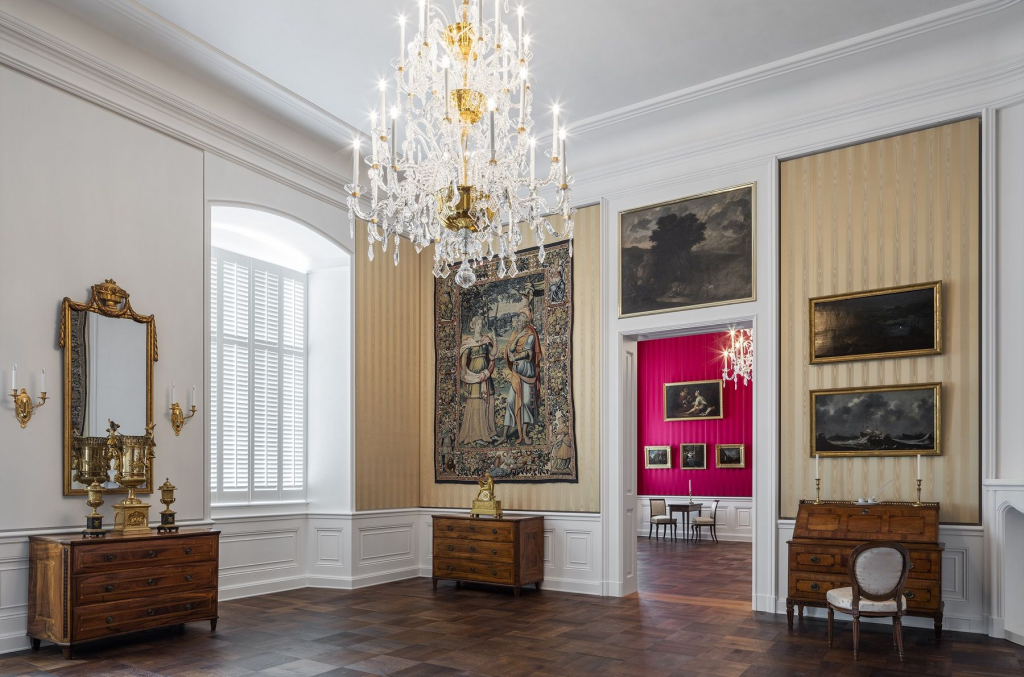

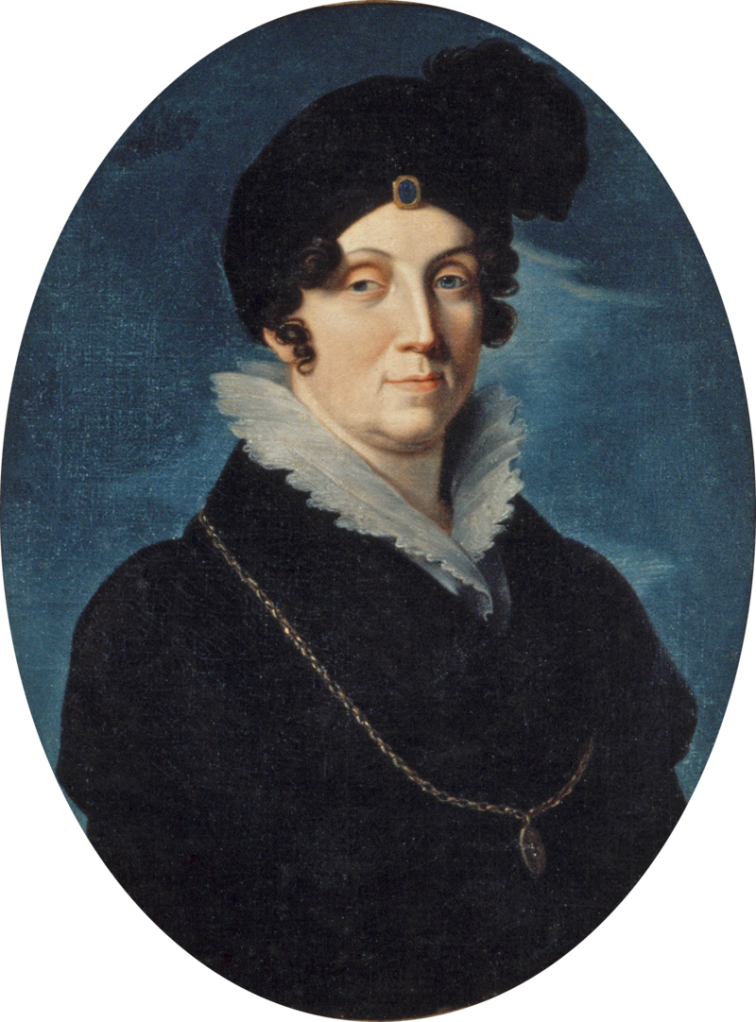
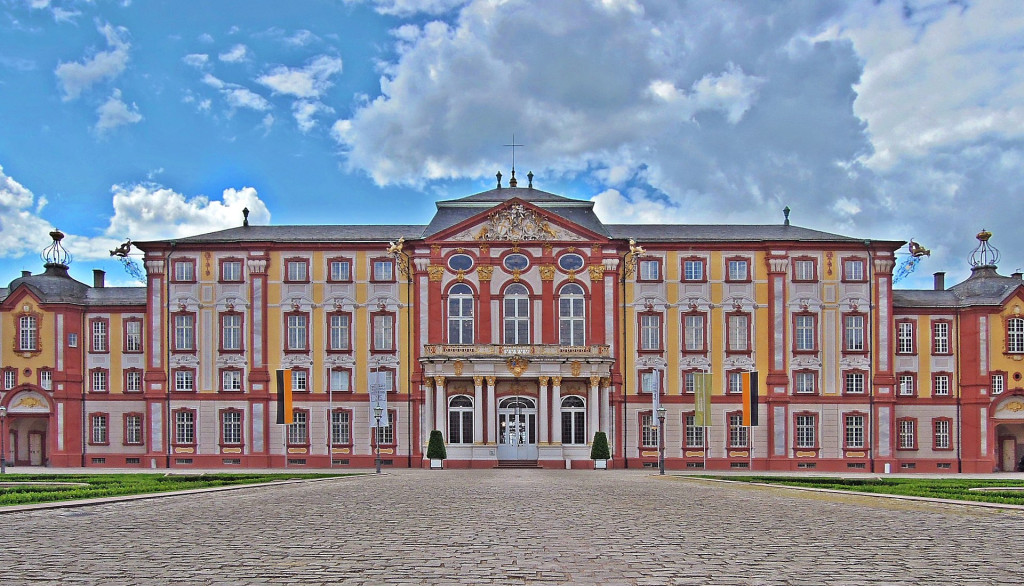

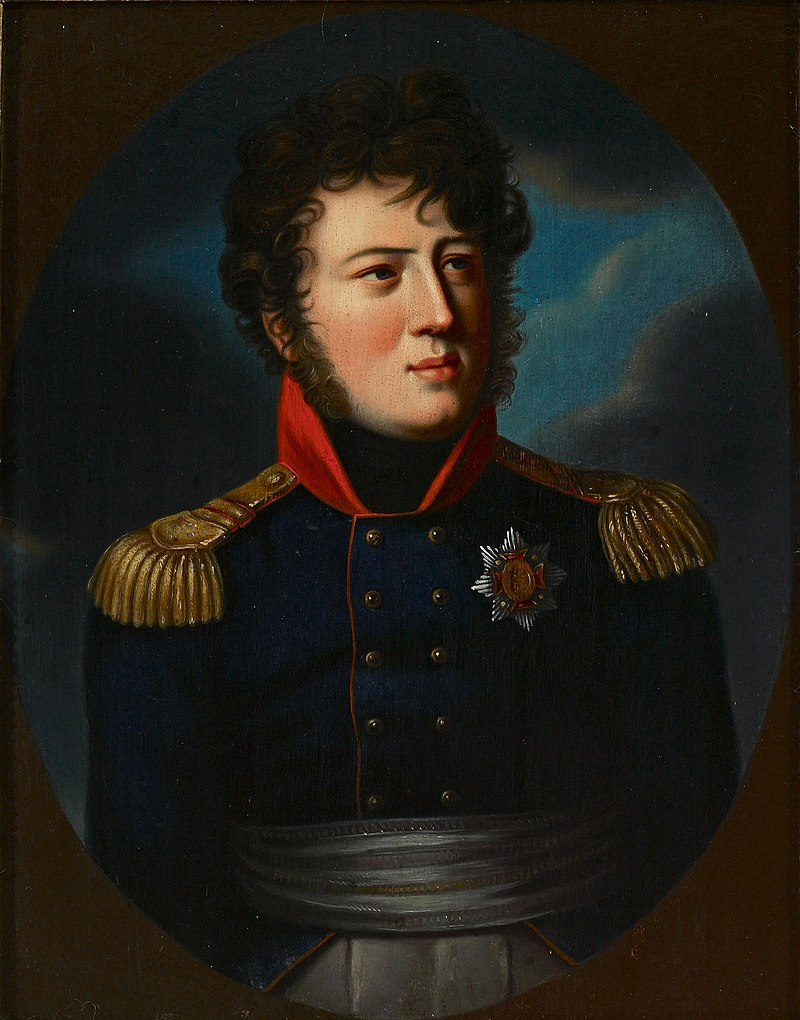
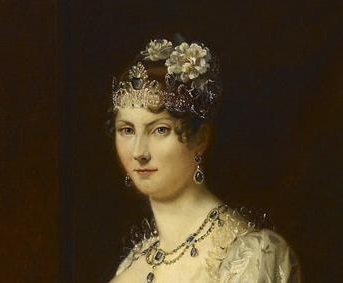


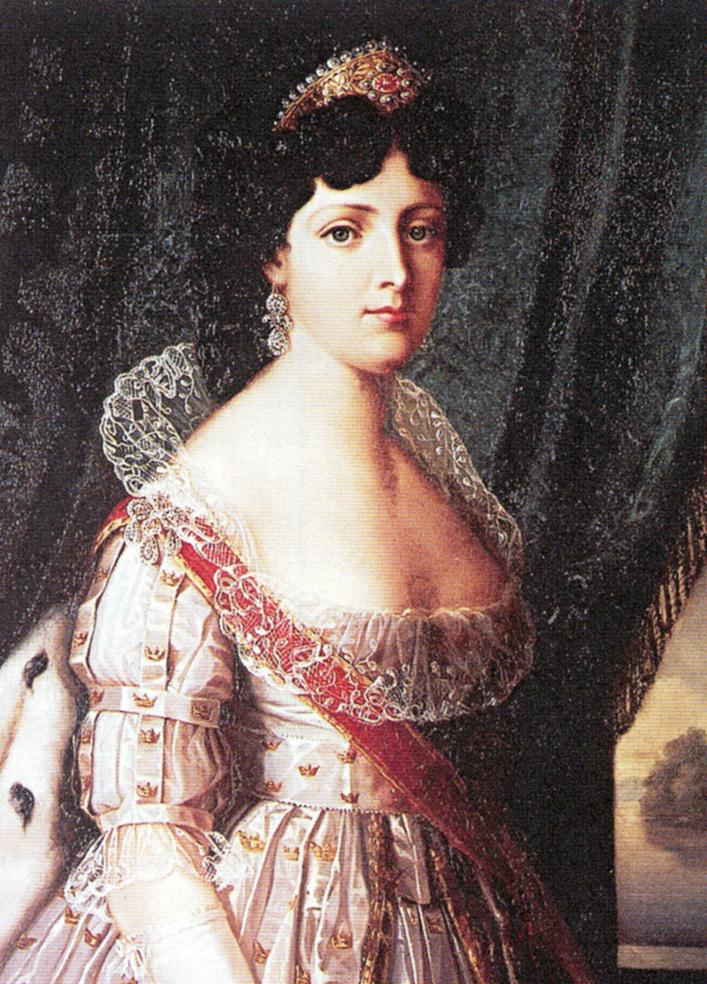



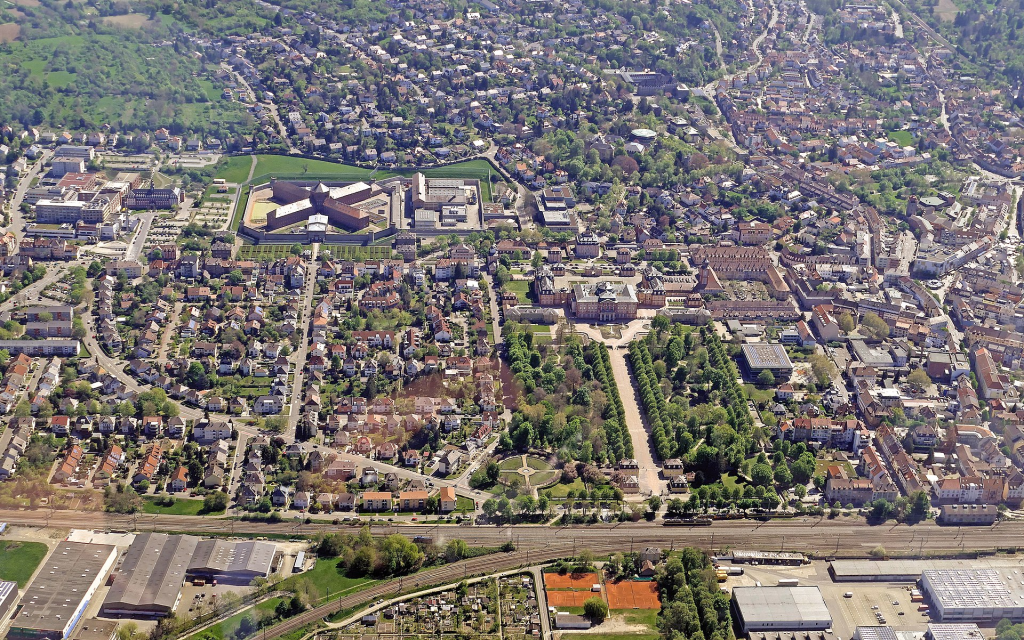


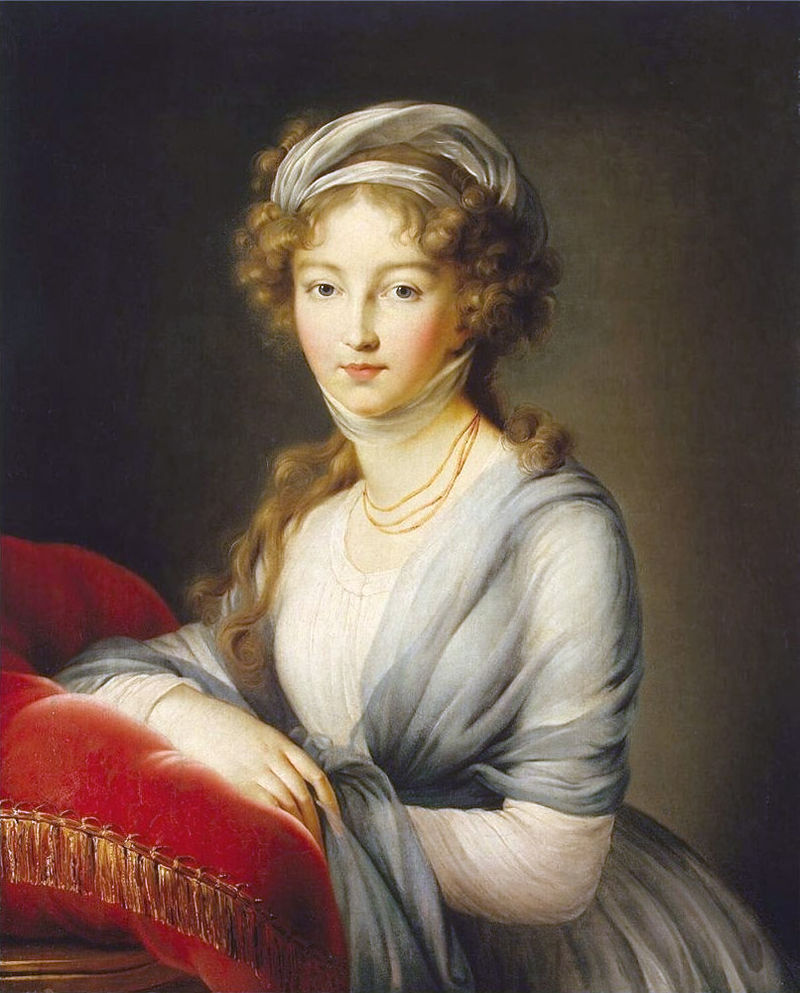



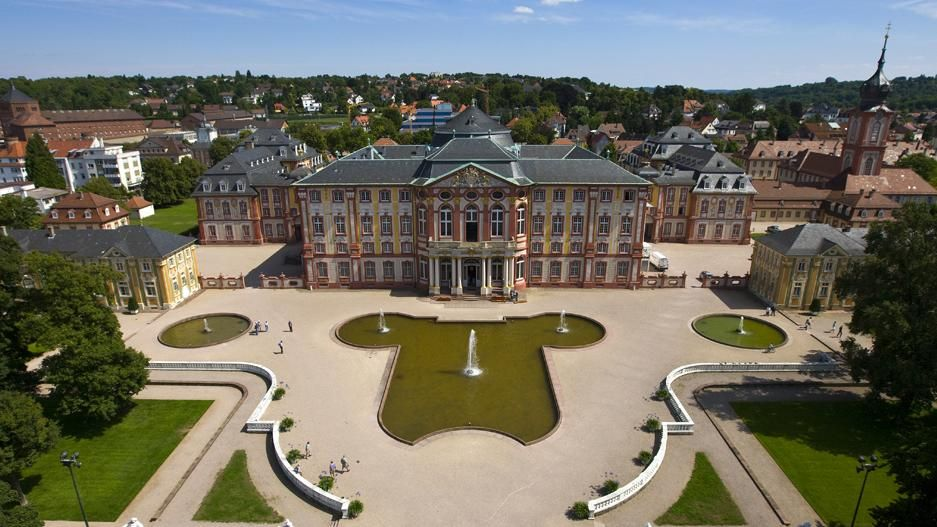
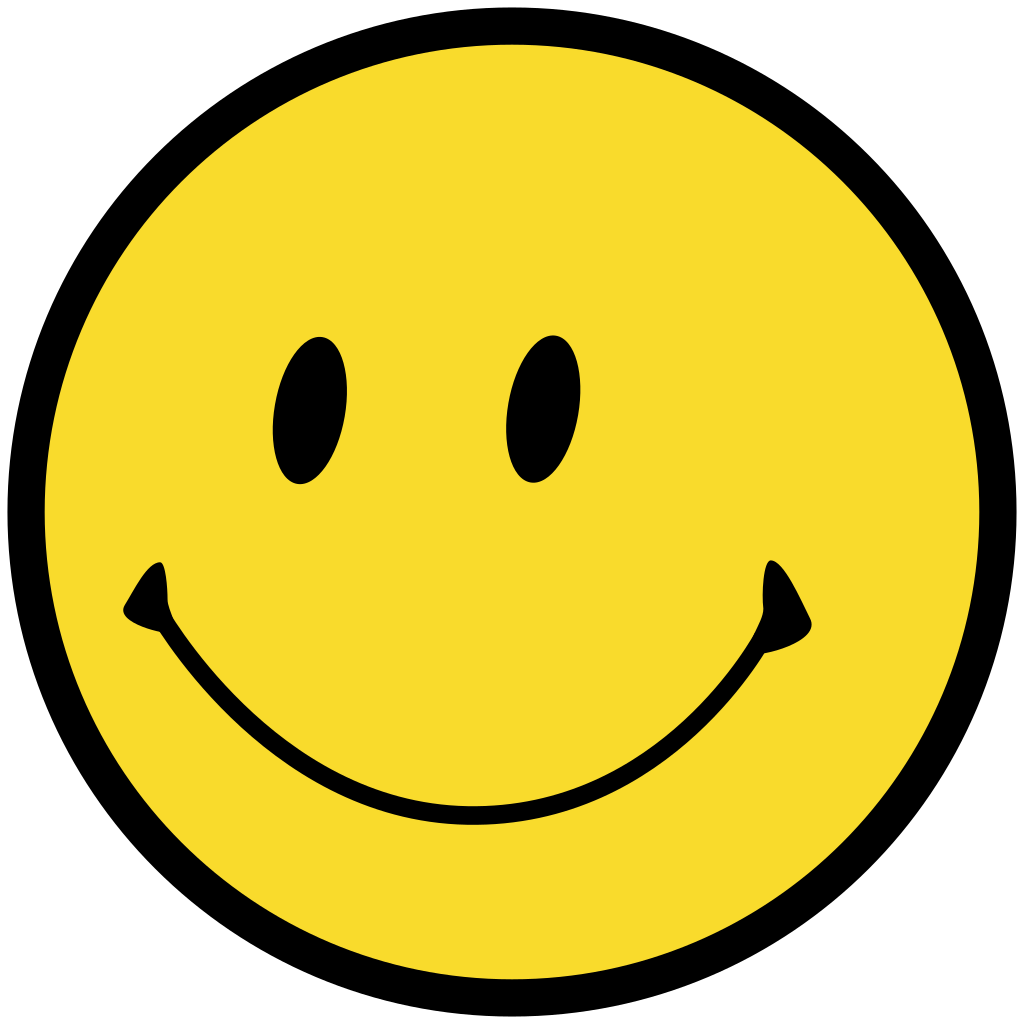
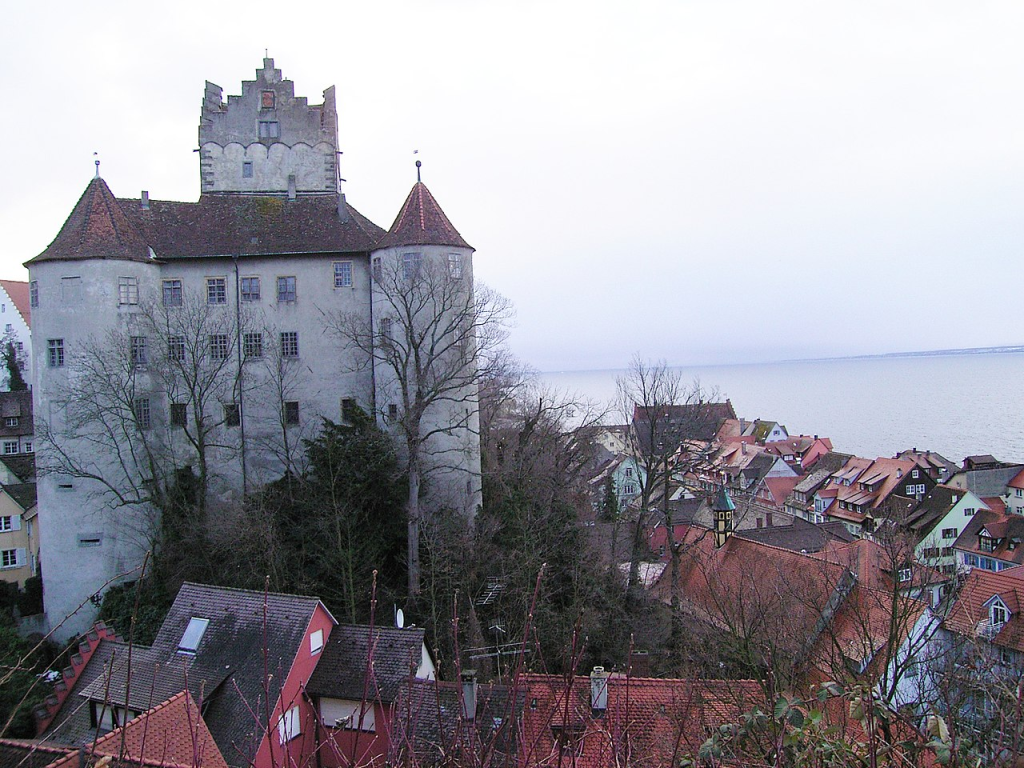
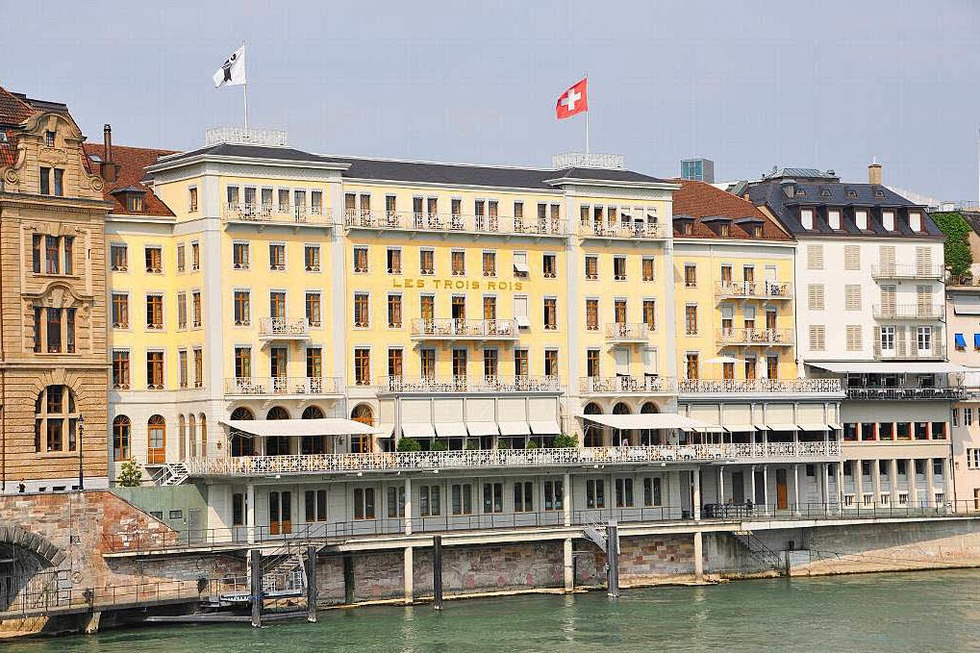
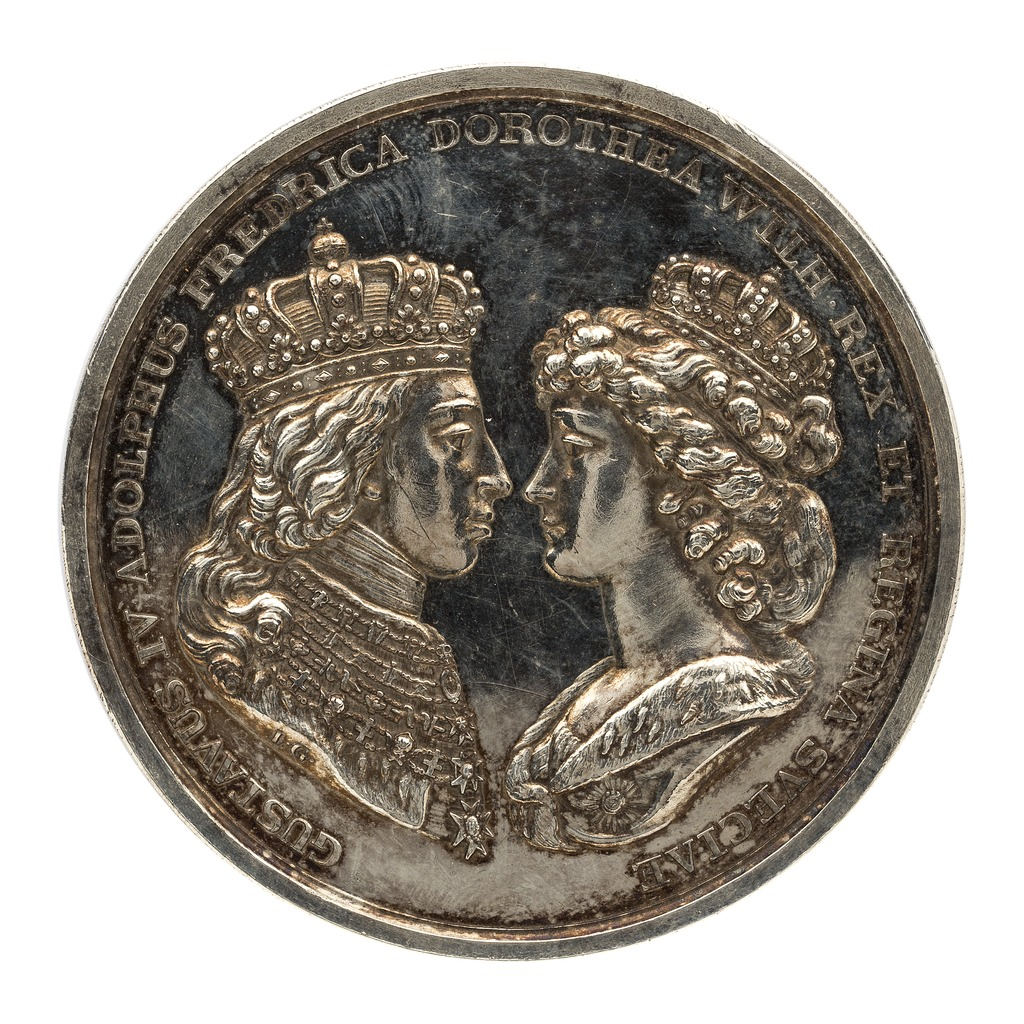


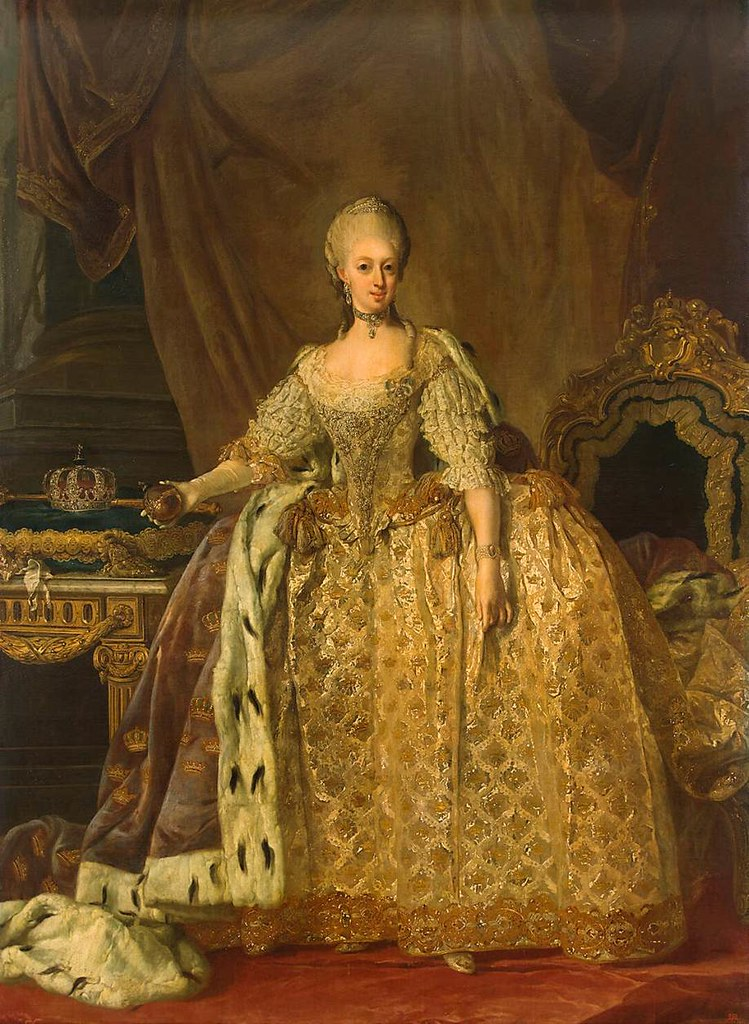

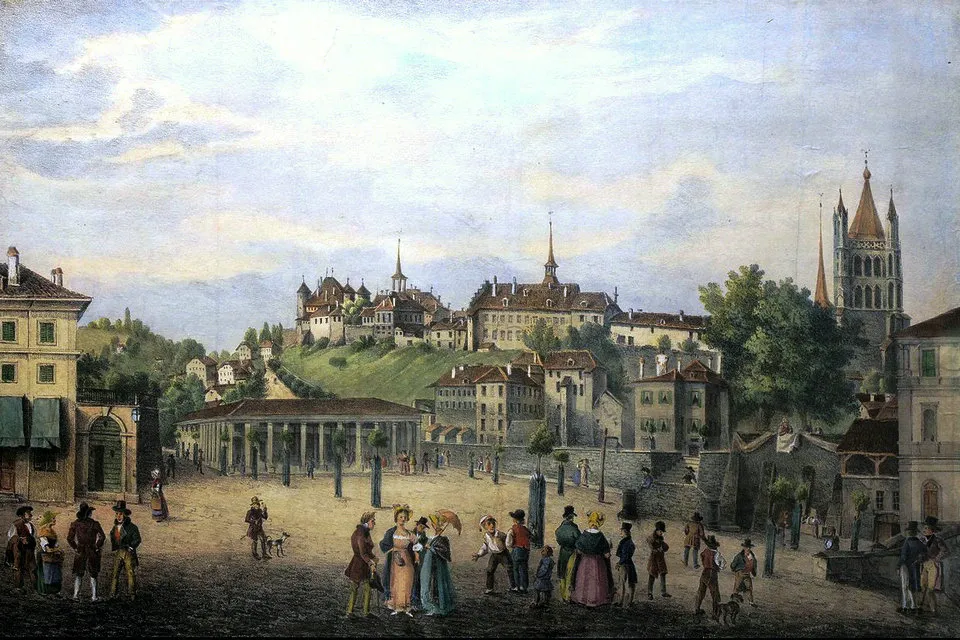


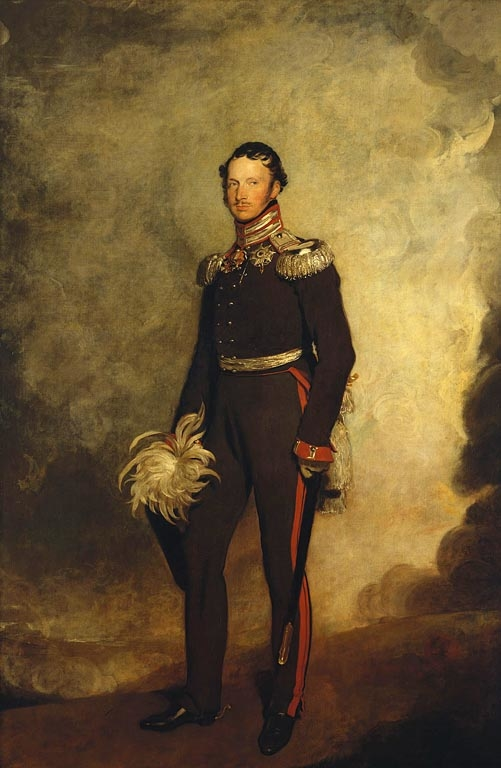
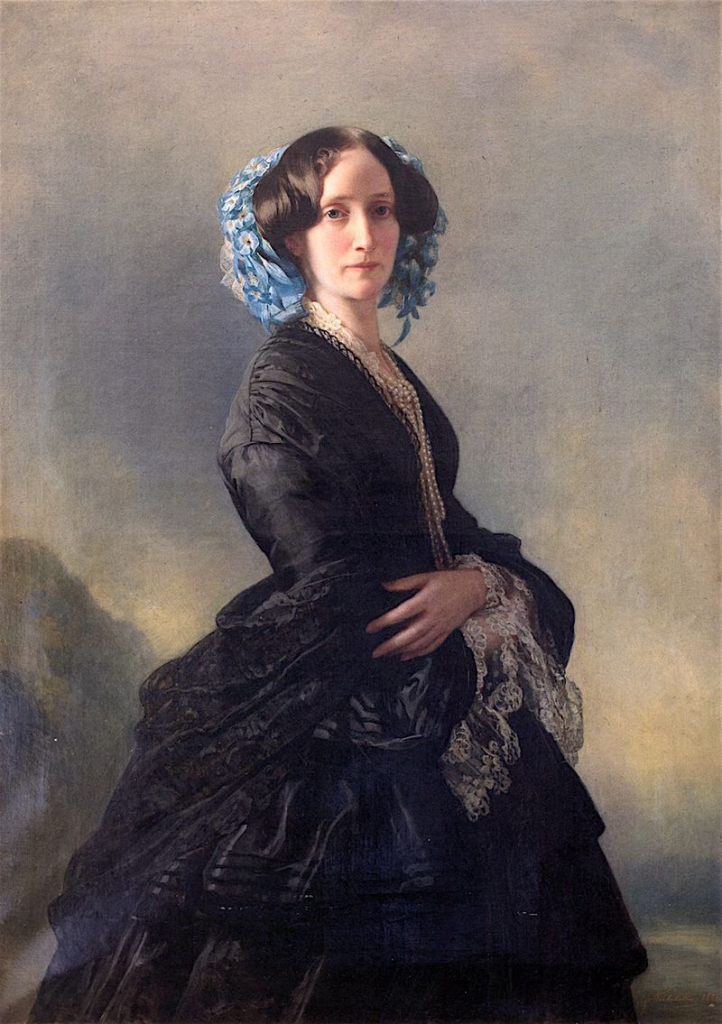

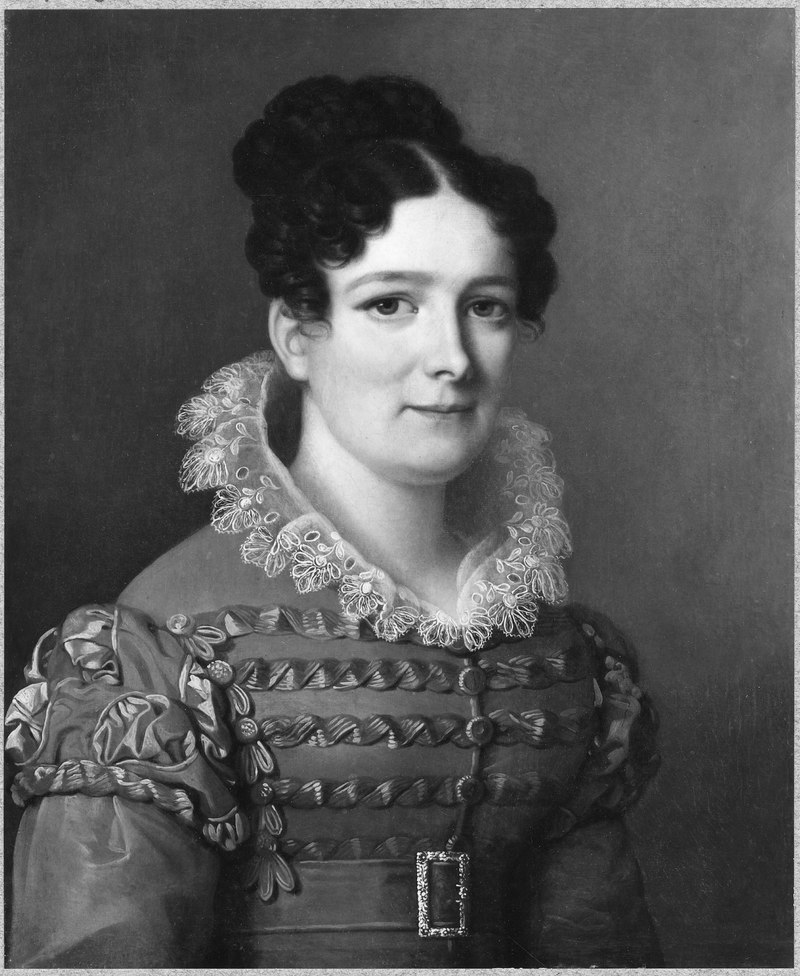
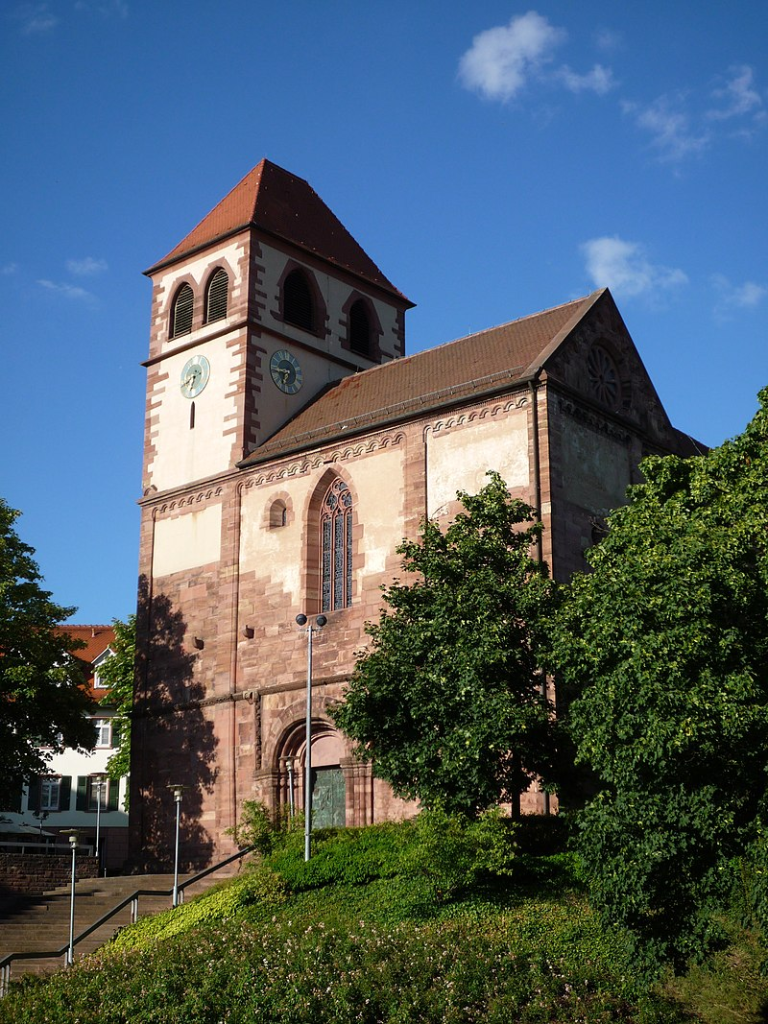

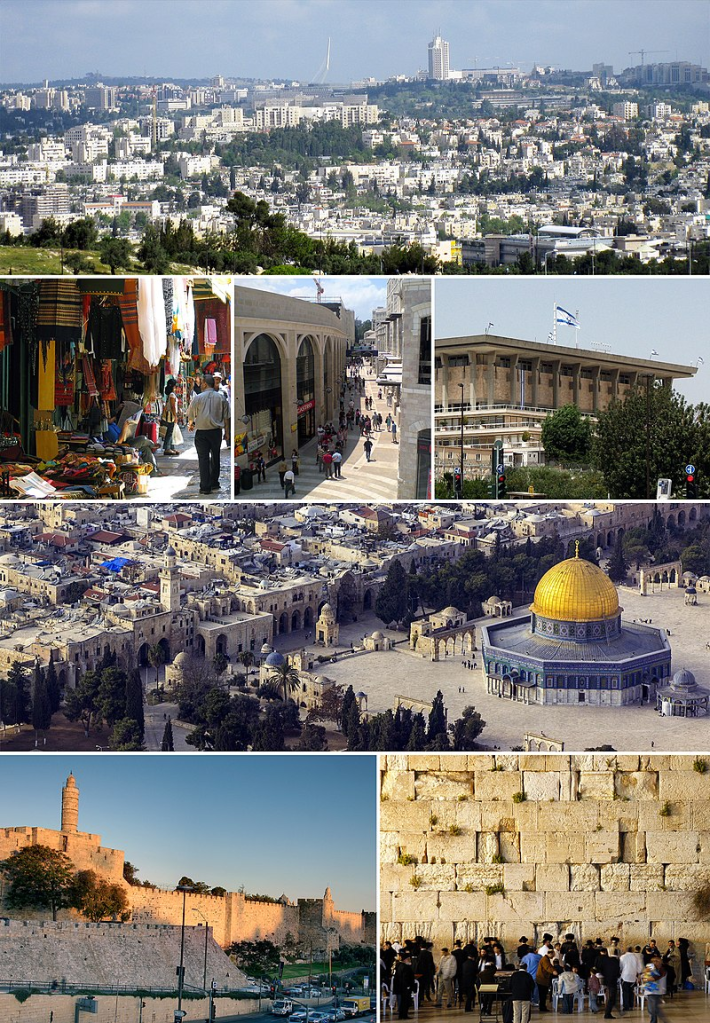






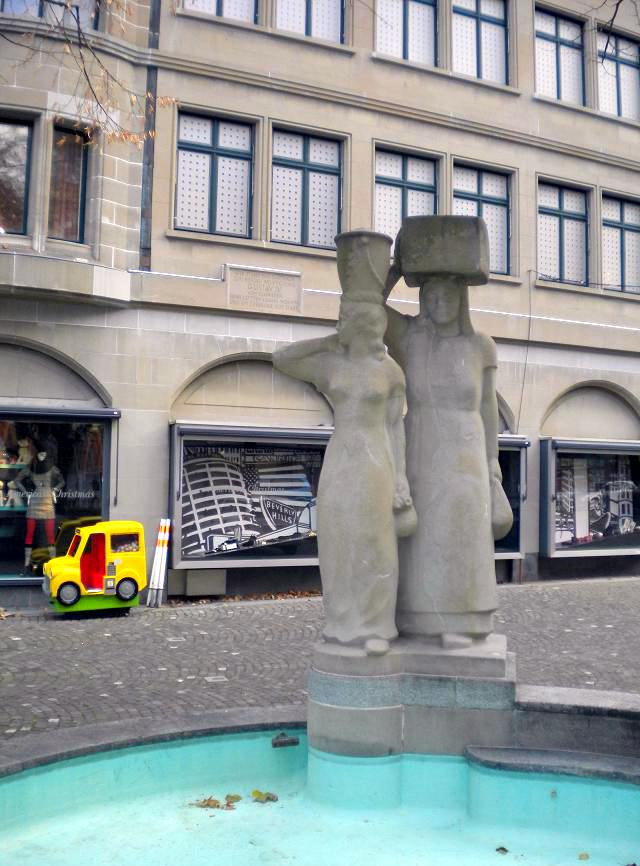




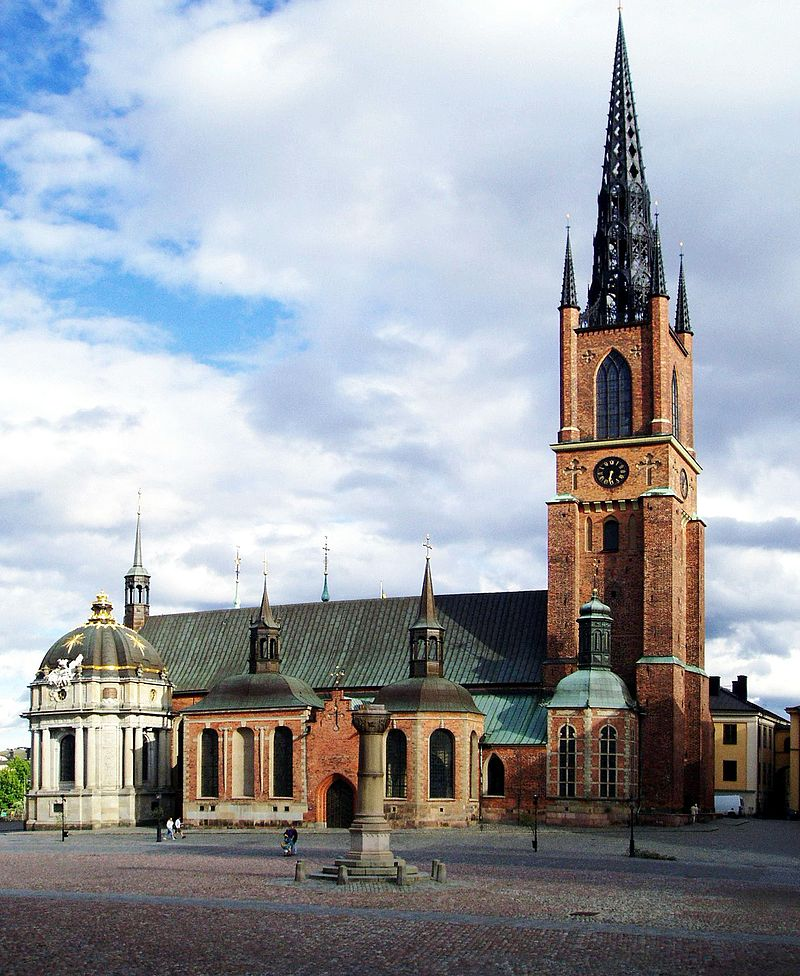






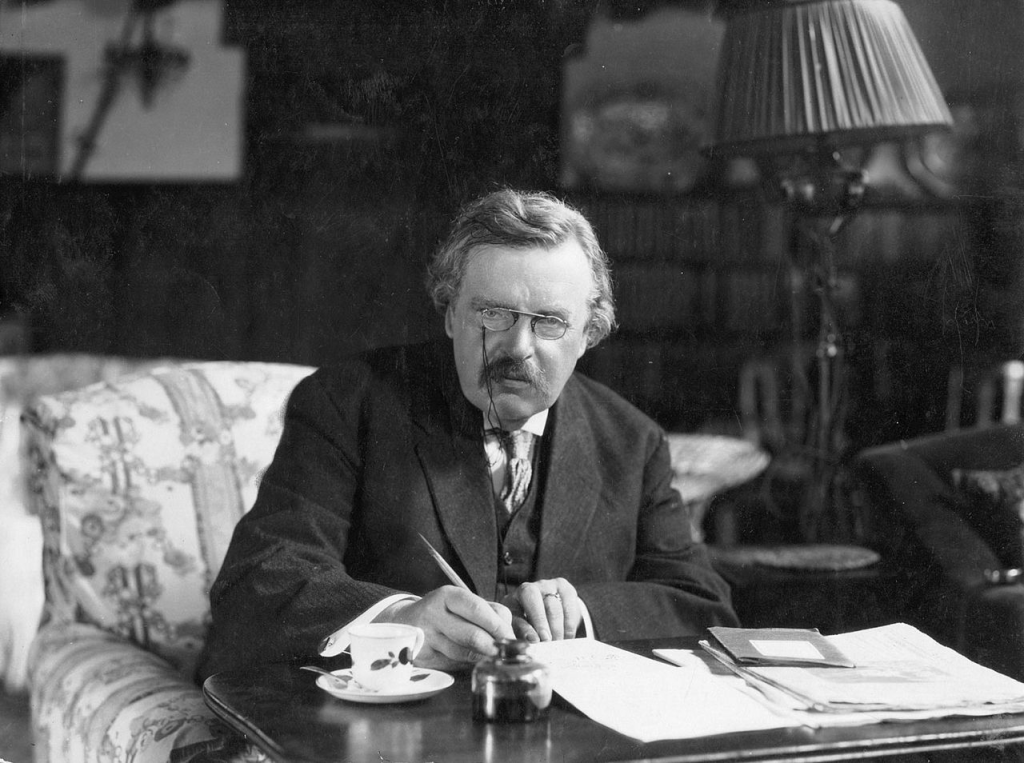

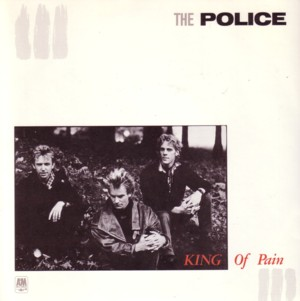
















































































































































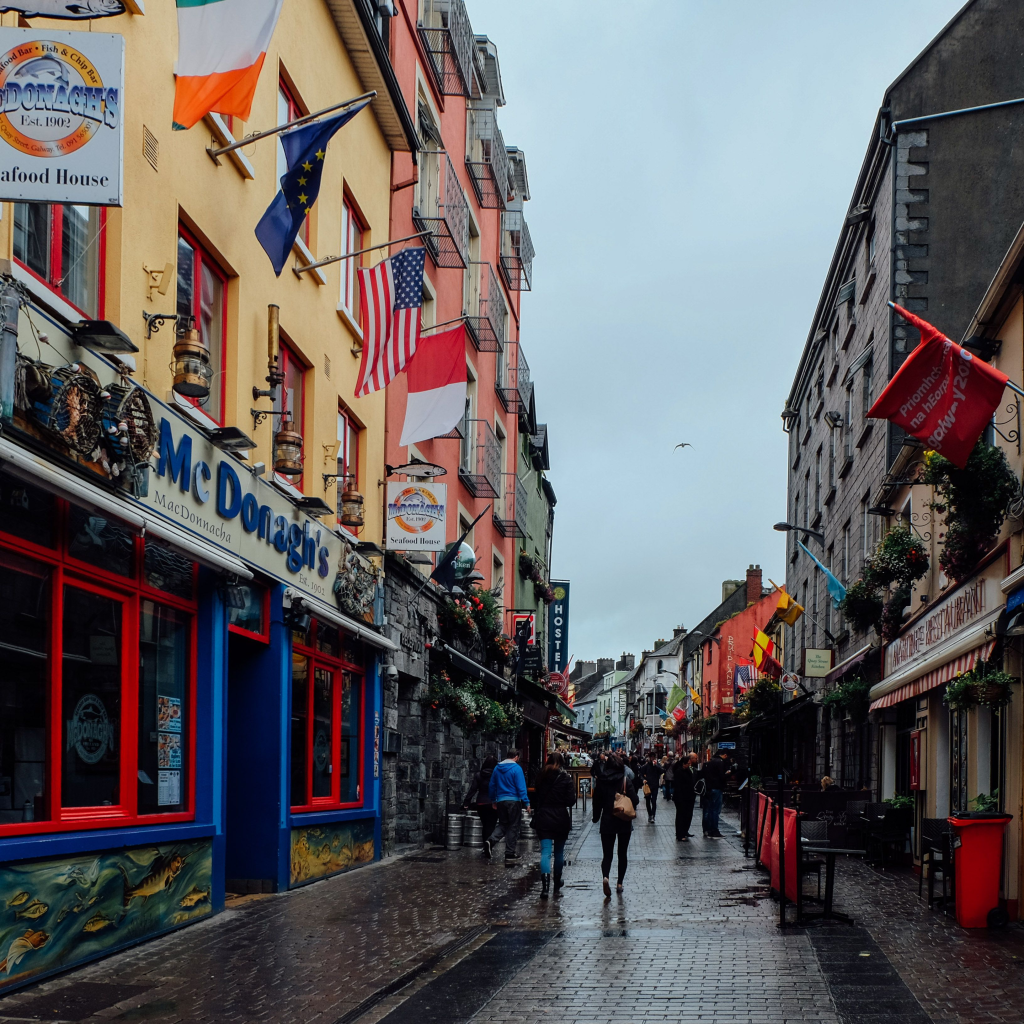






















































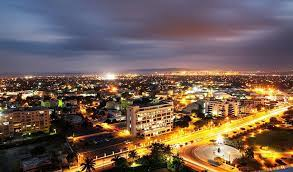










































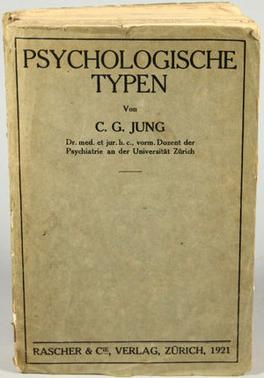





















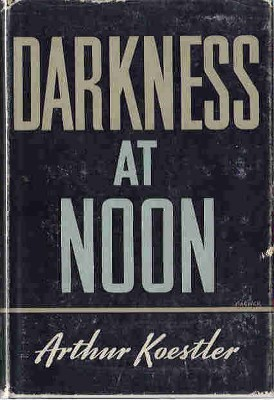


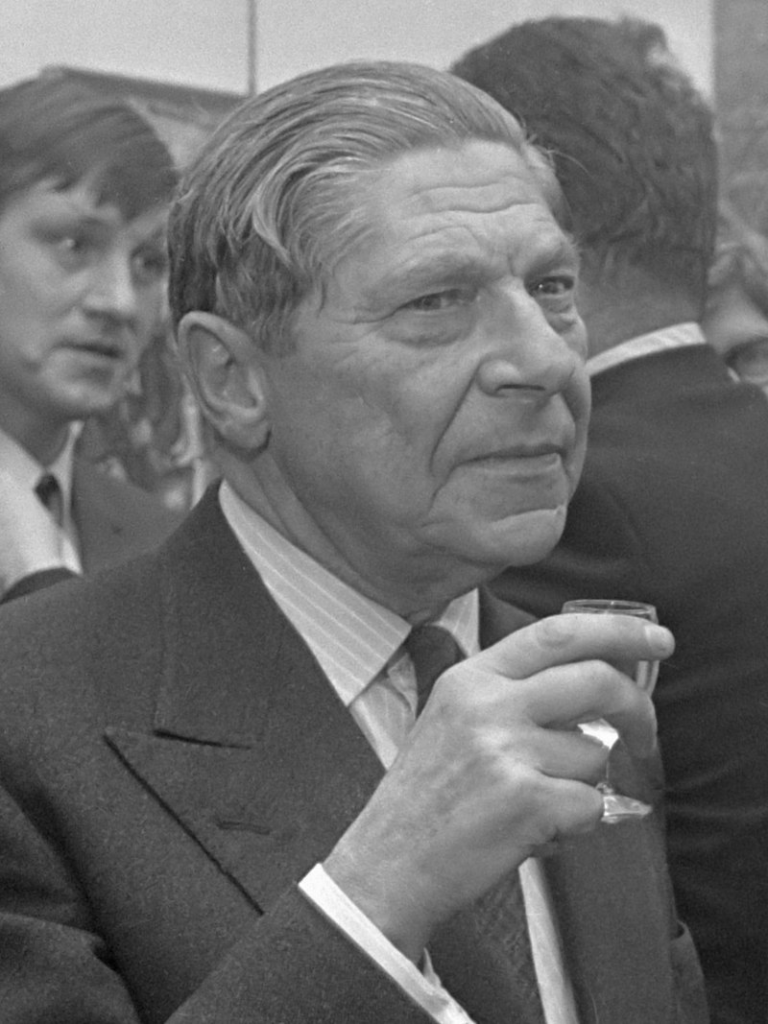













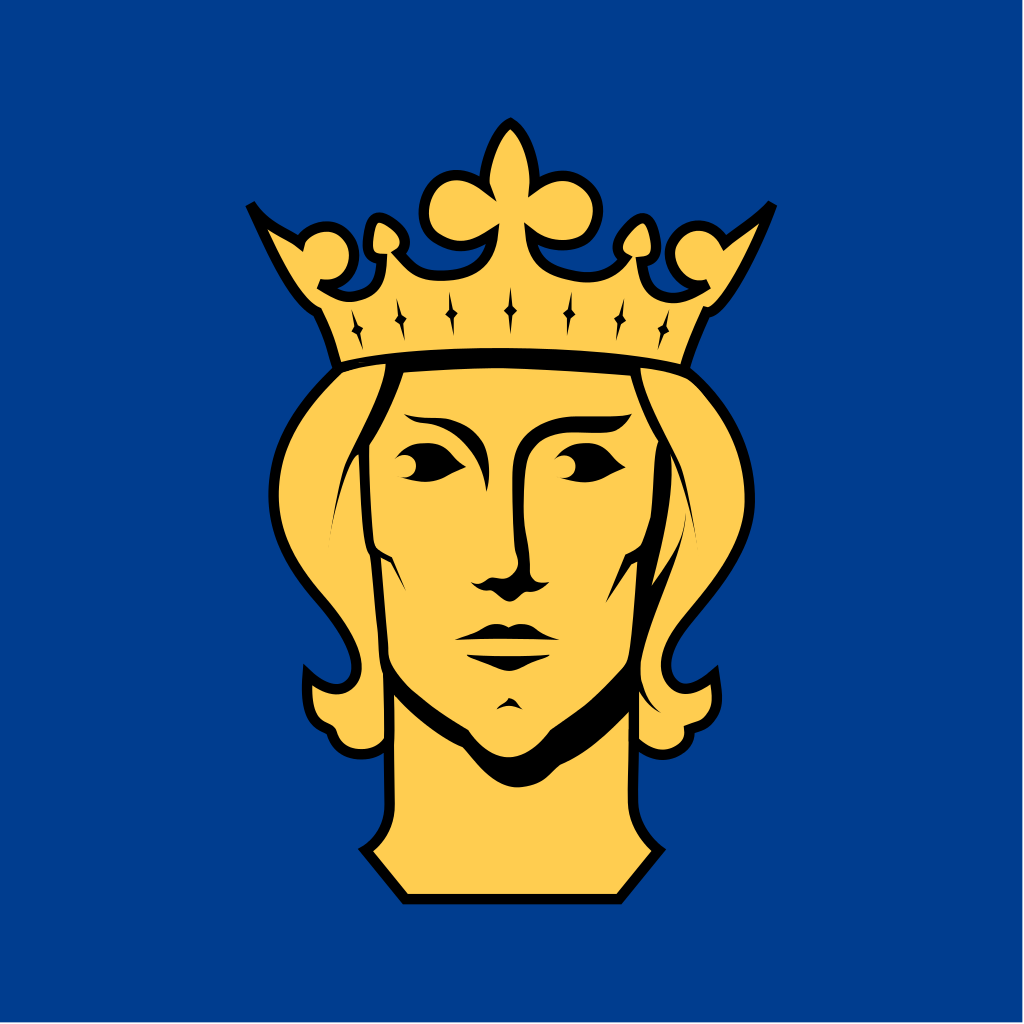





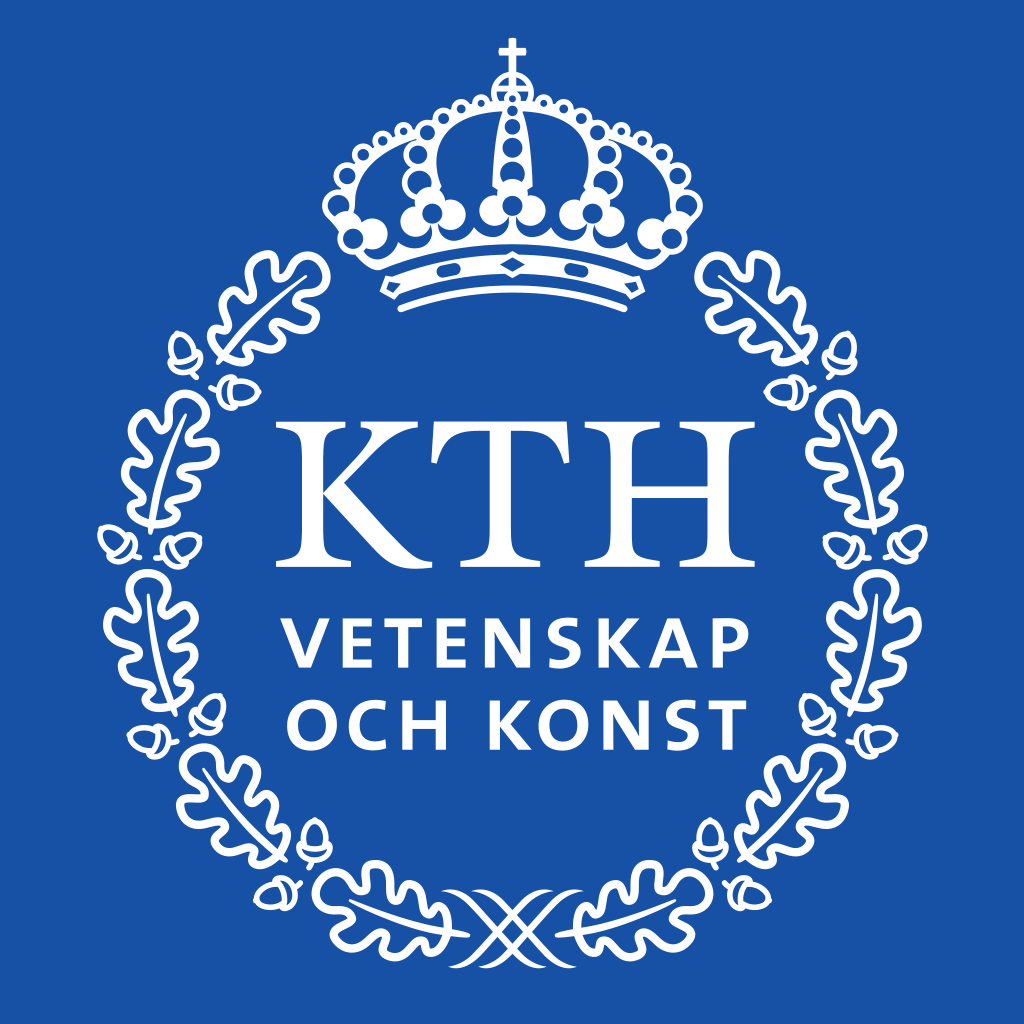


























































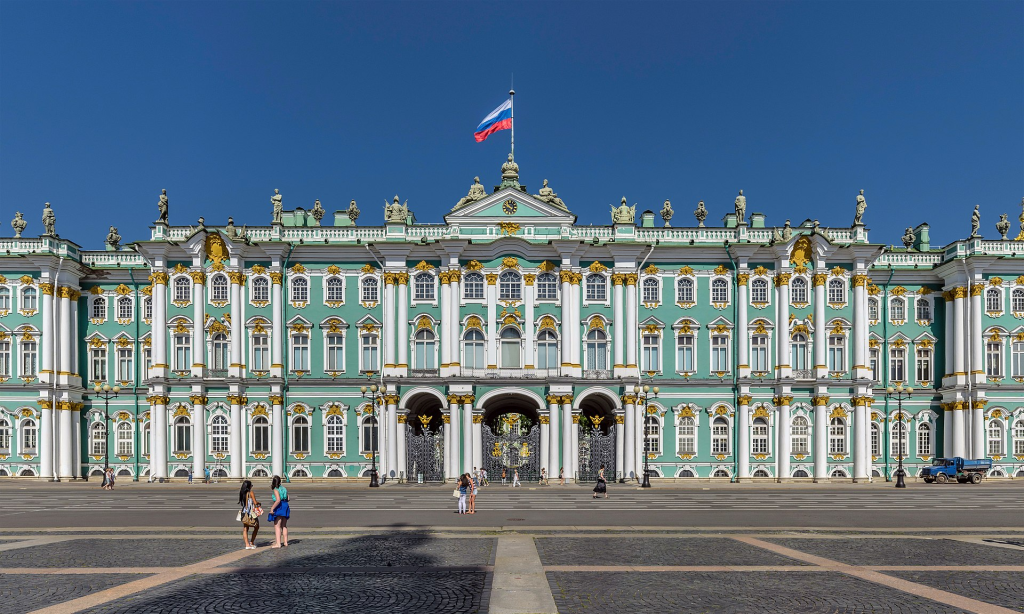








































 Above: Map of Wolin, Poland
Above: Map of Wolin, Poland Above: Modern Szczecin, Poland
Above: Modern Szczecin, Poland